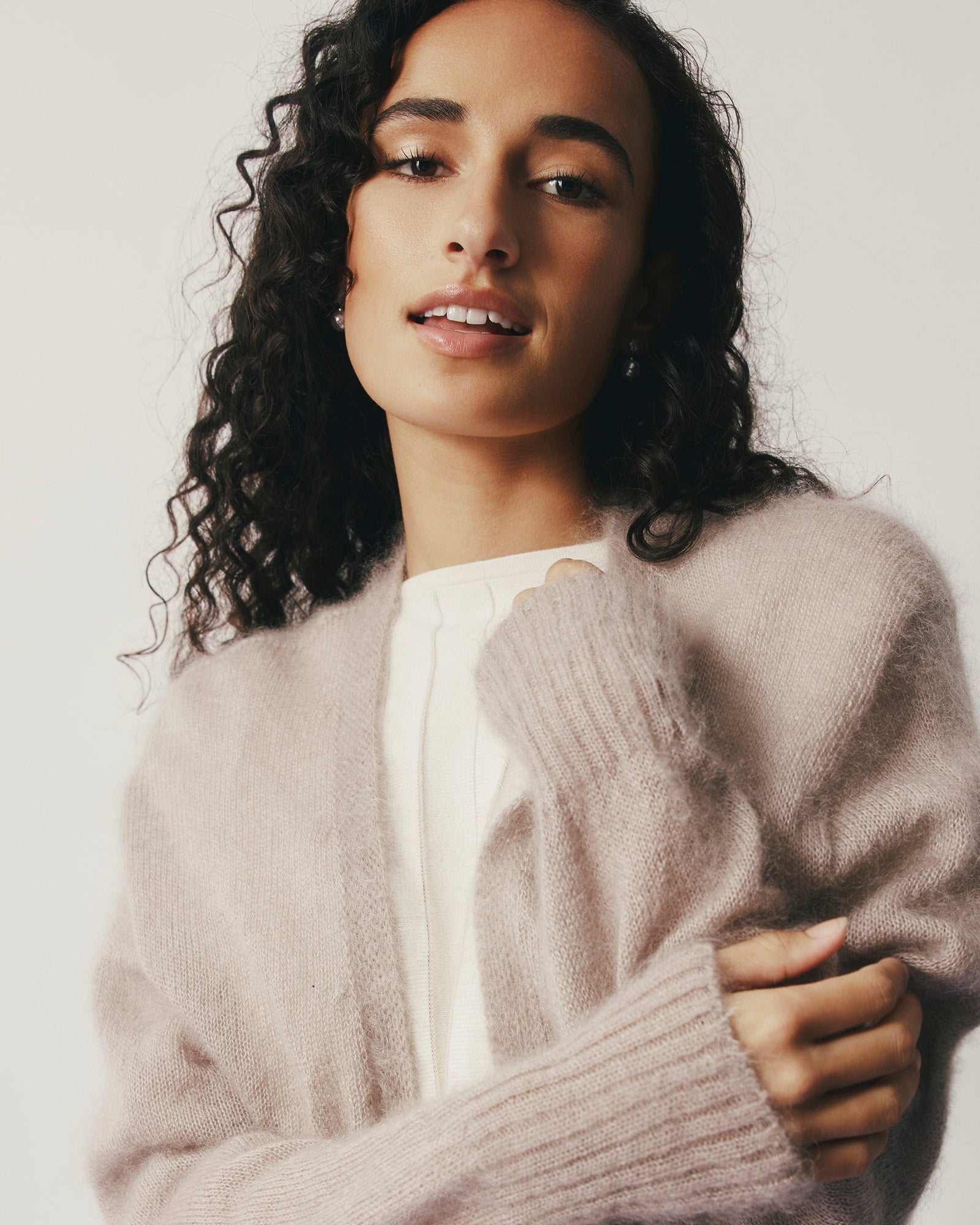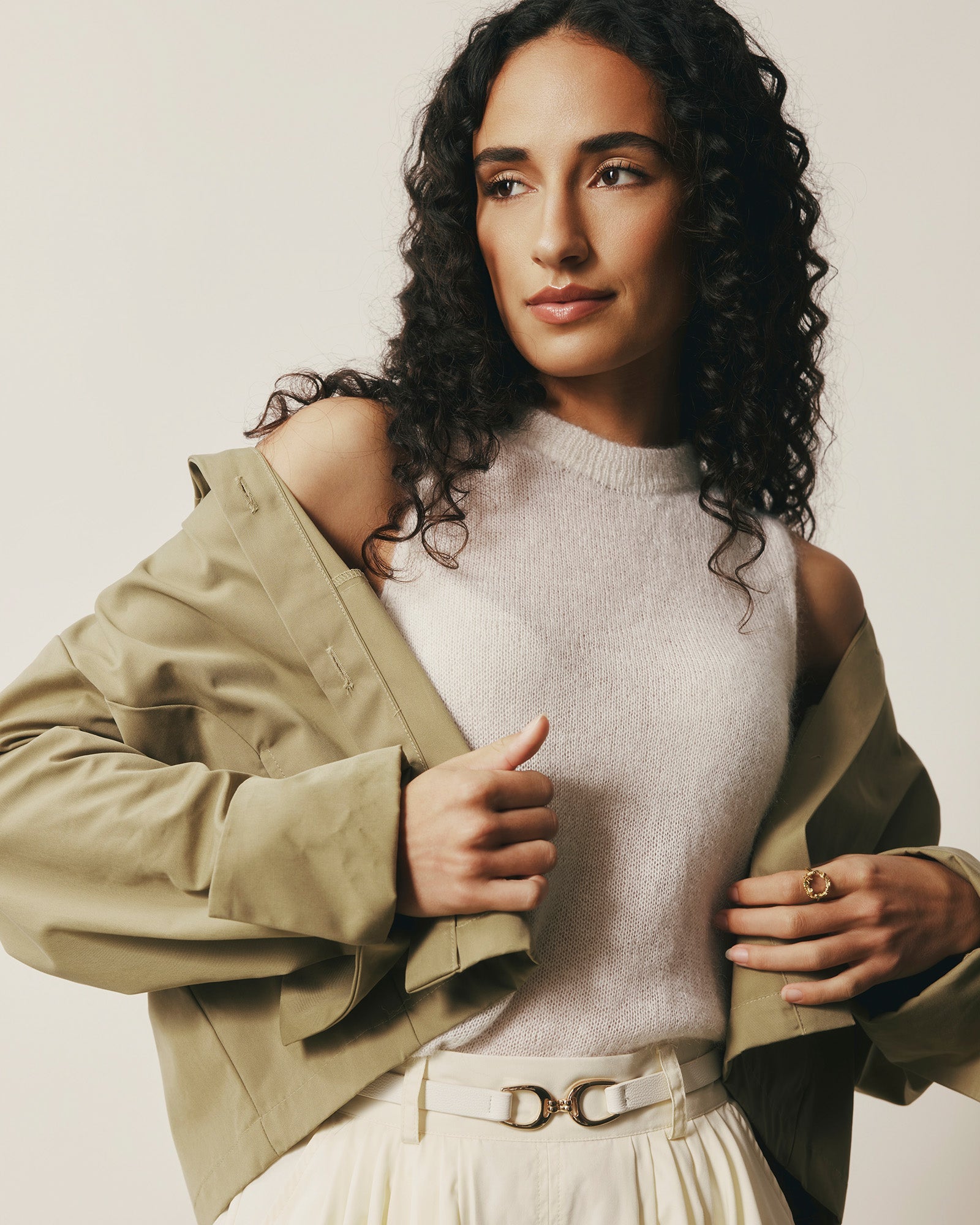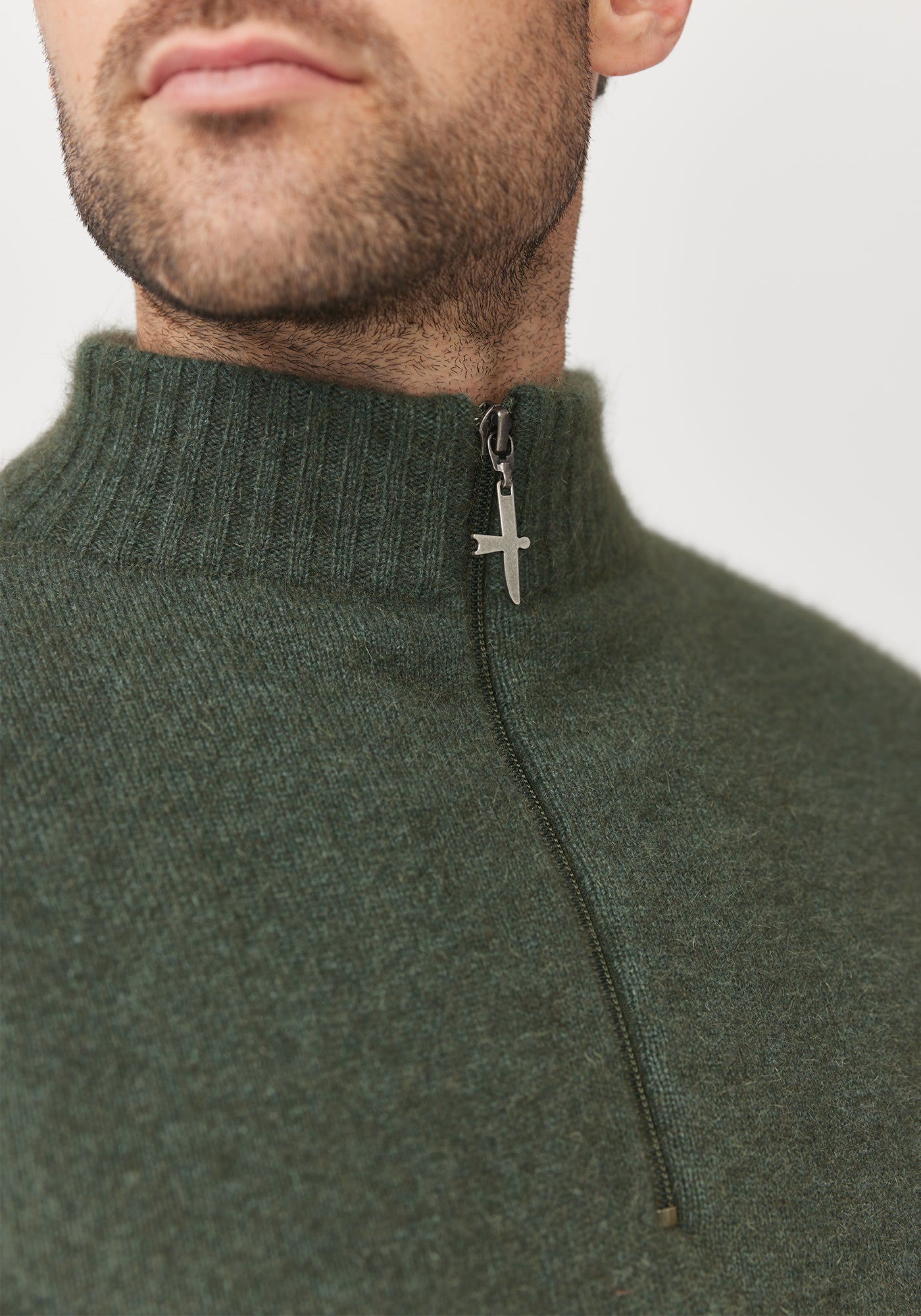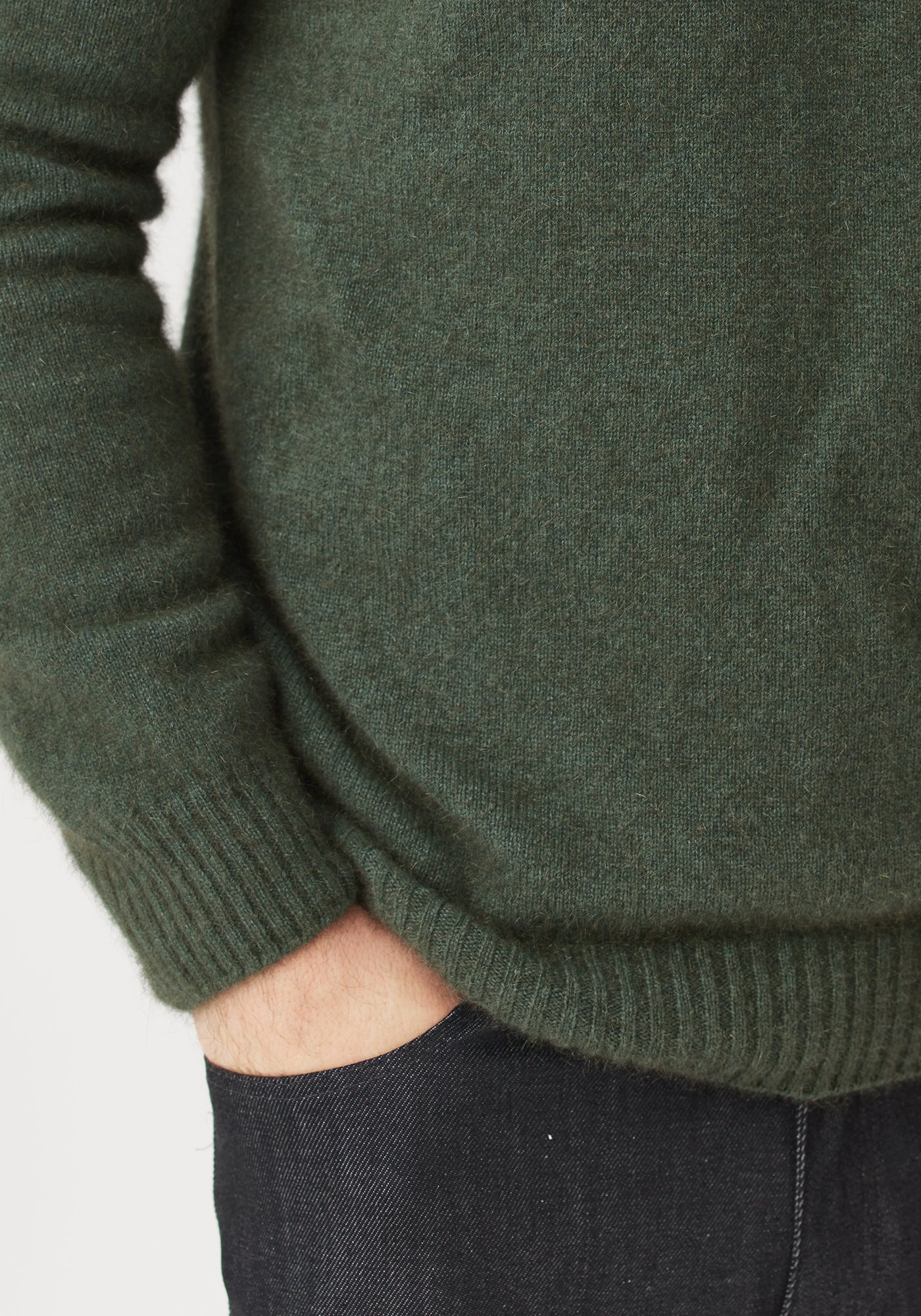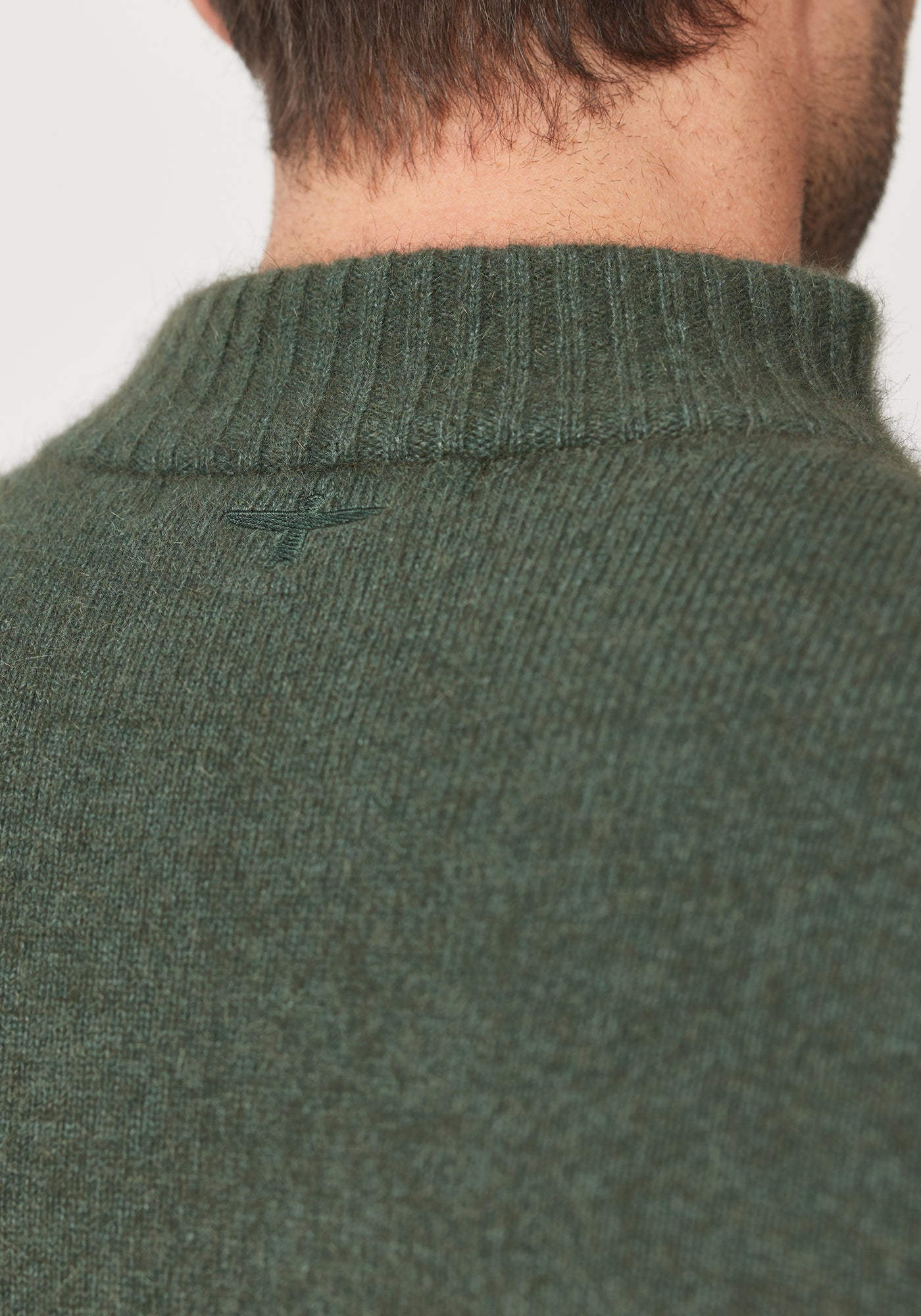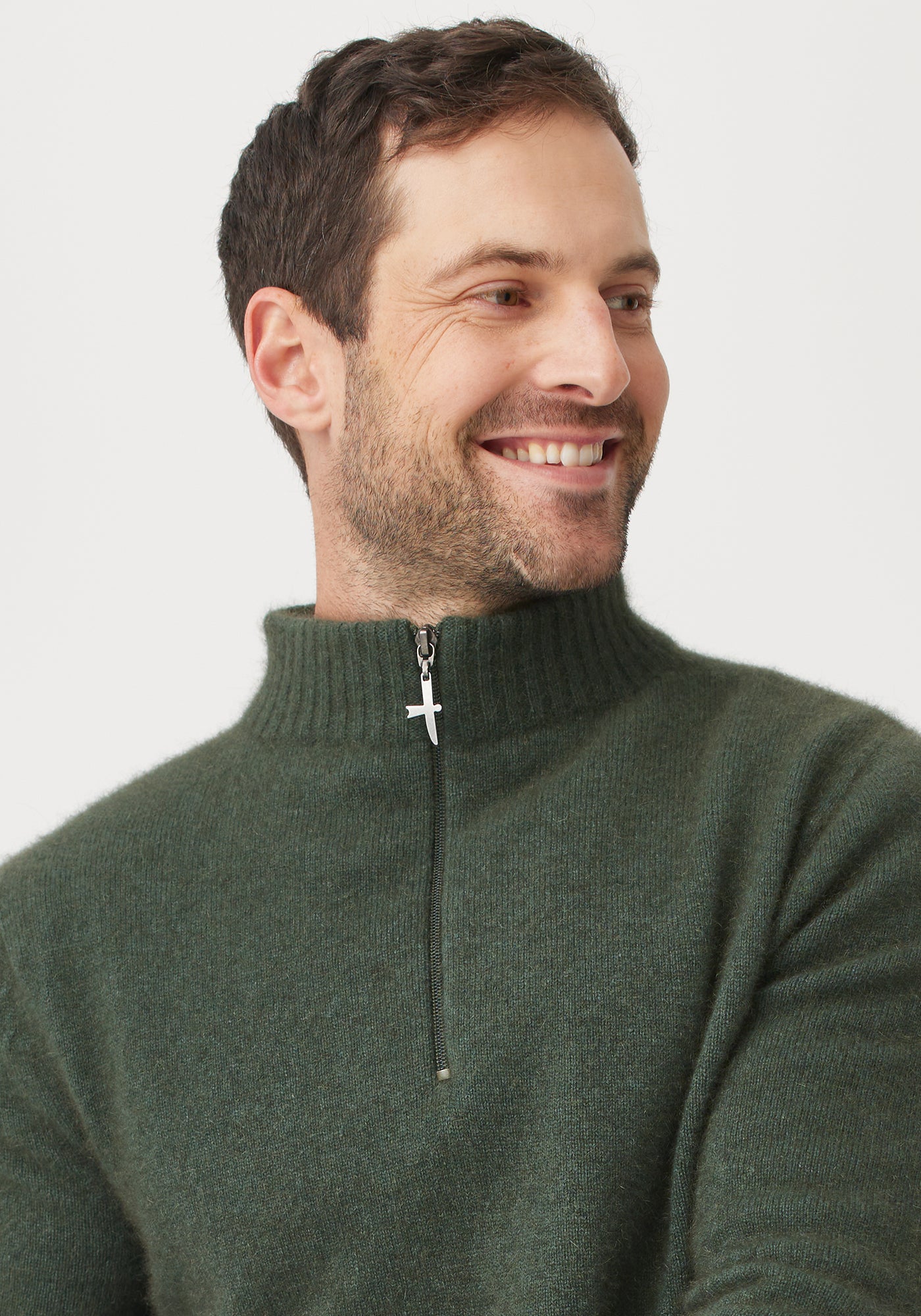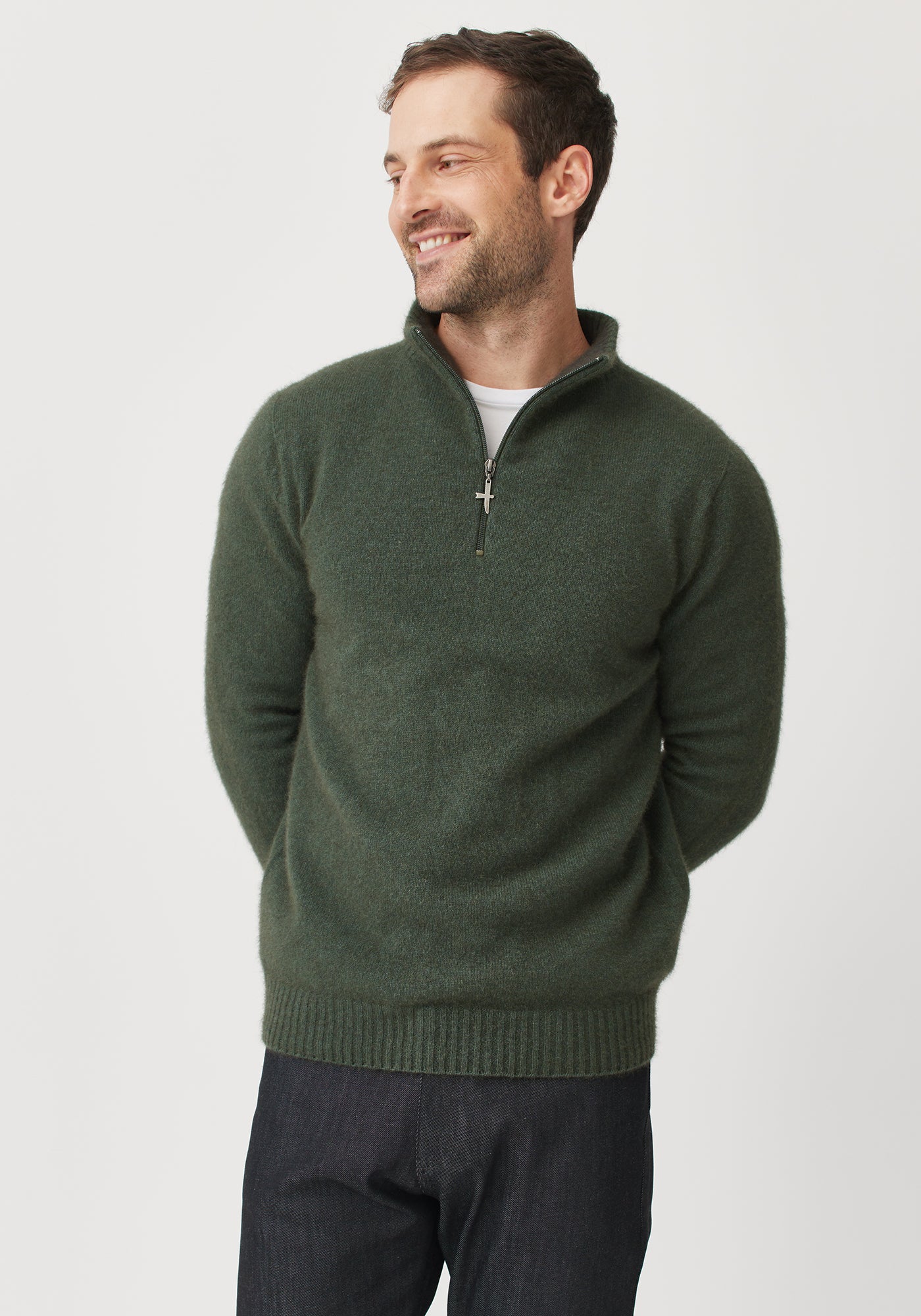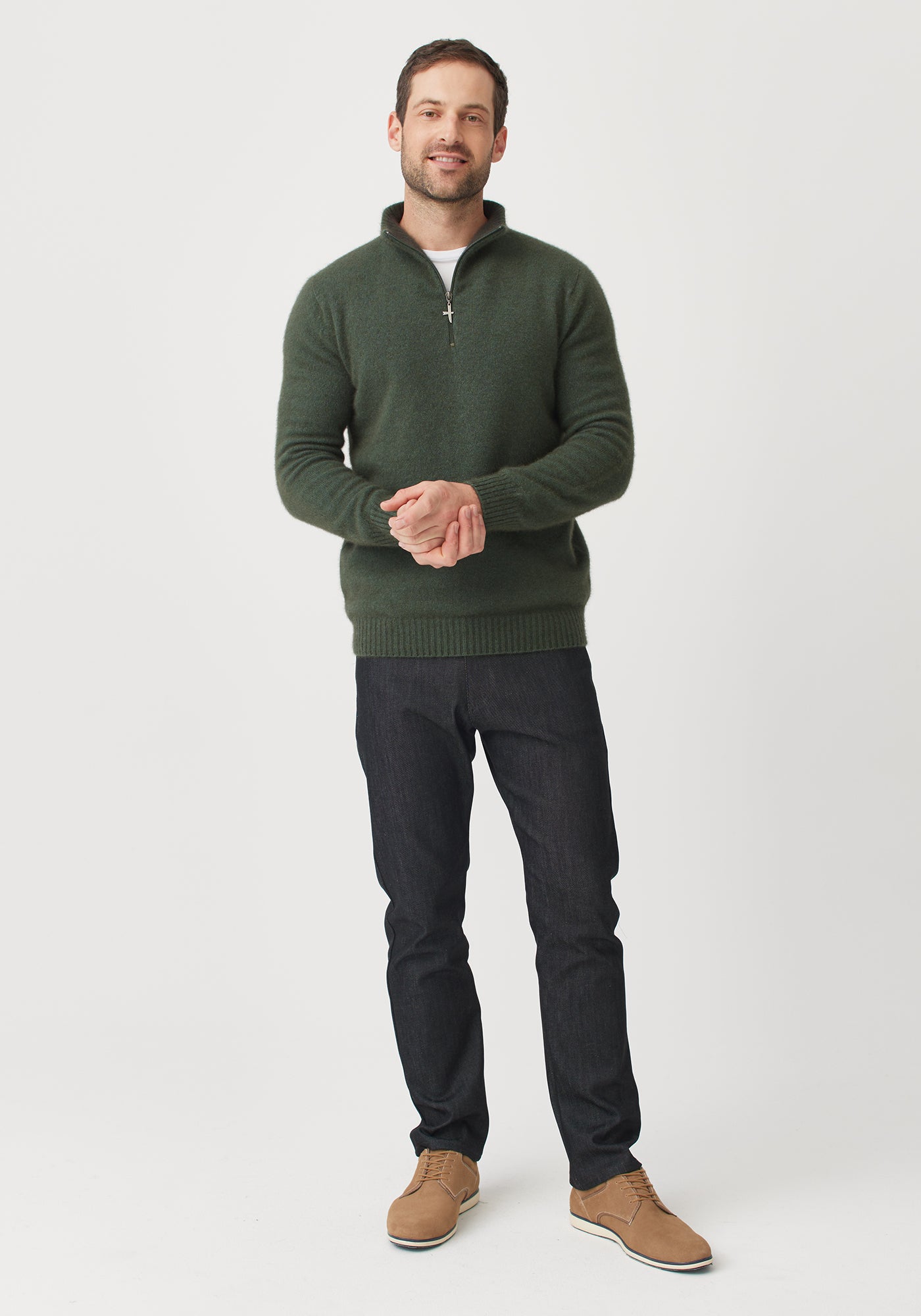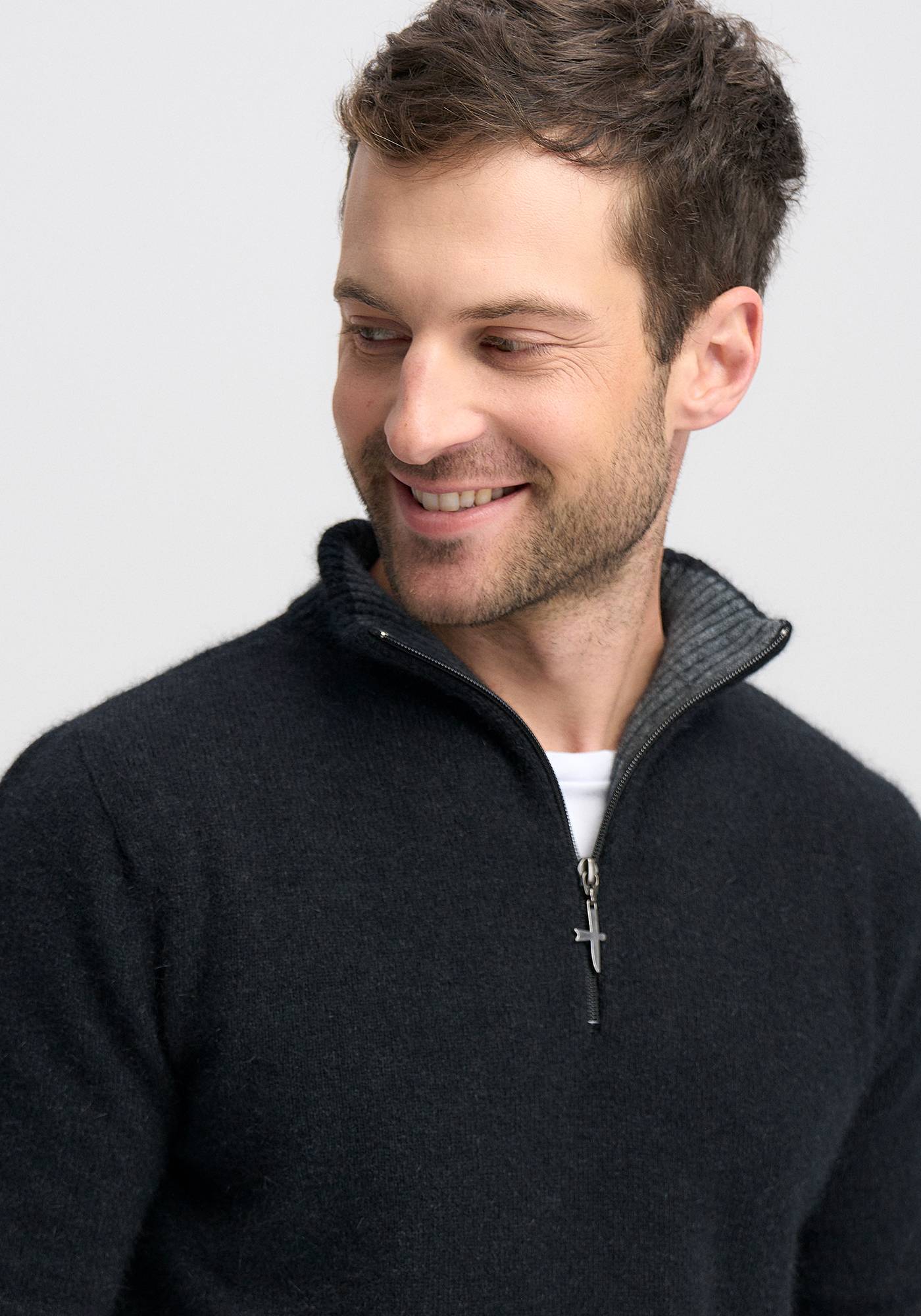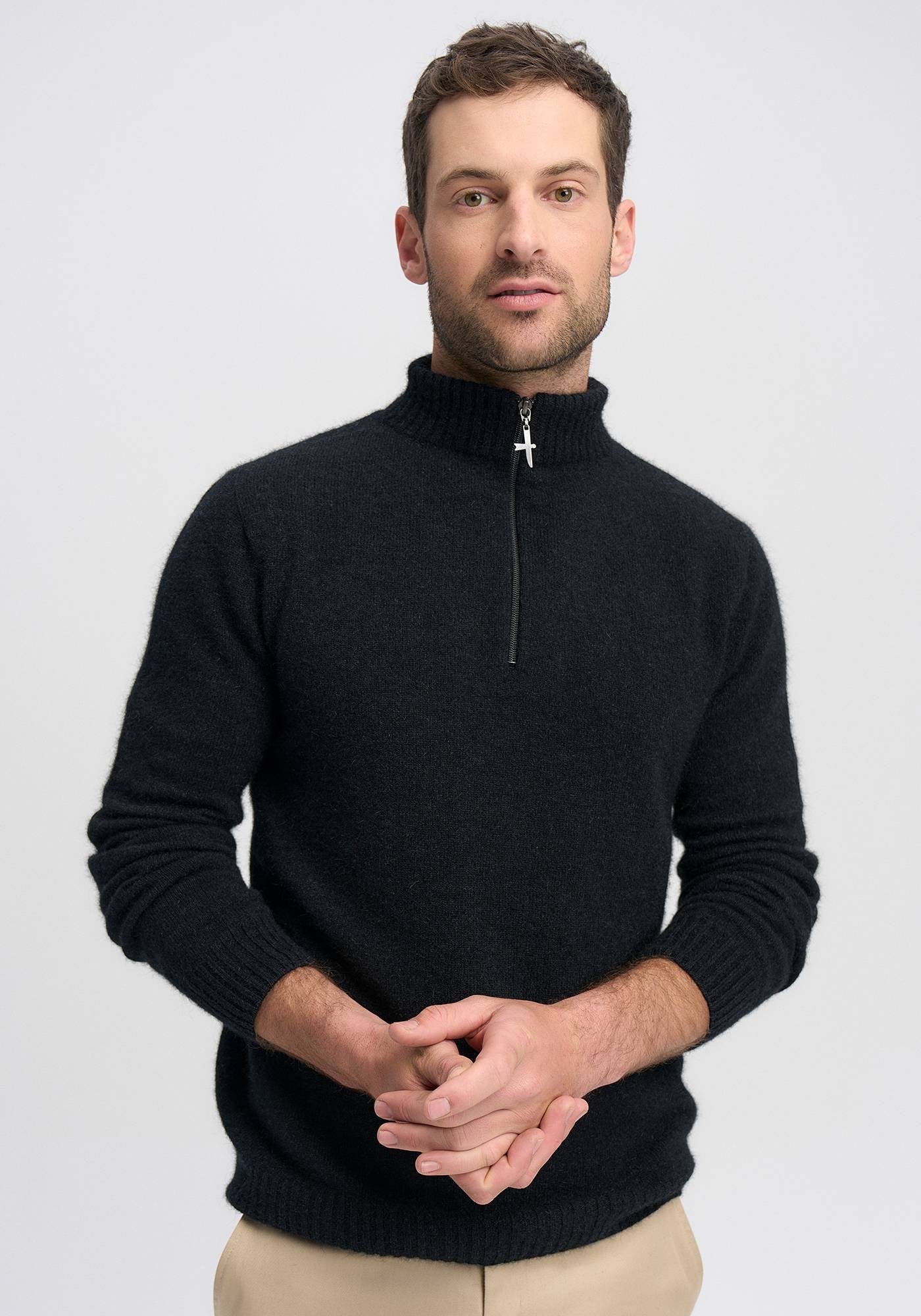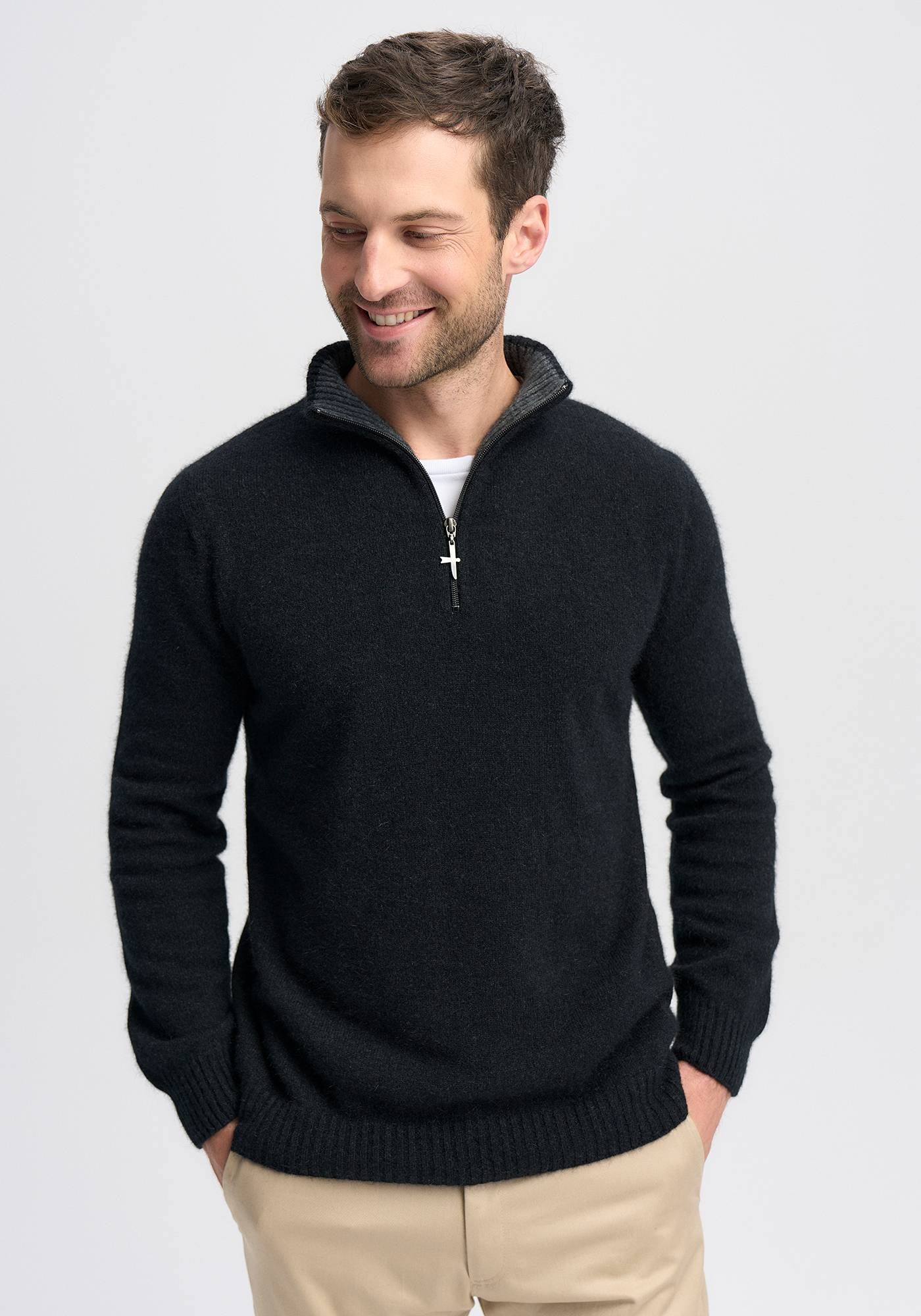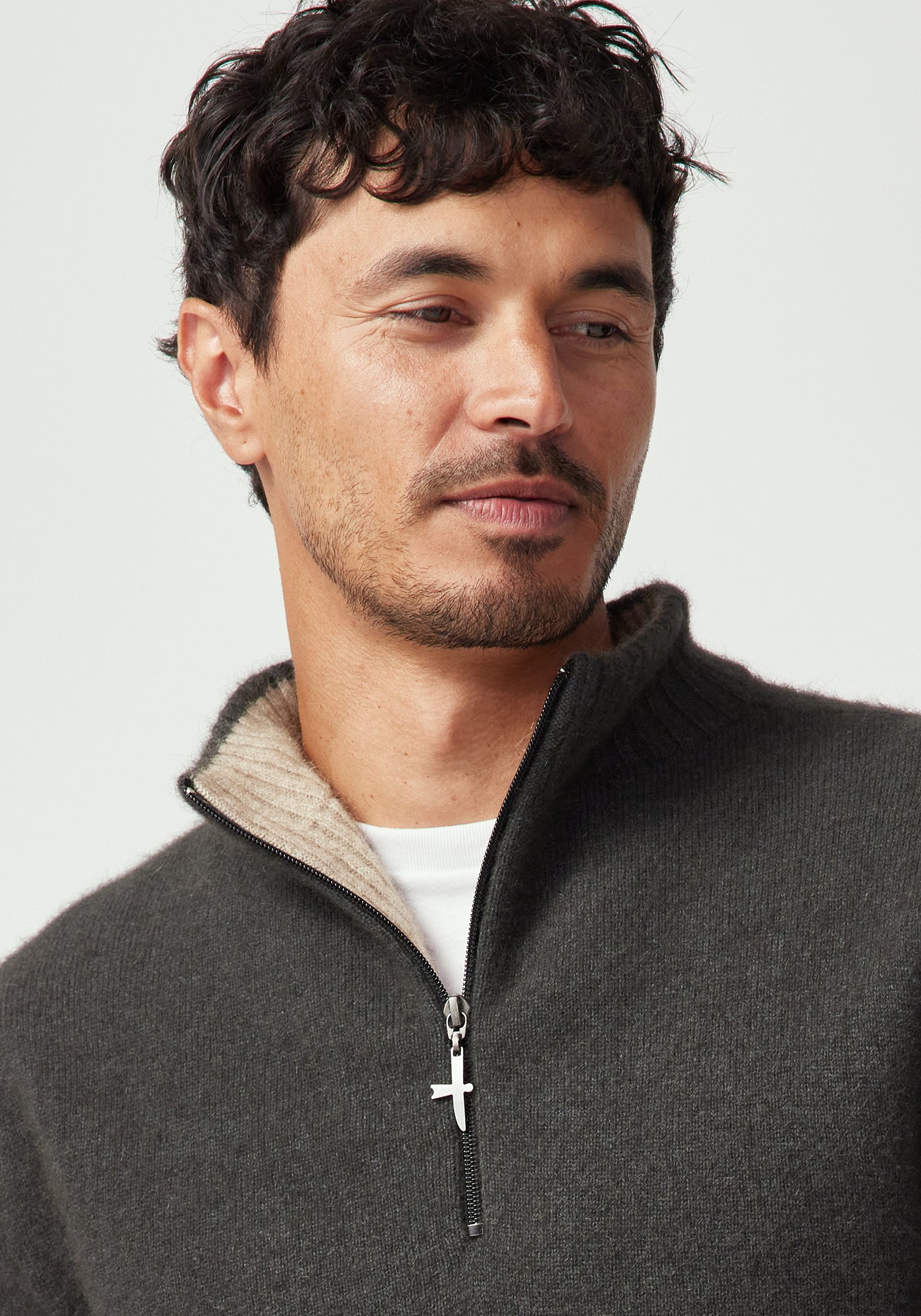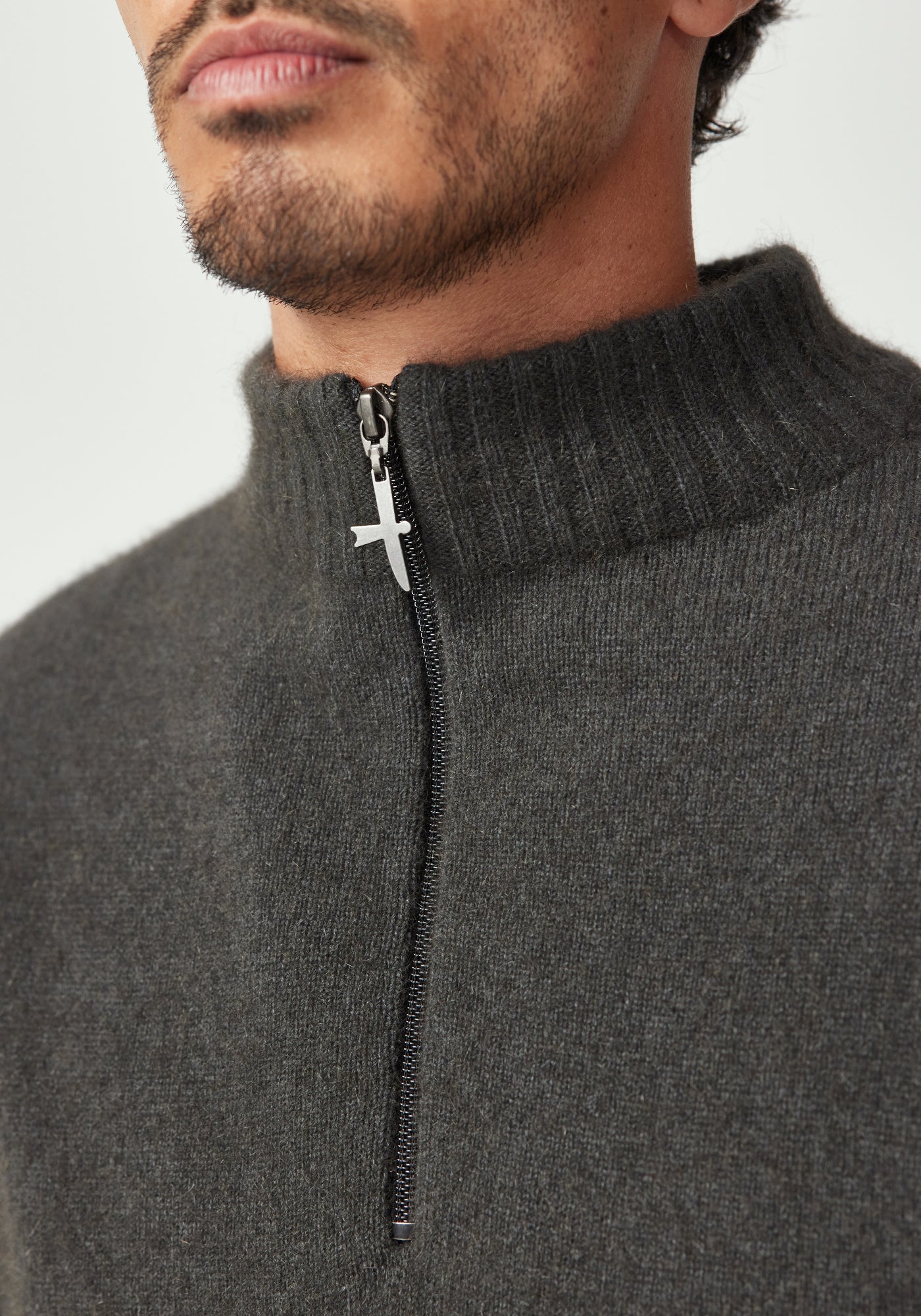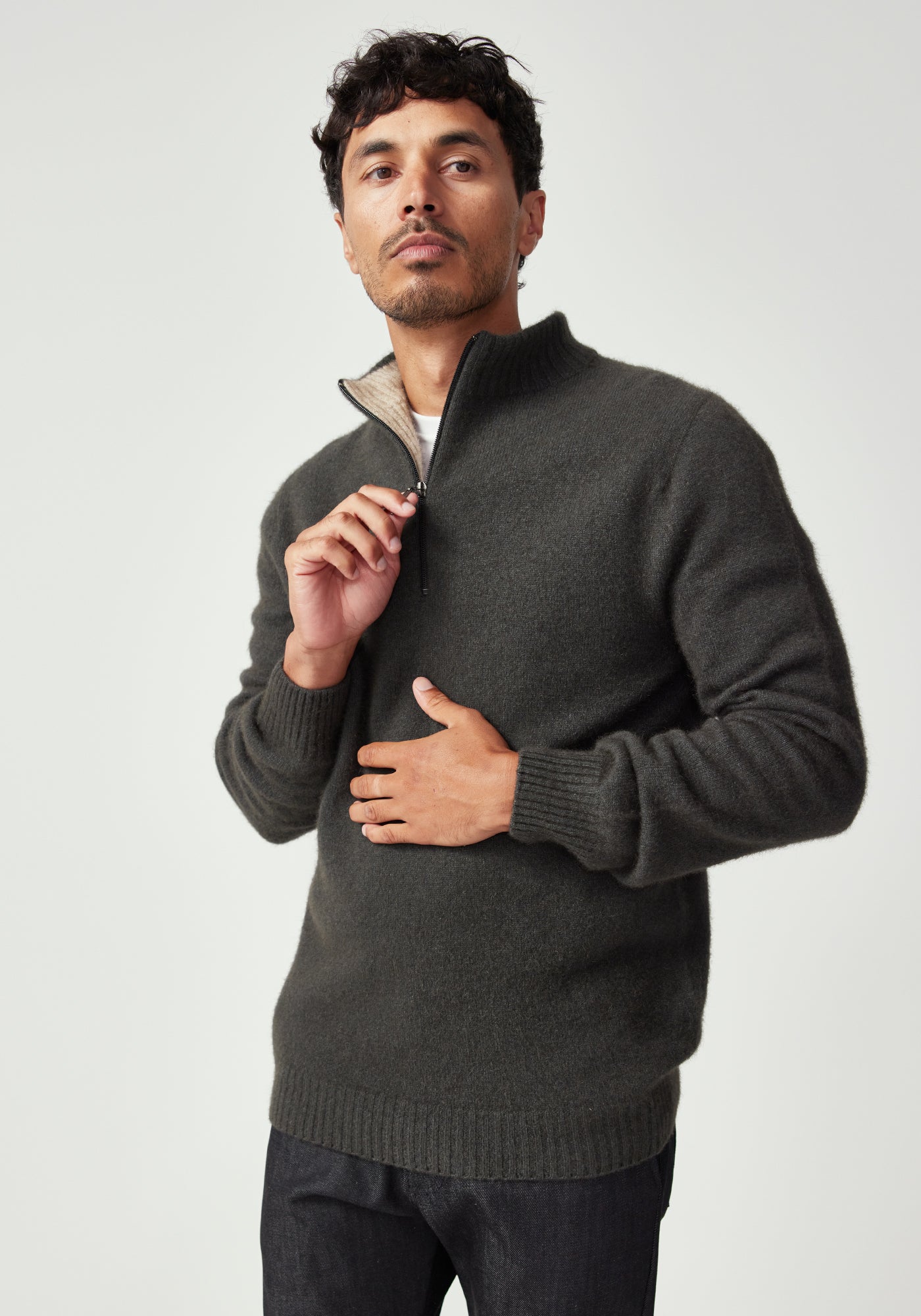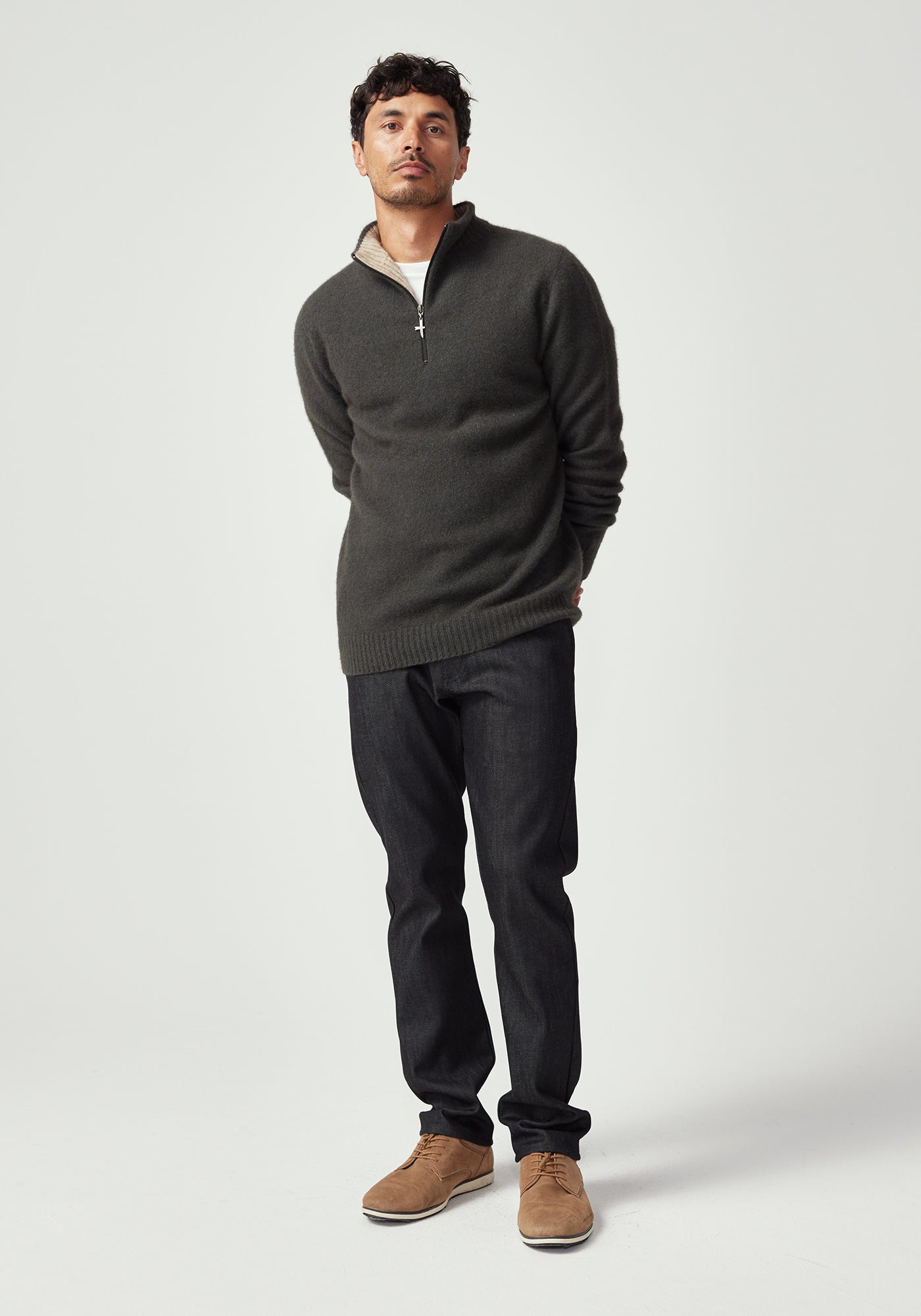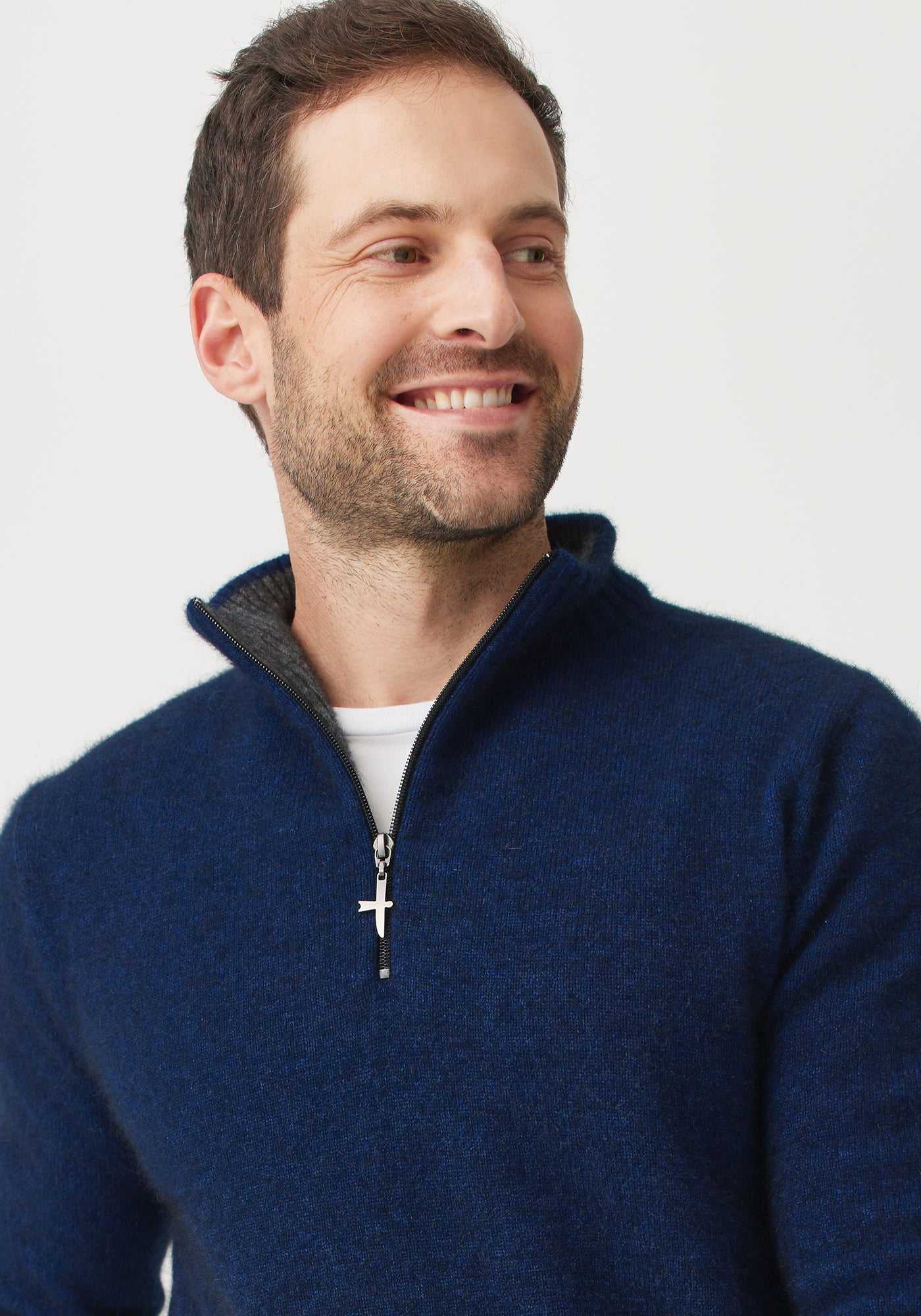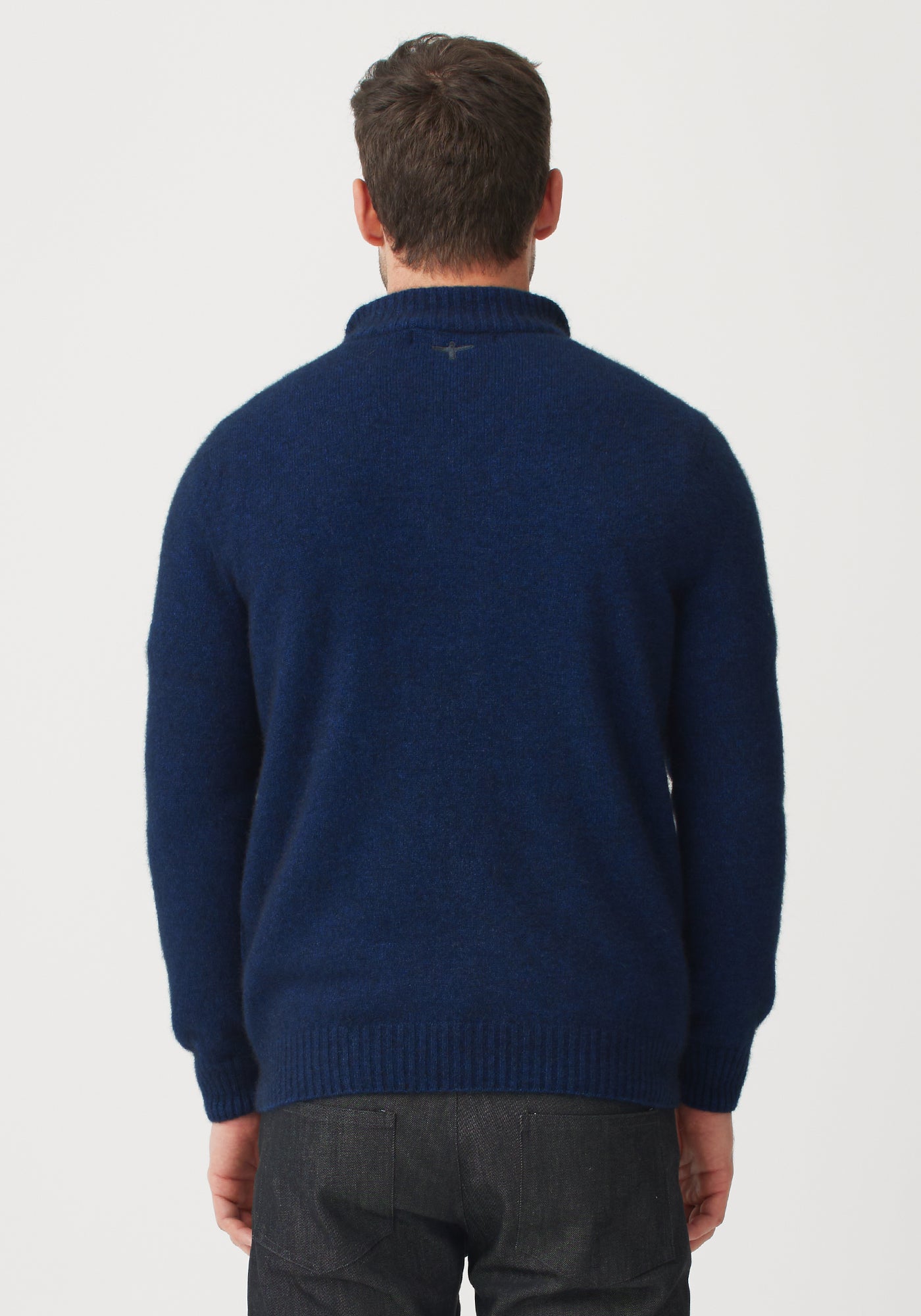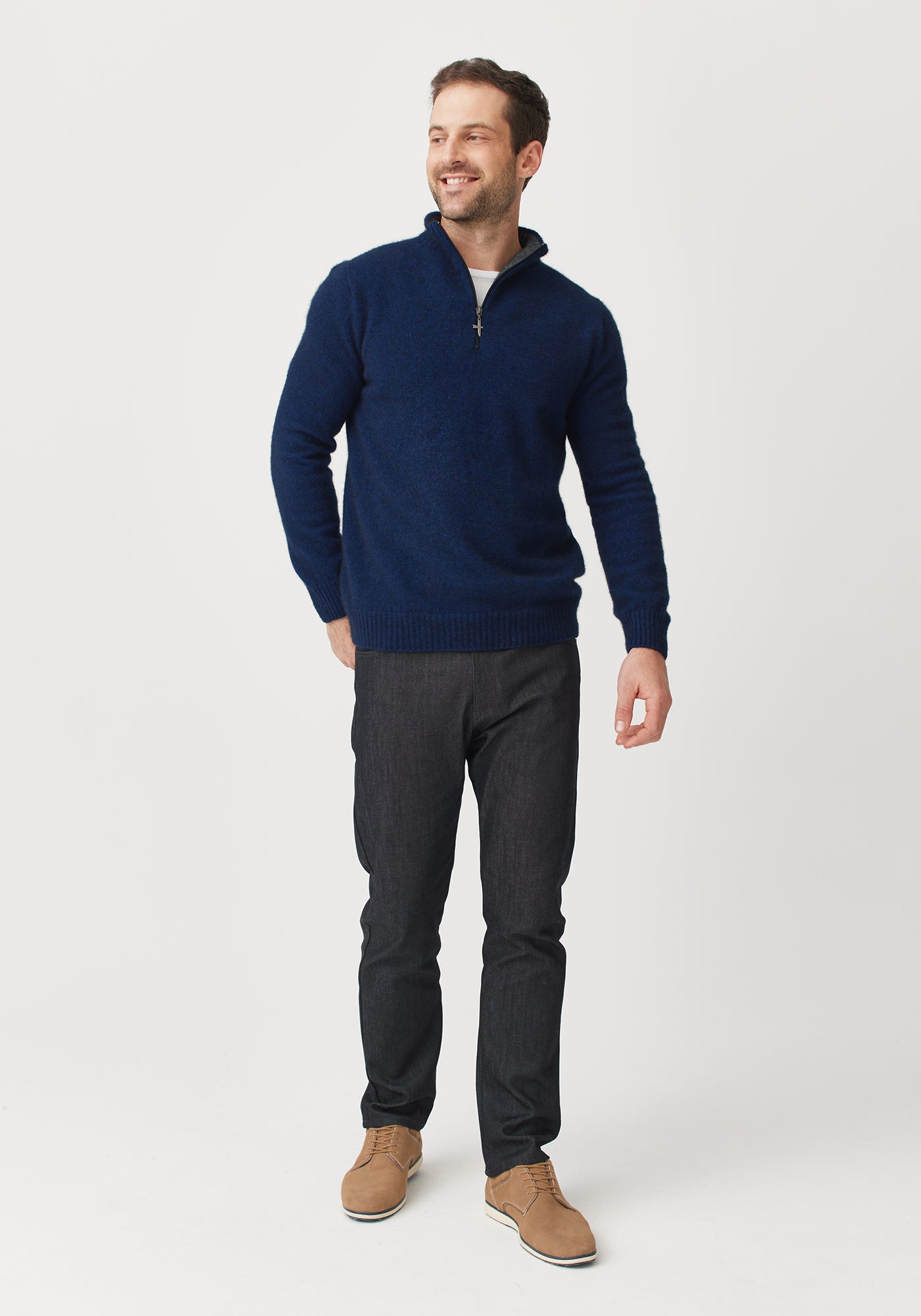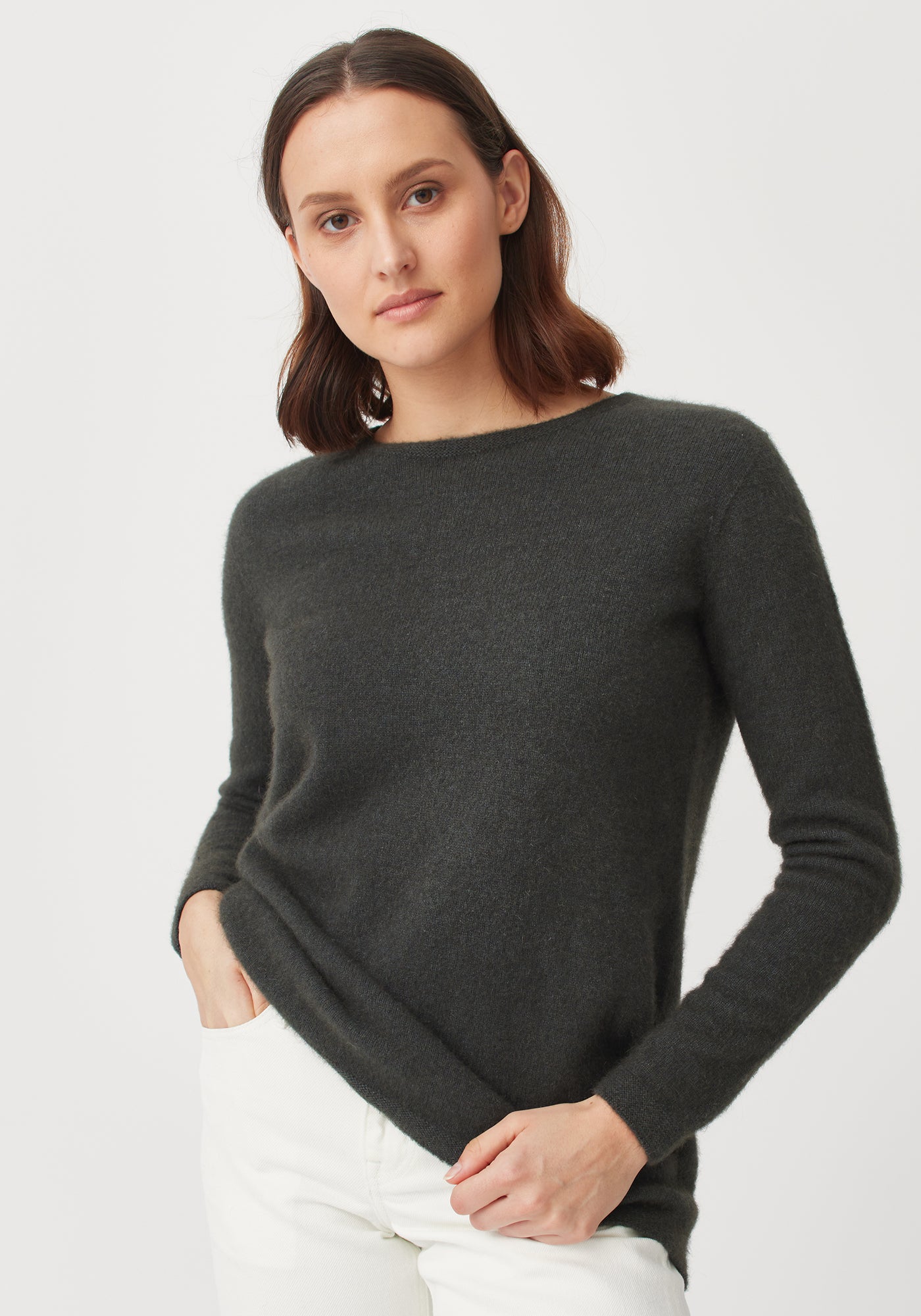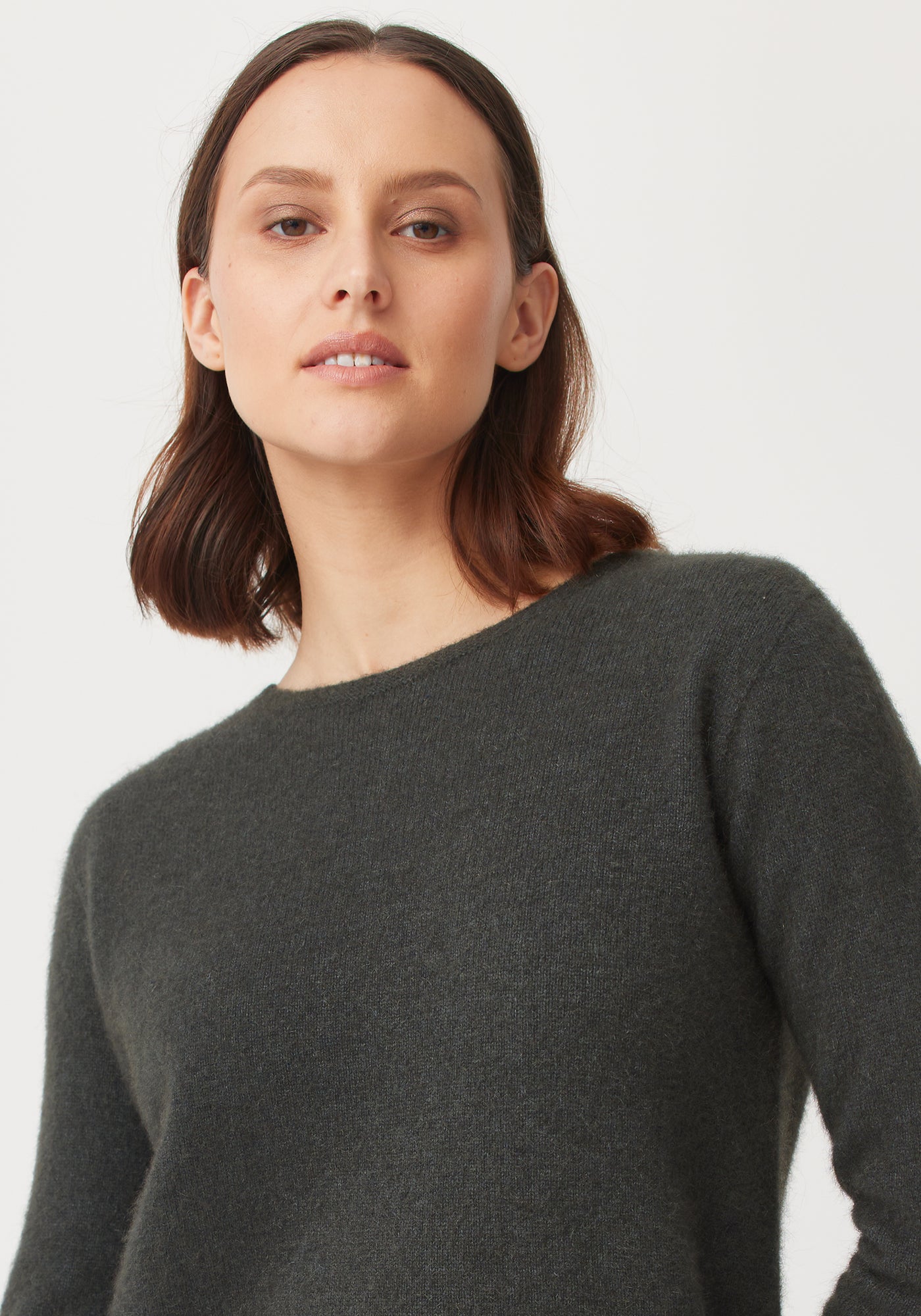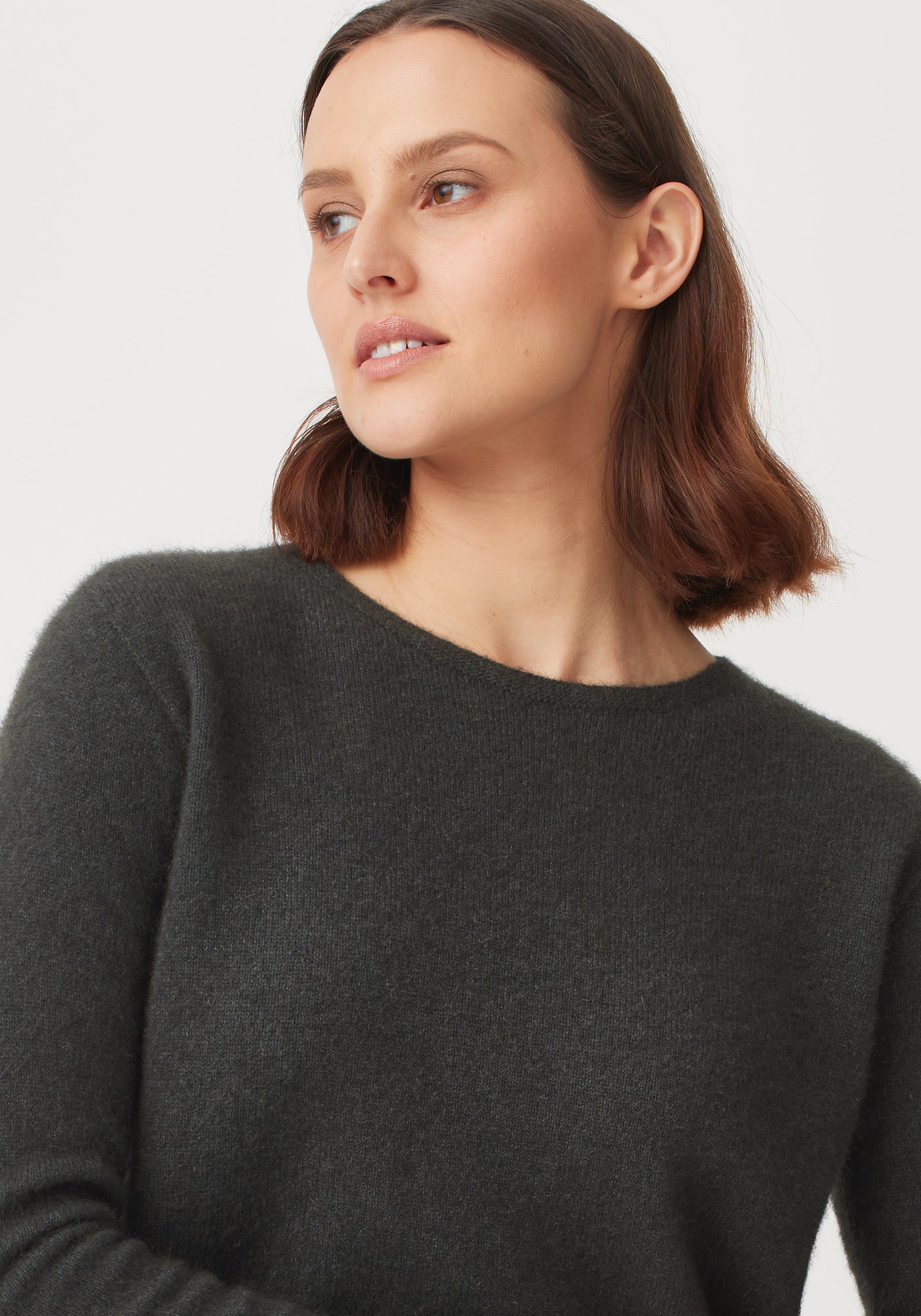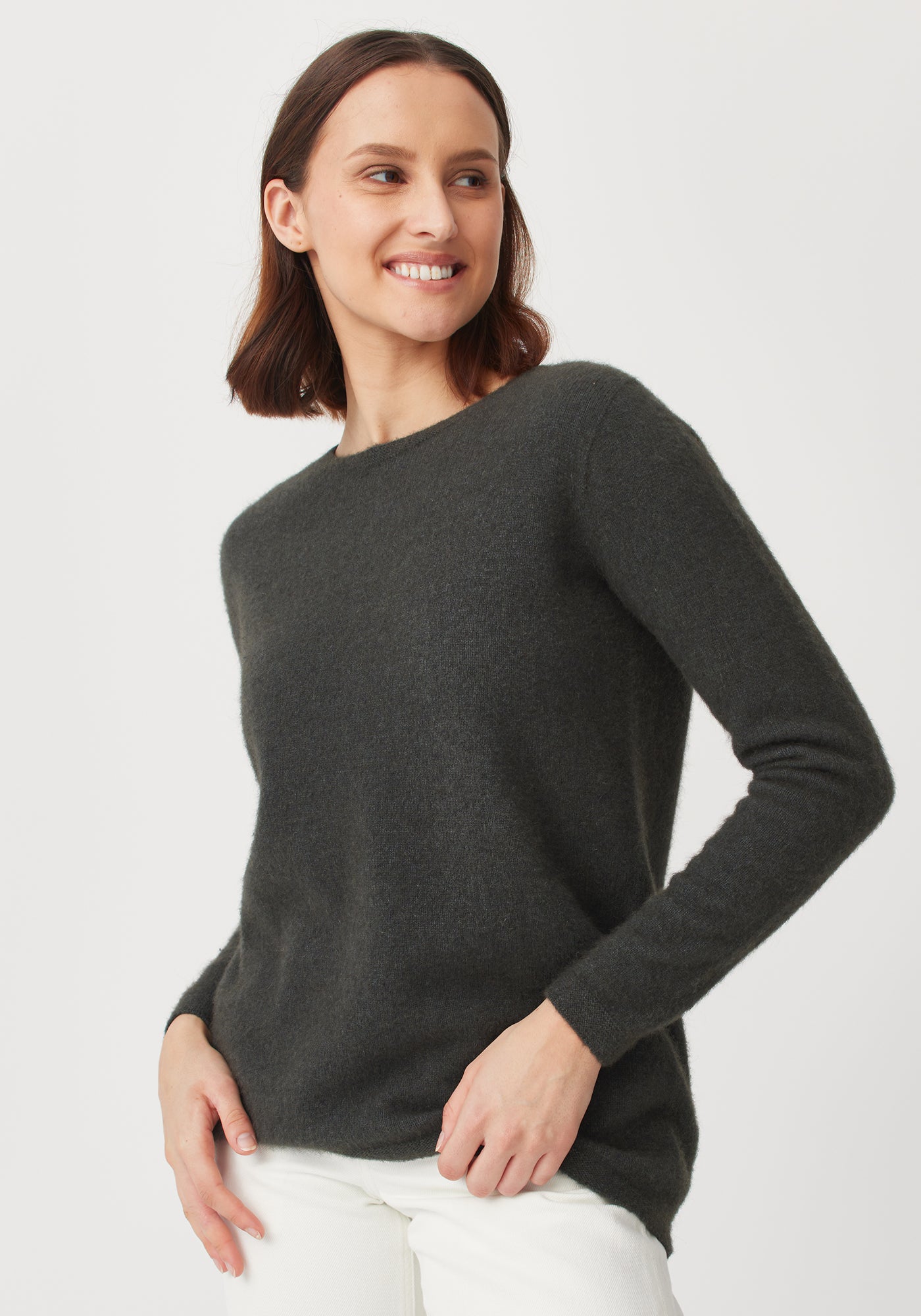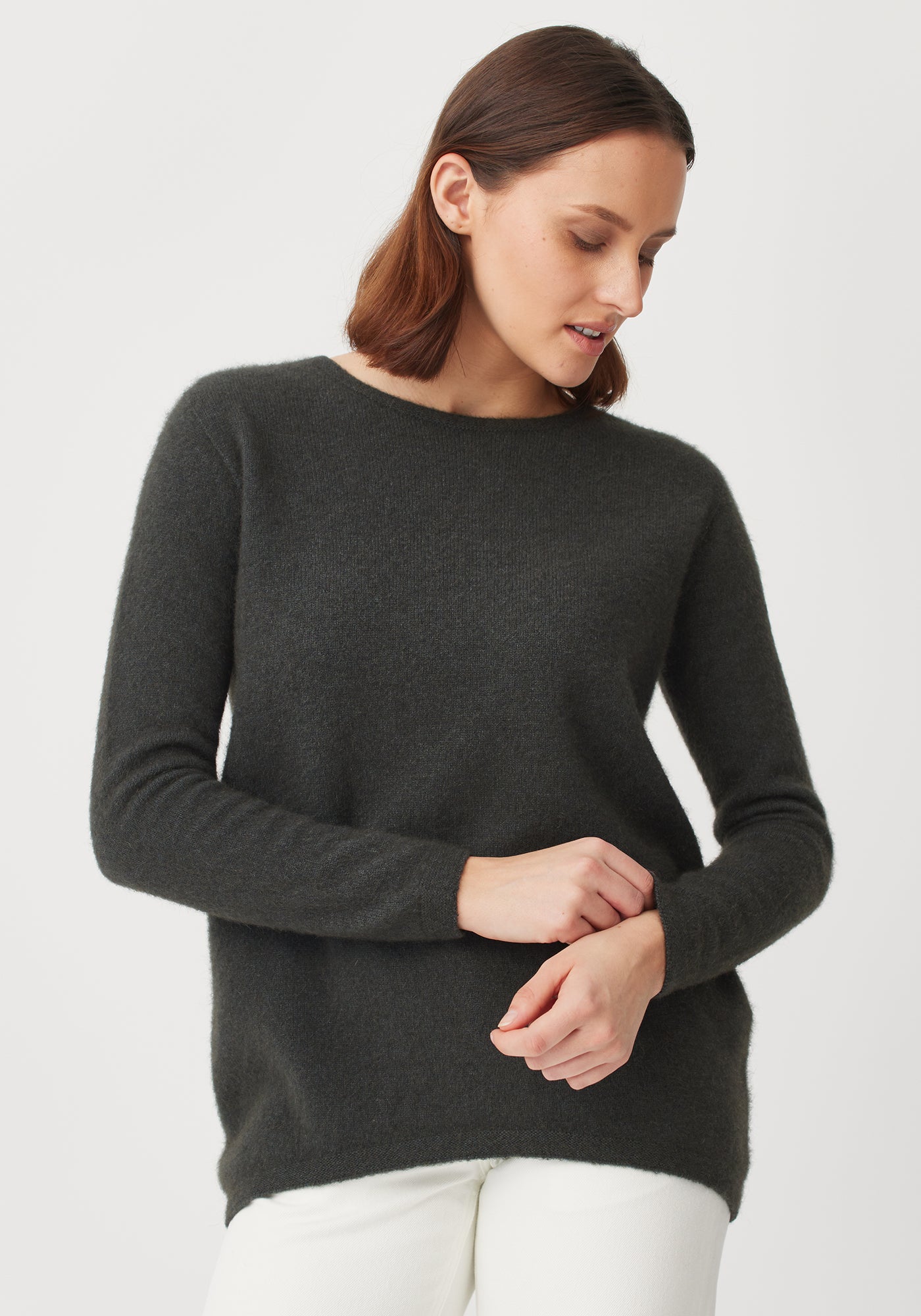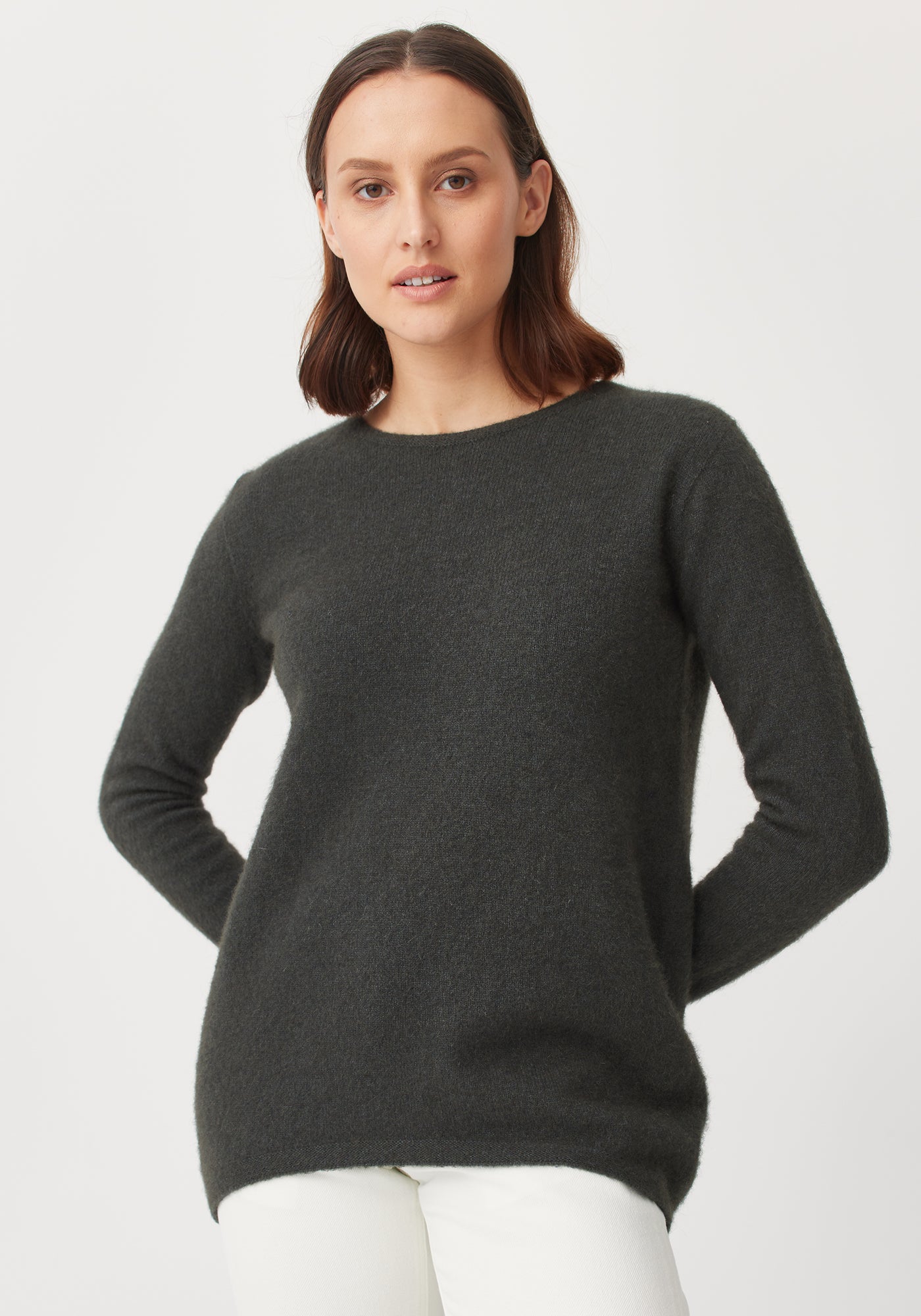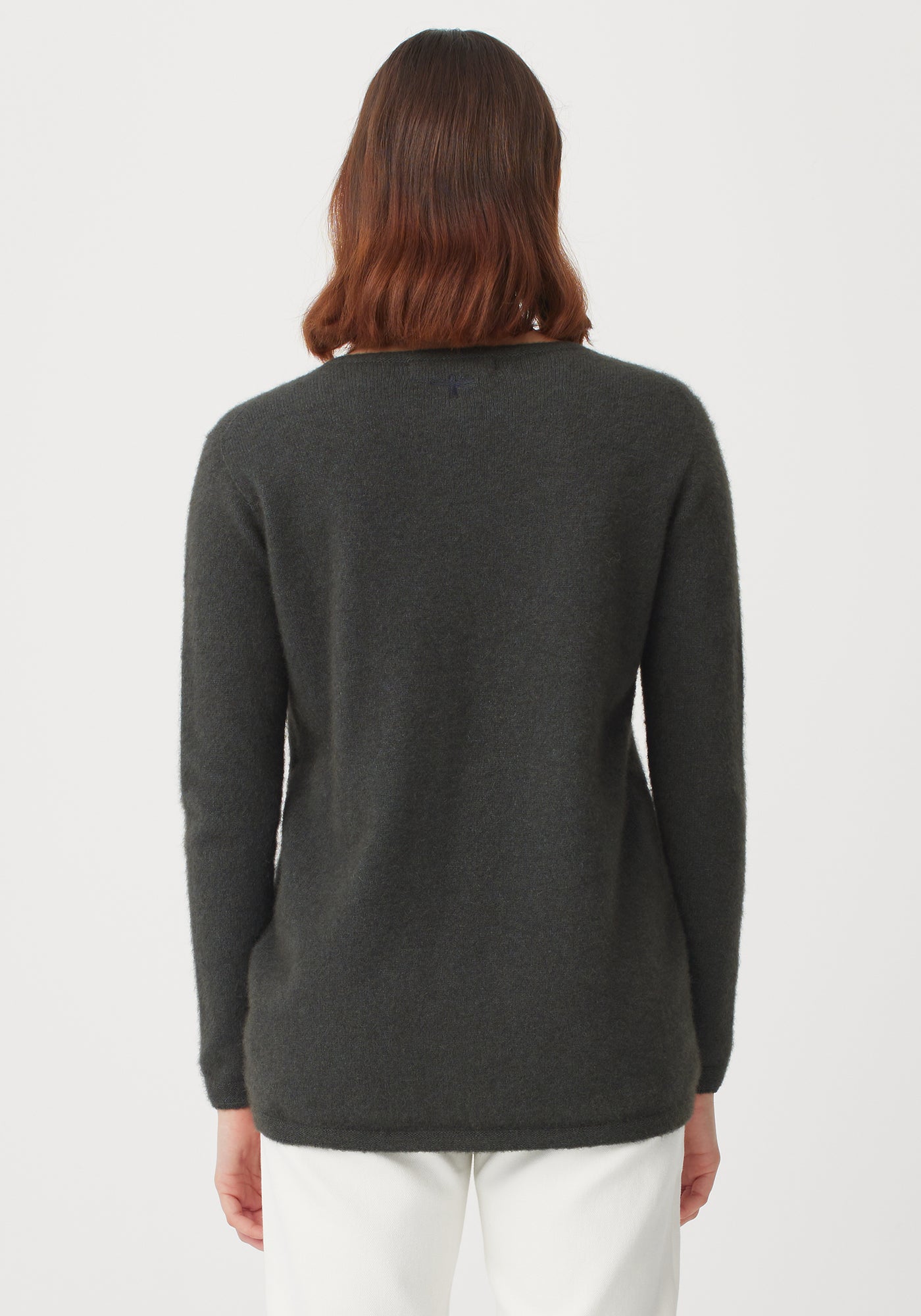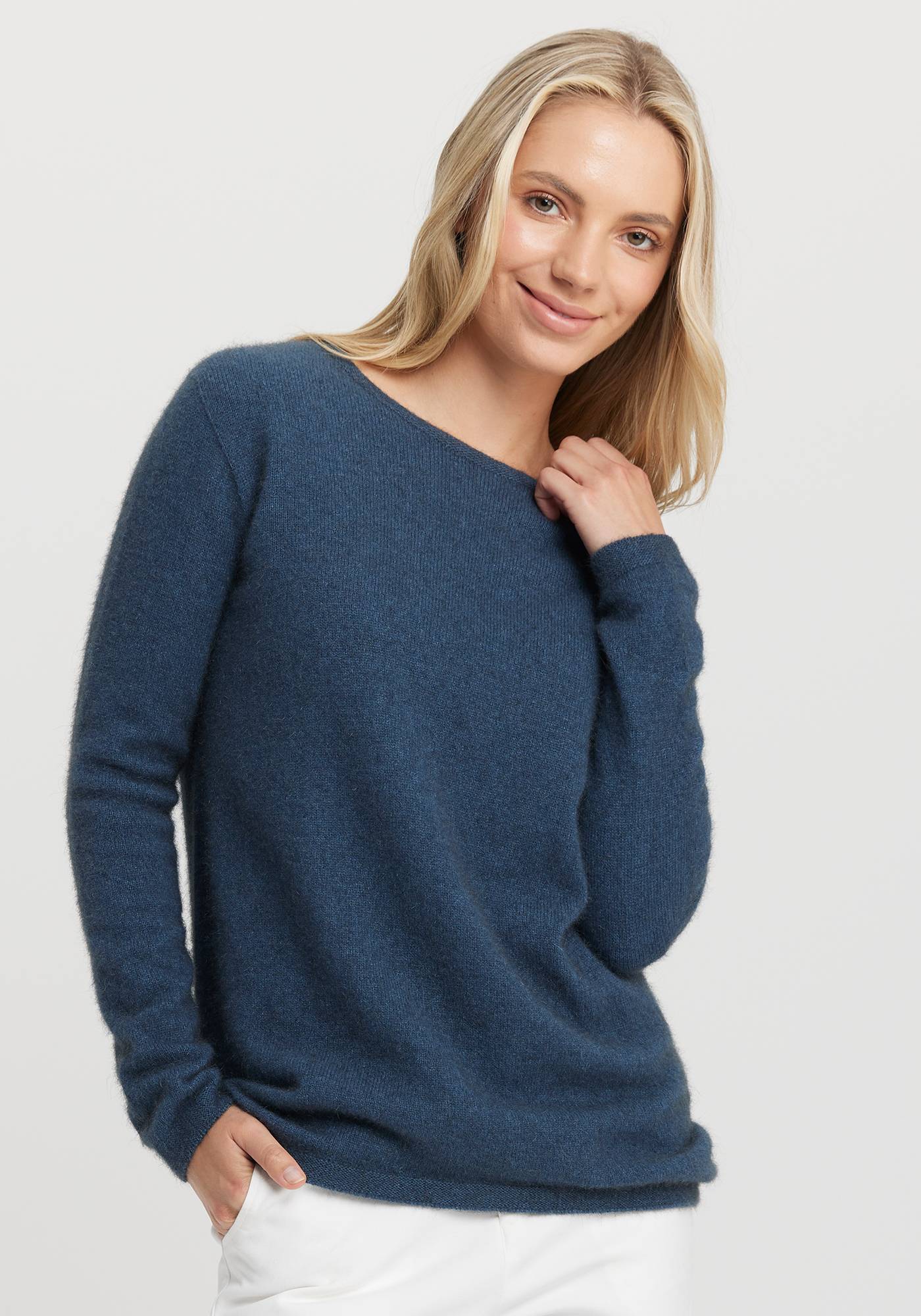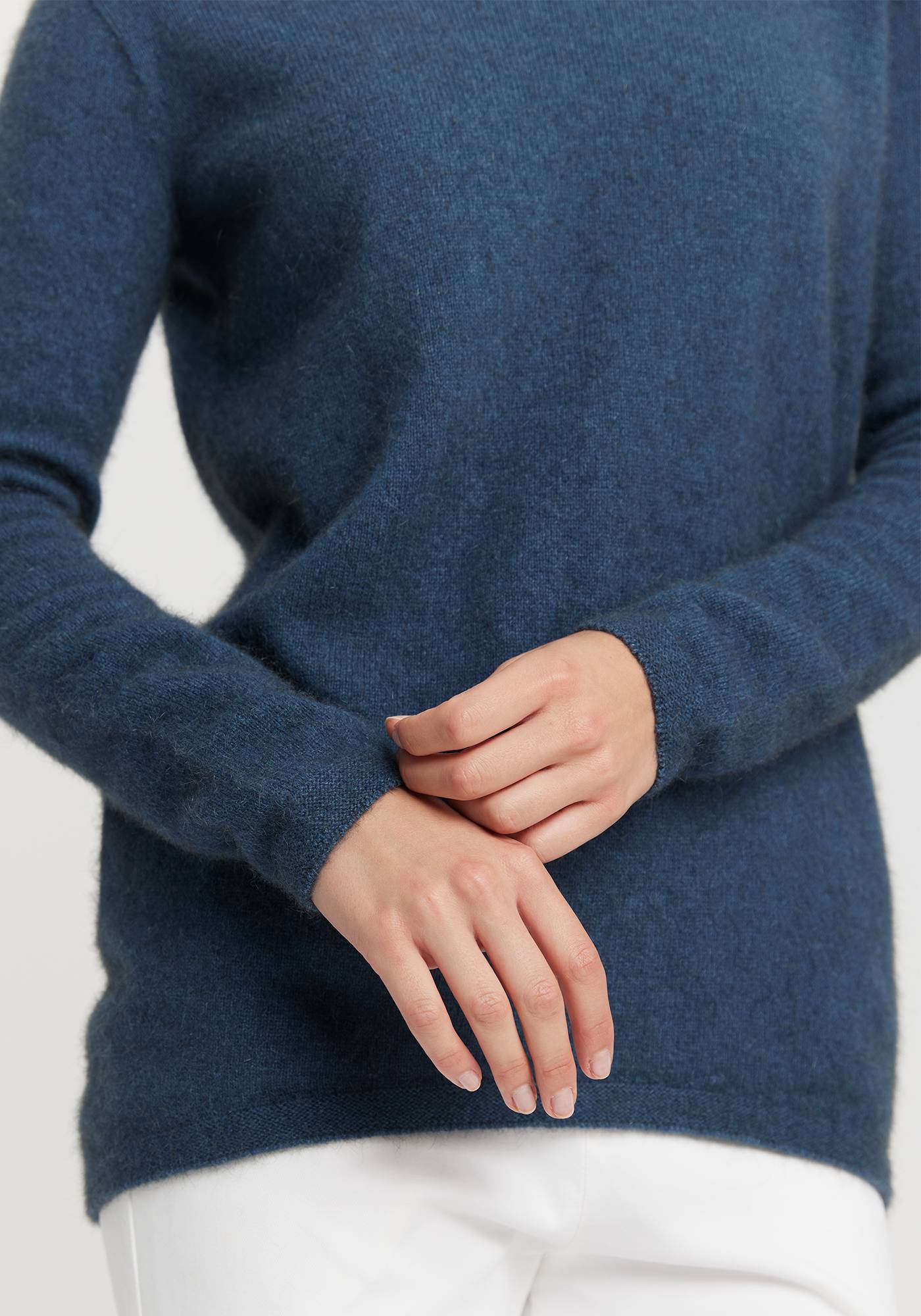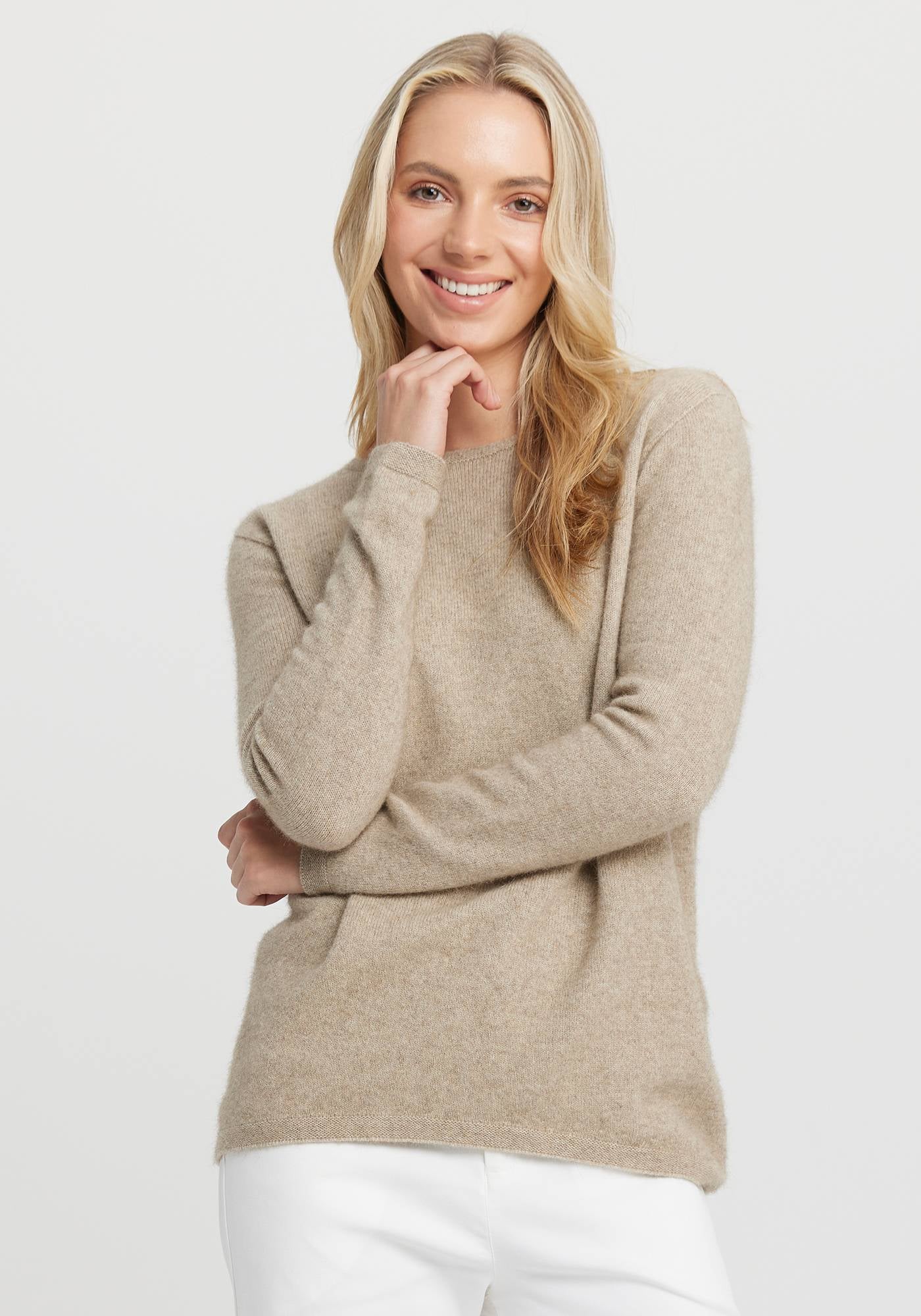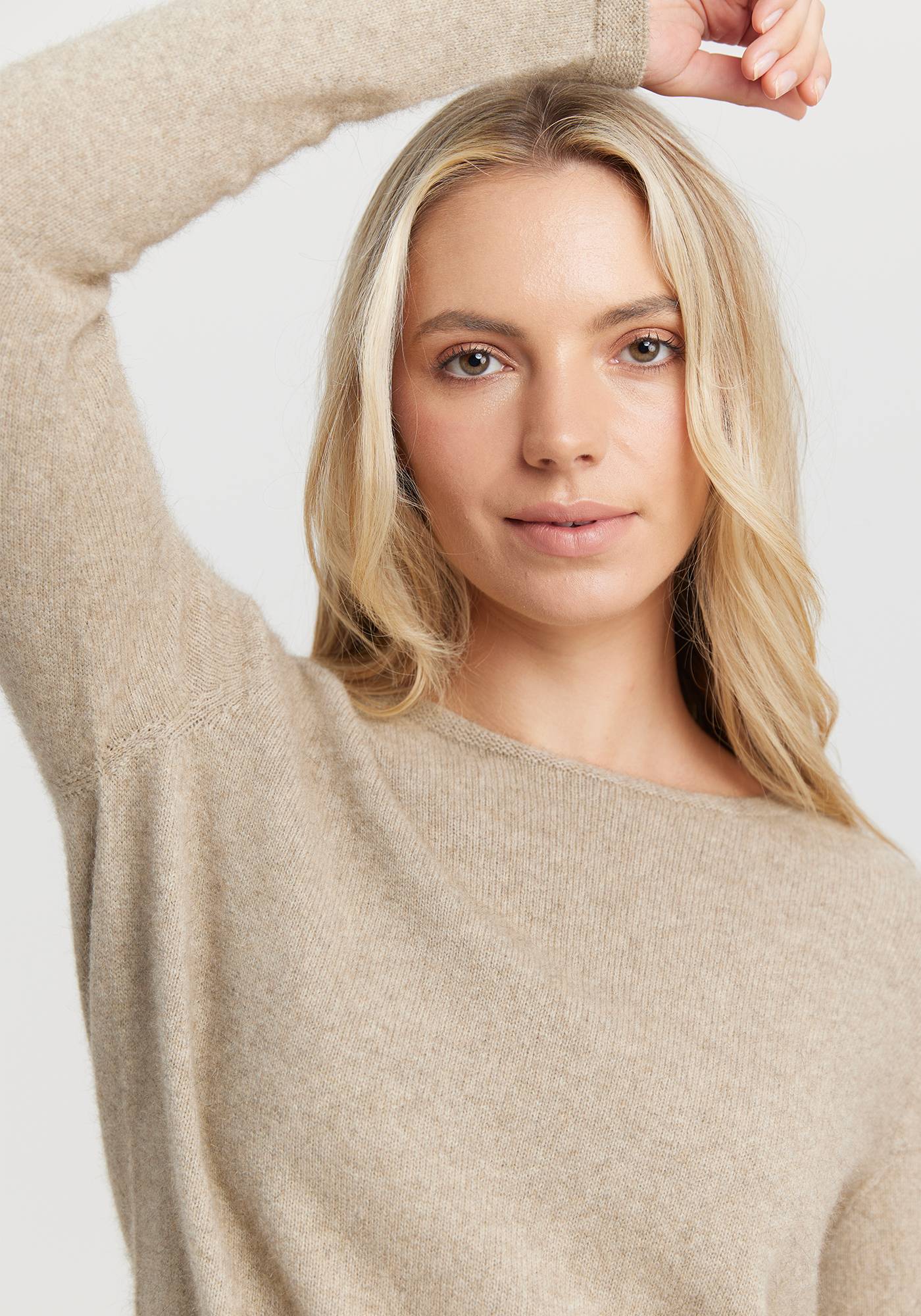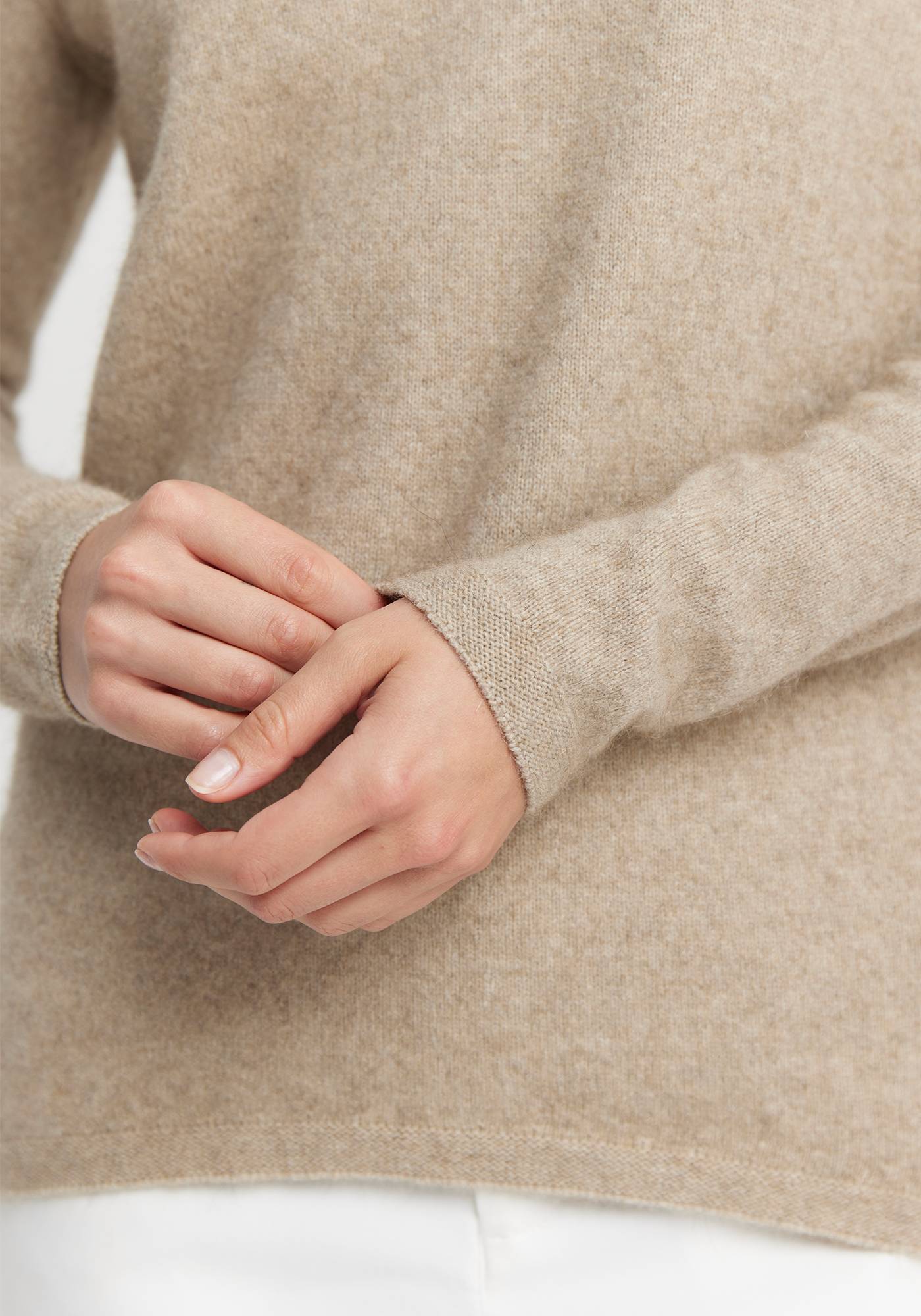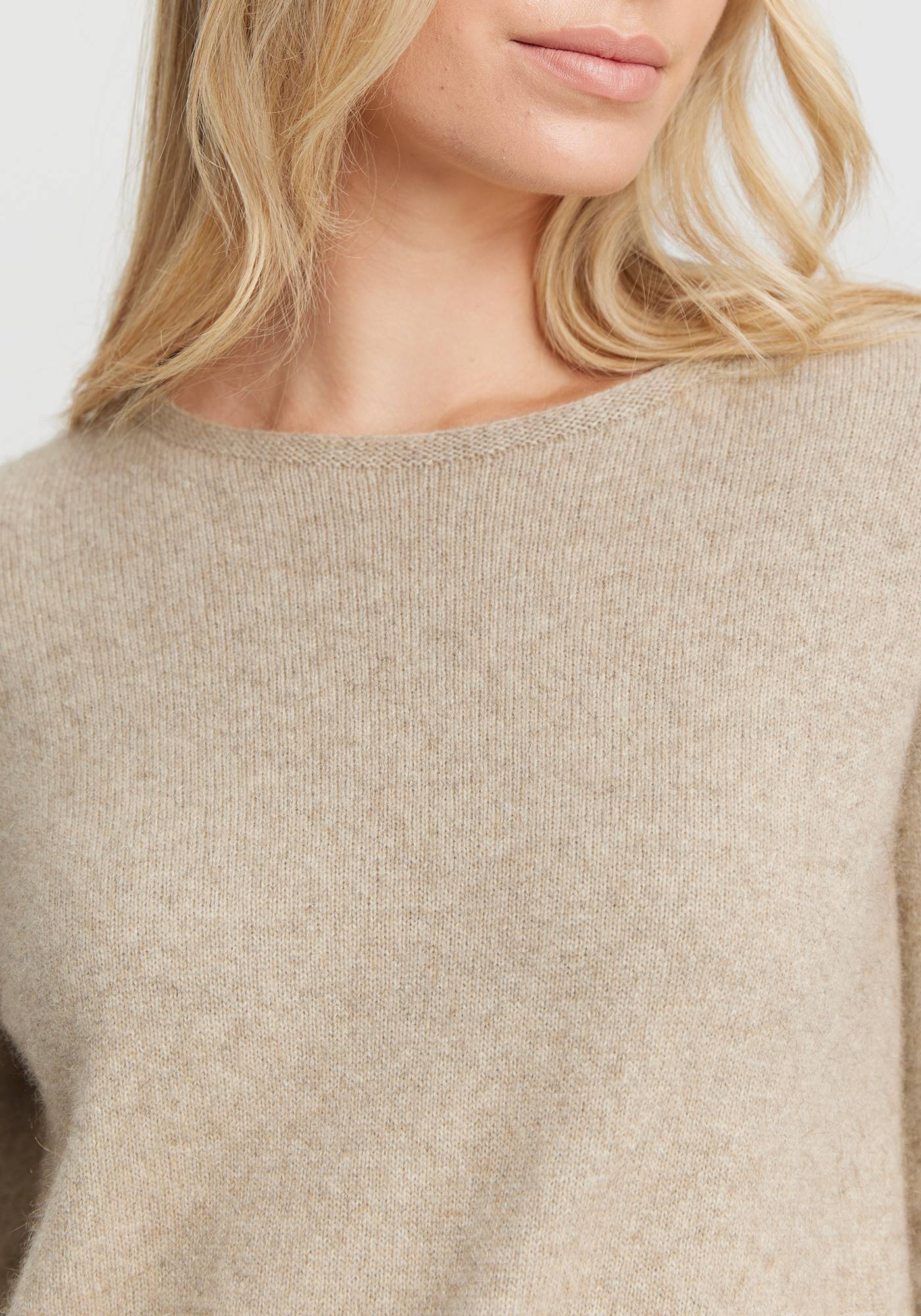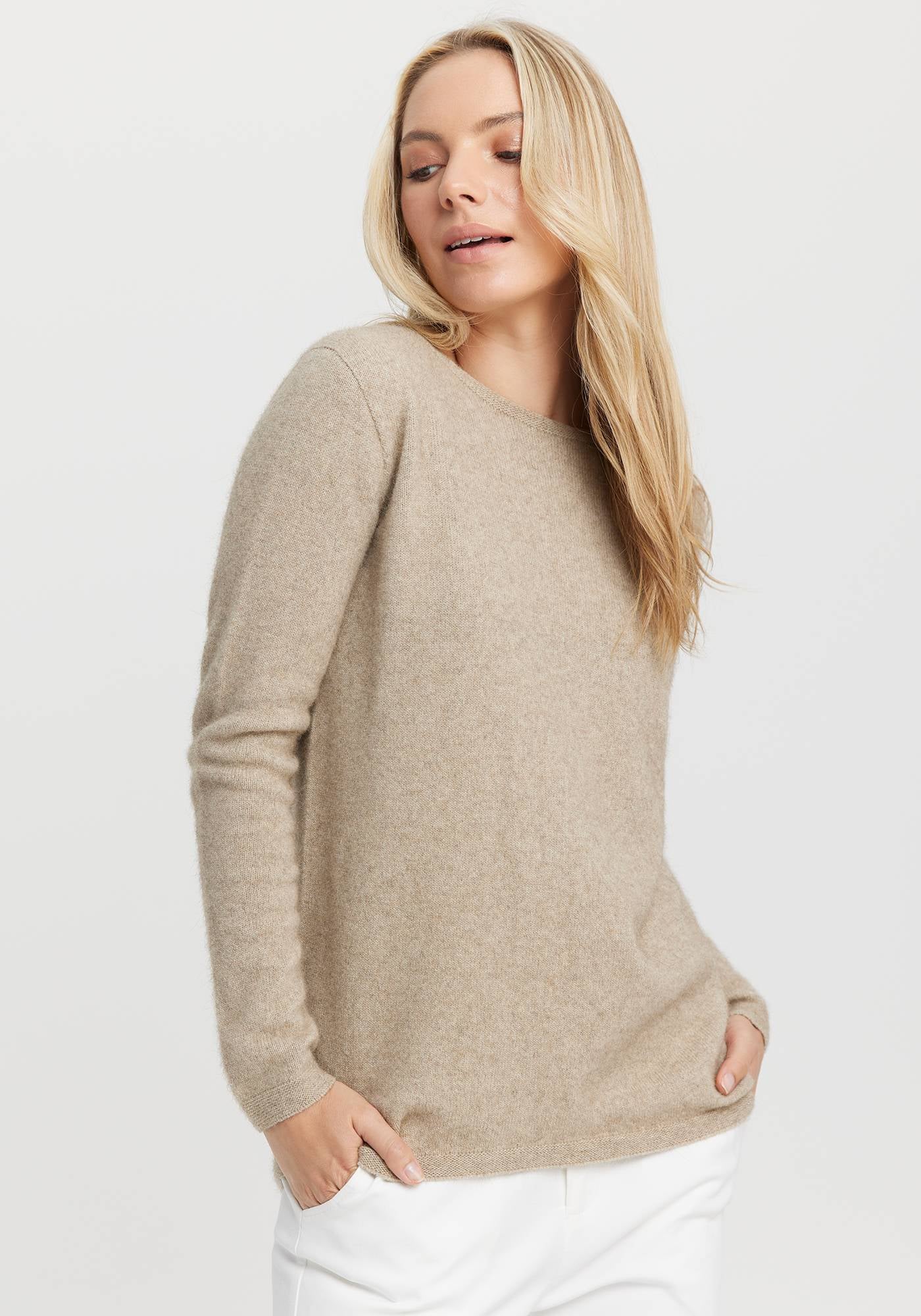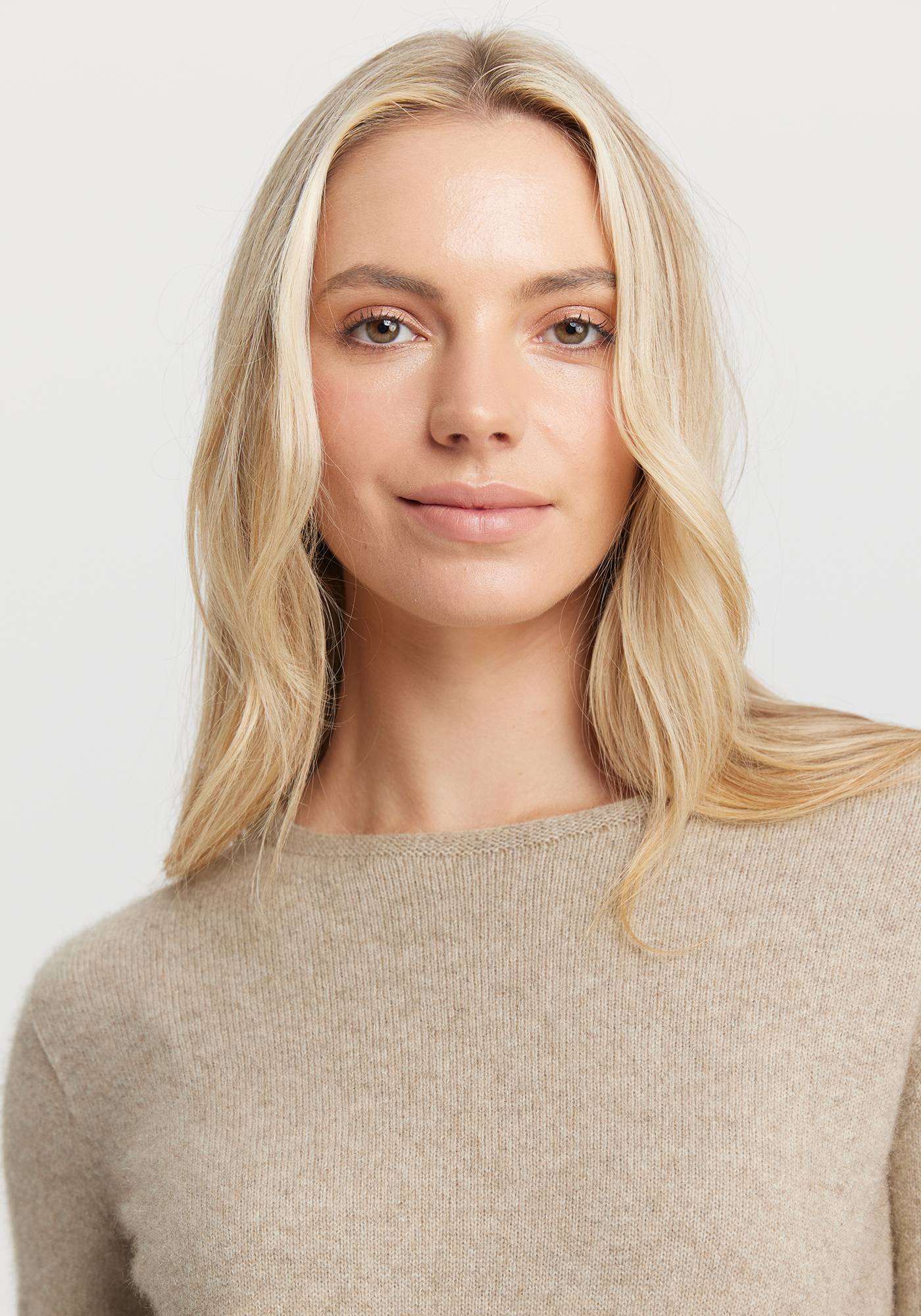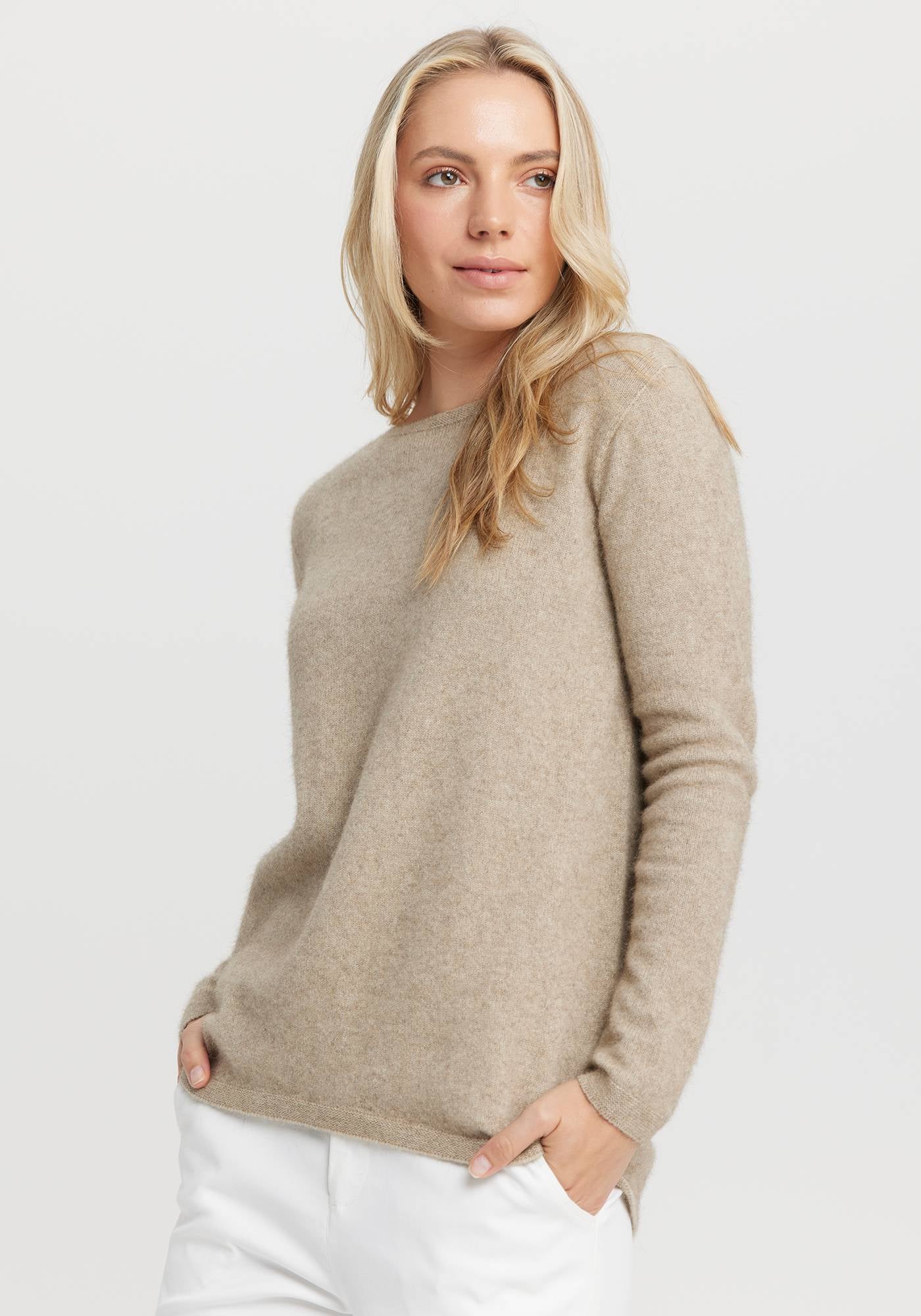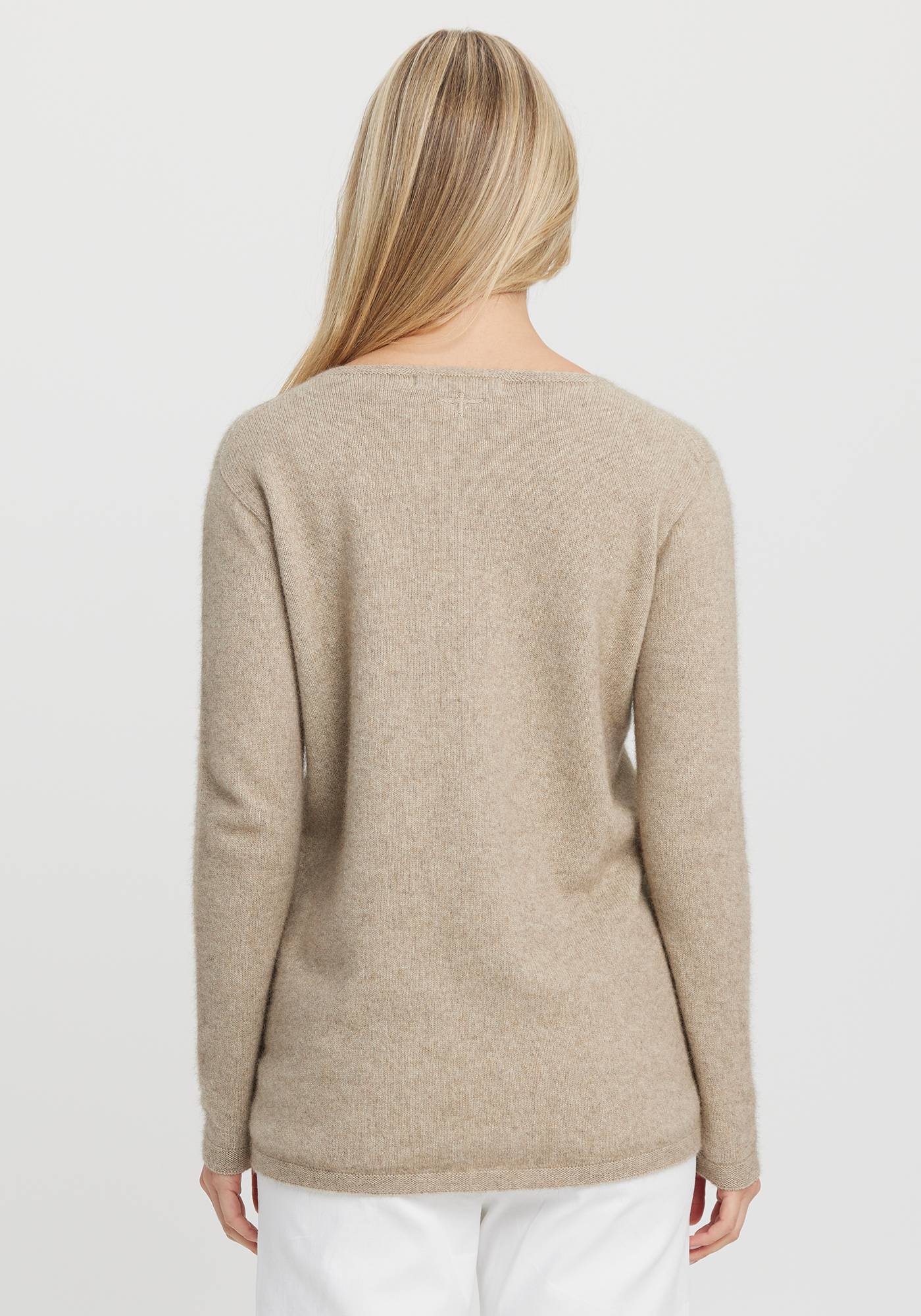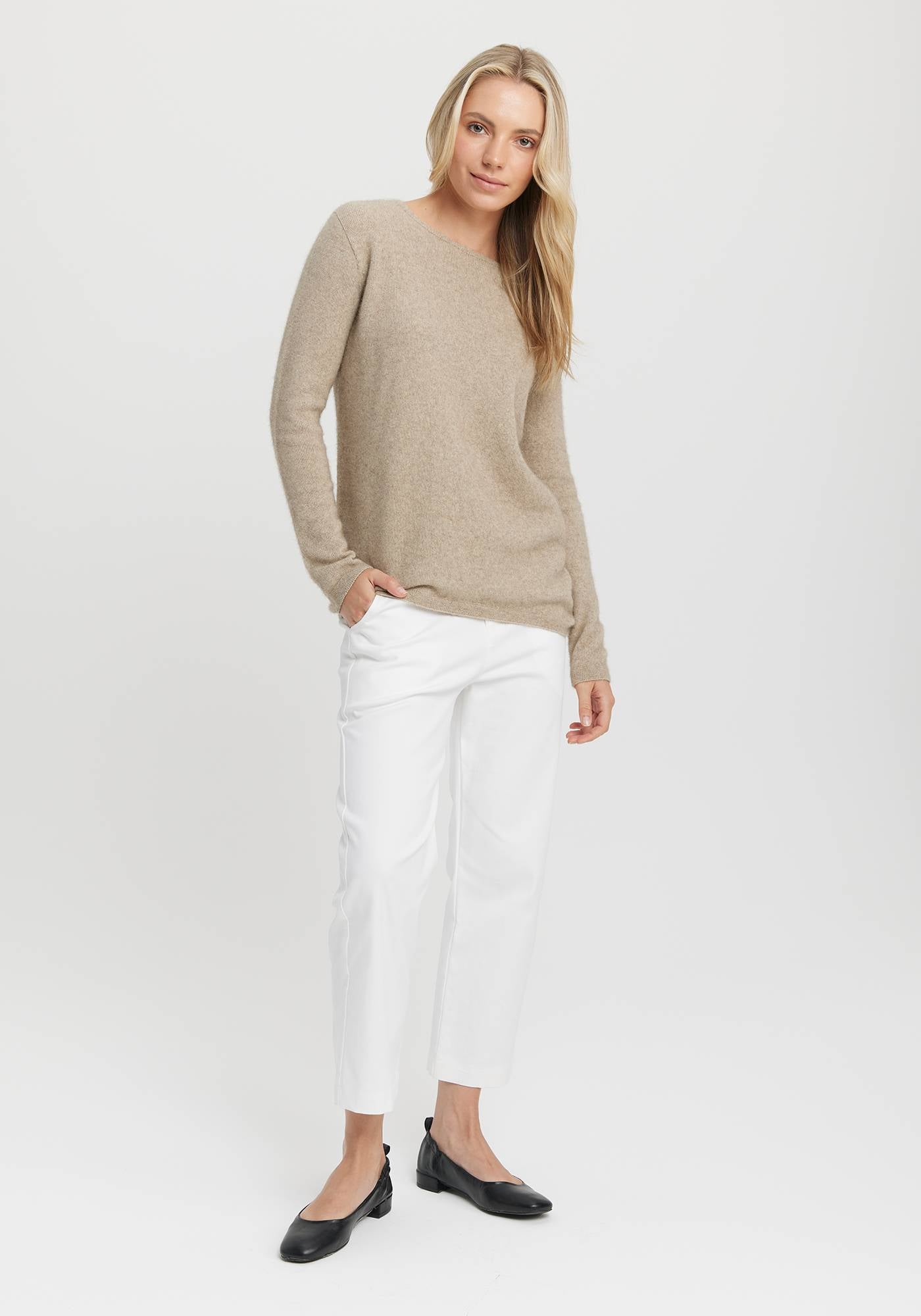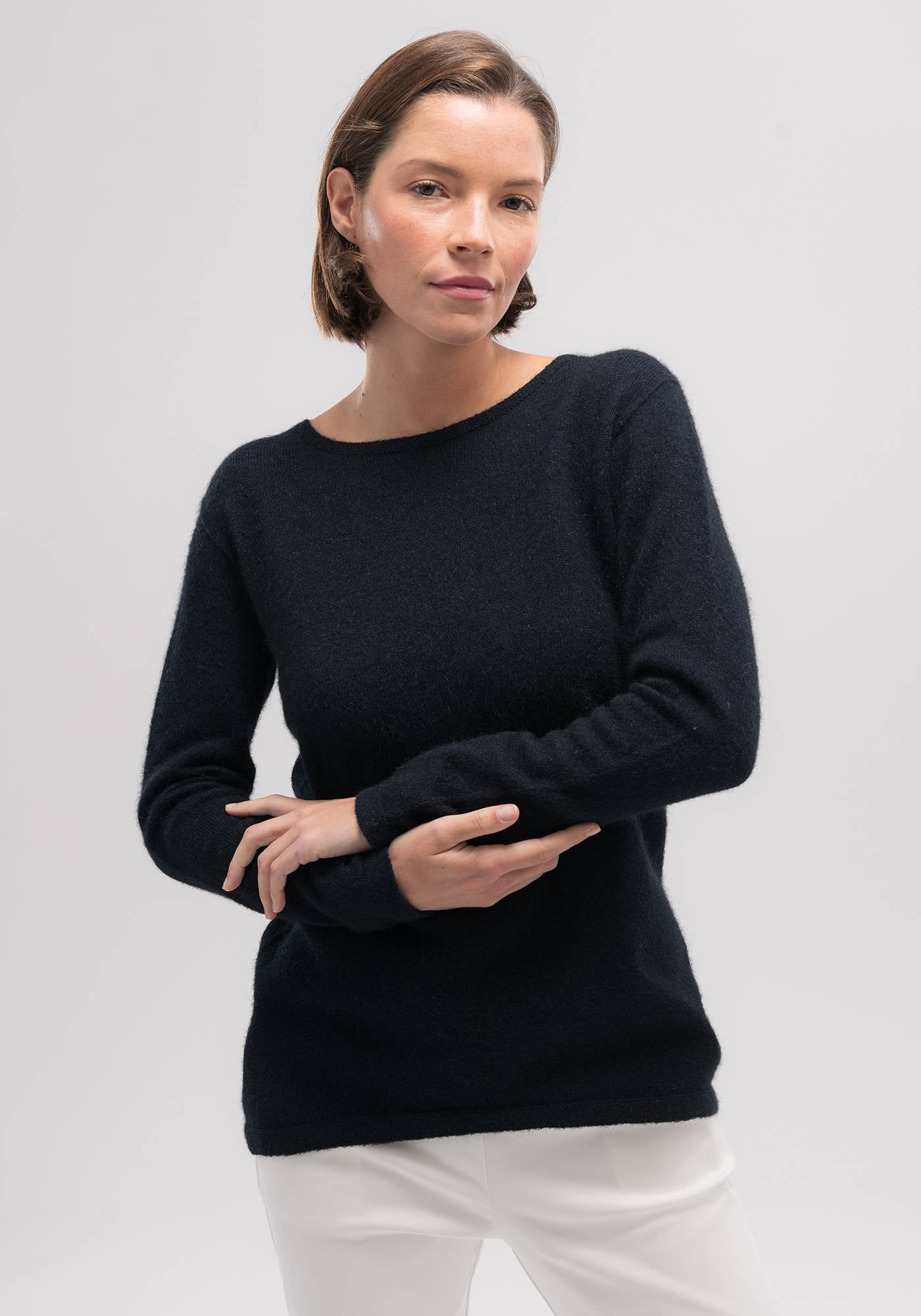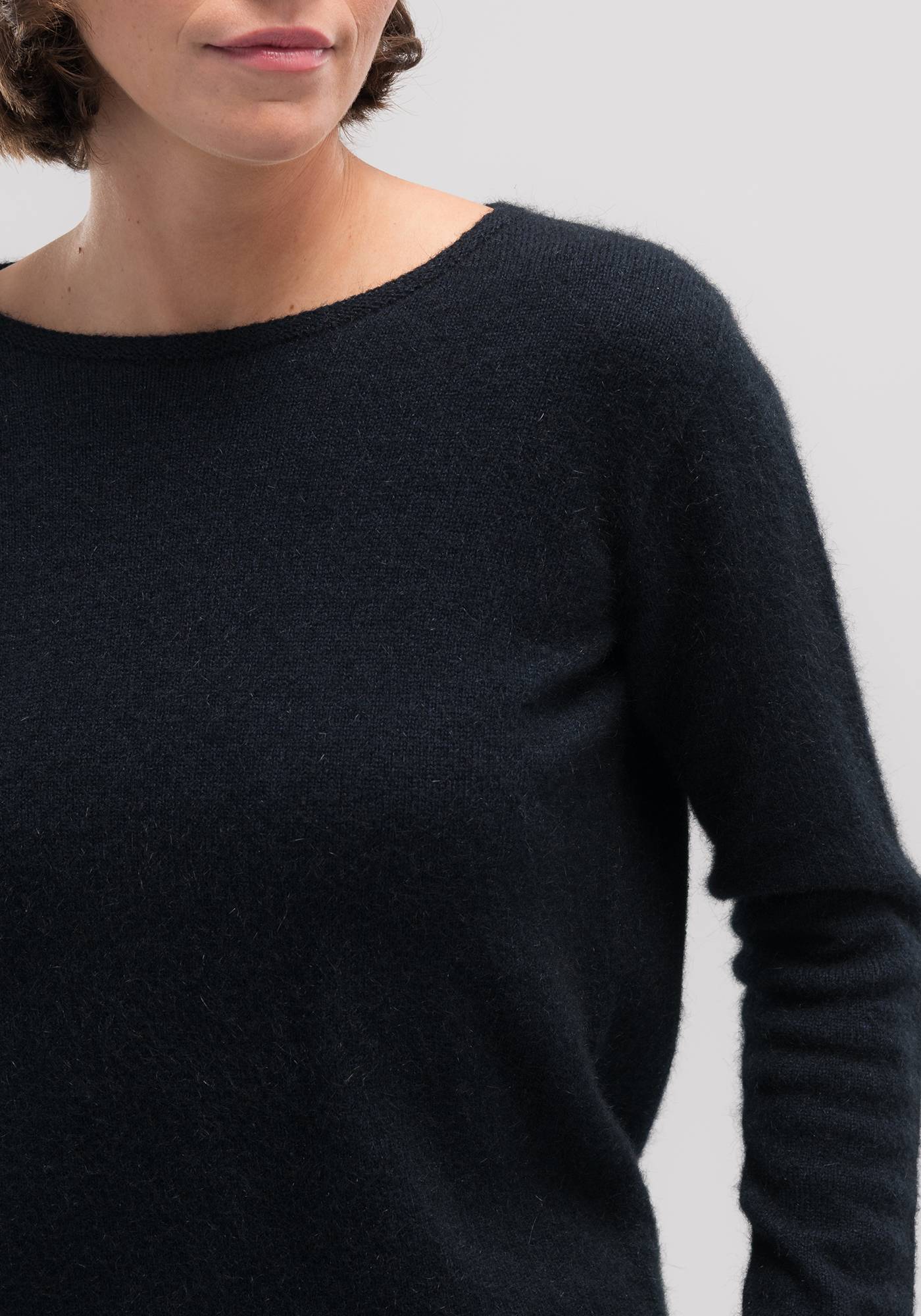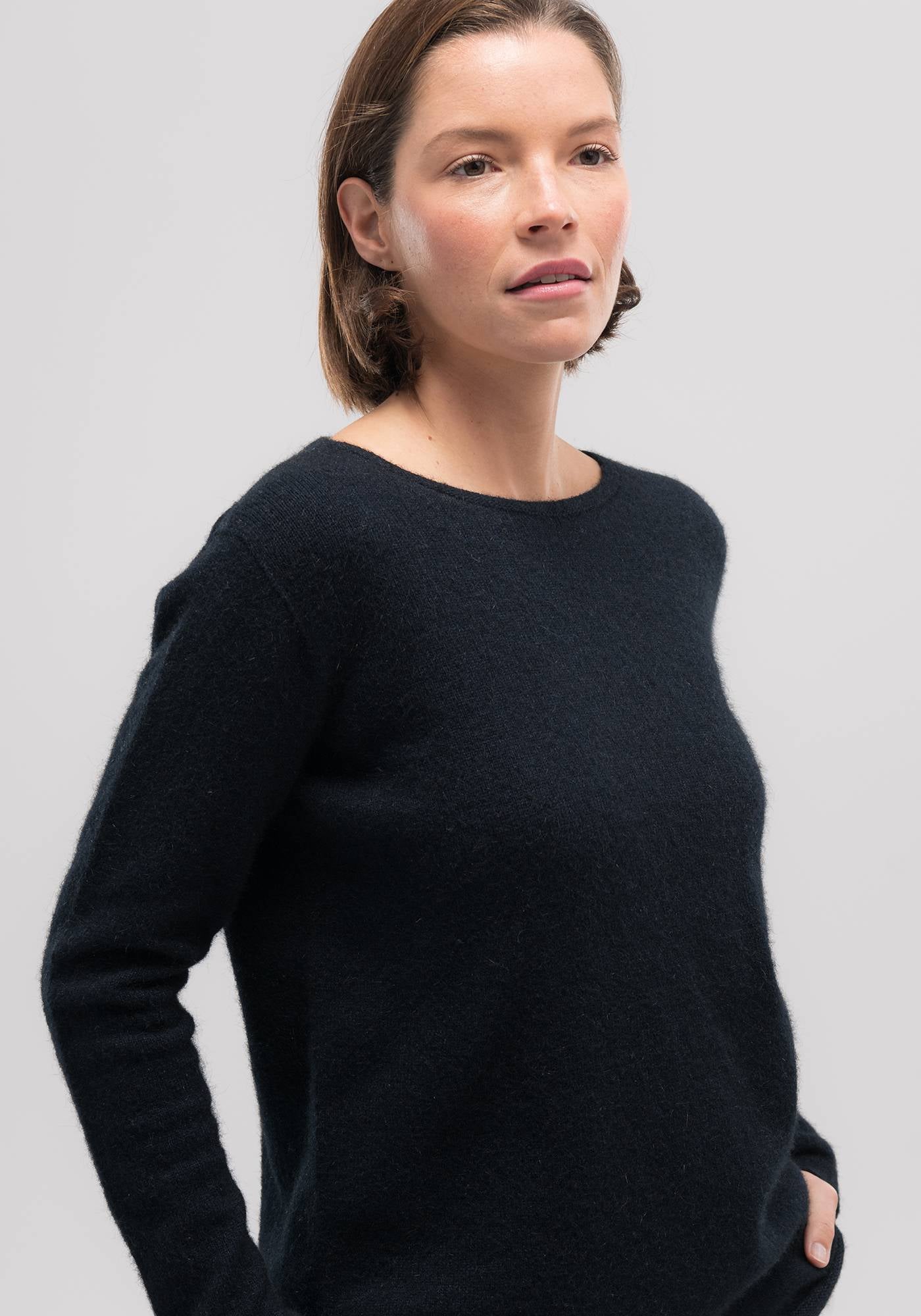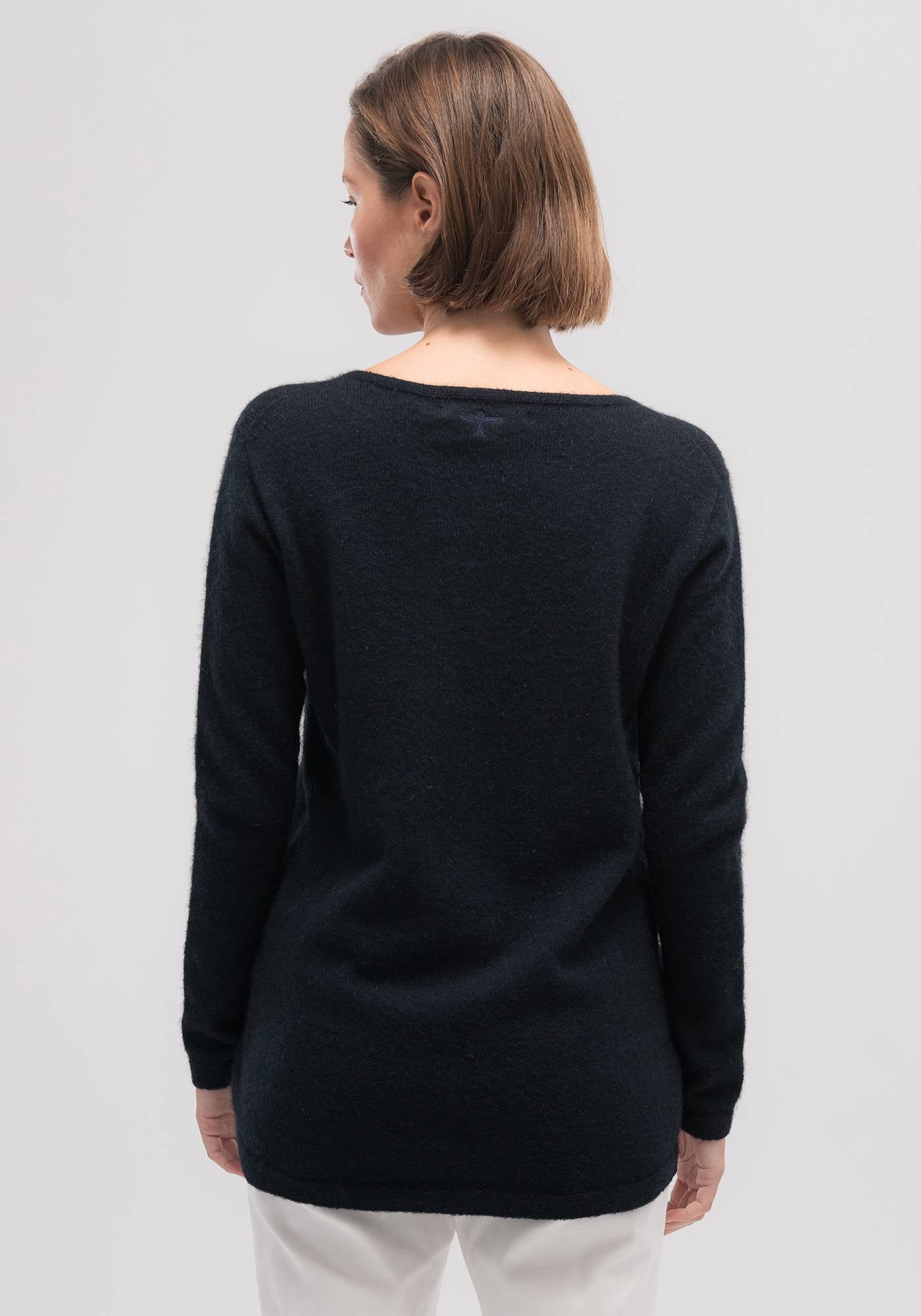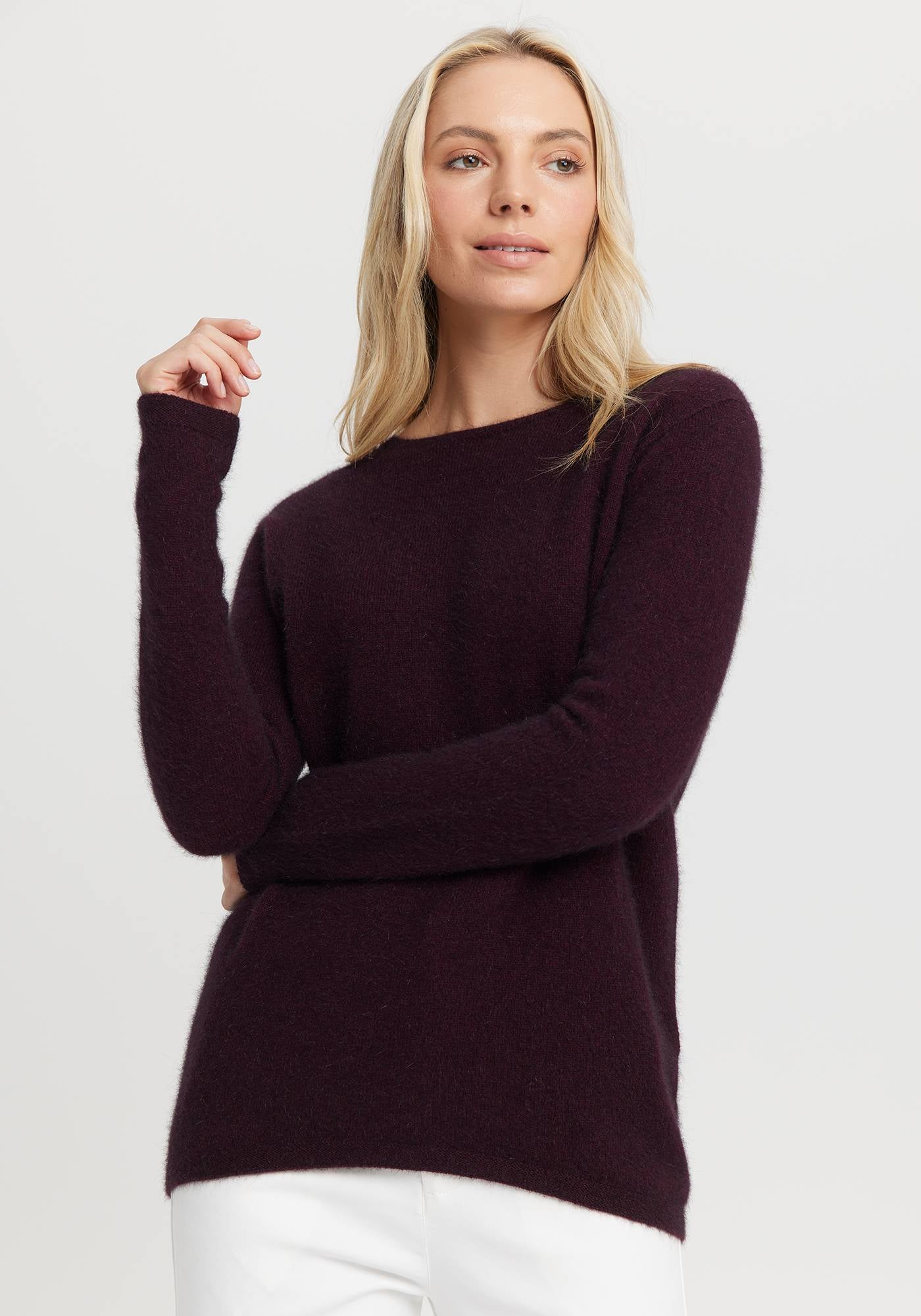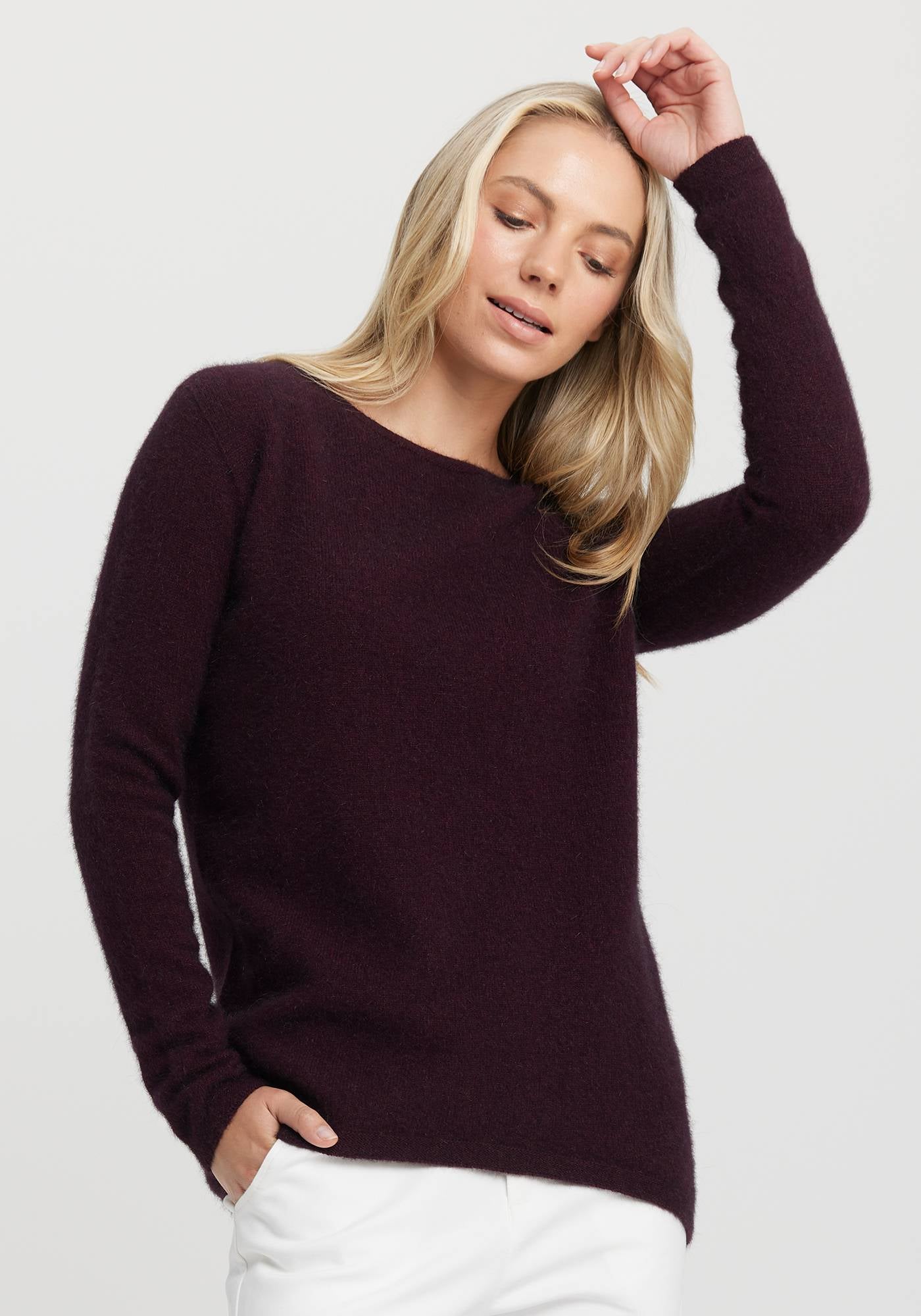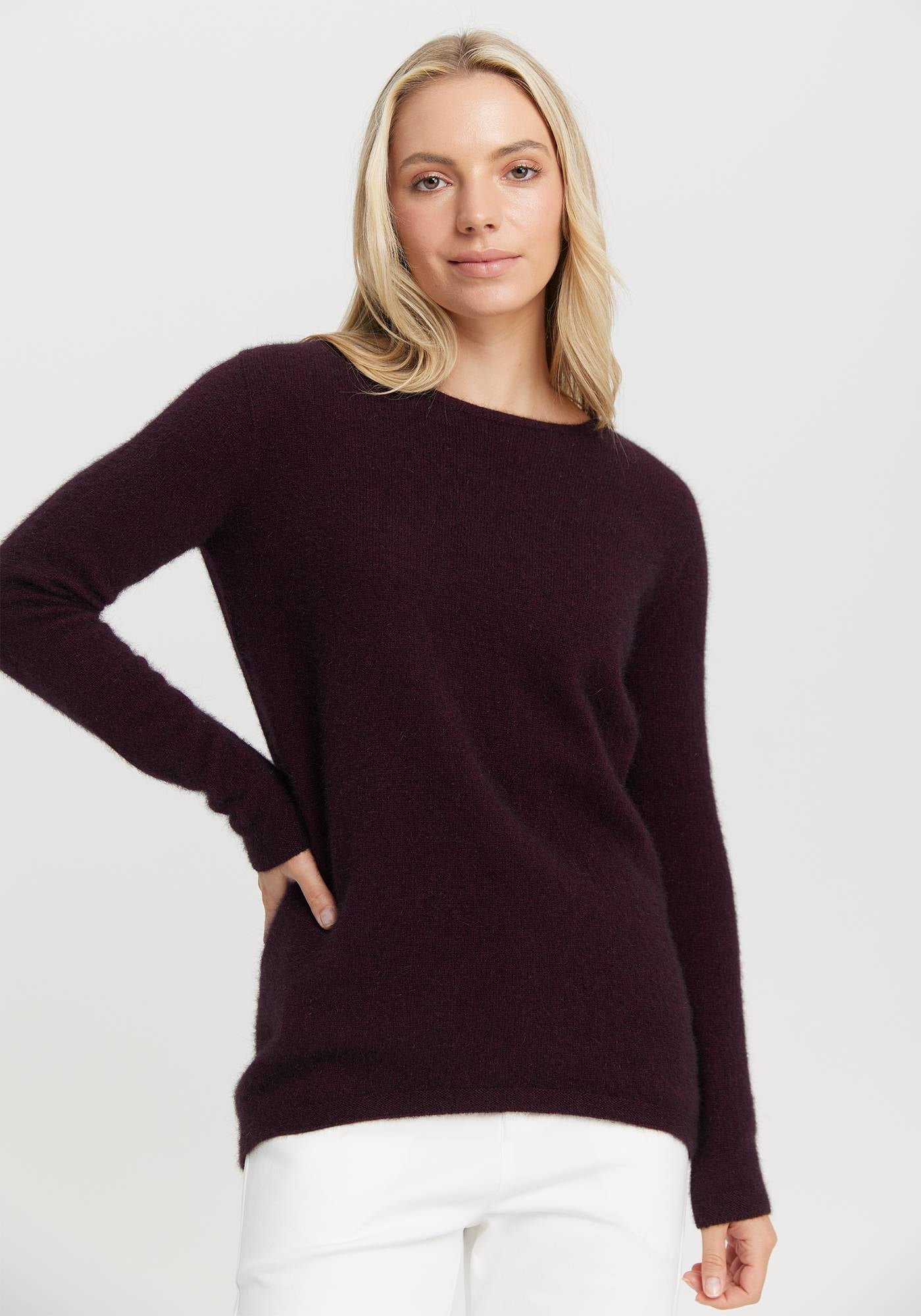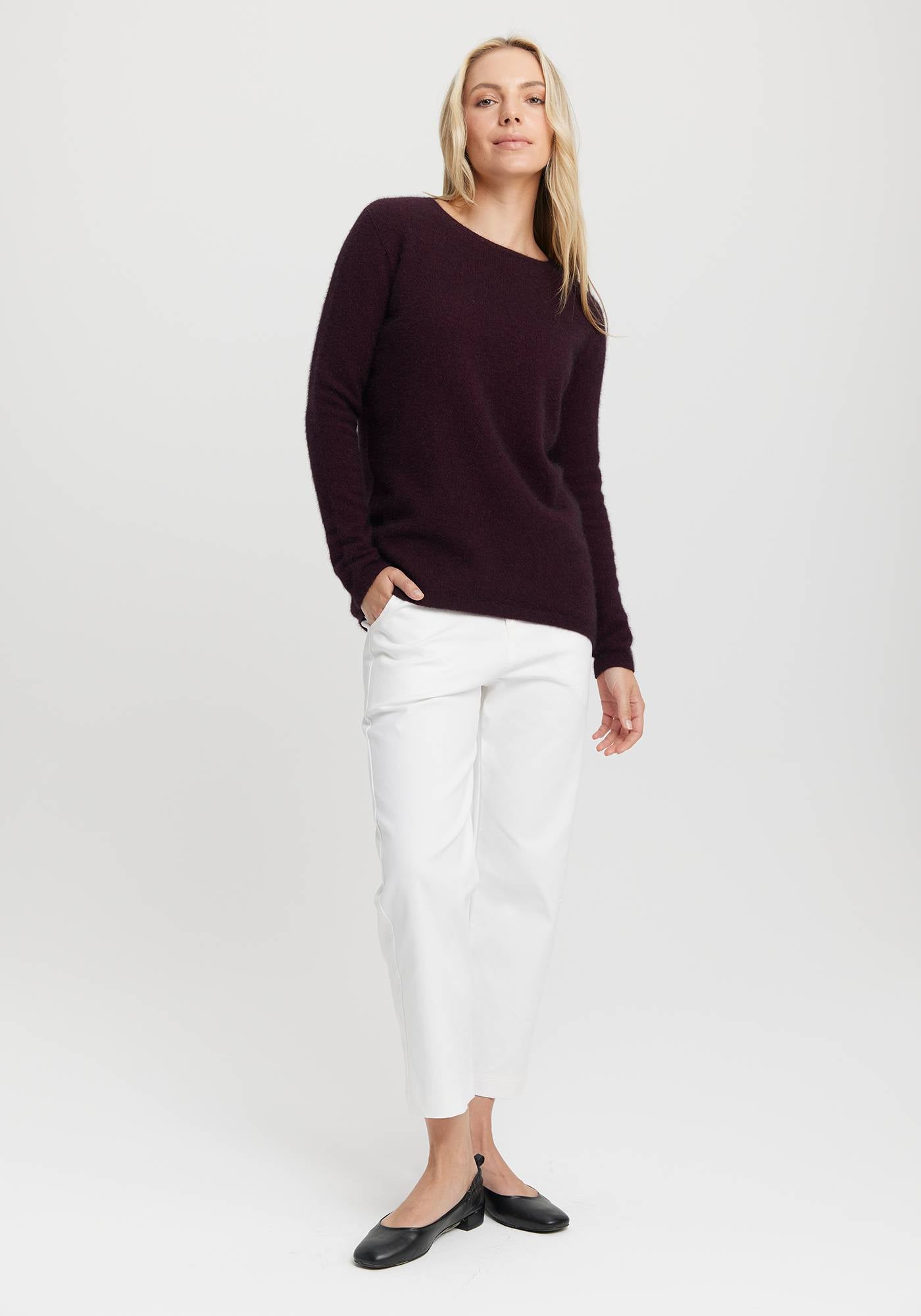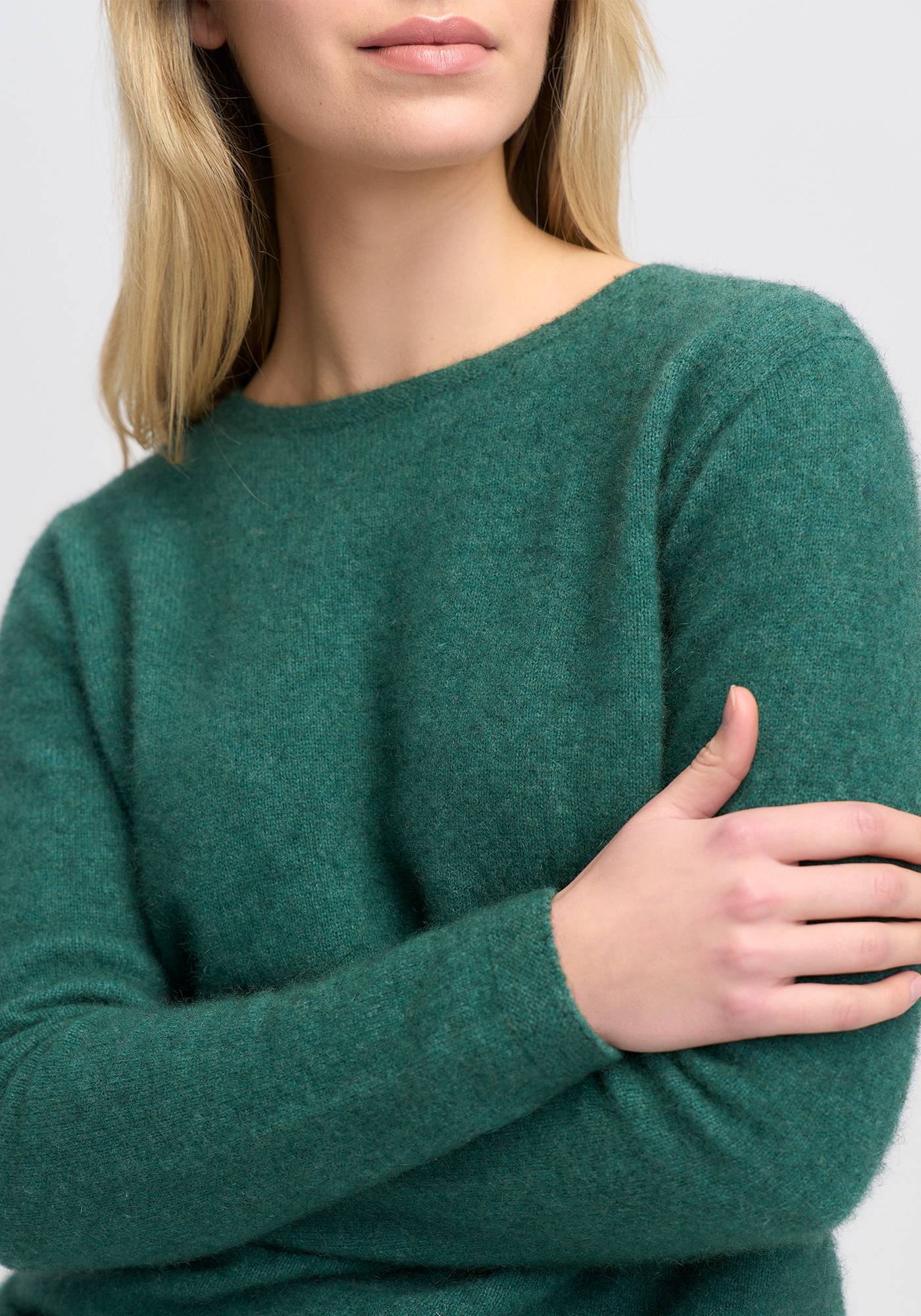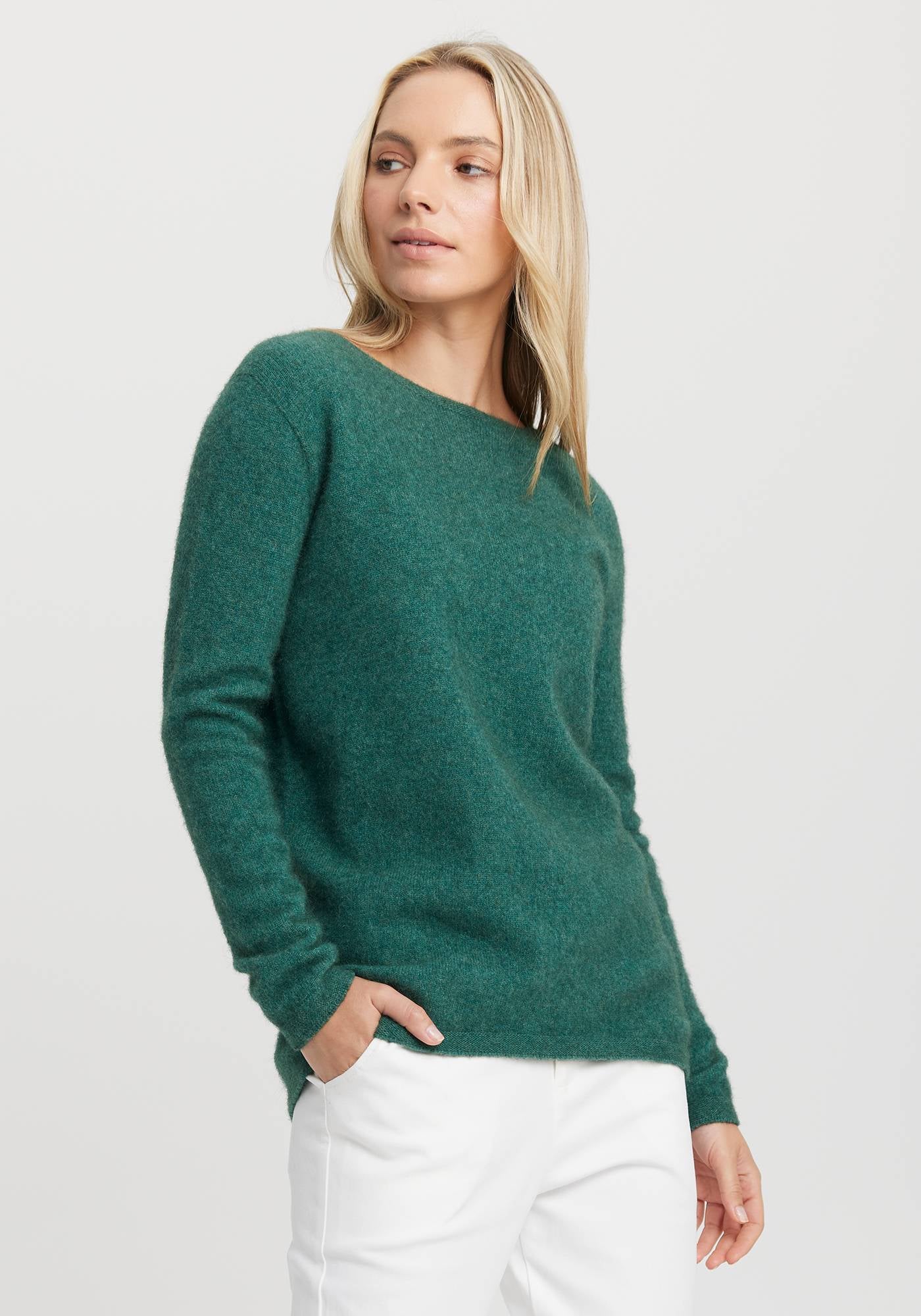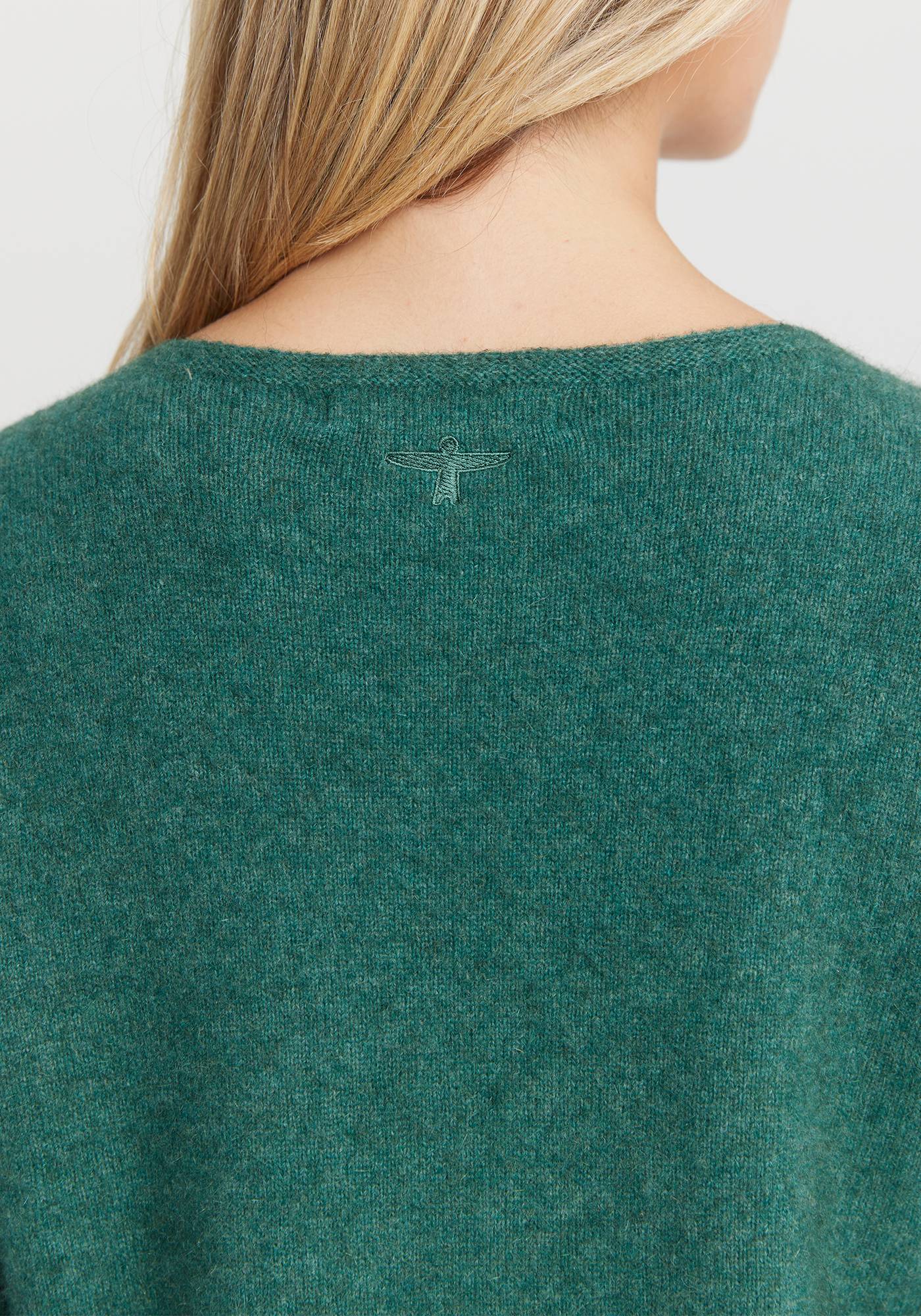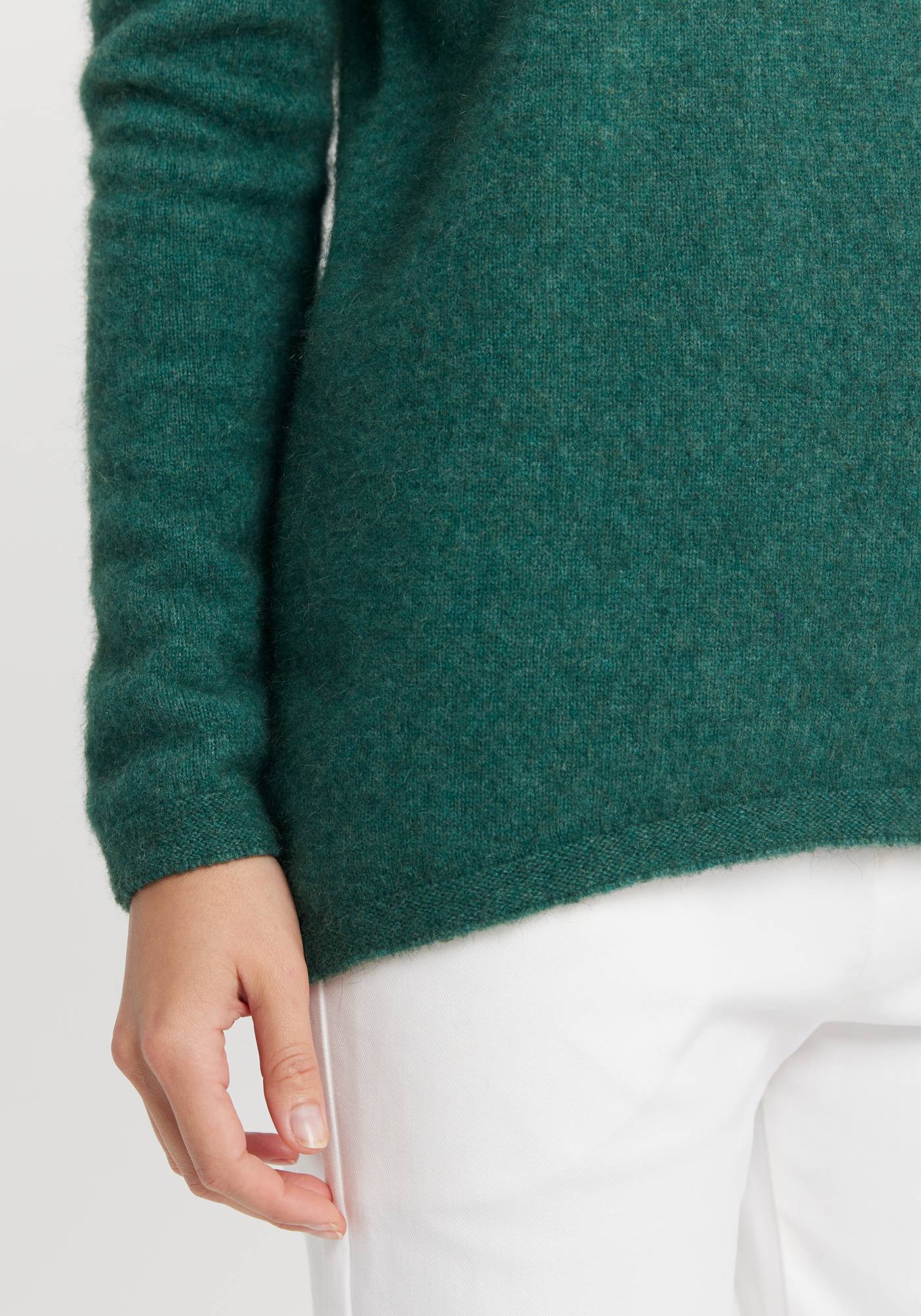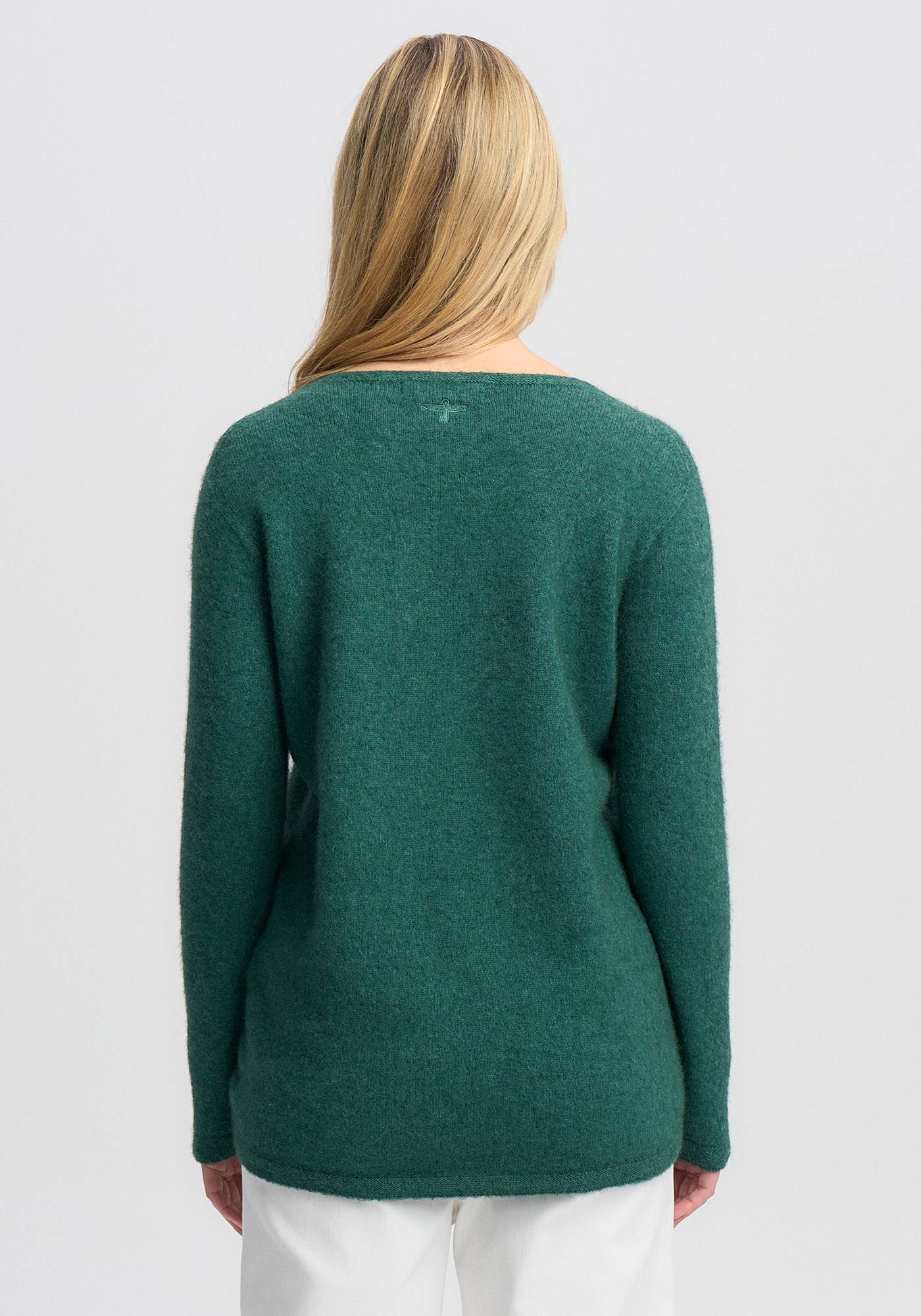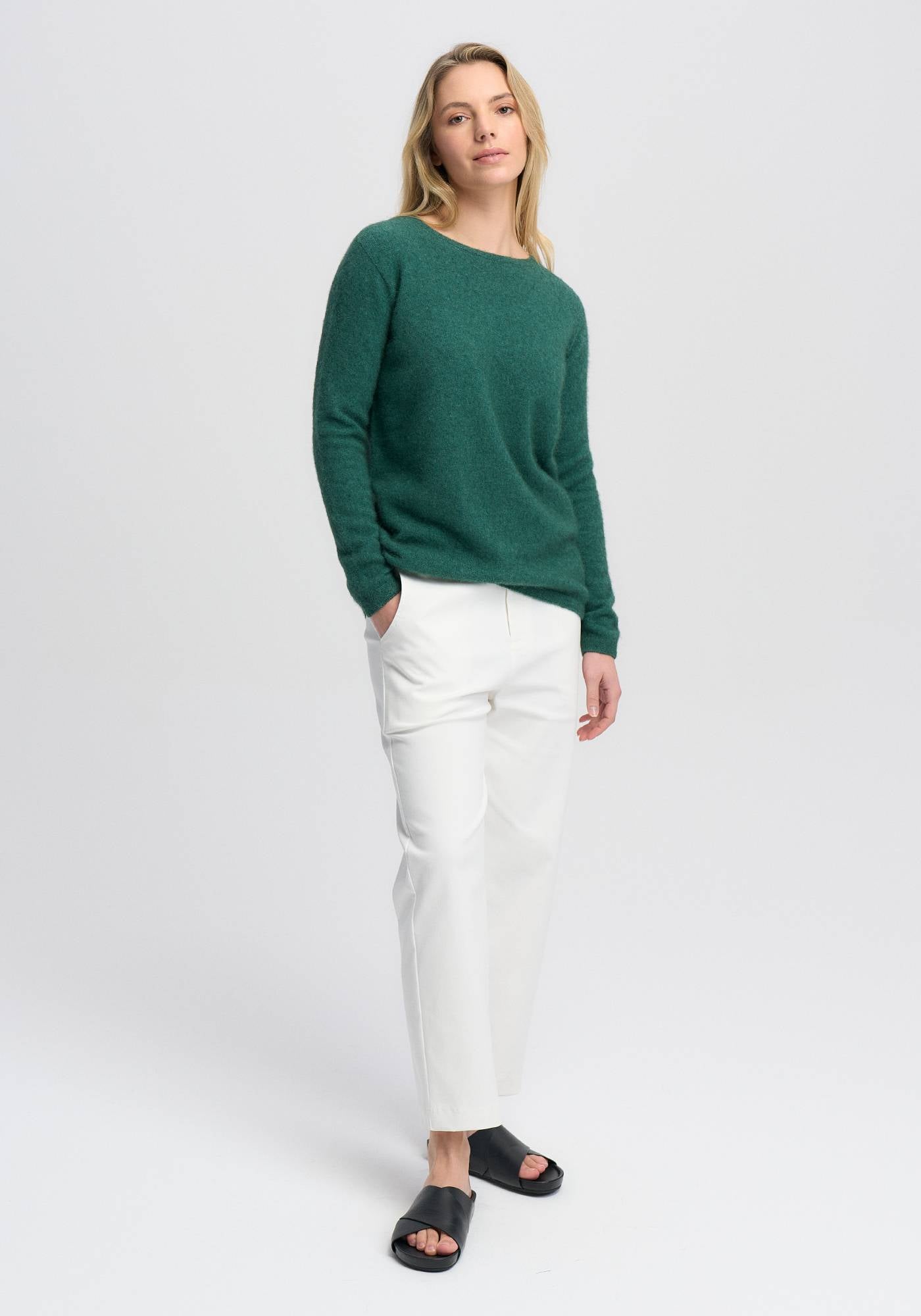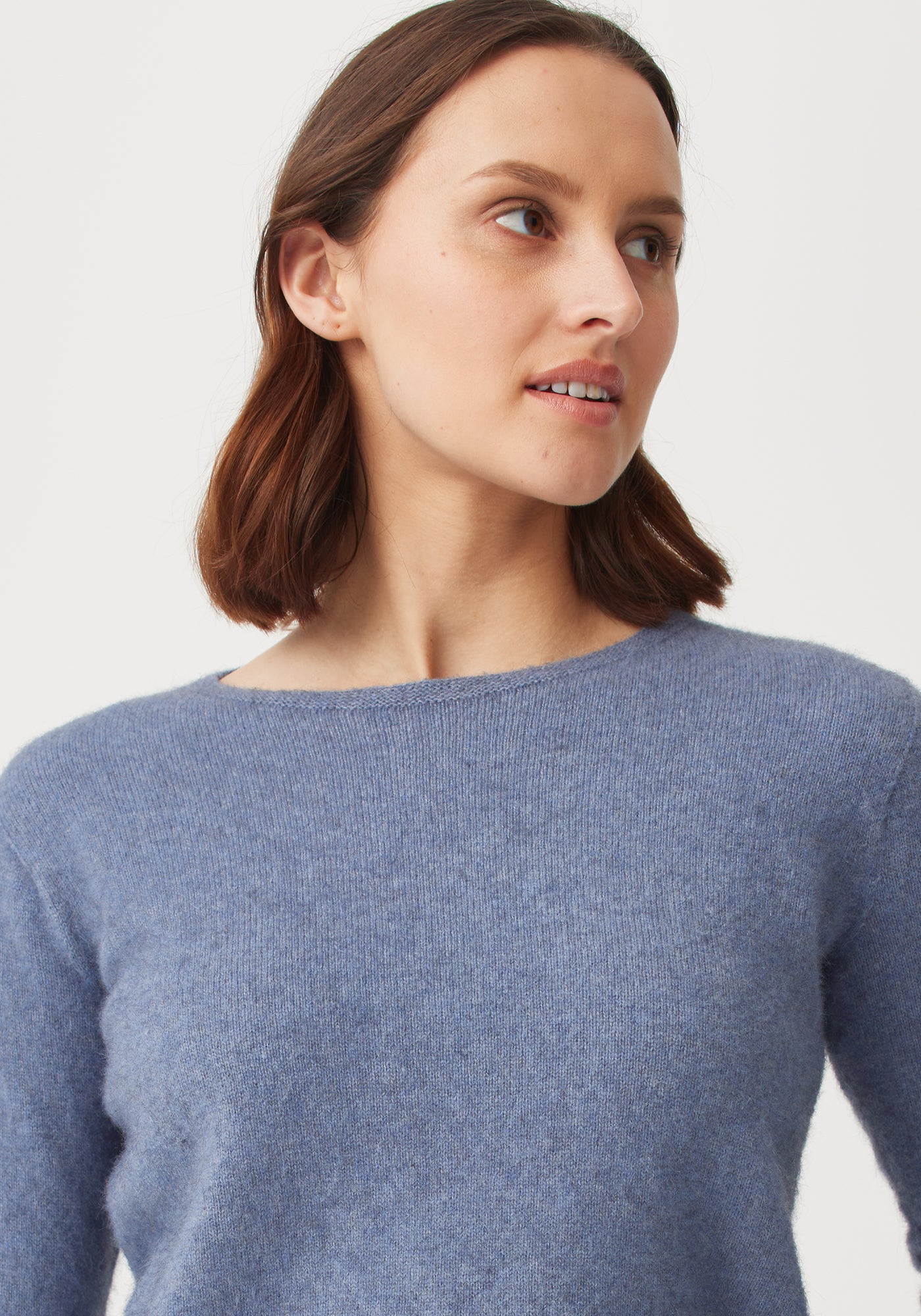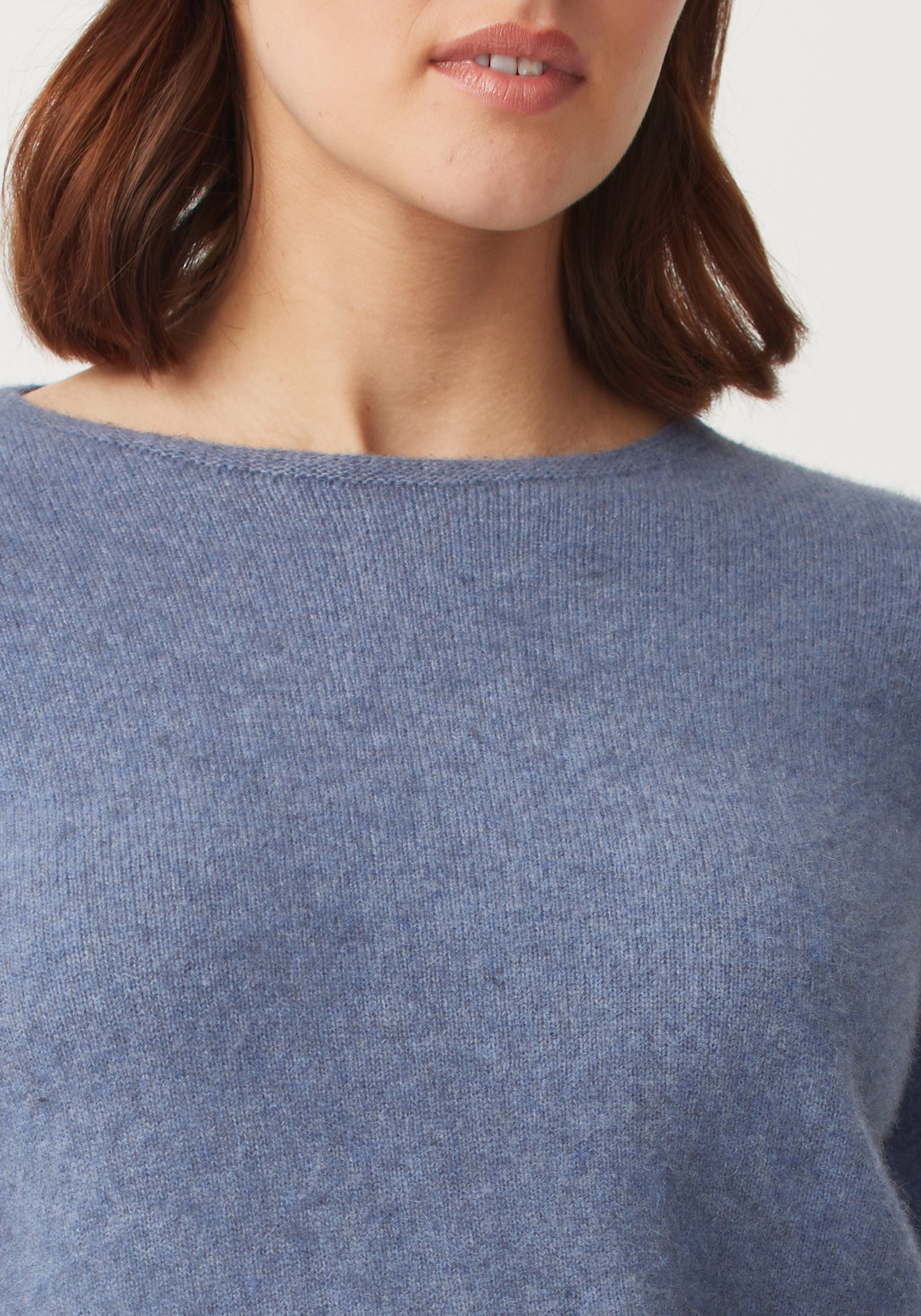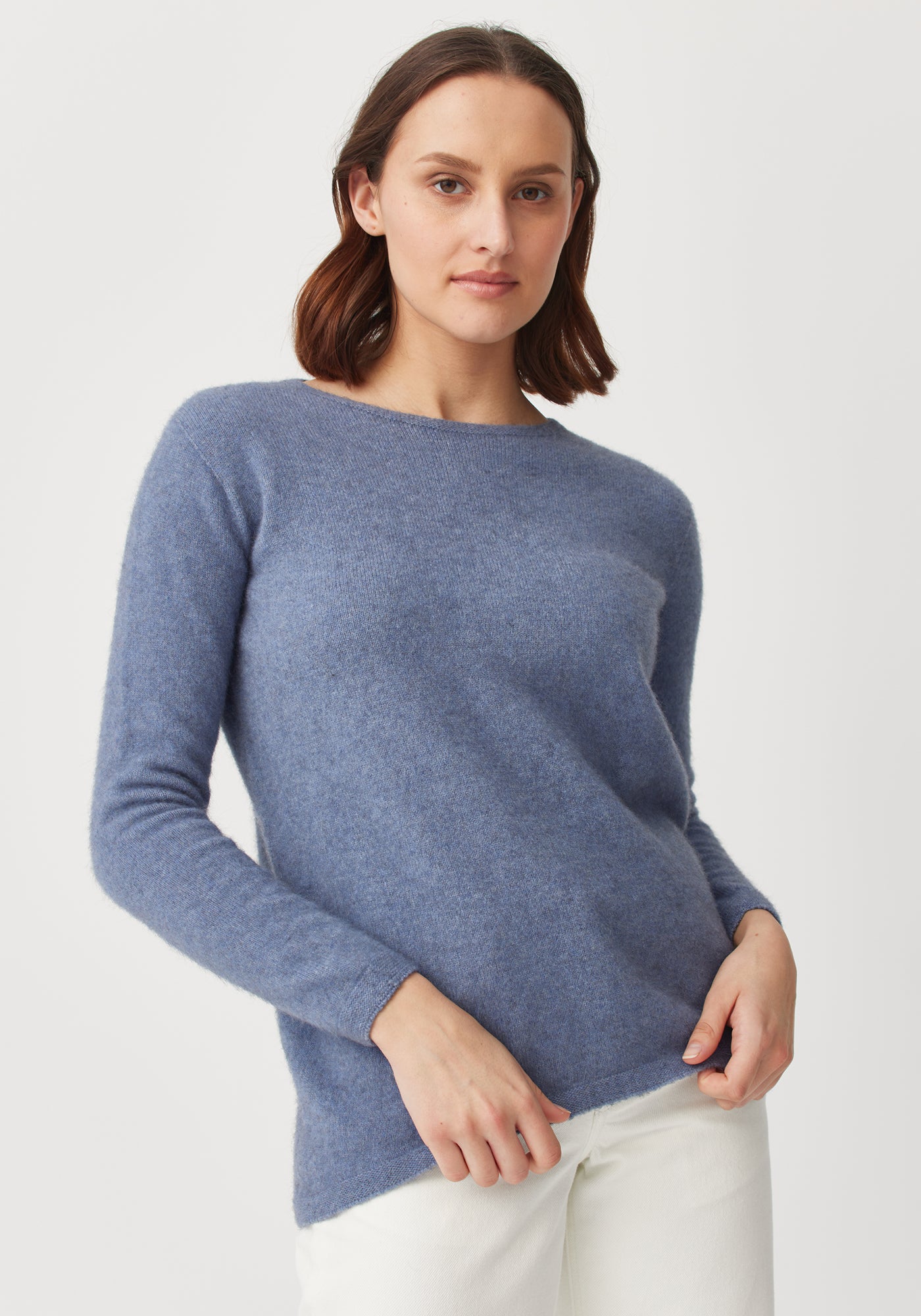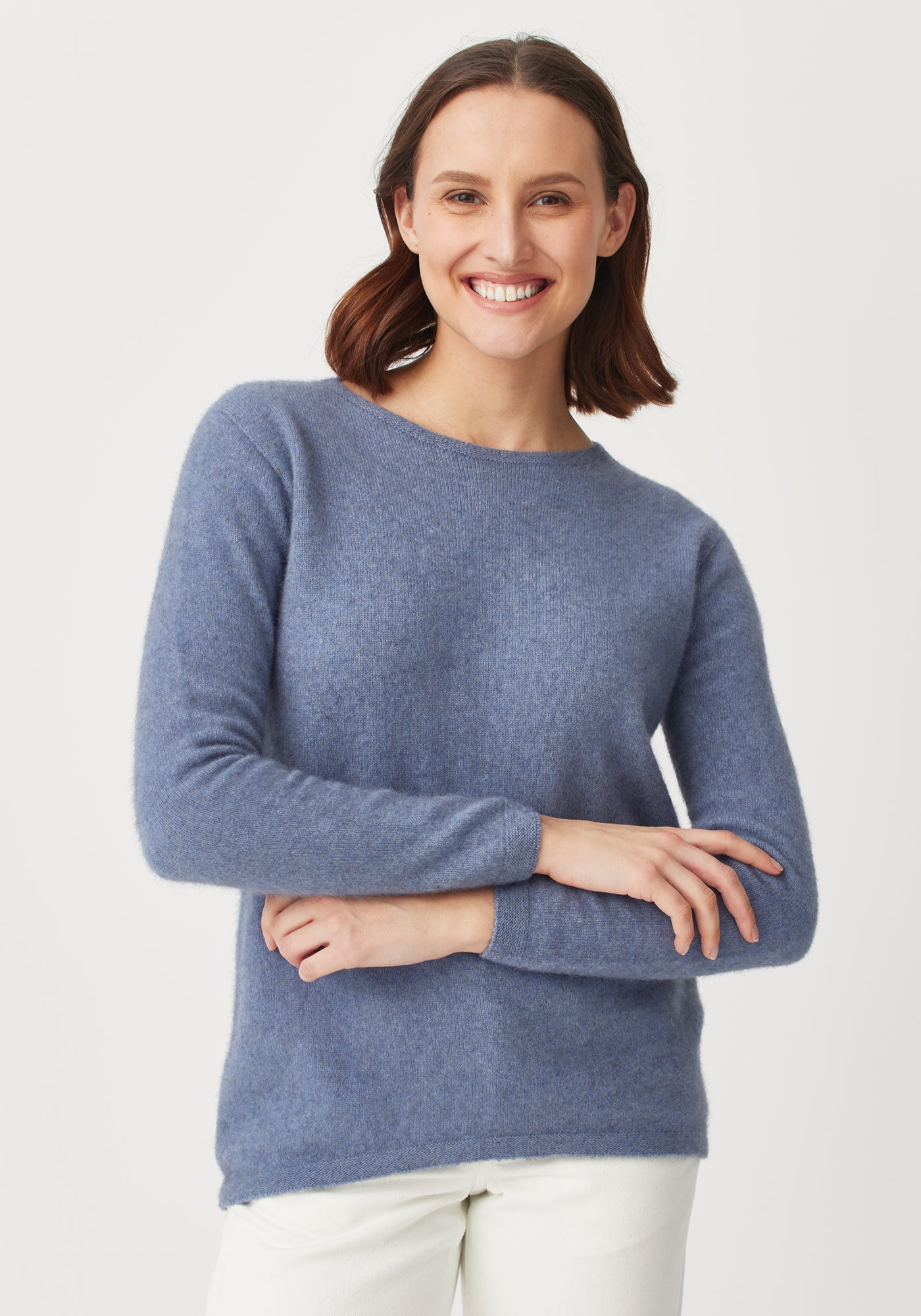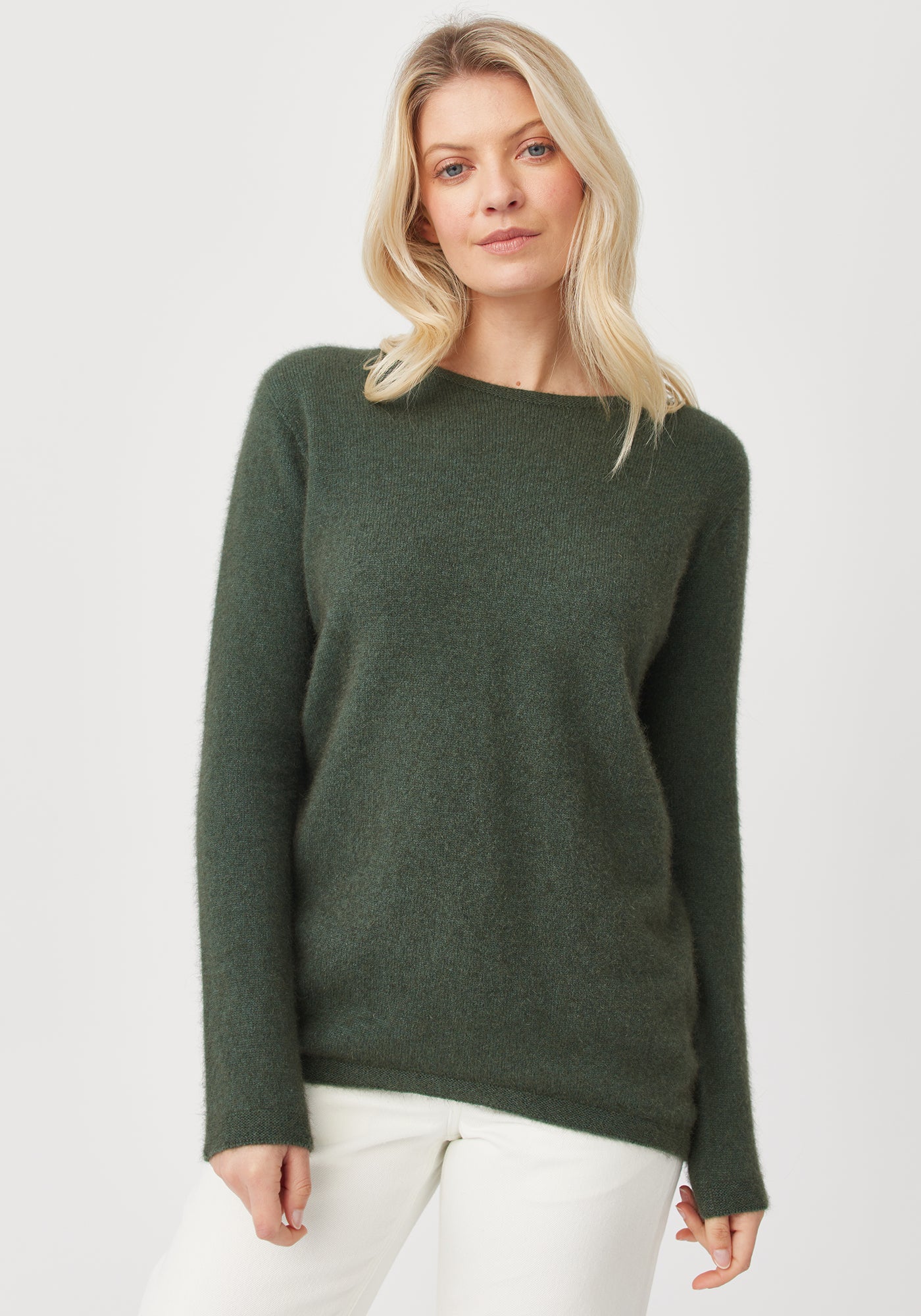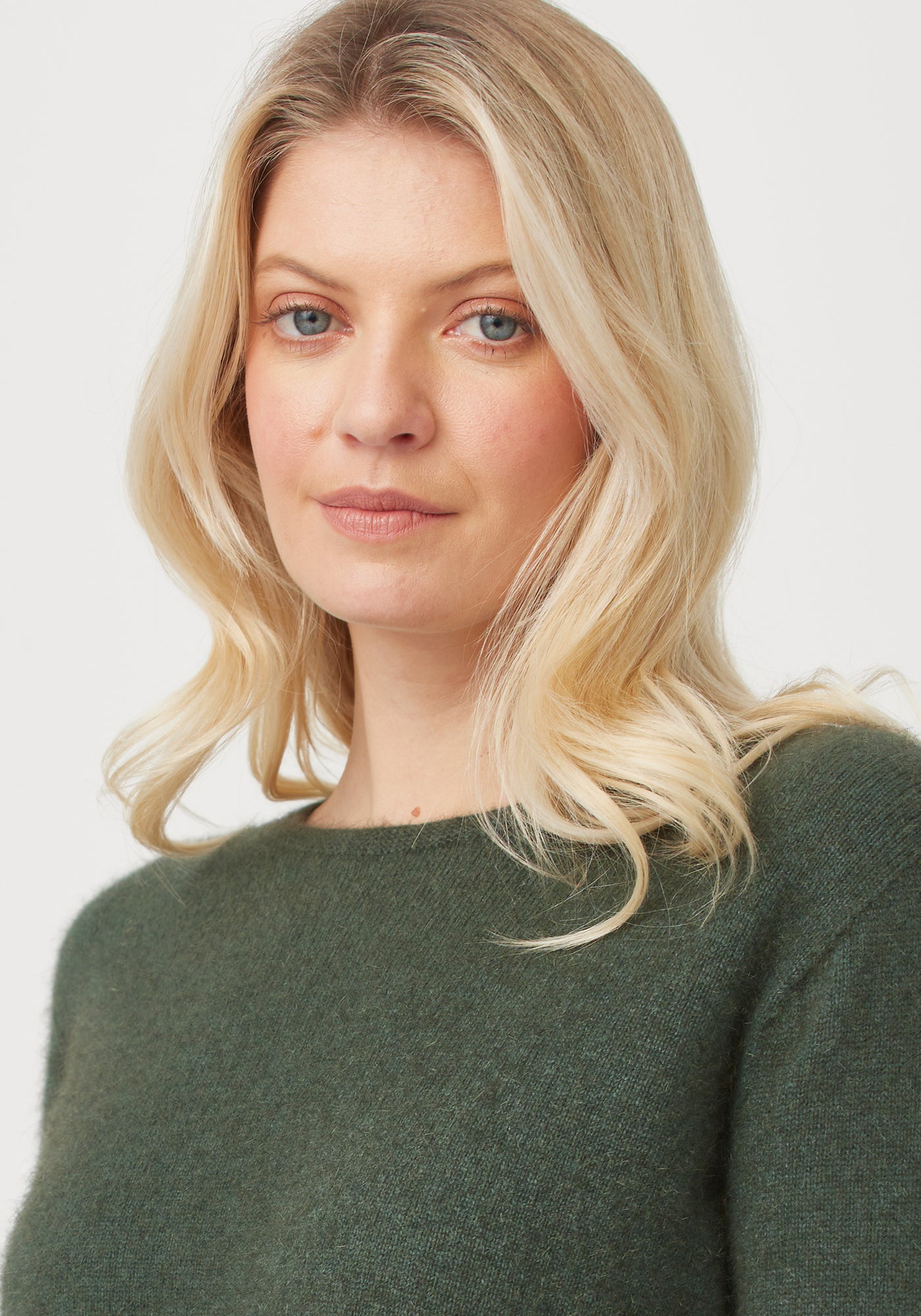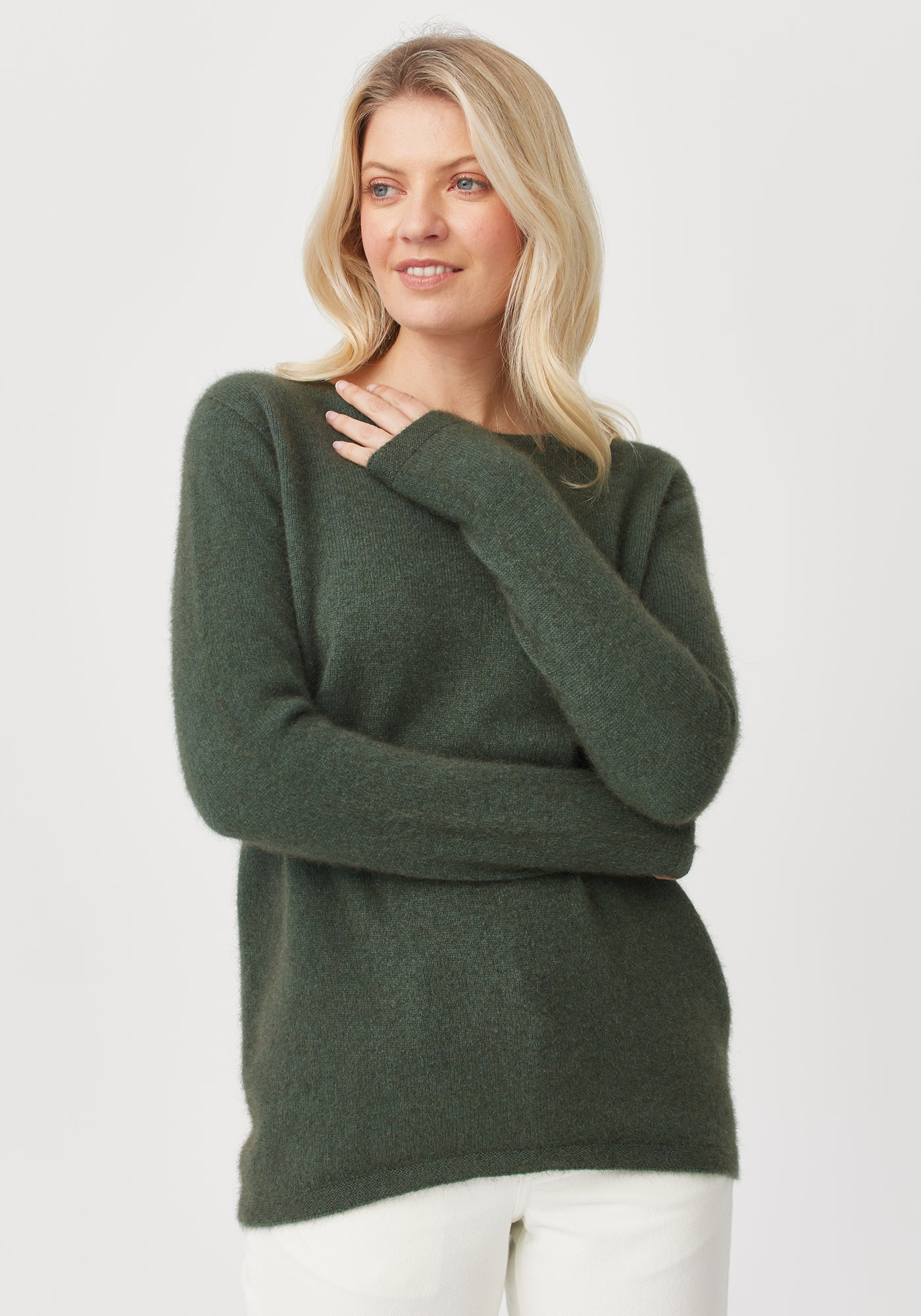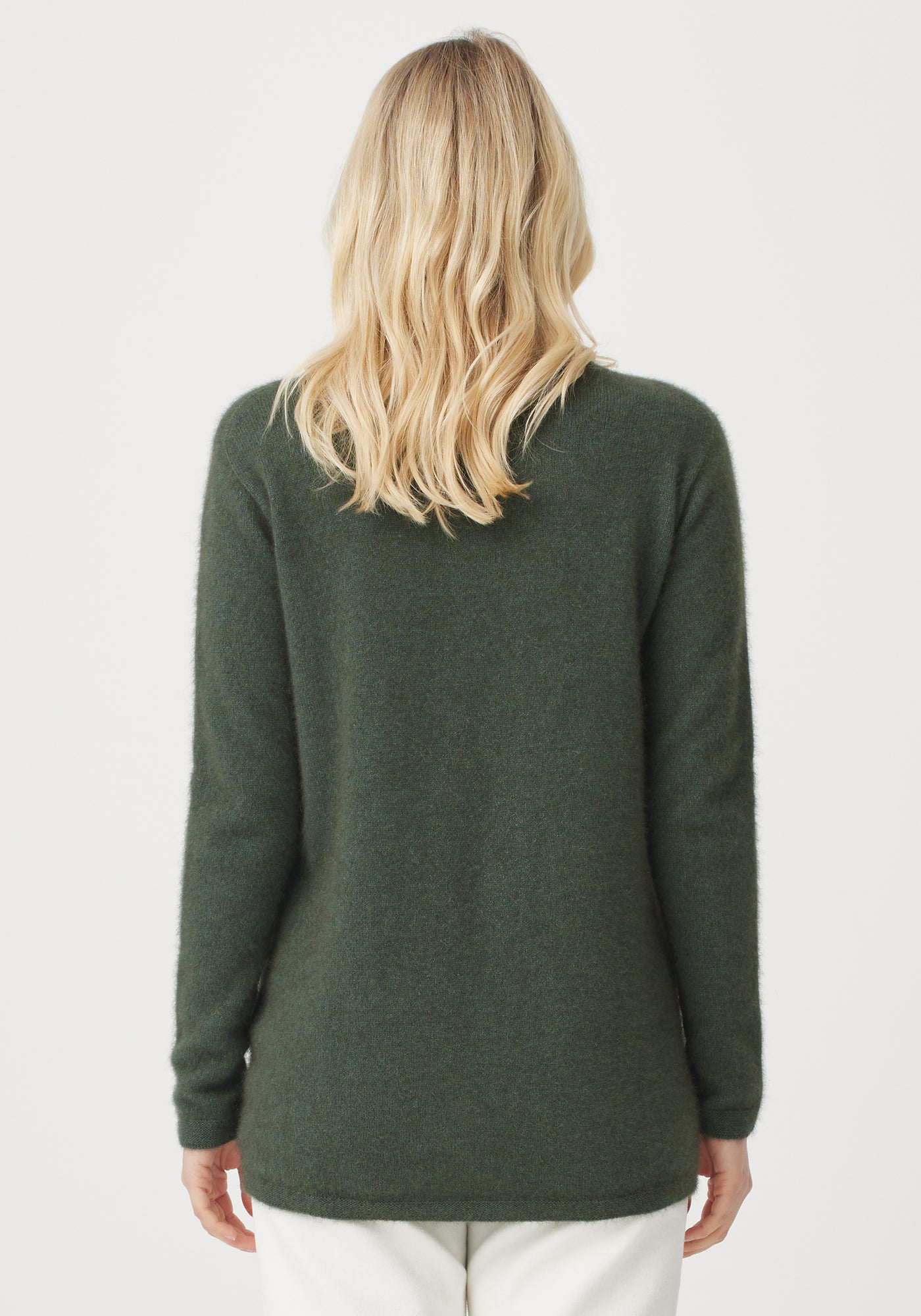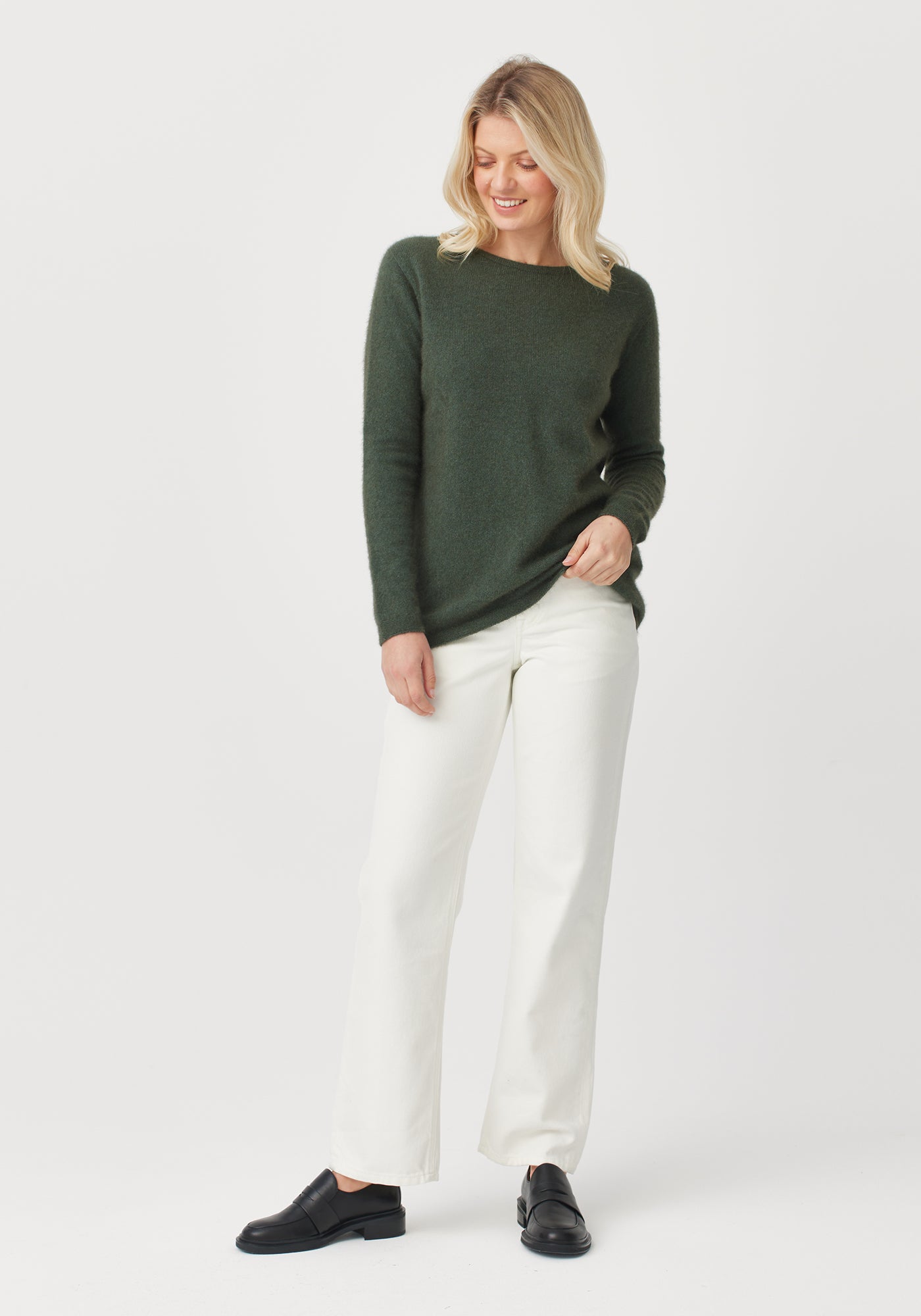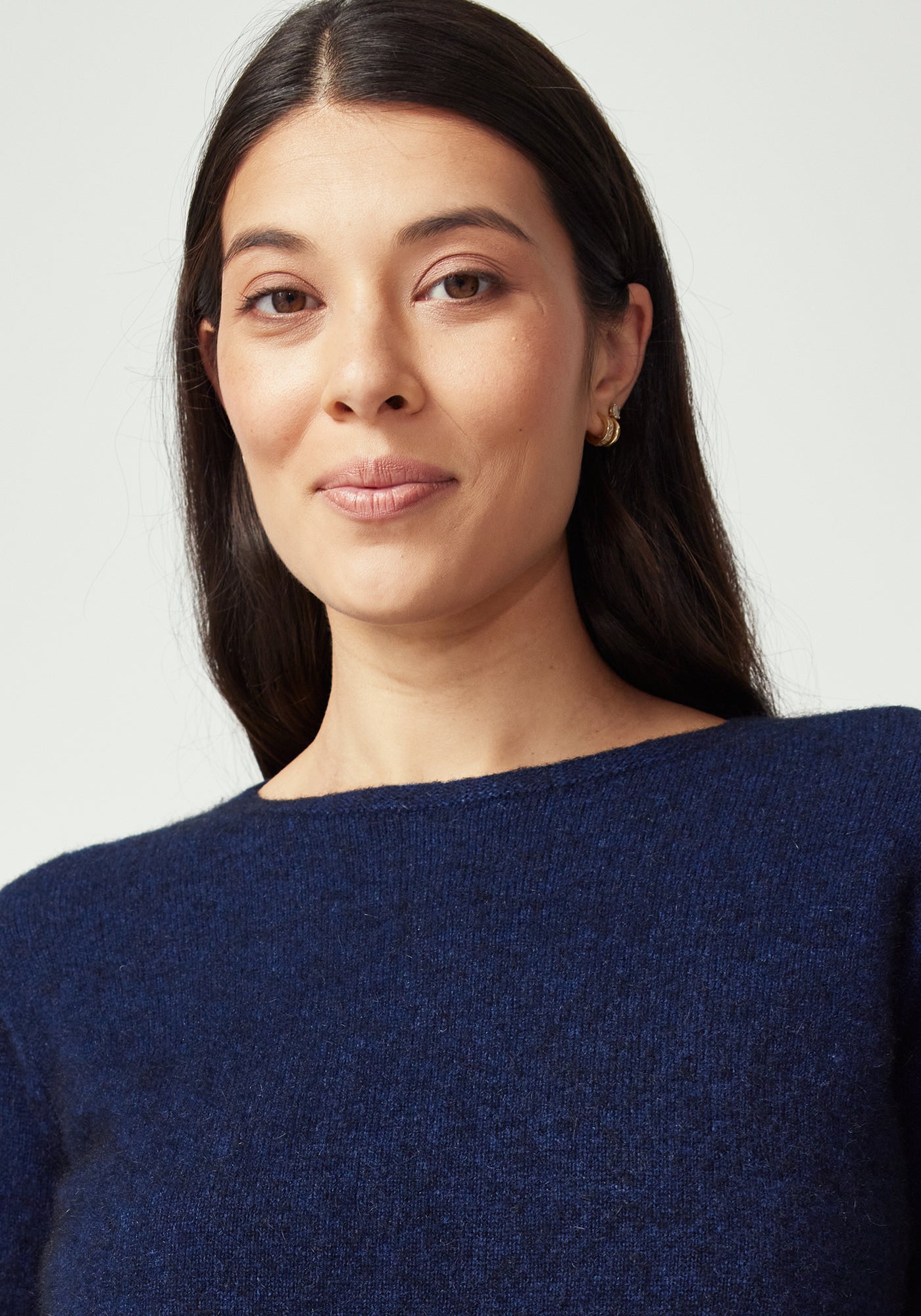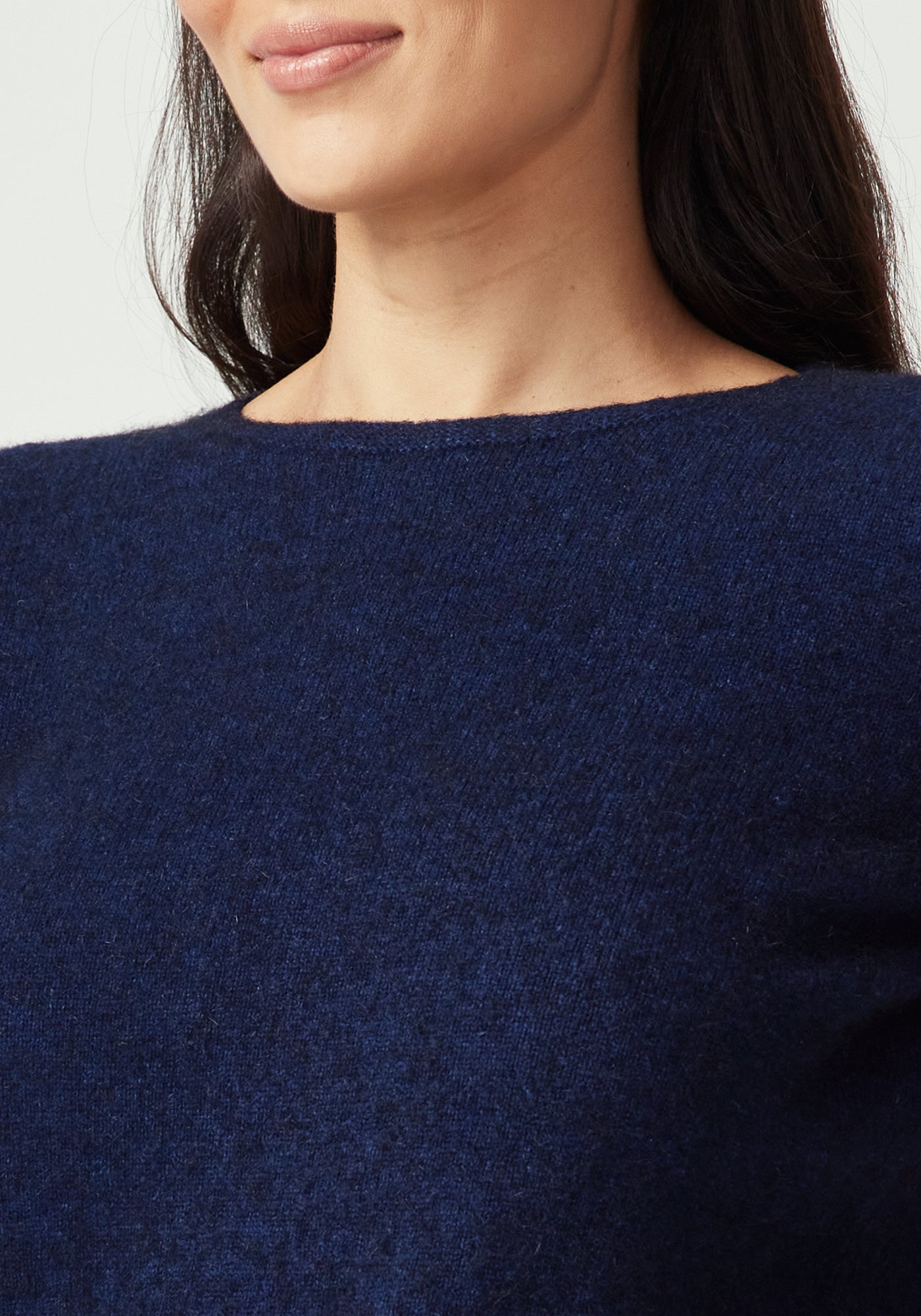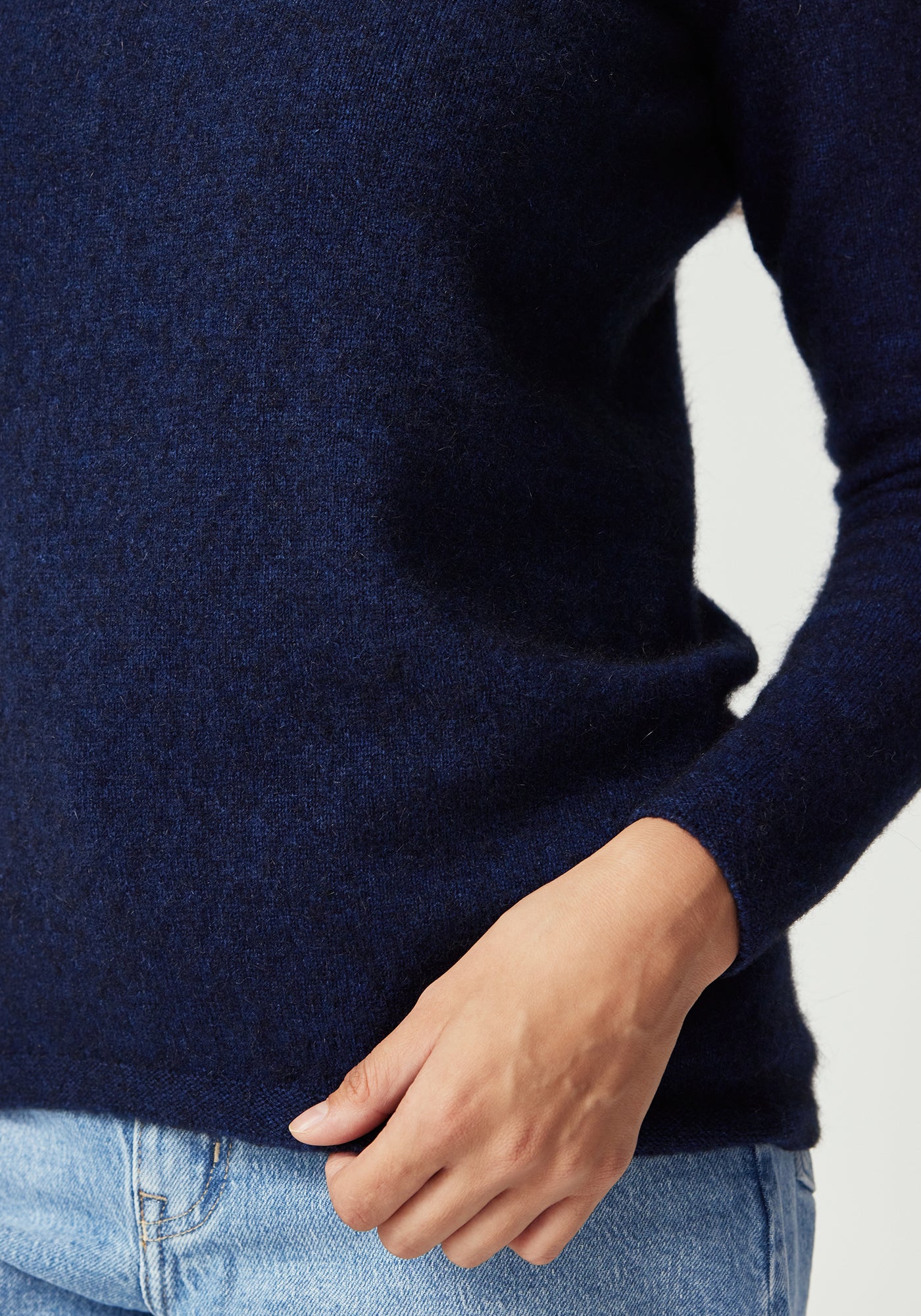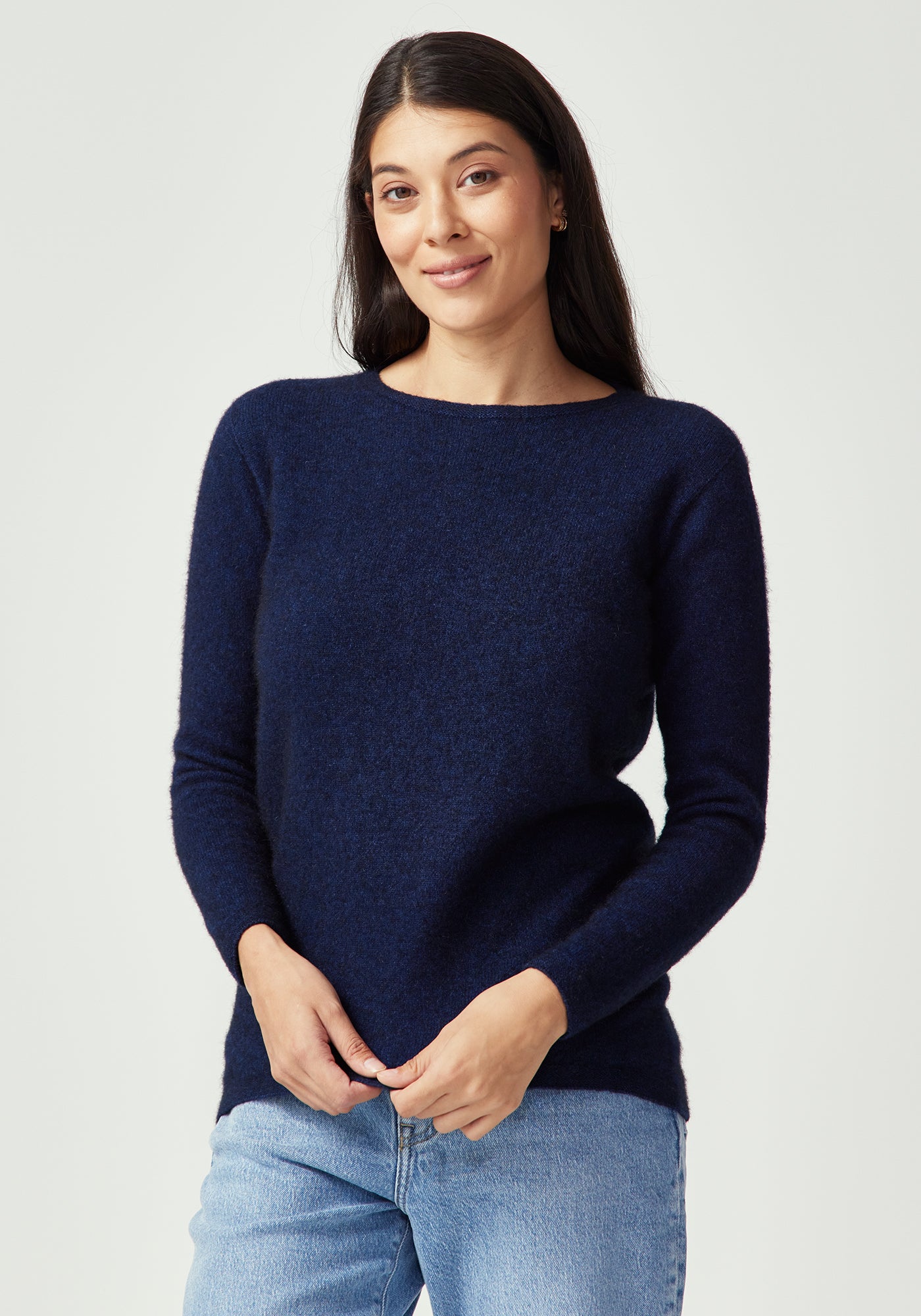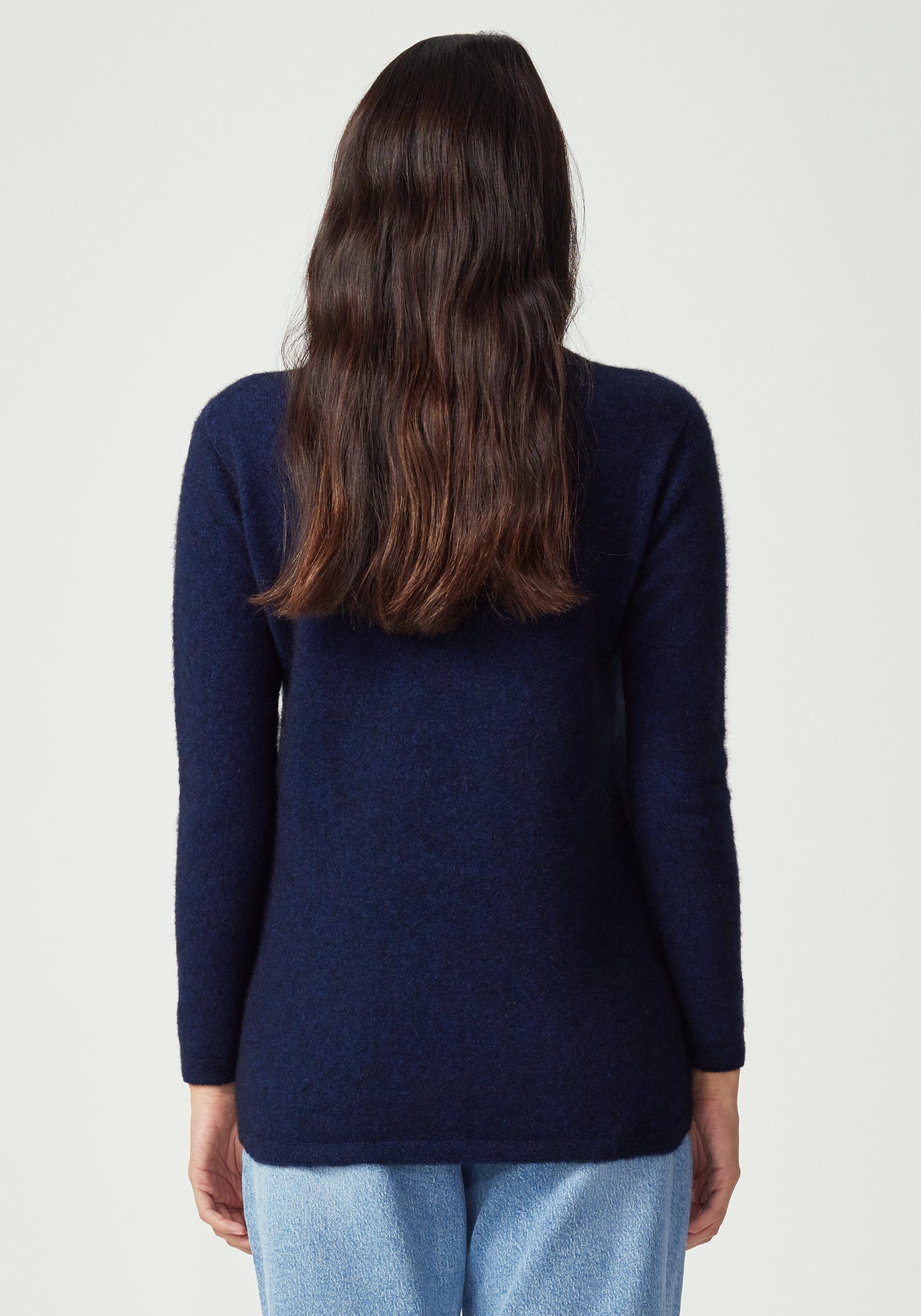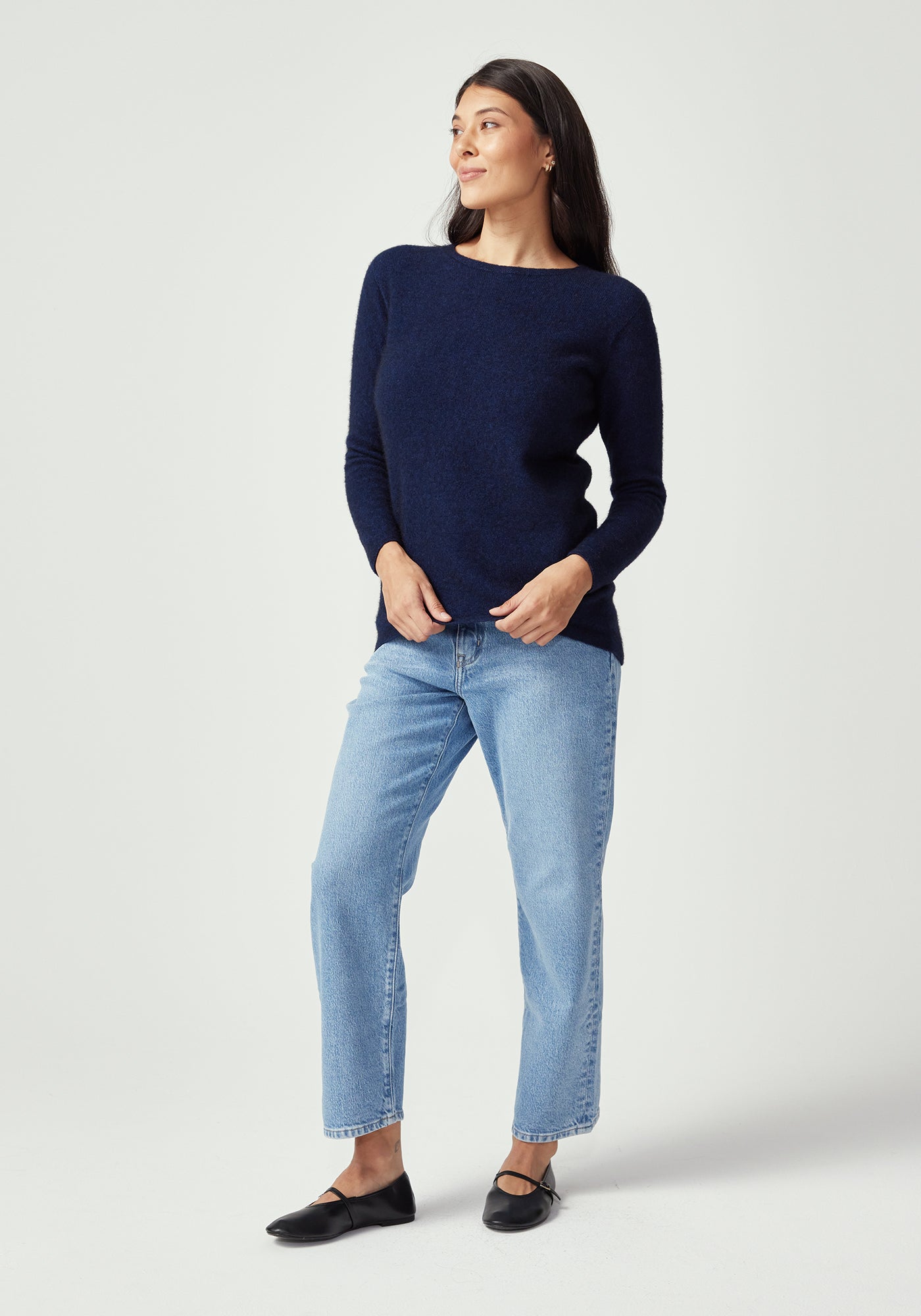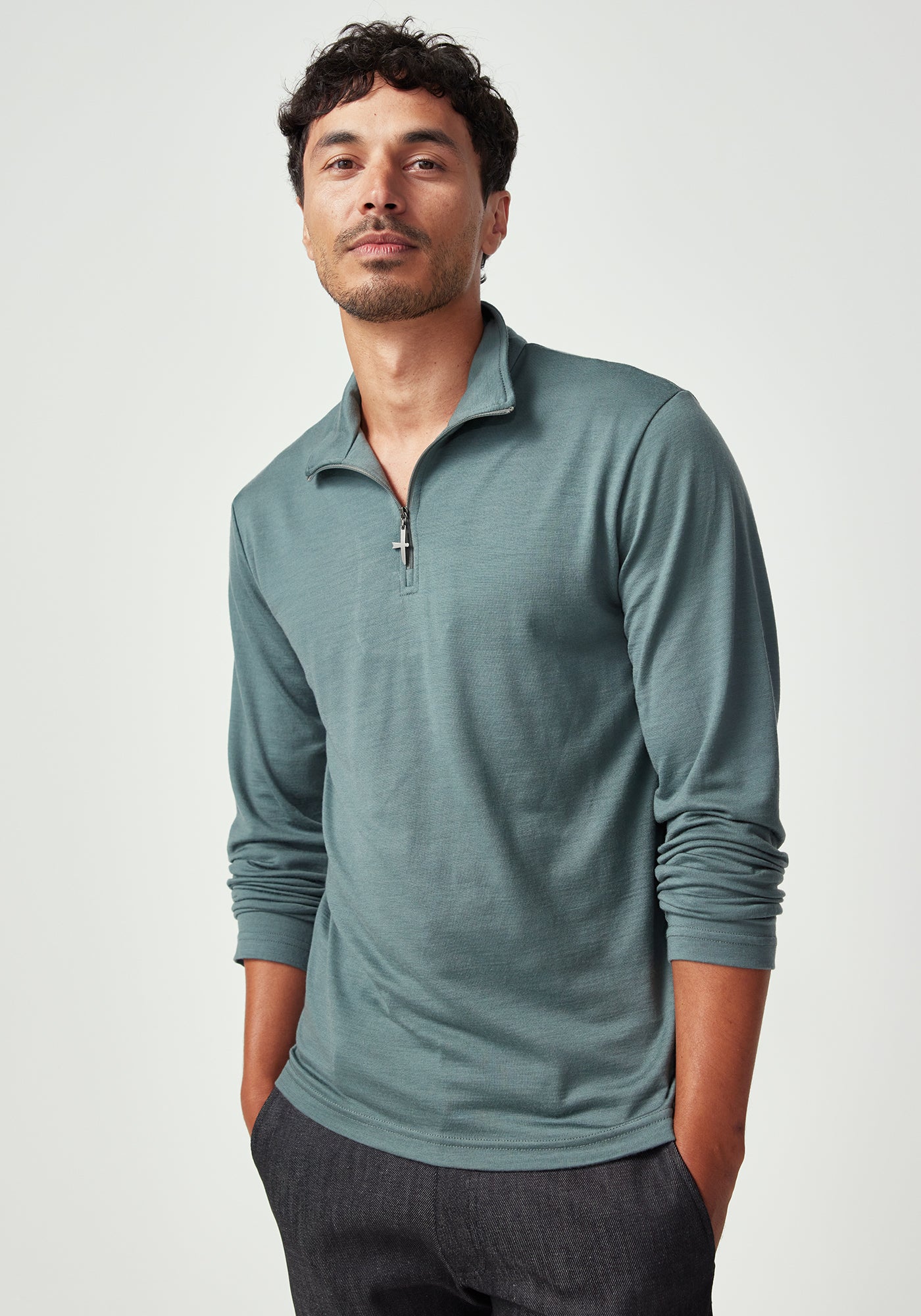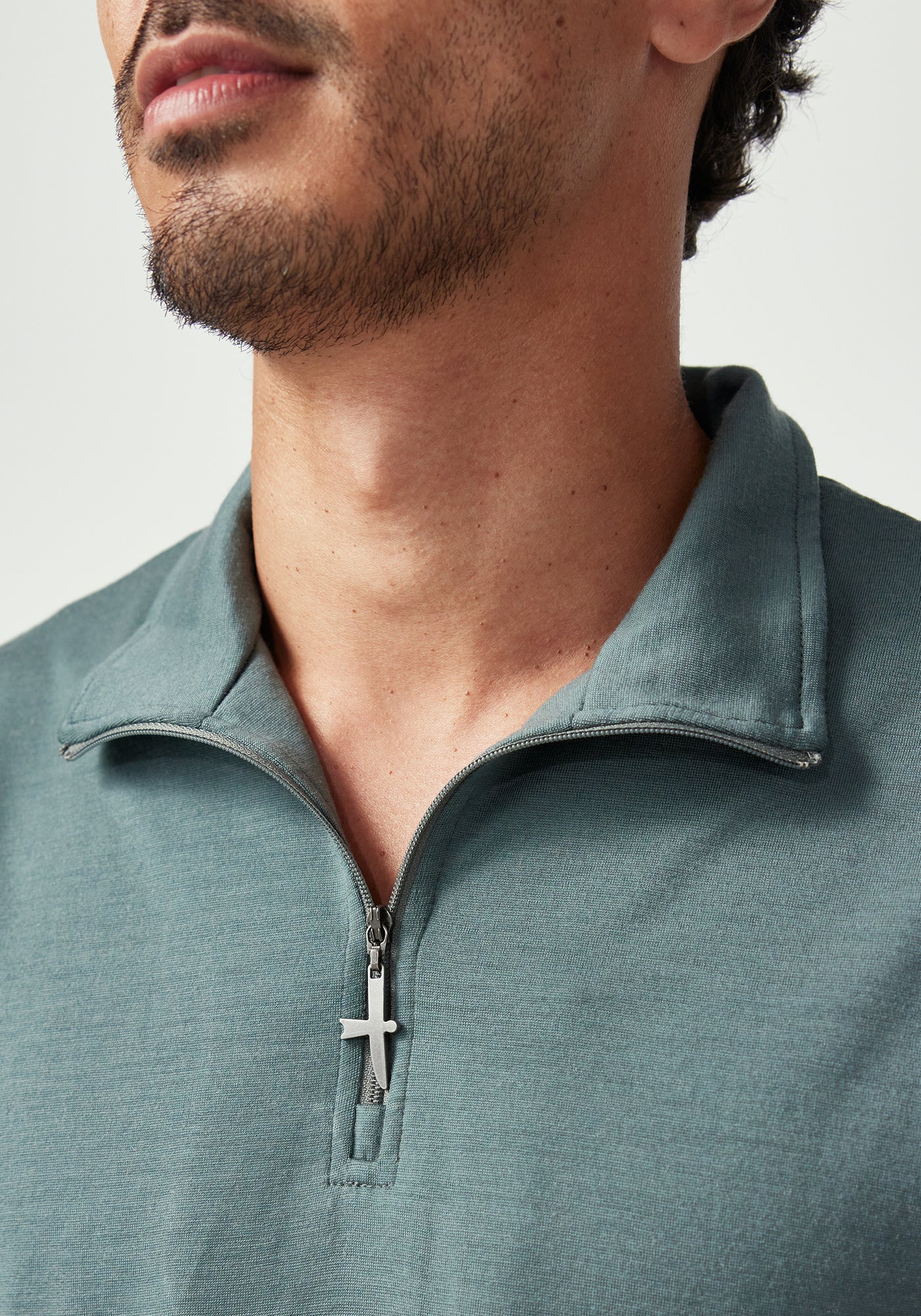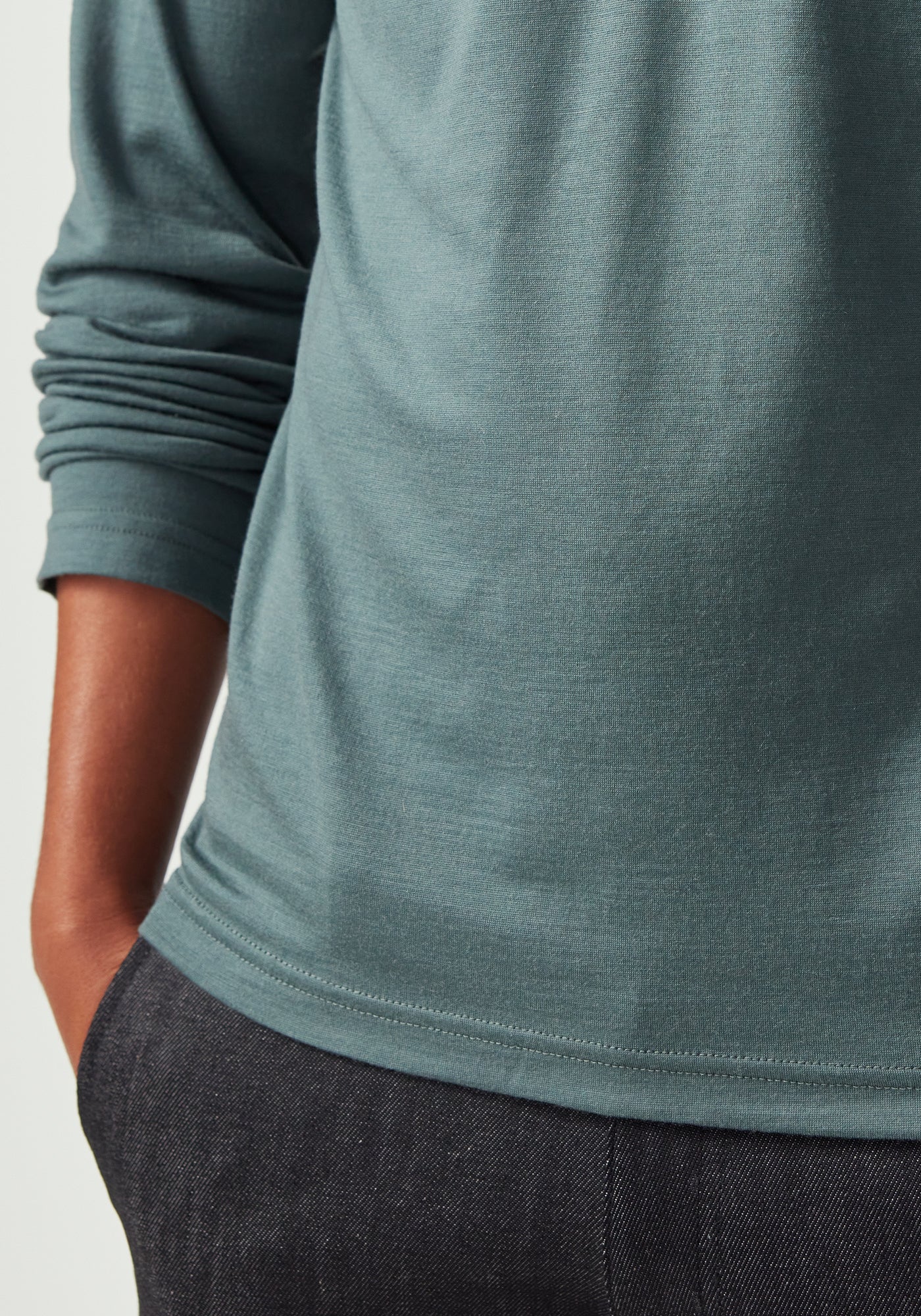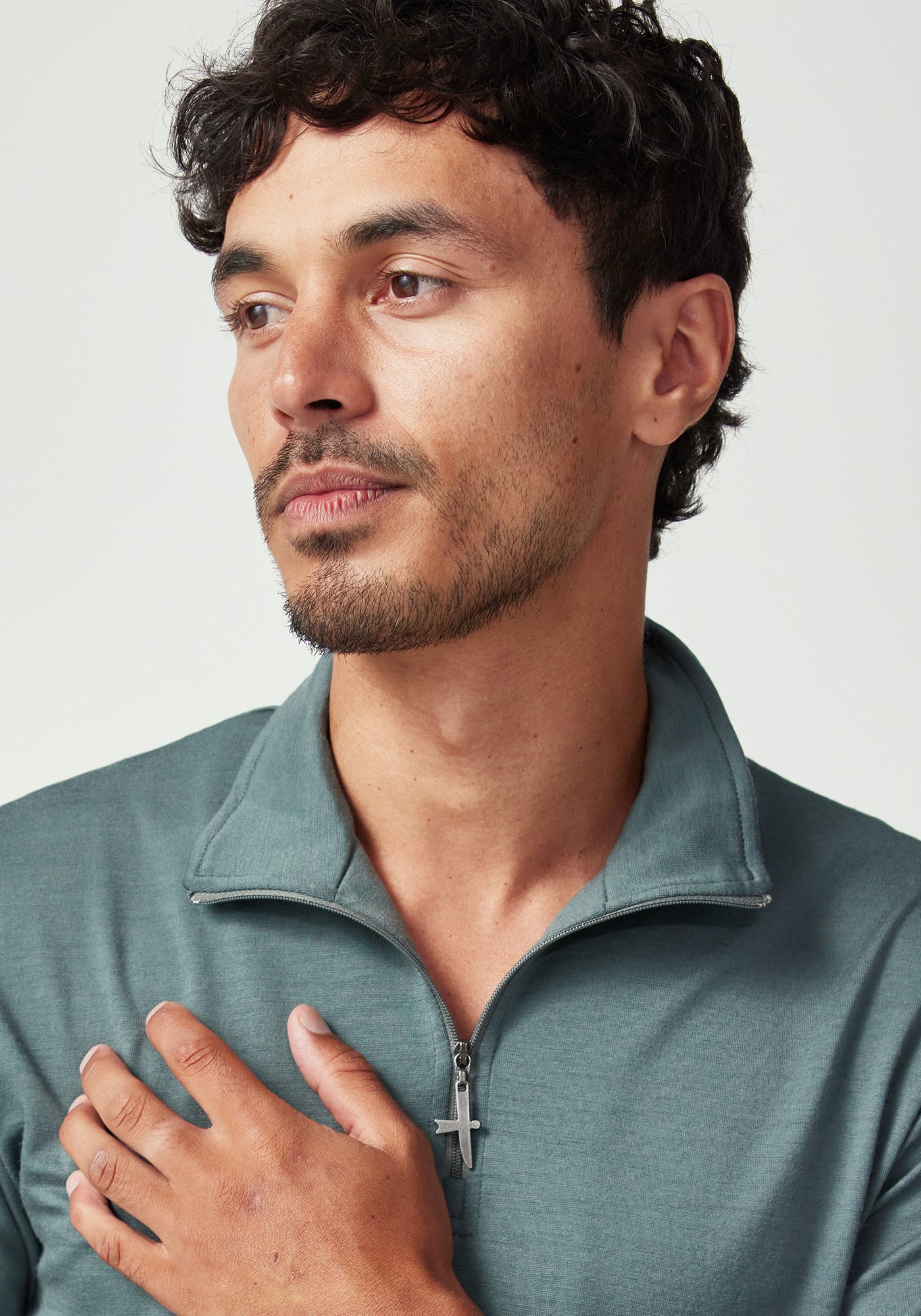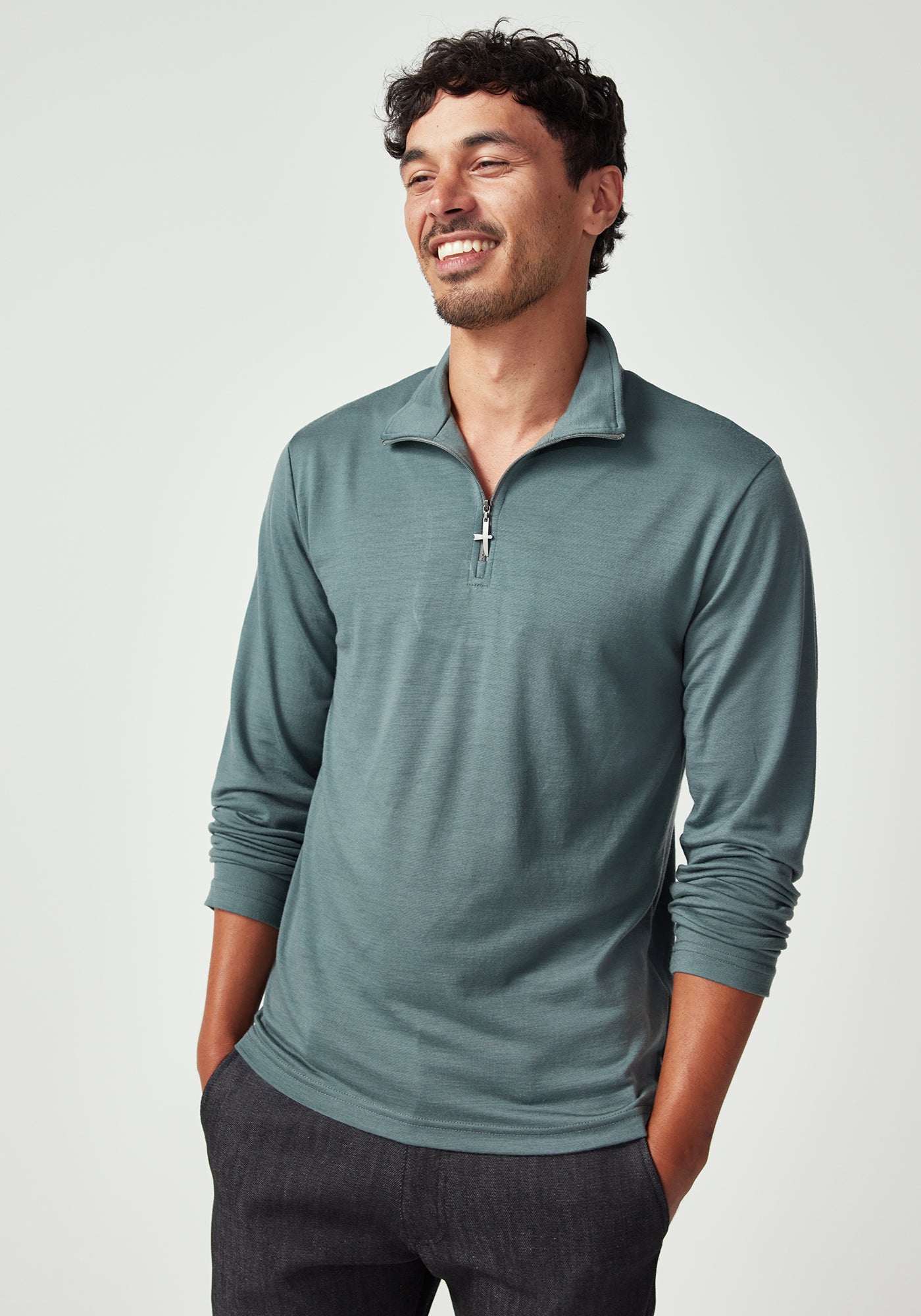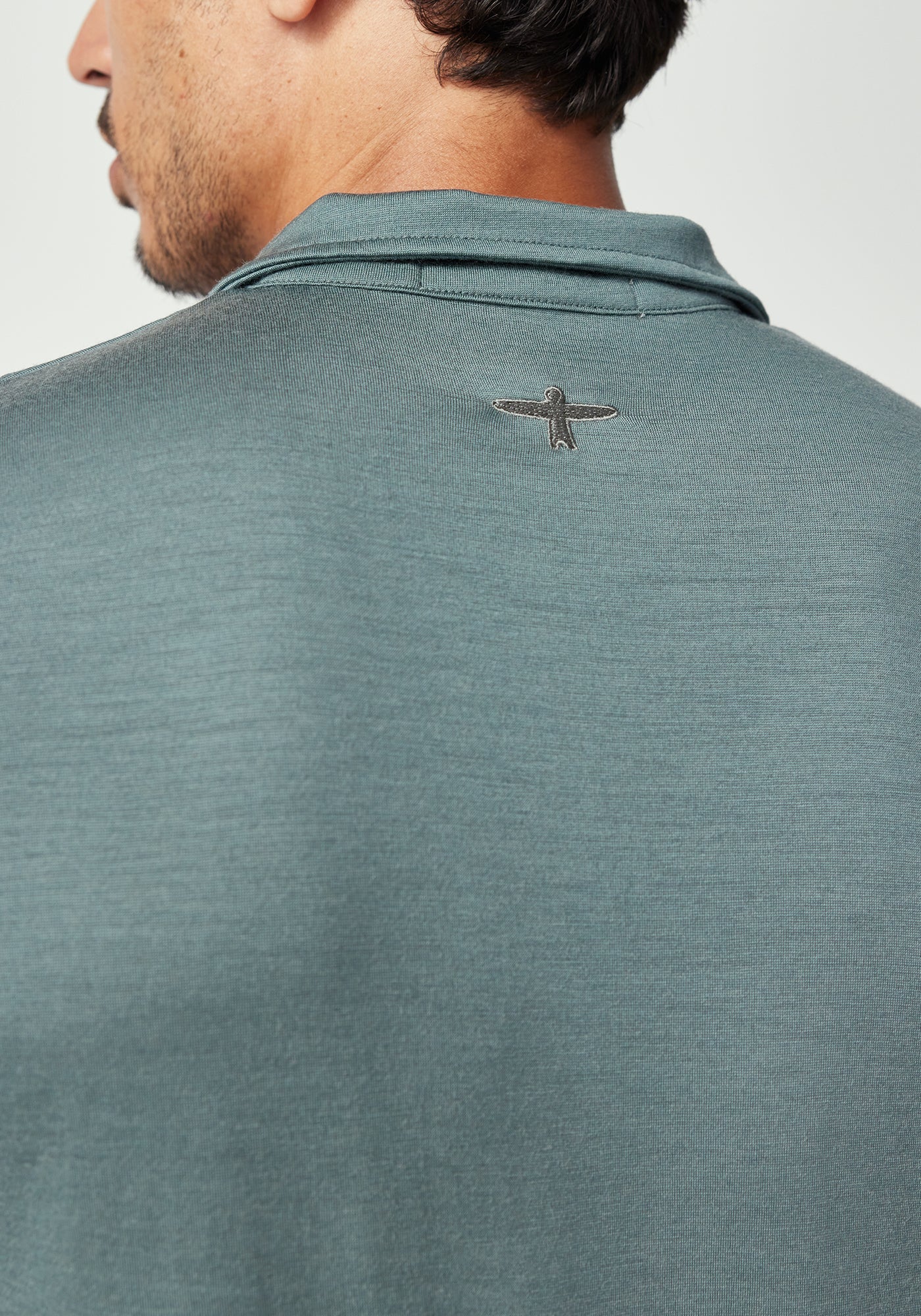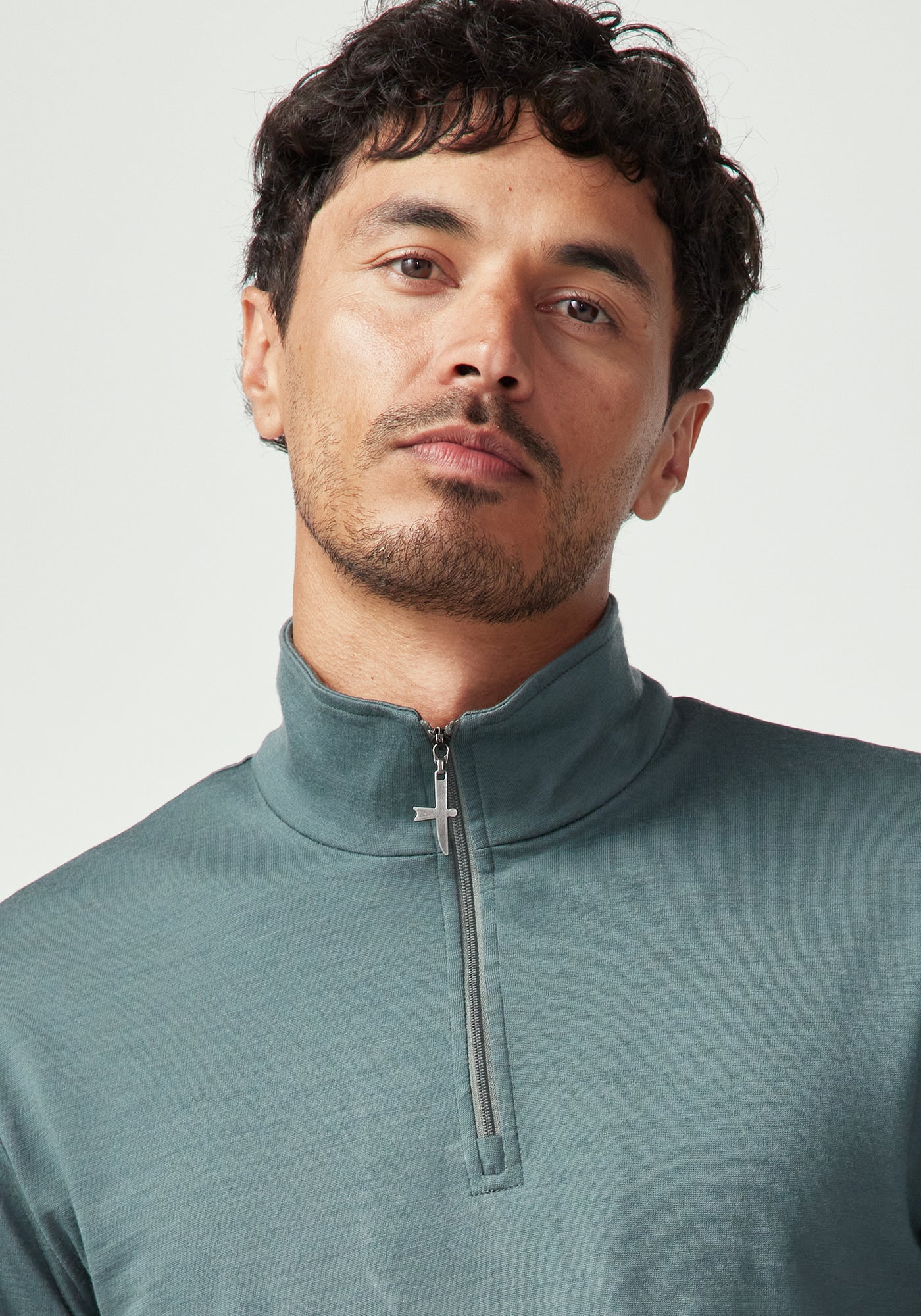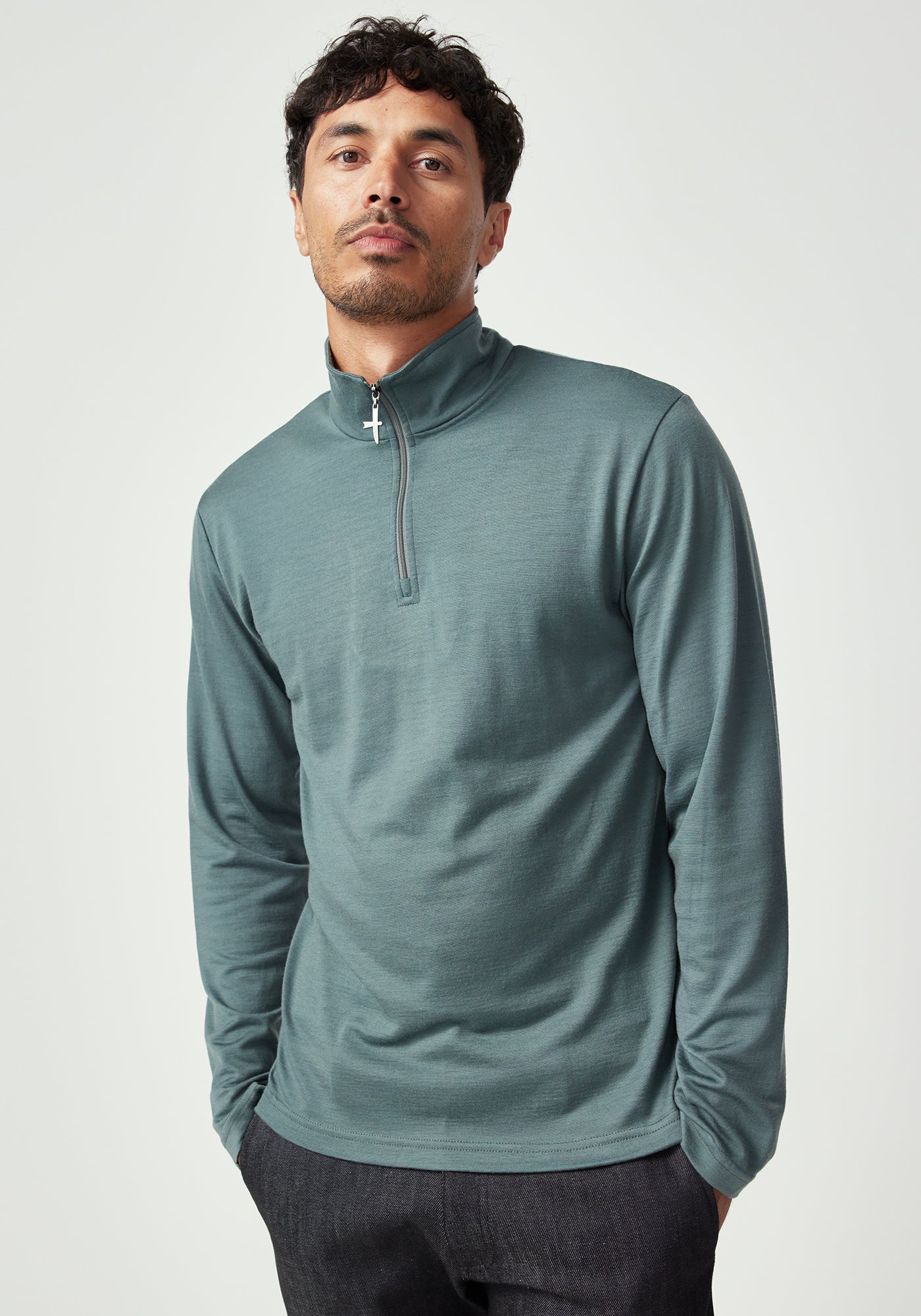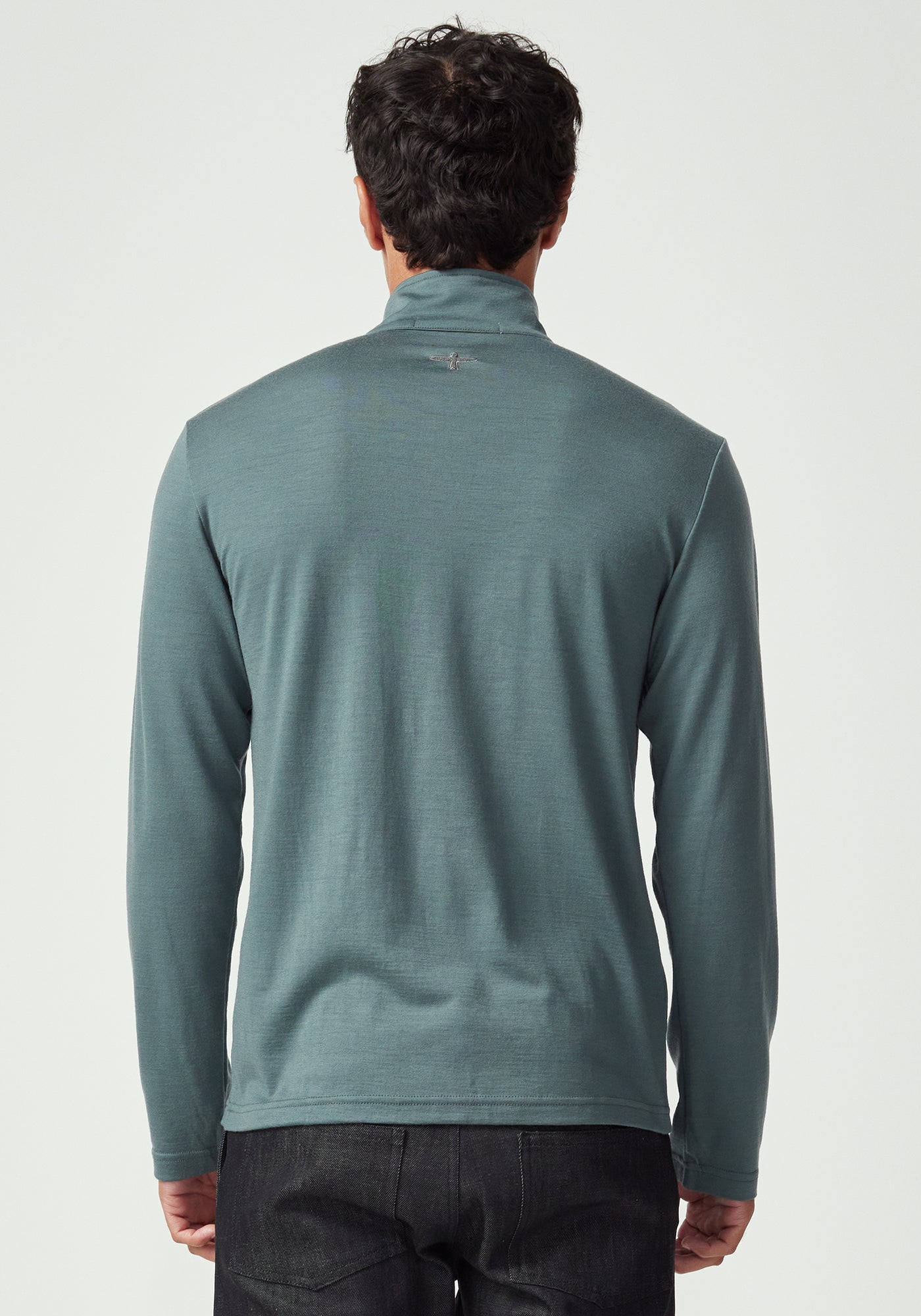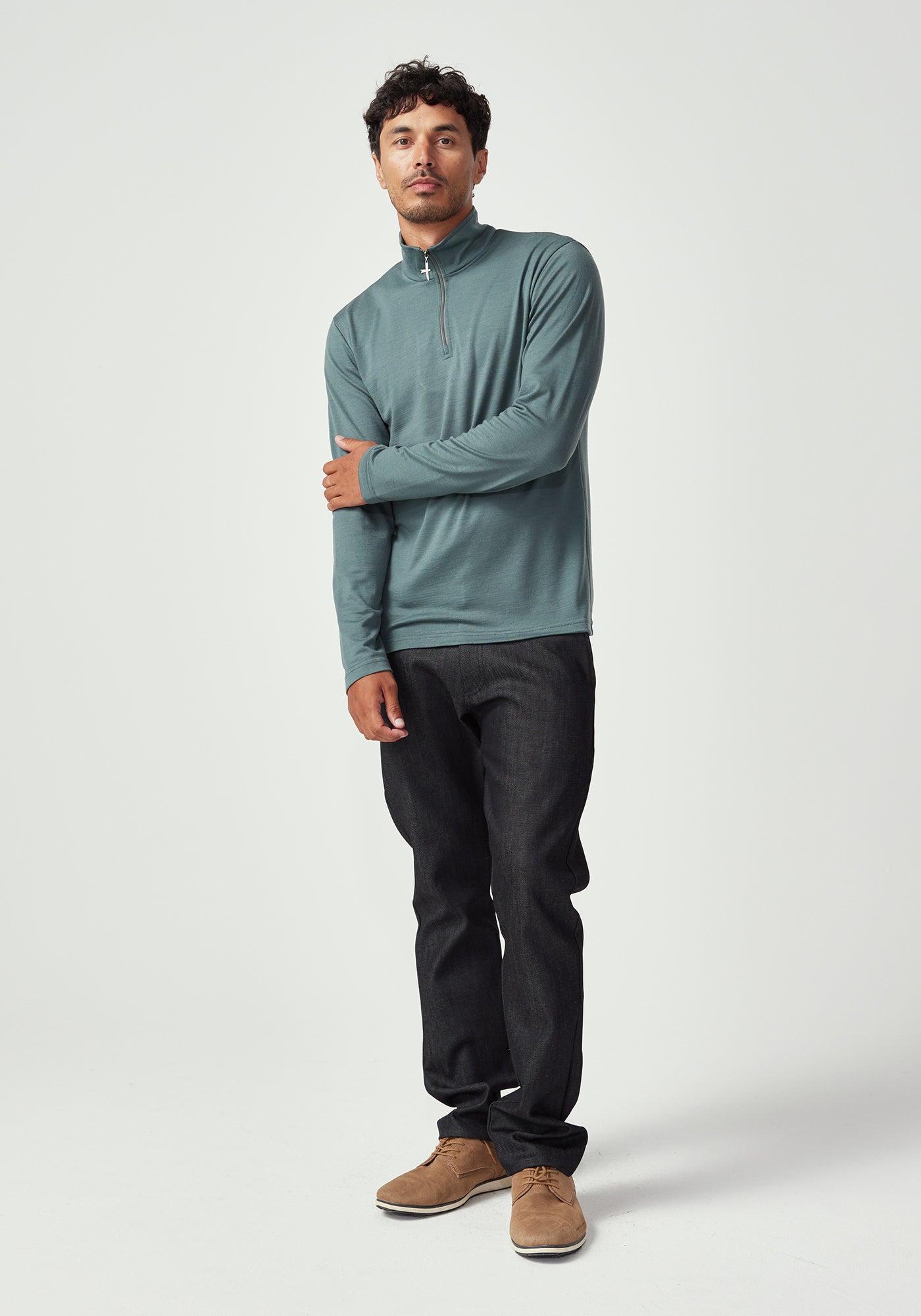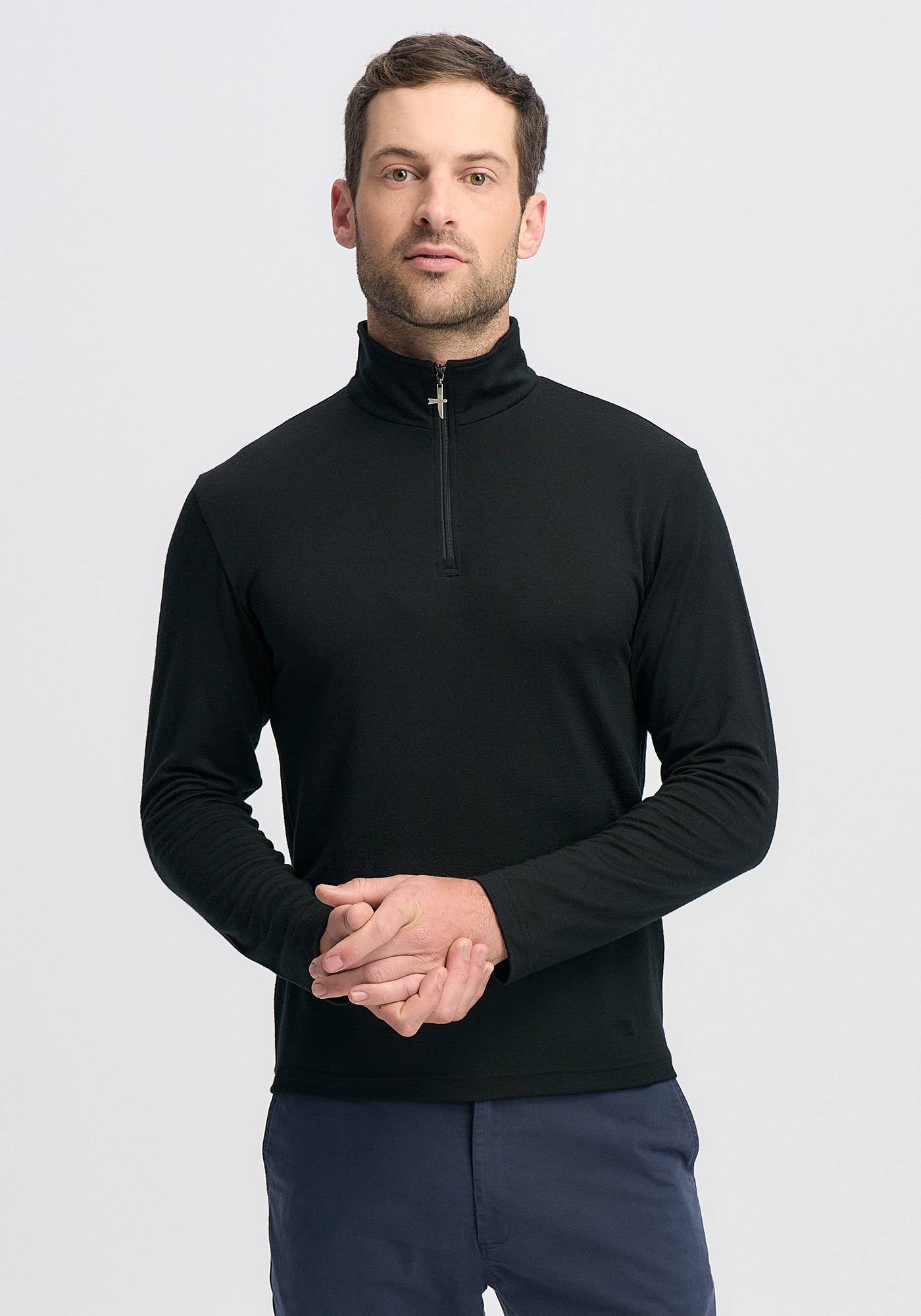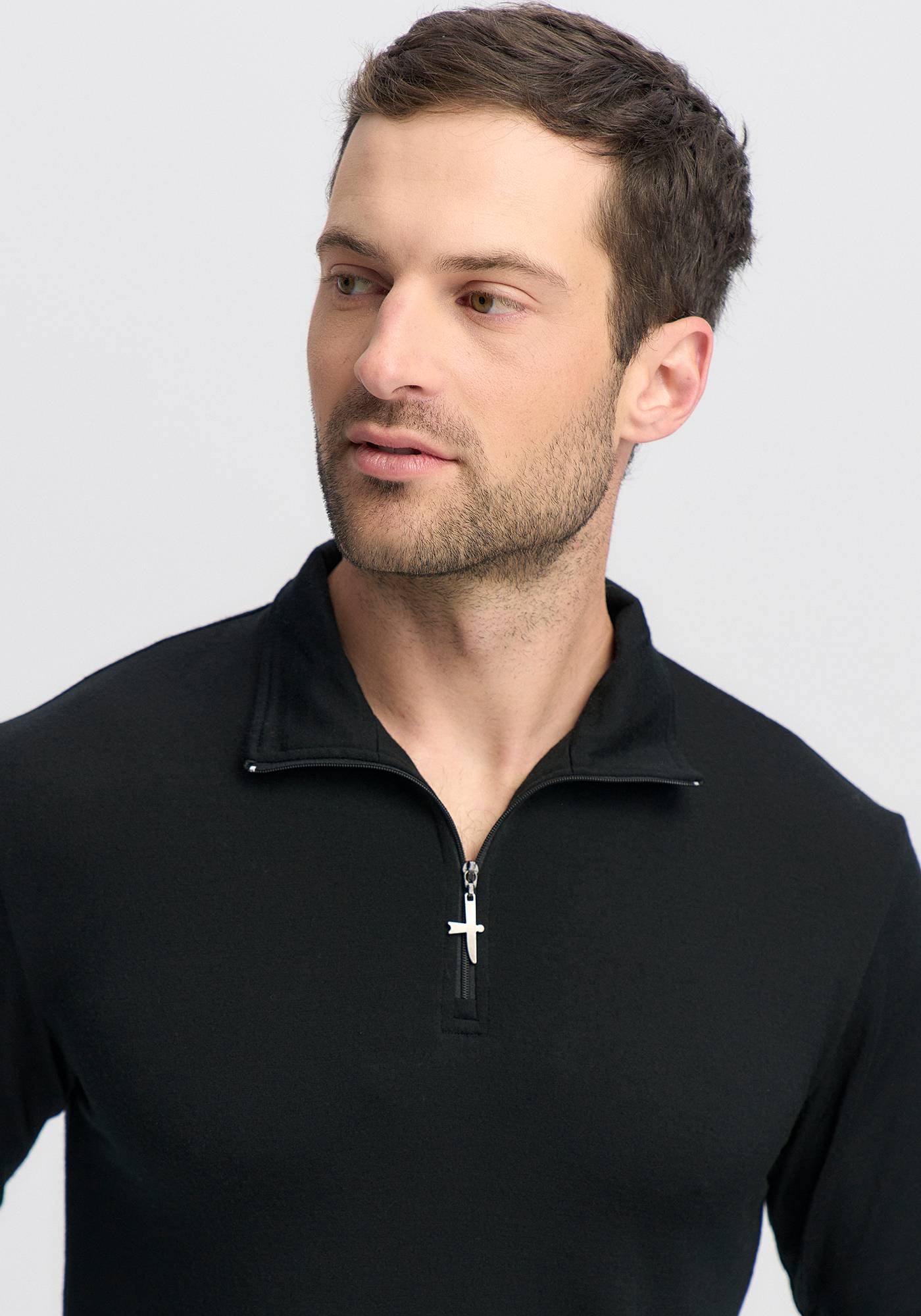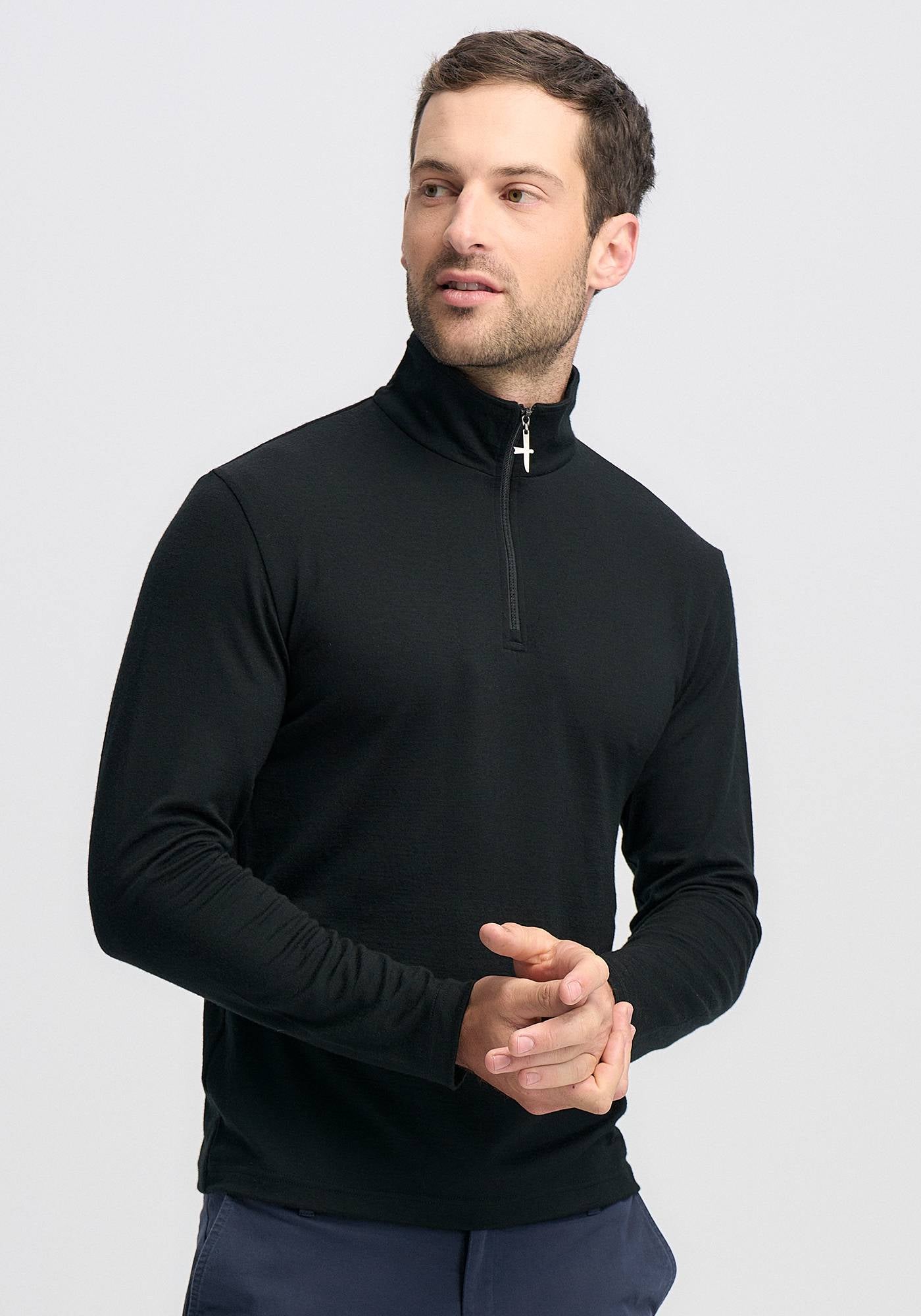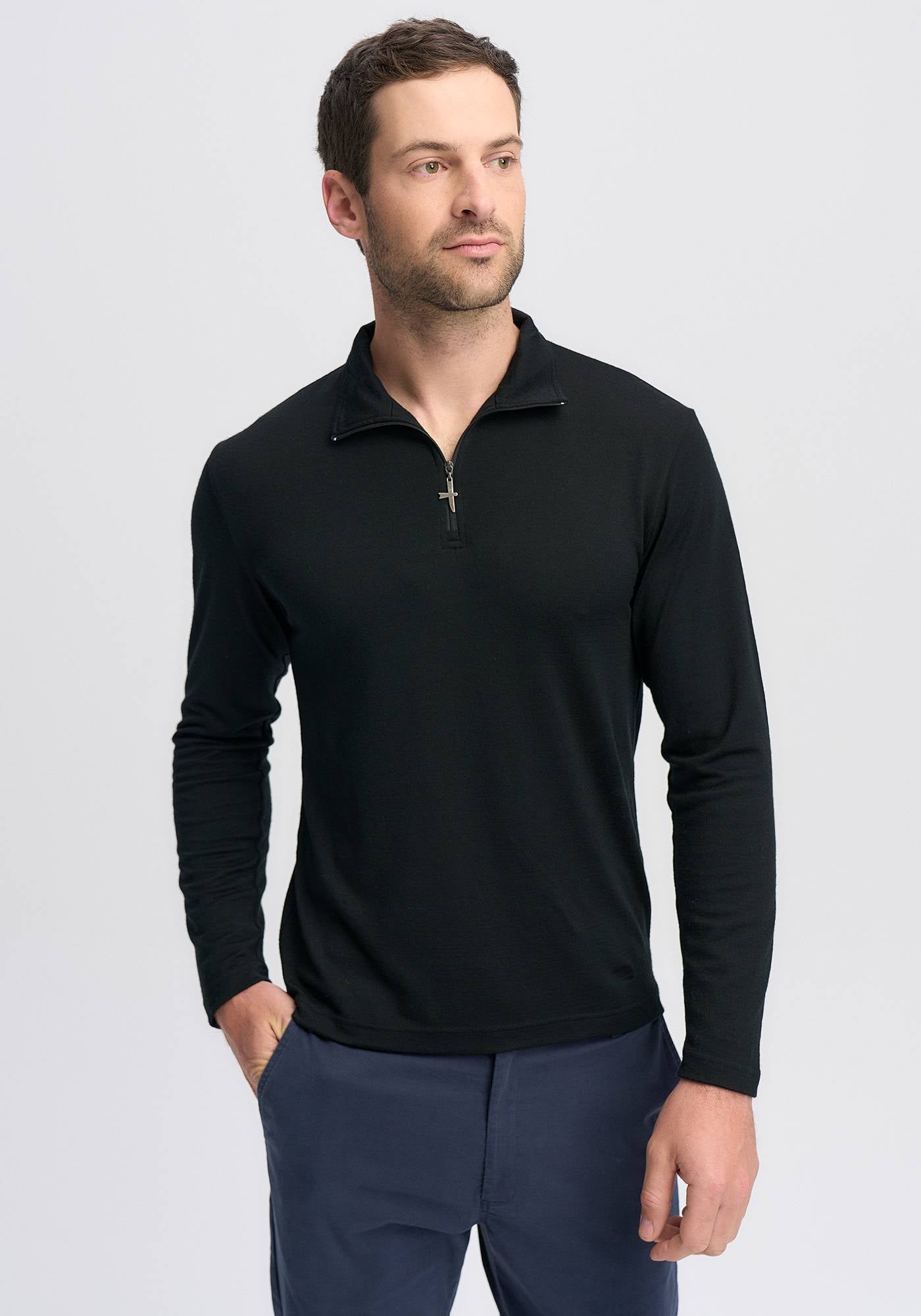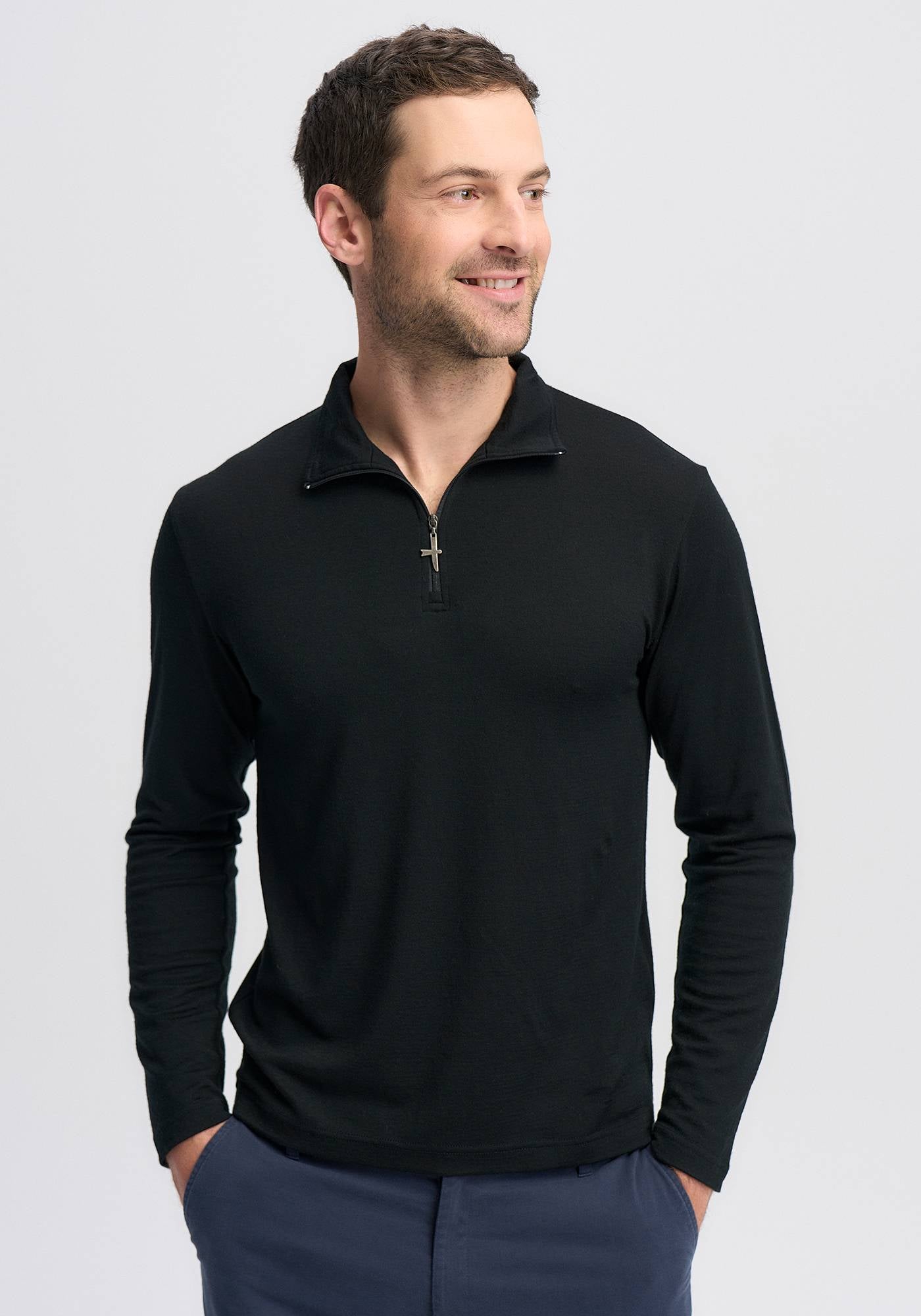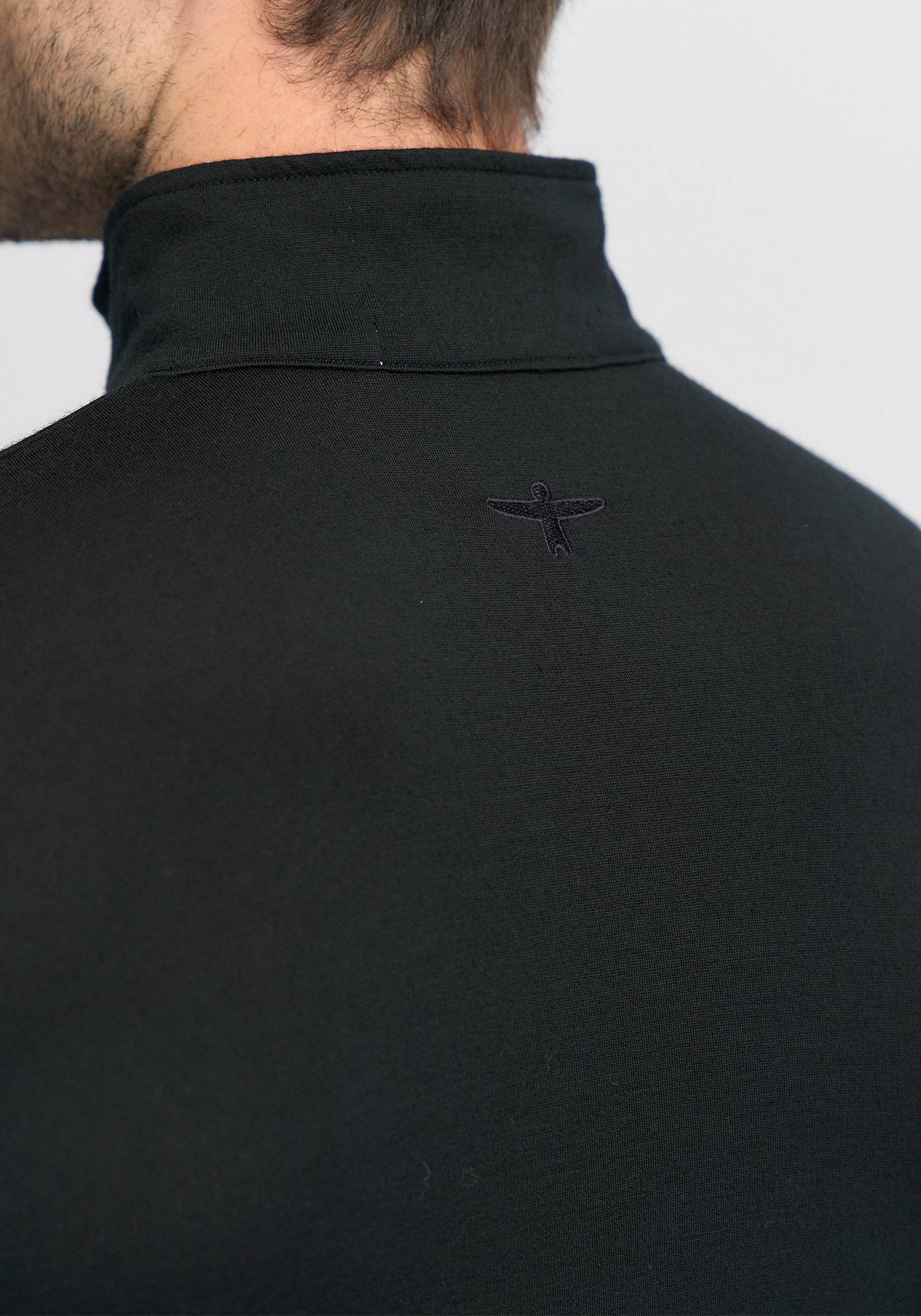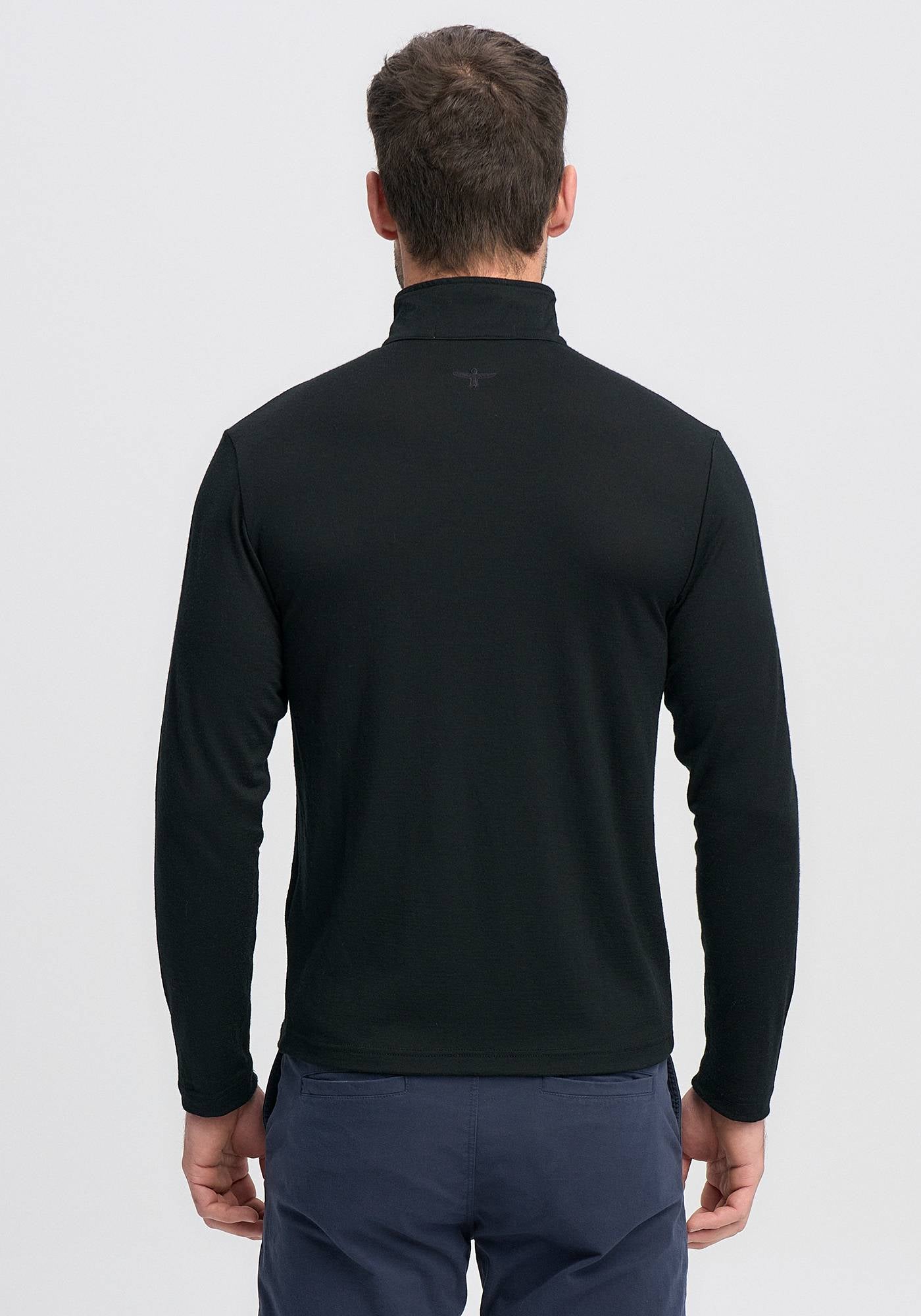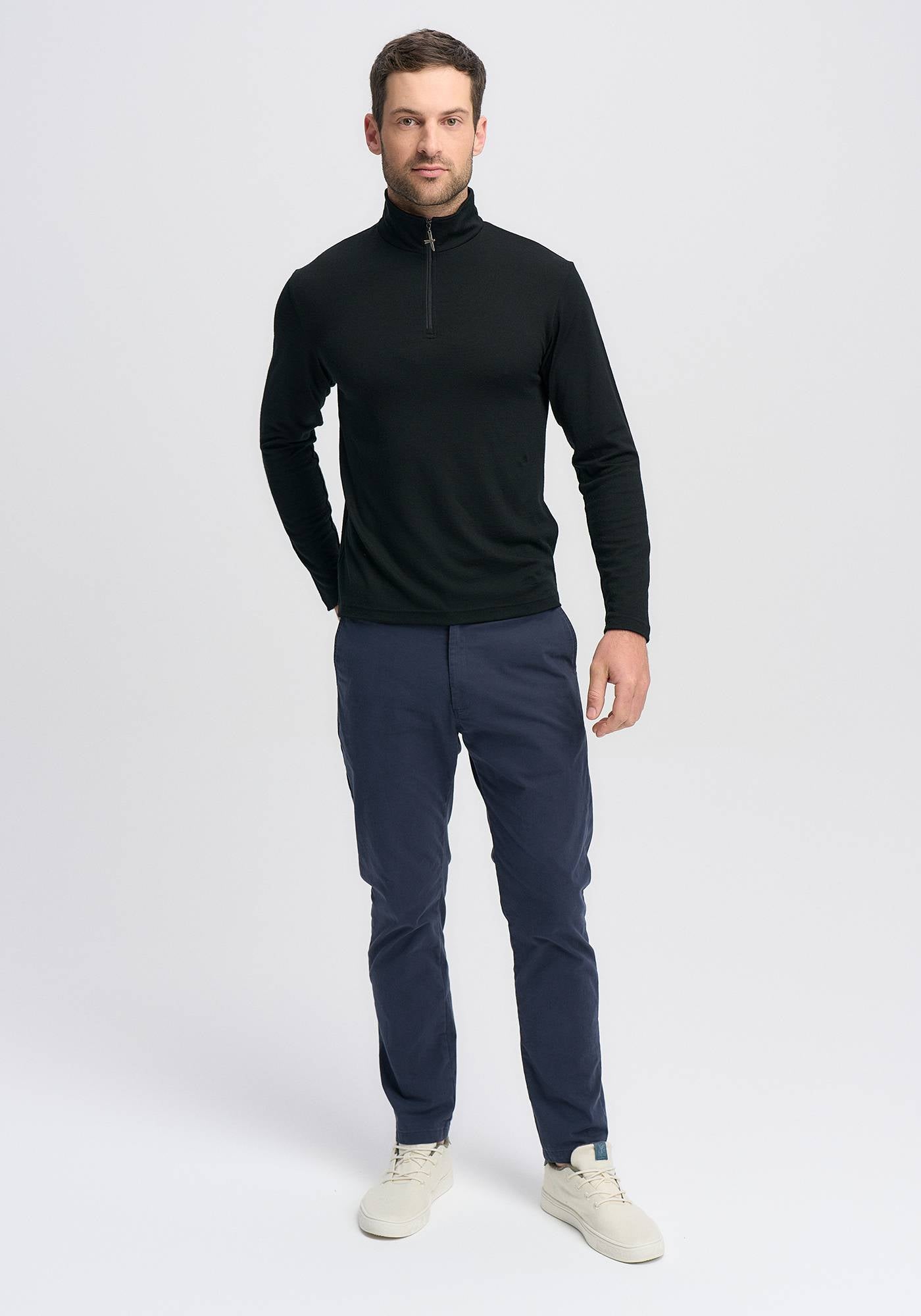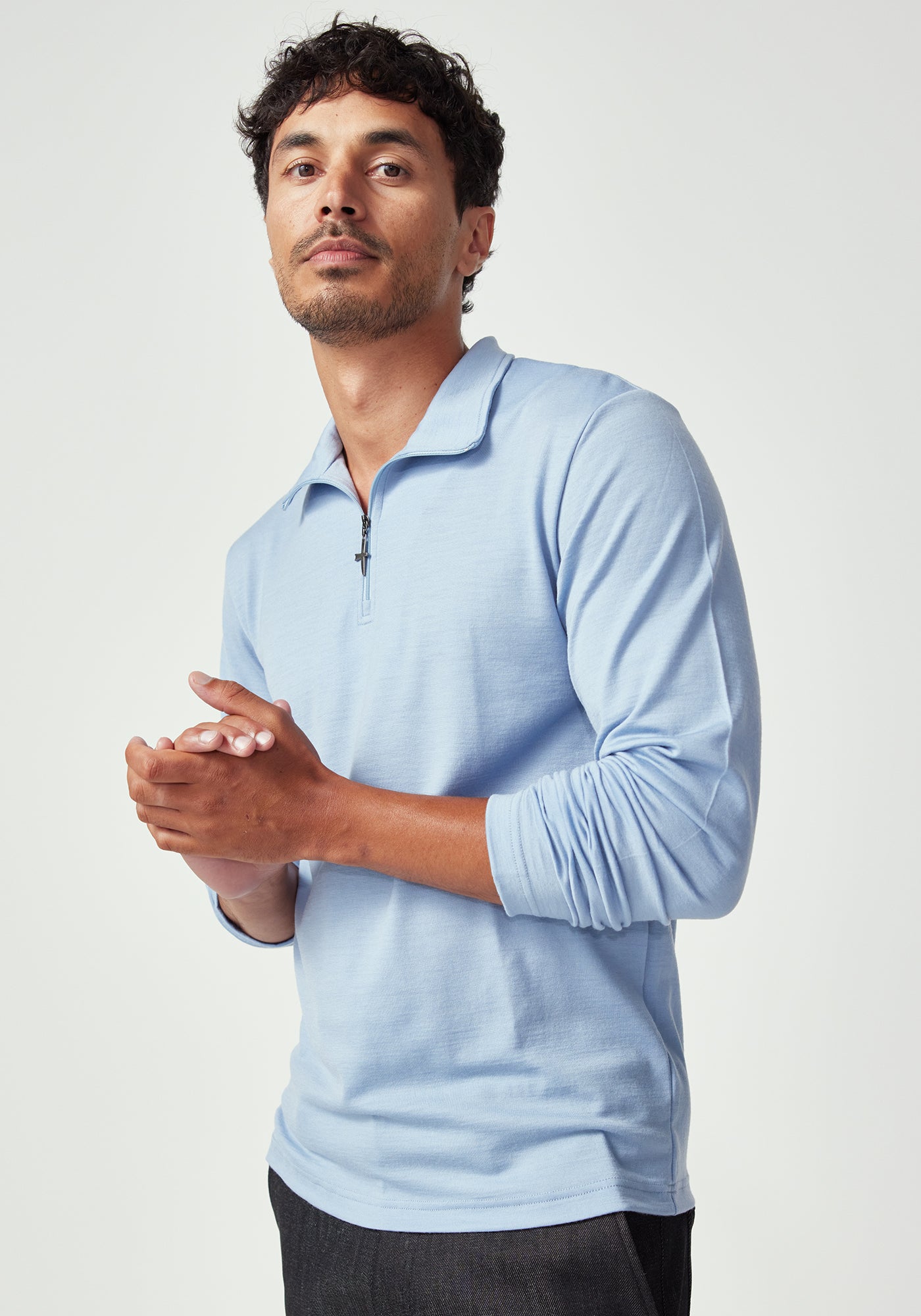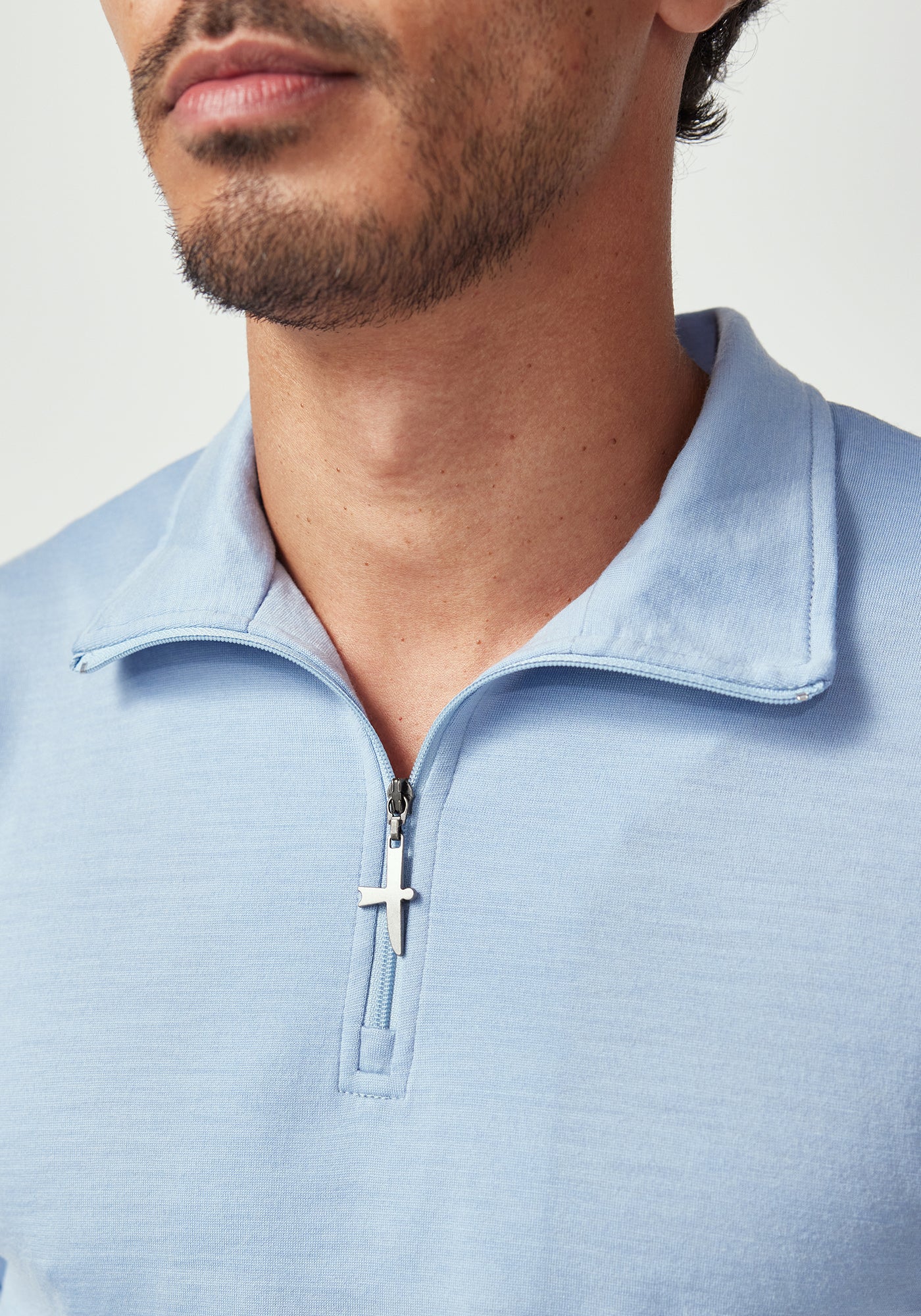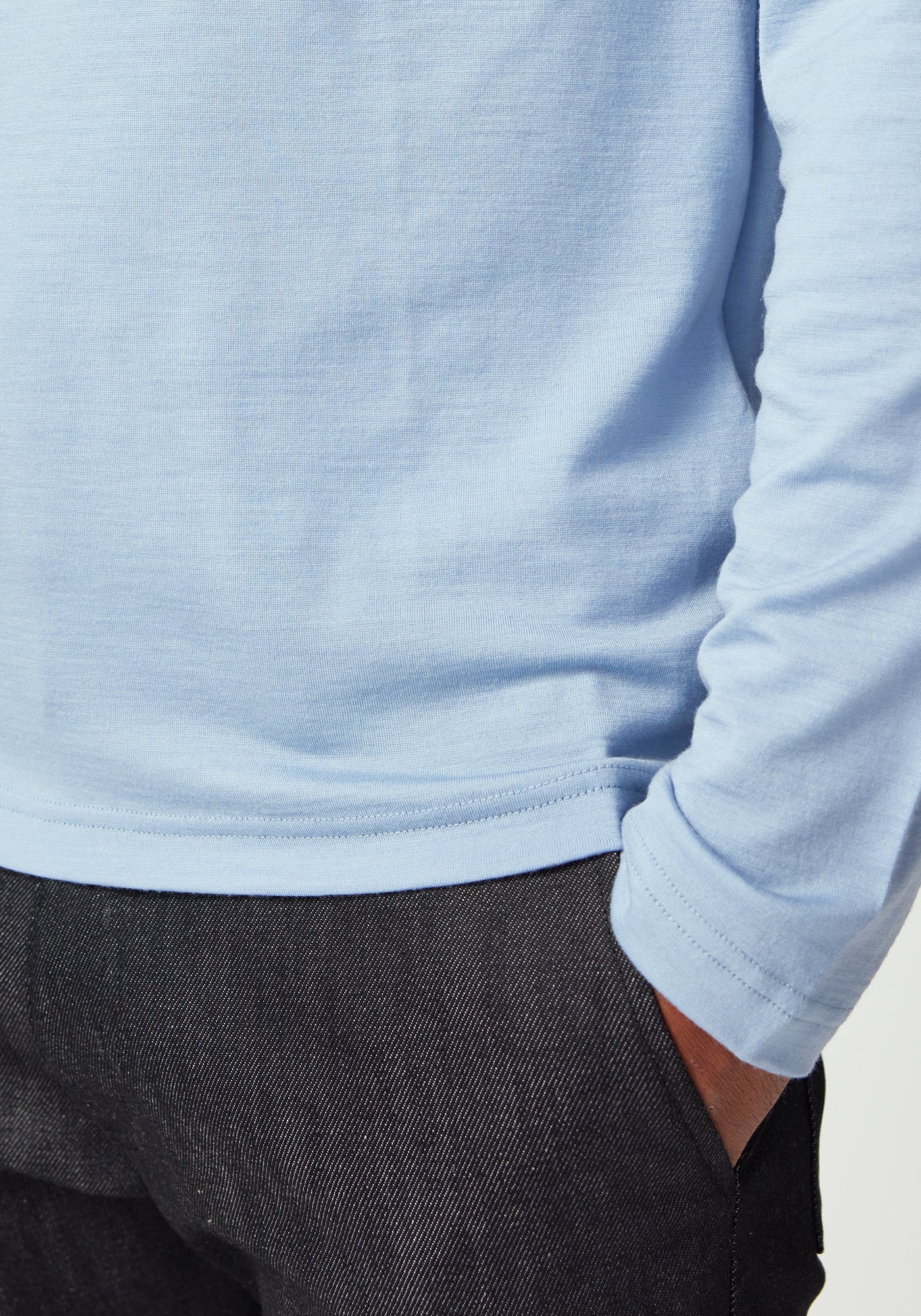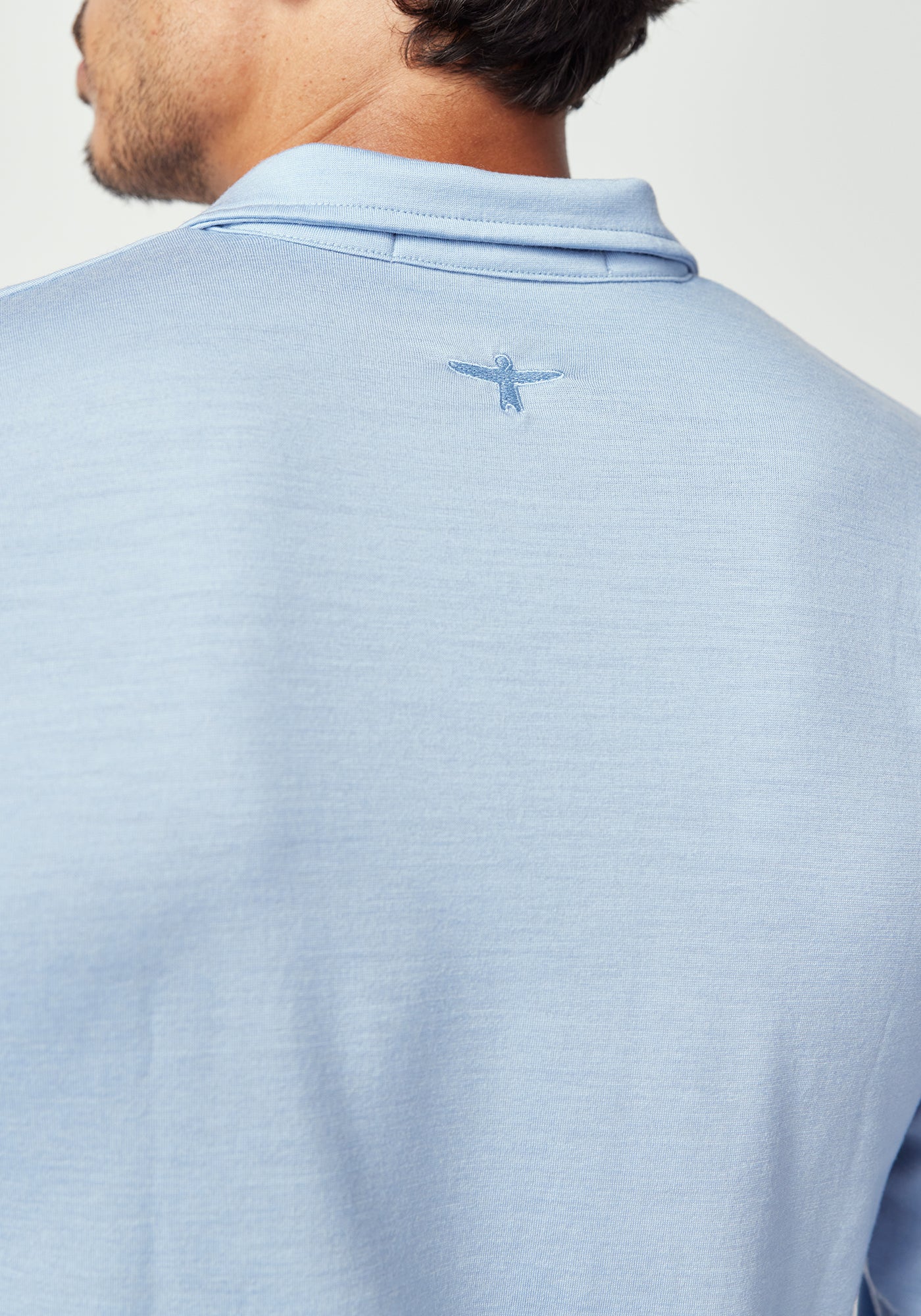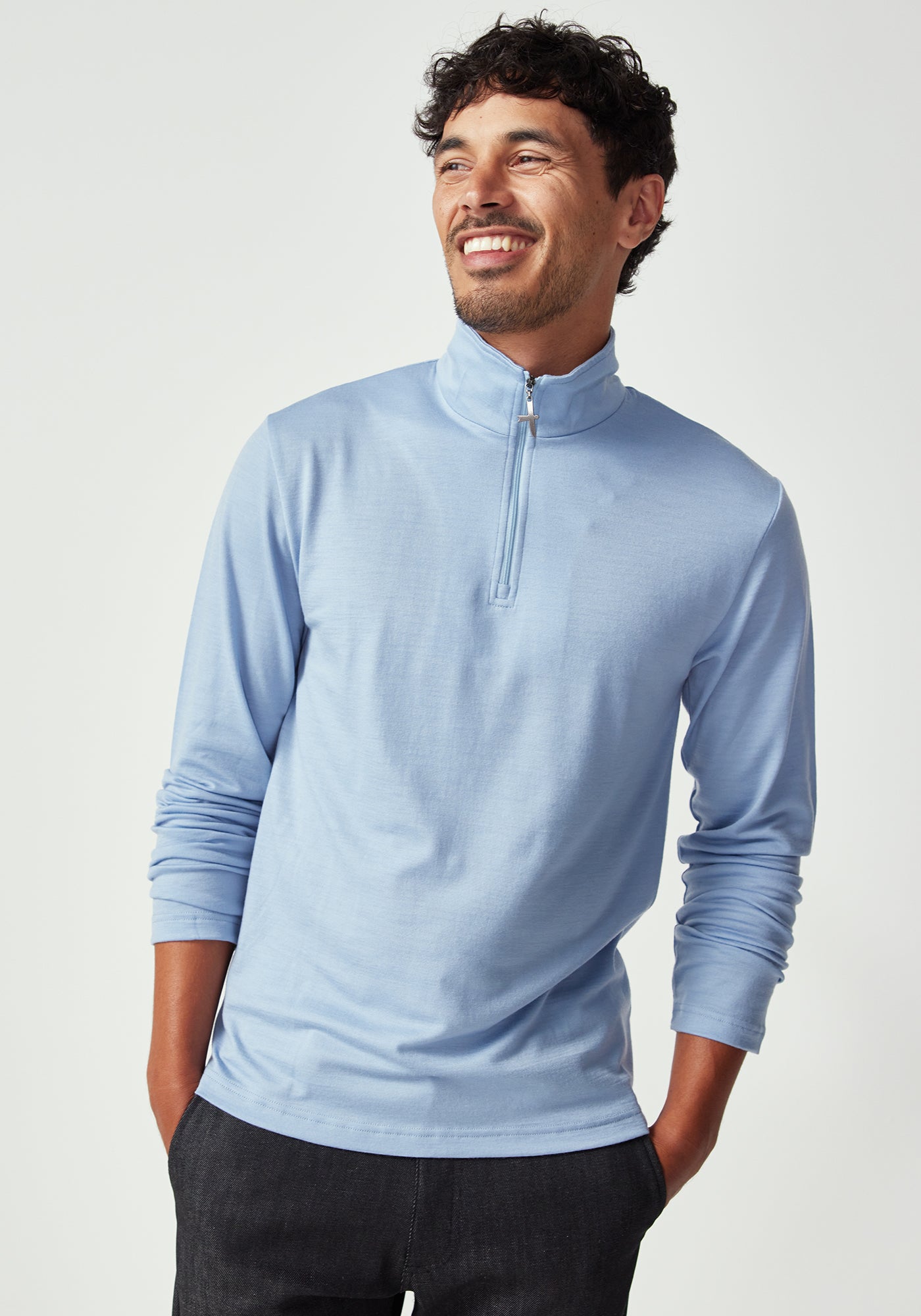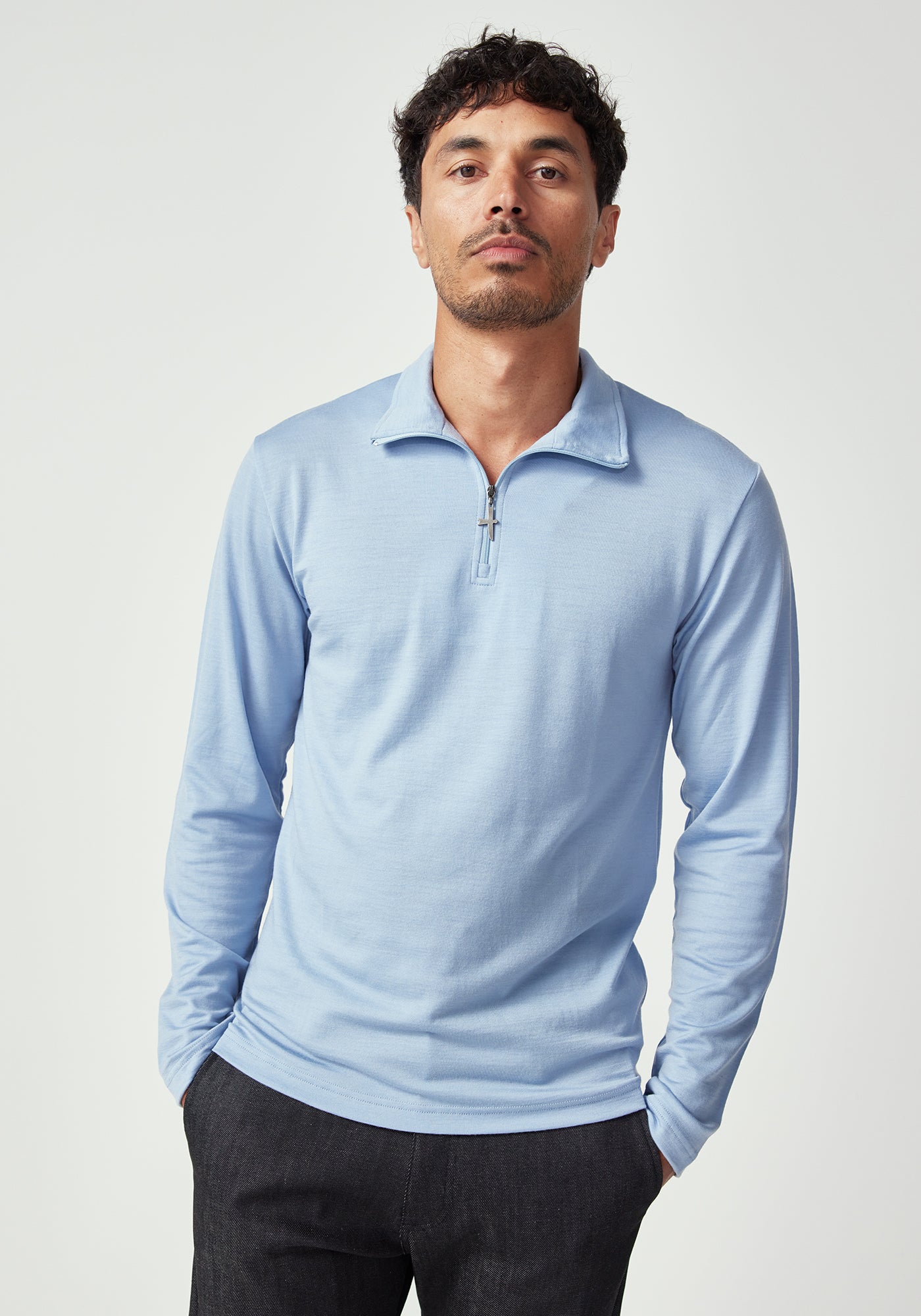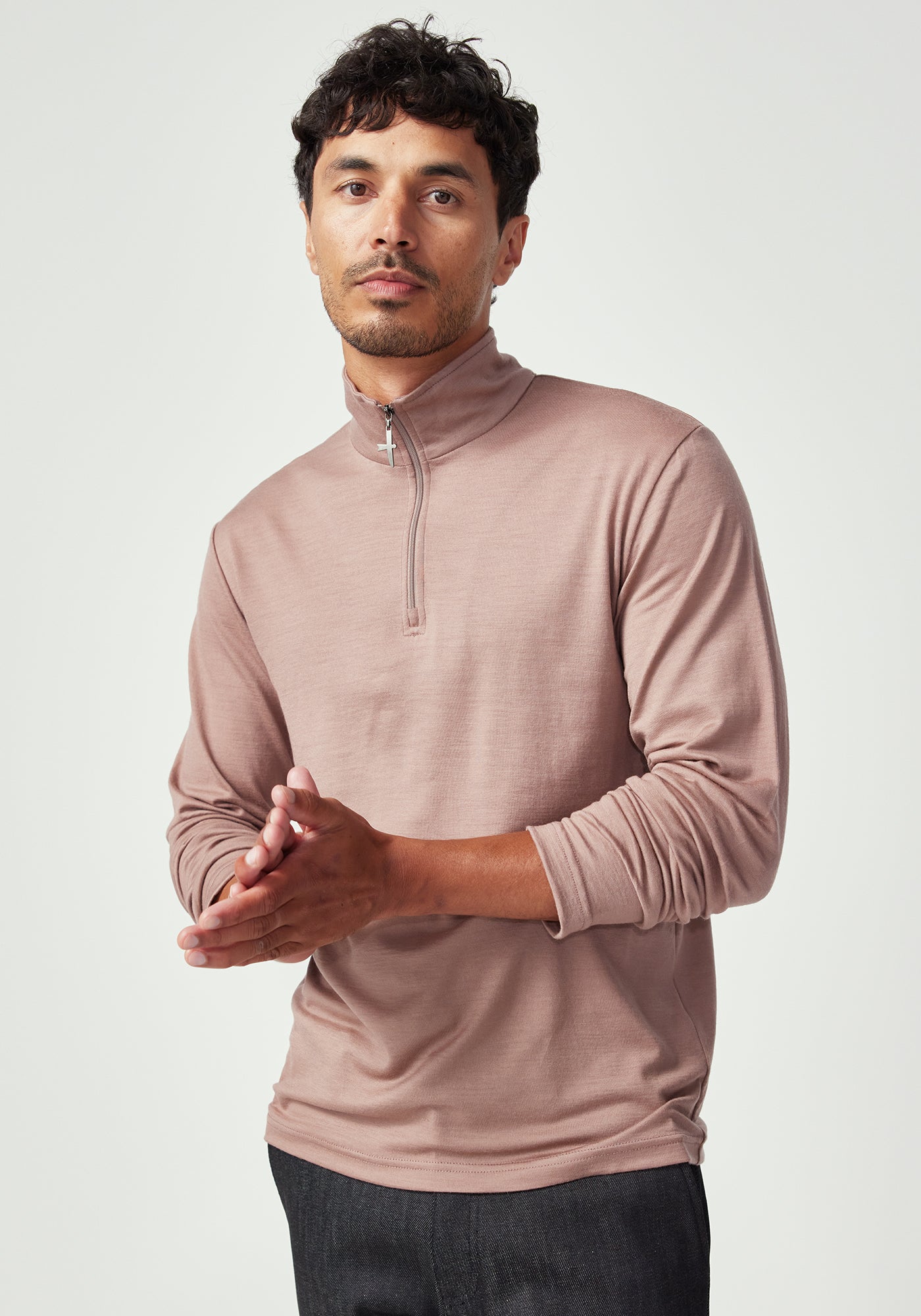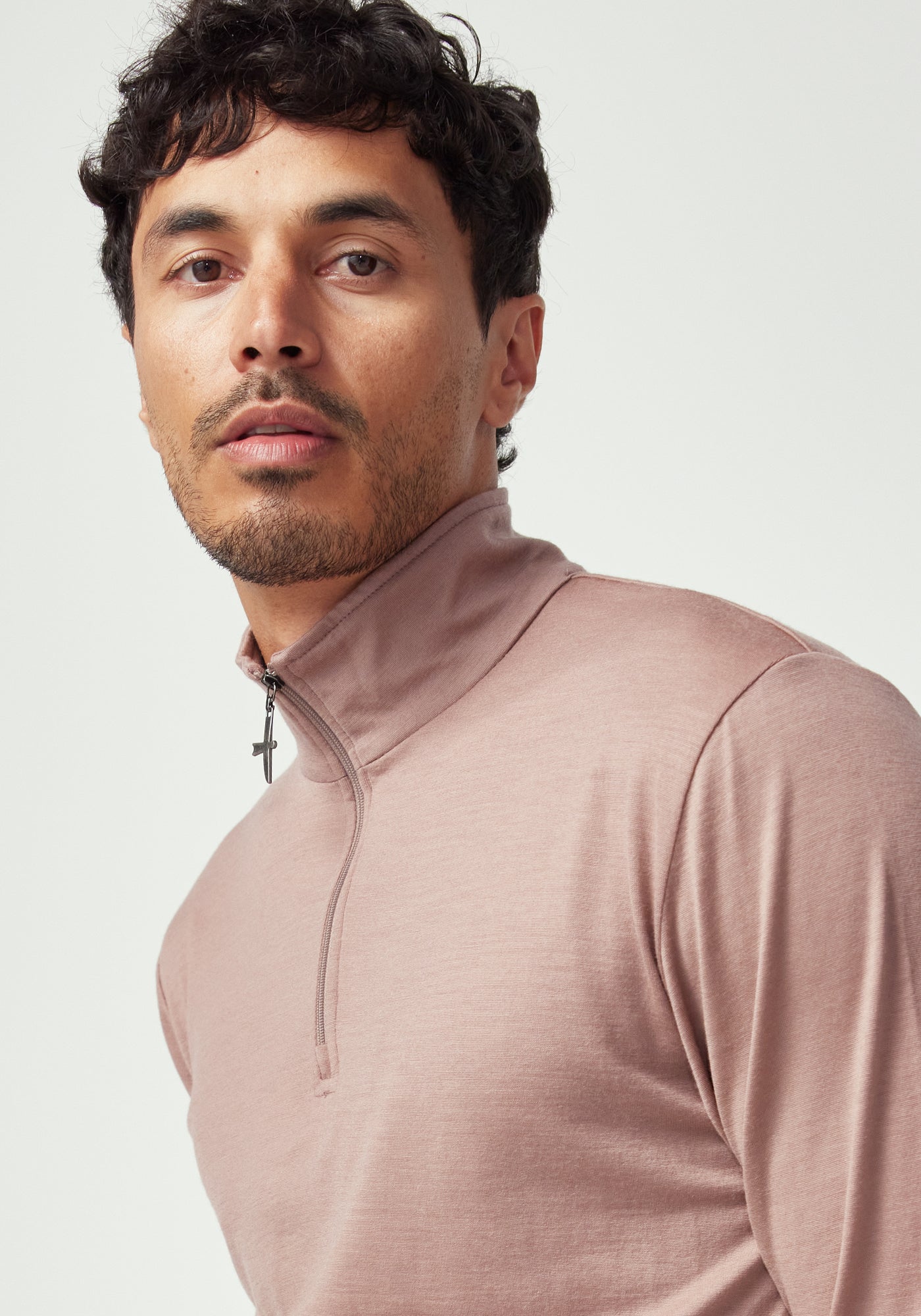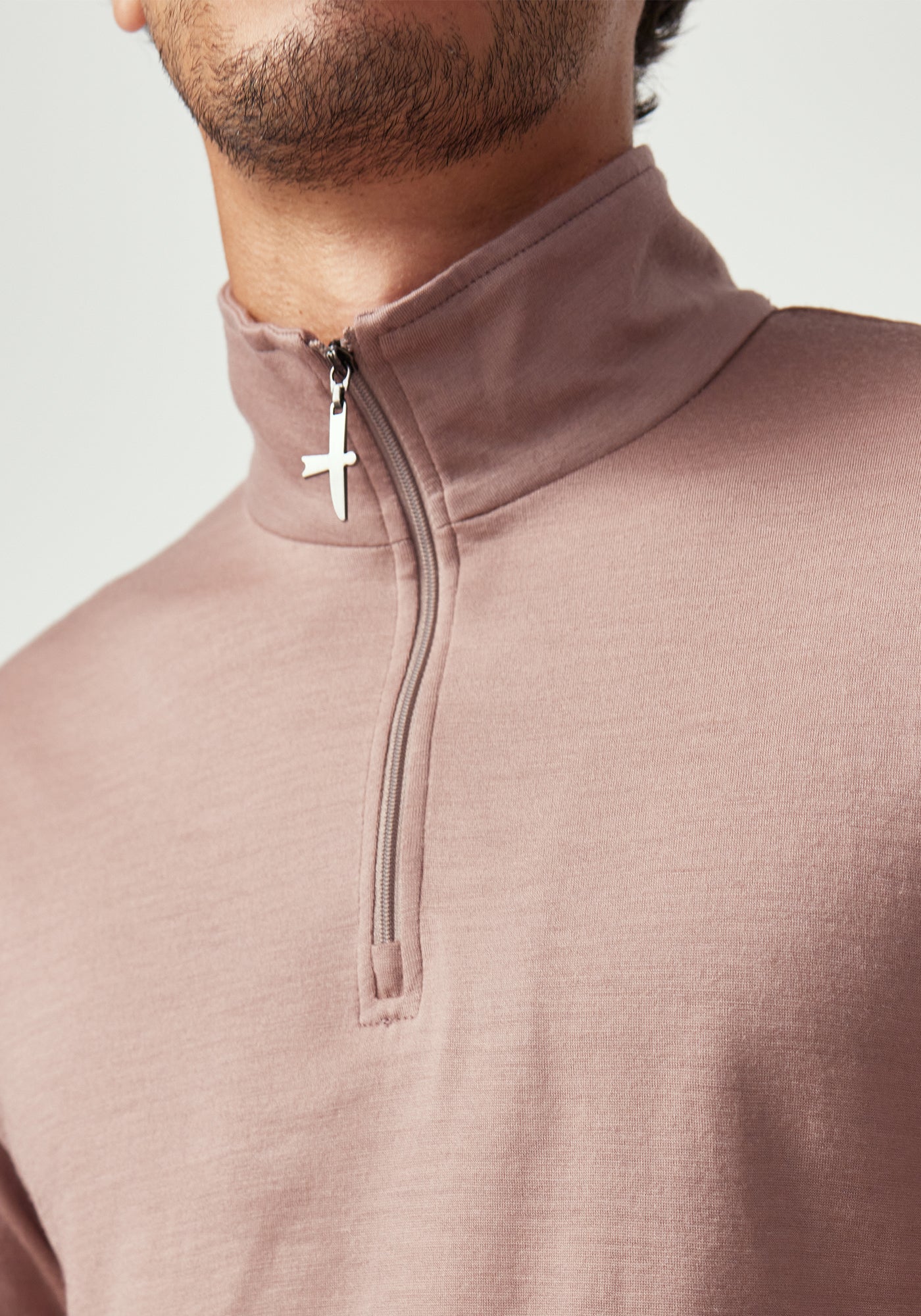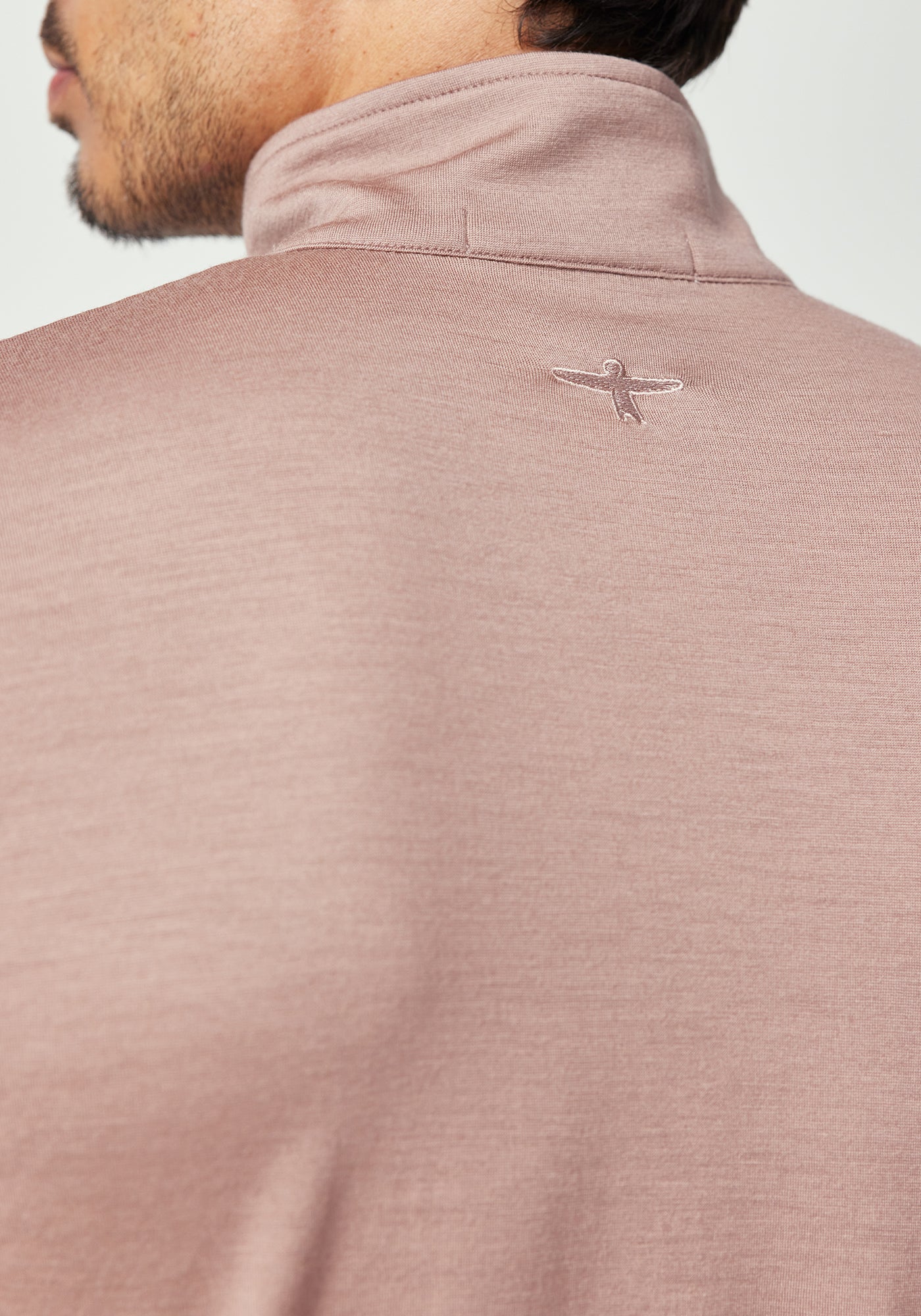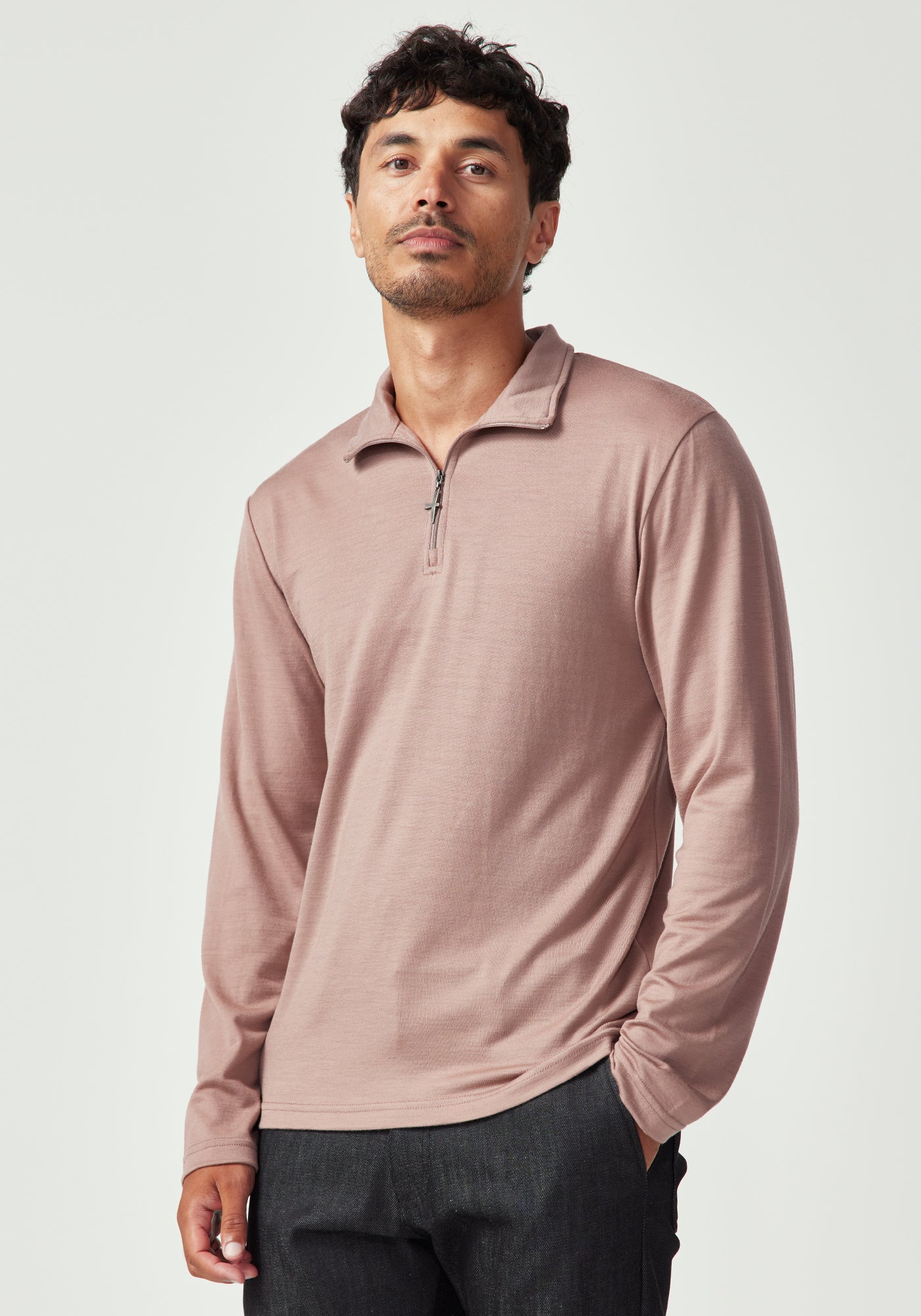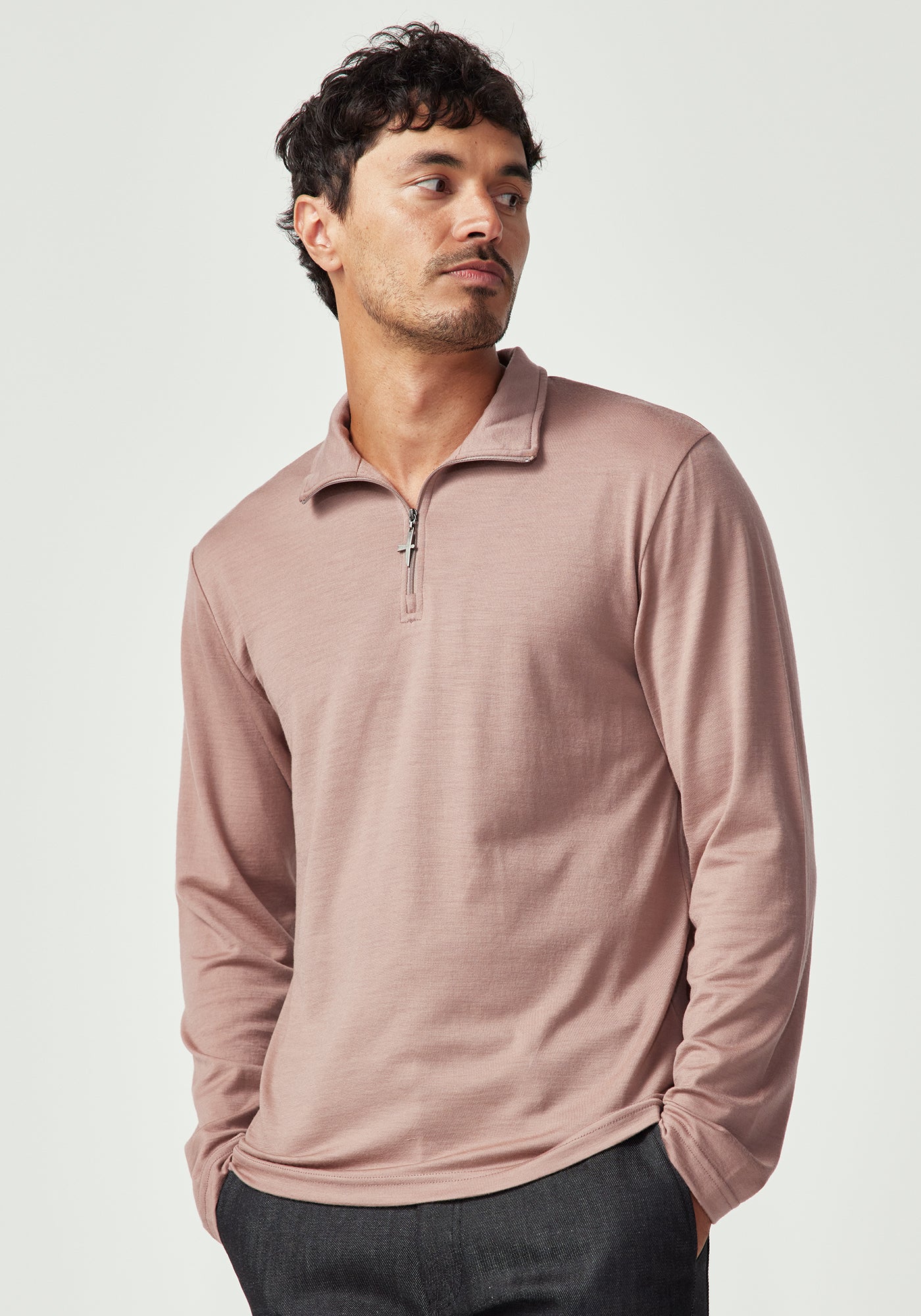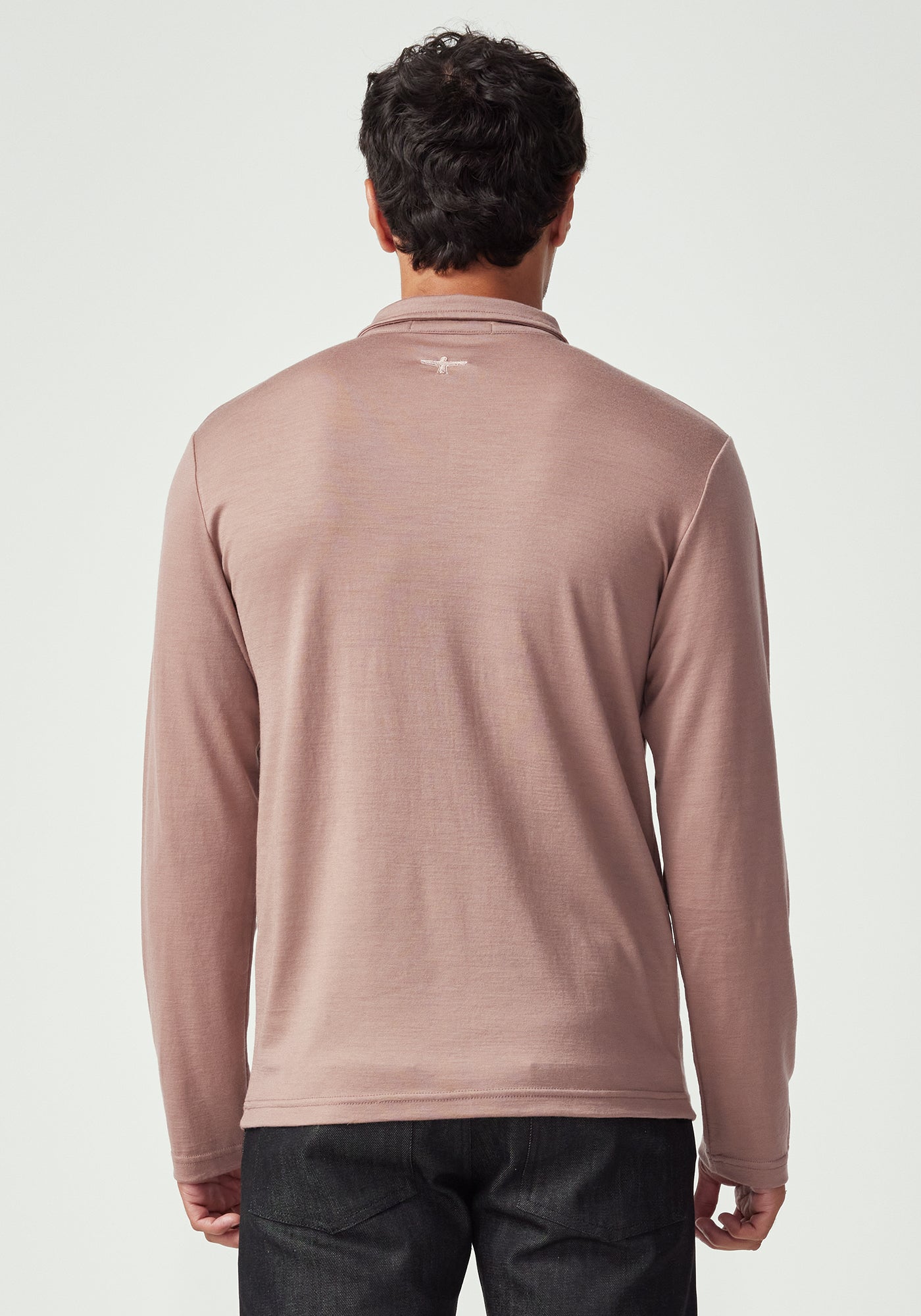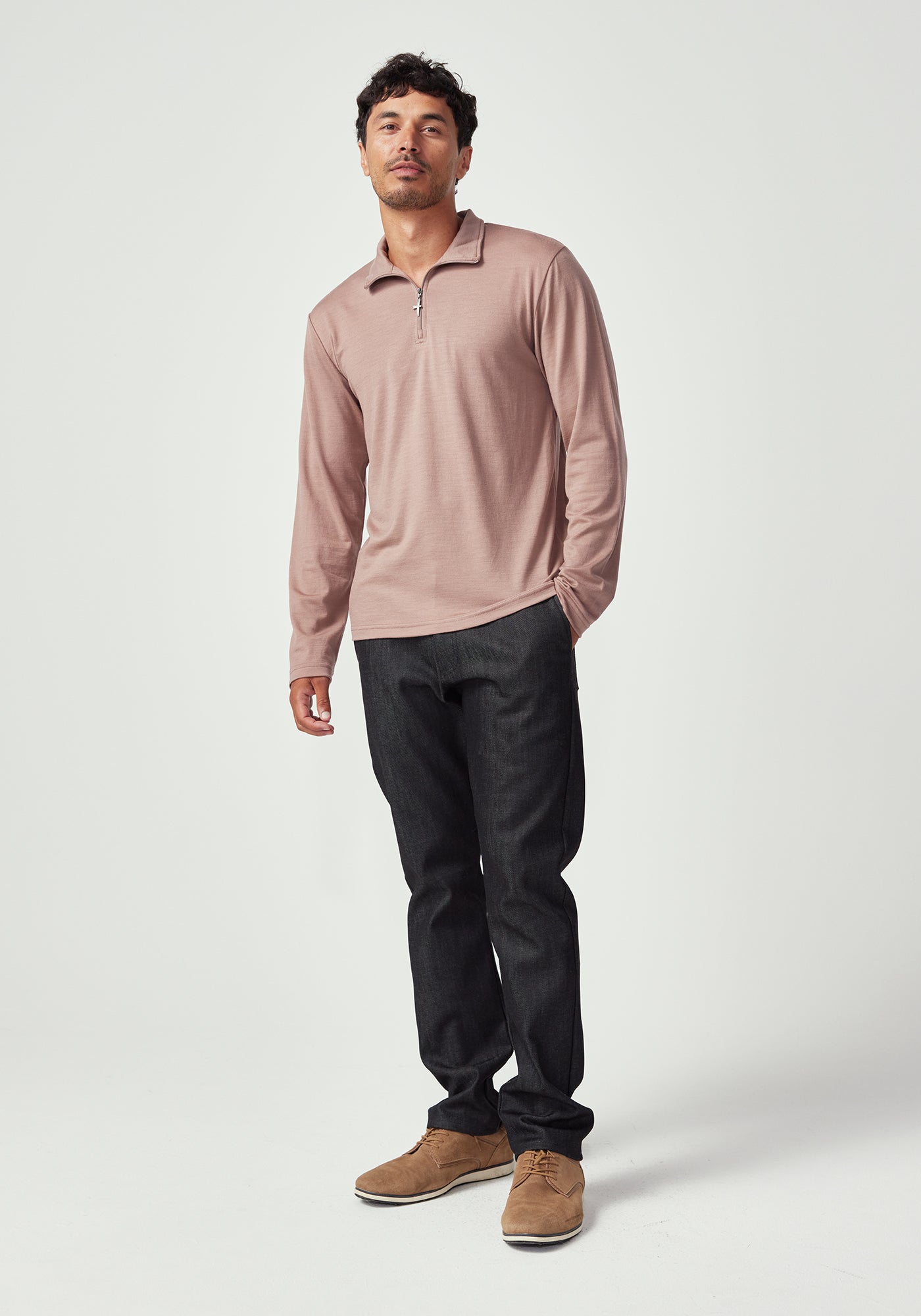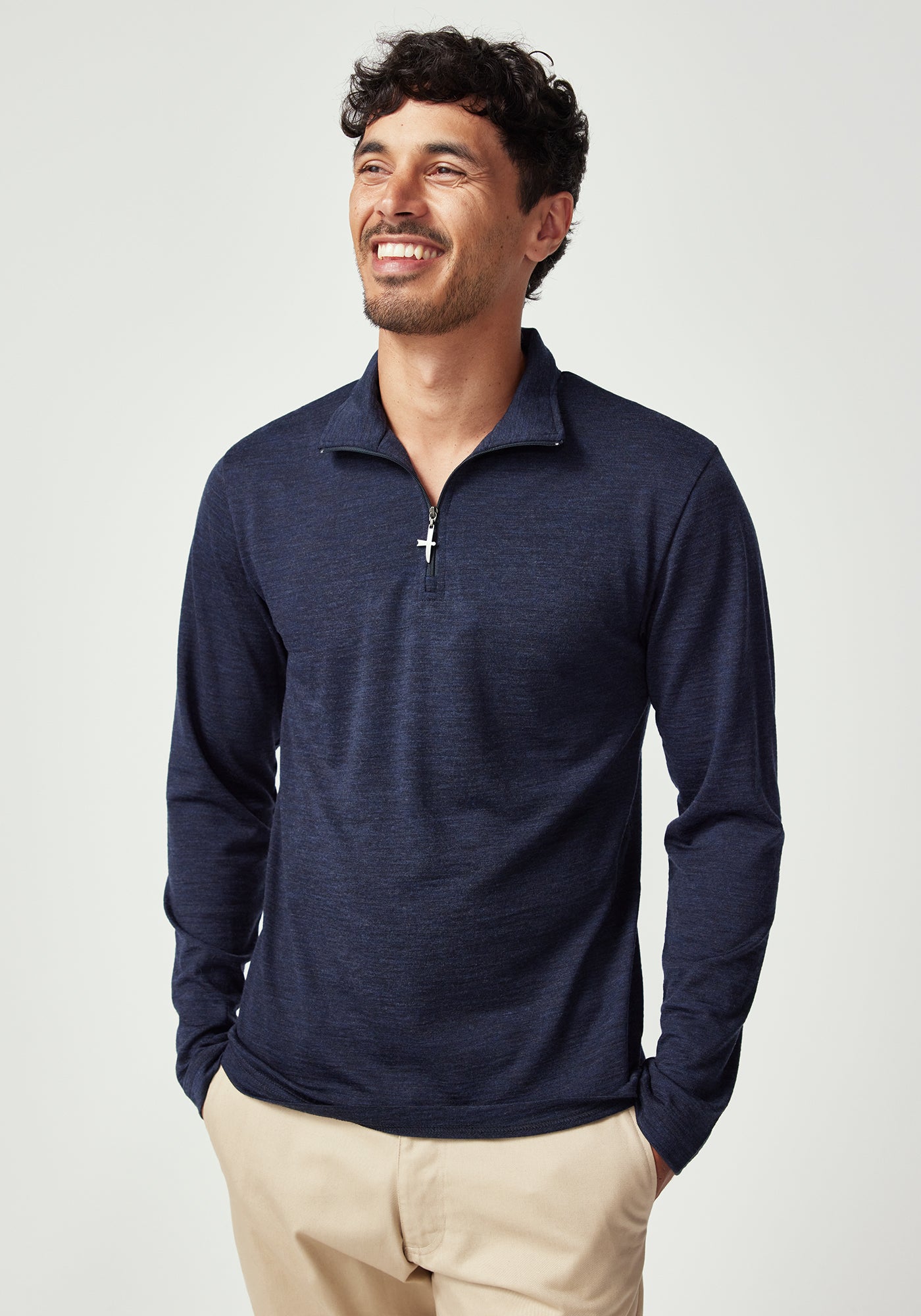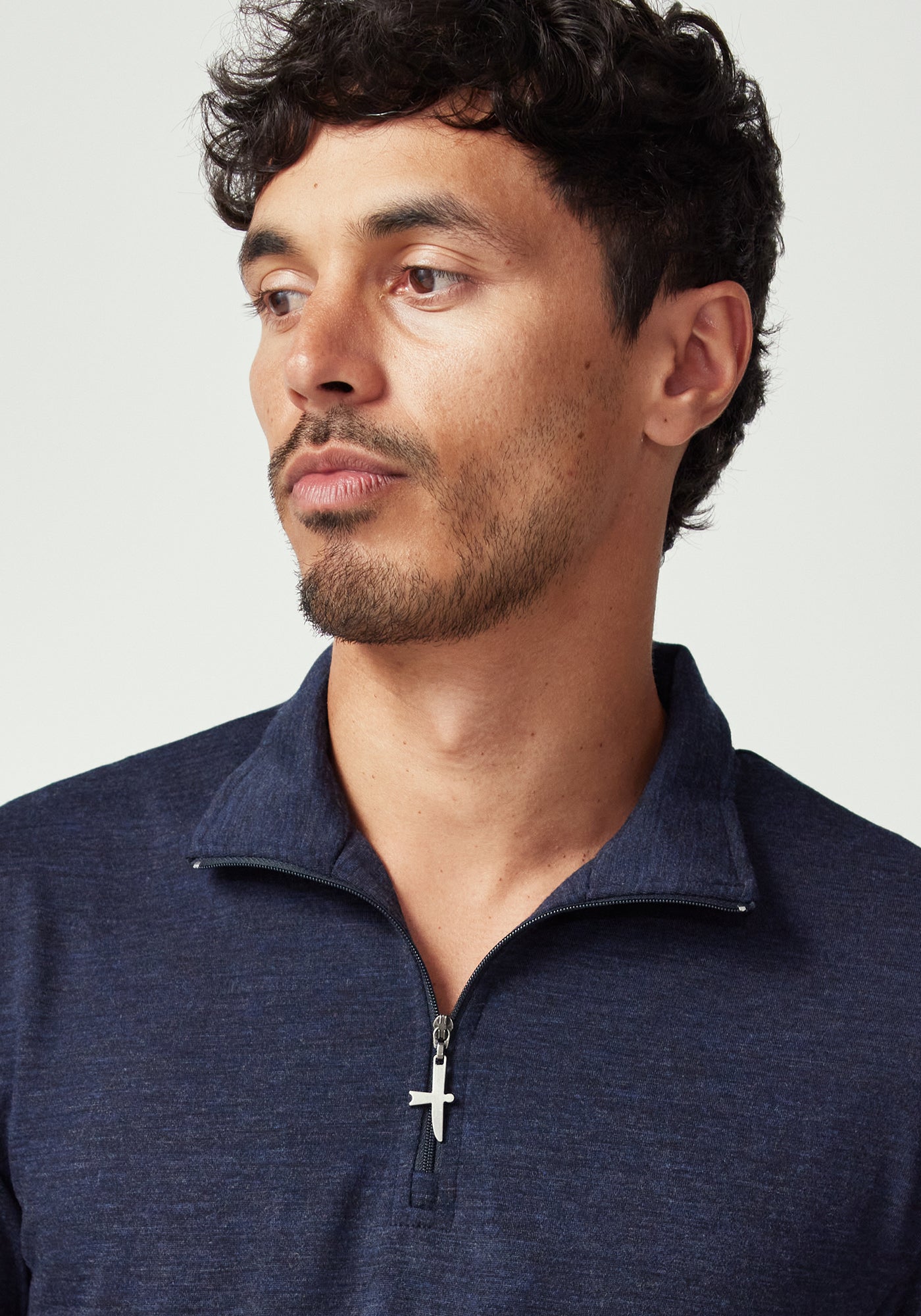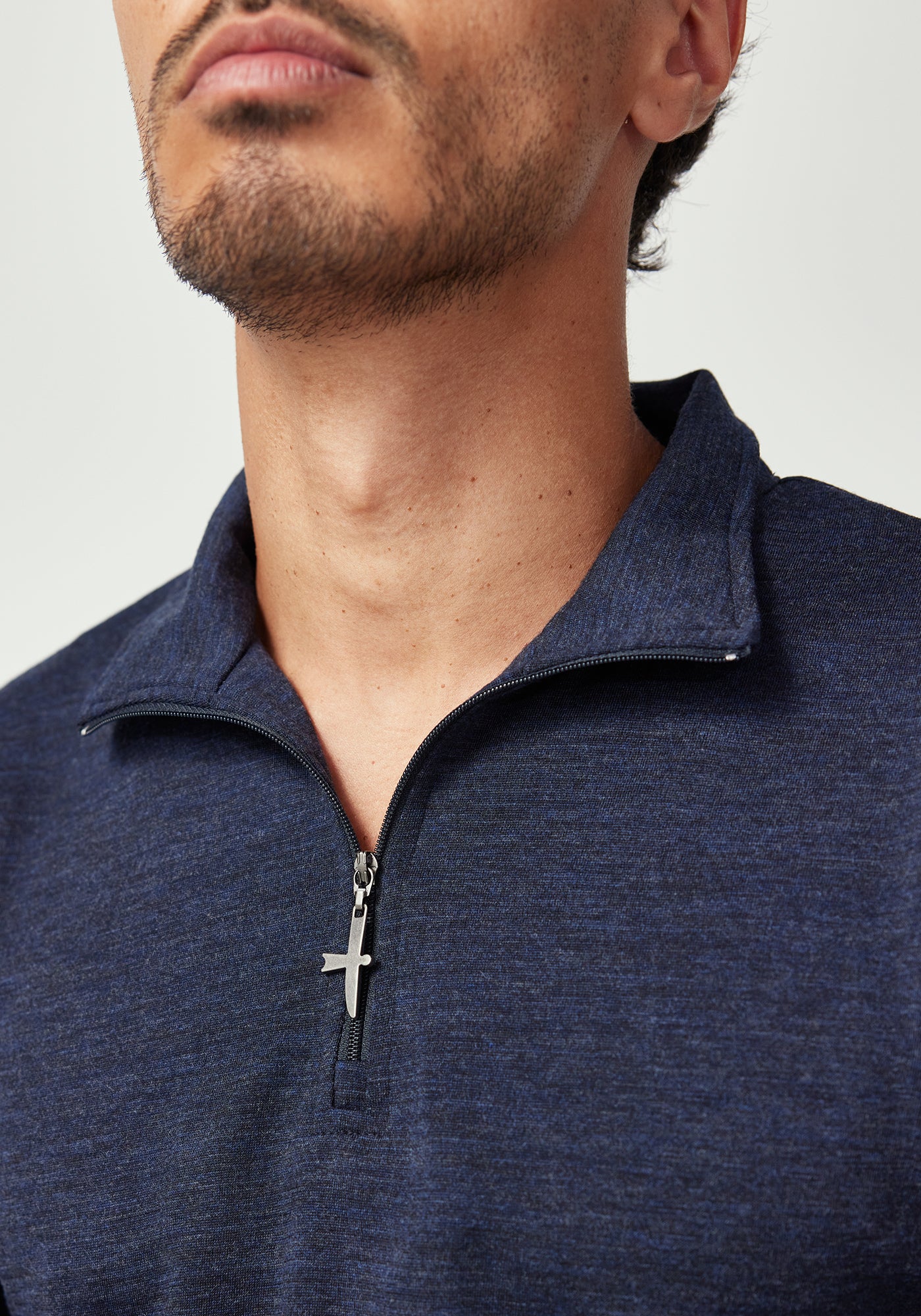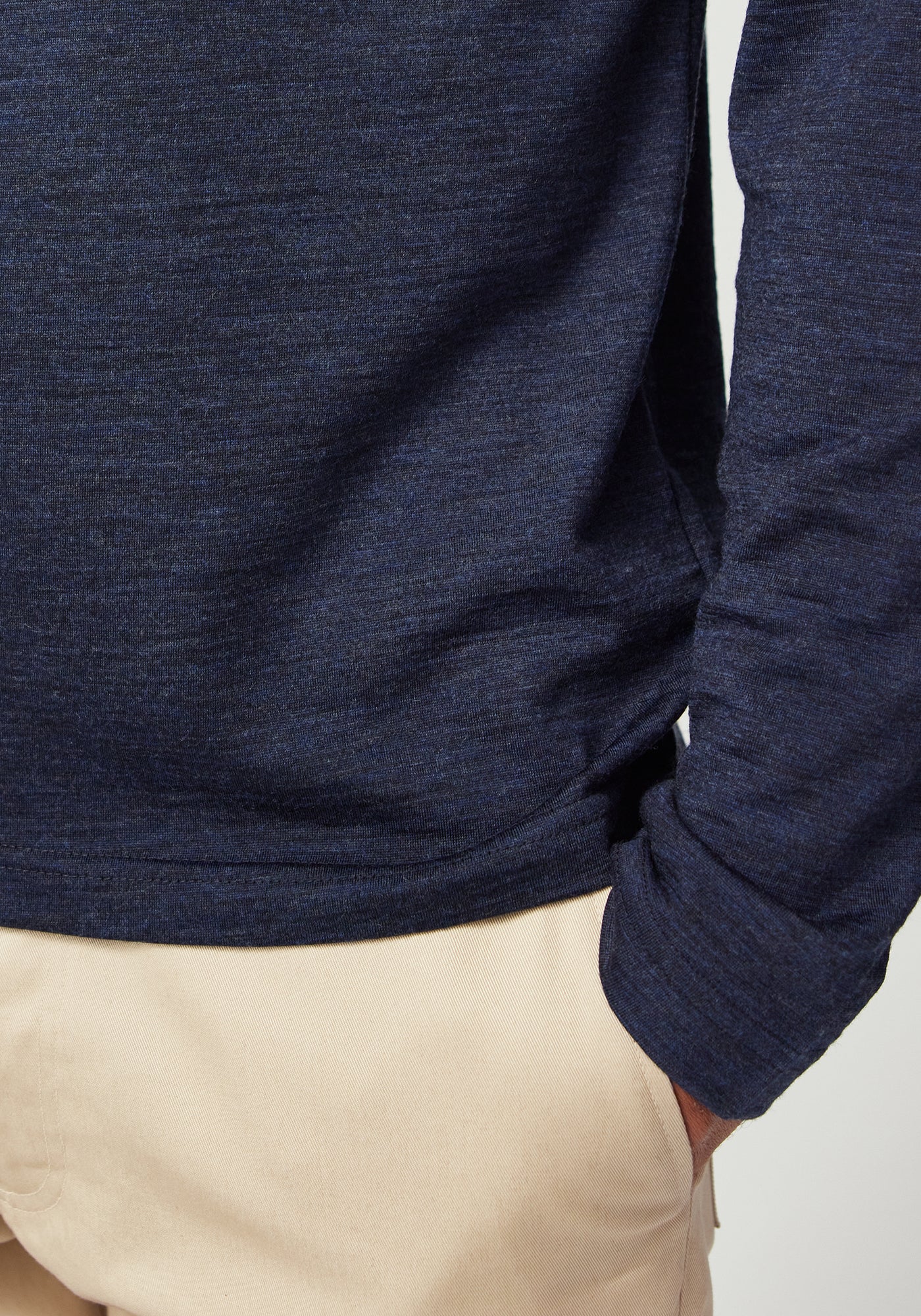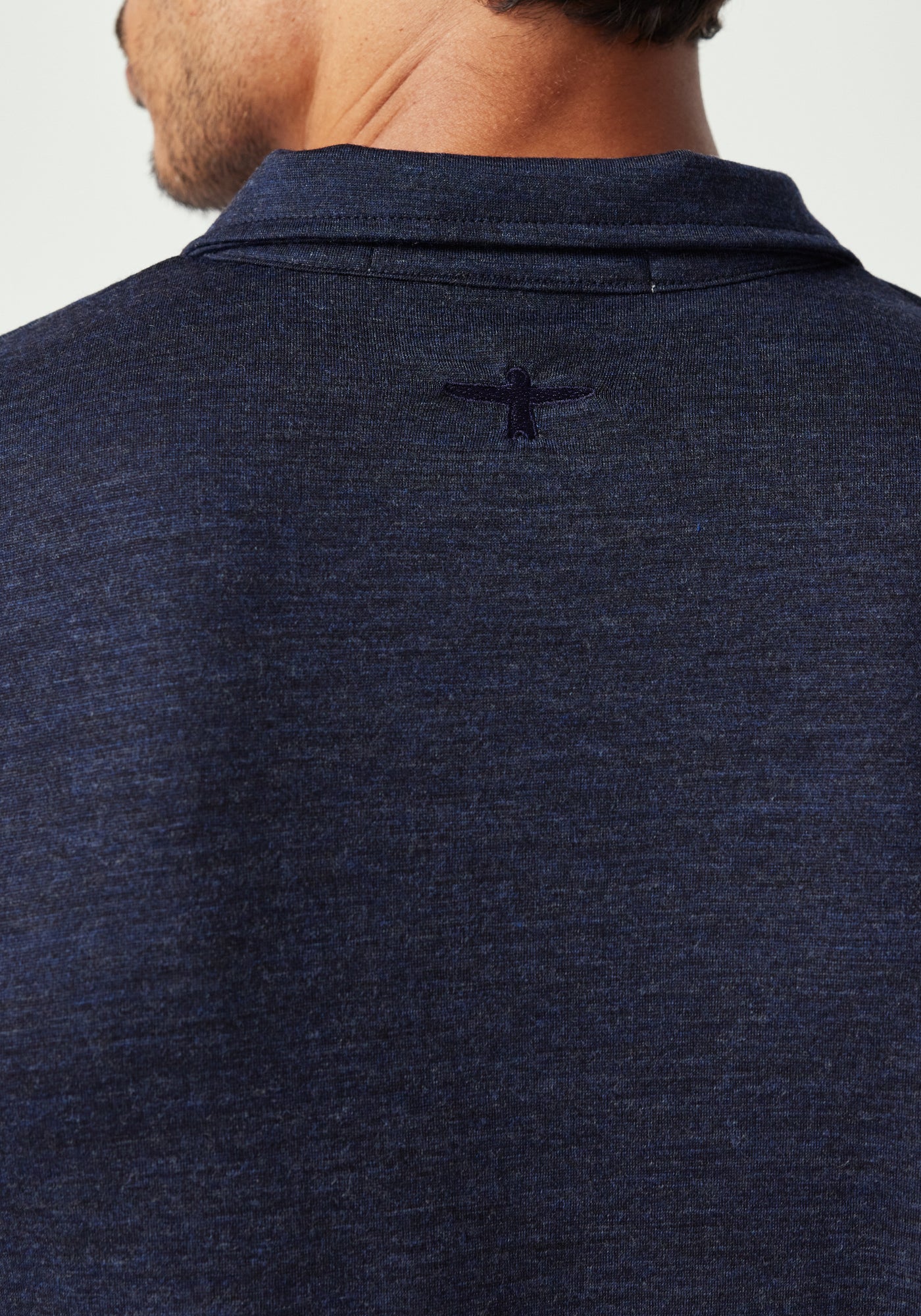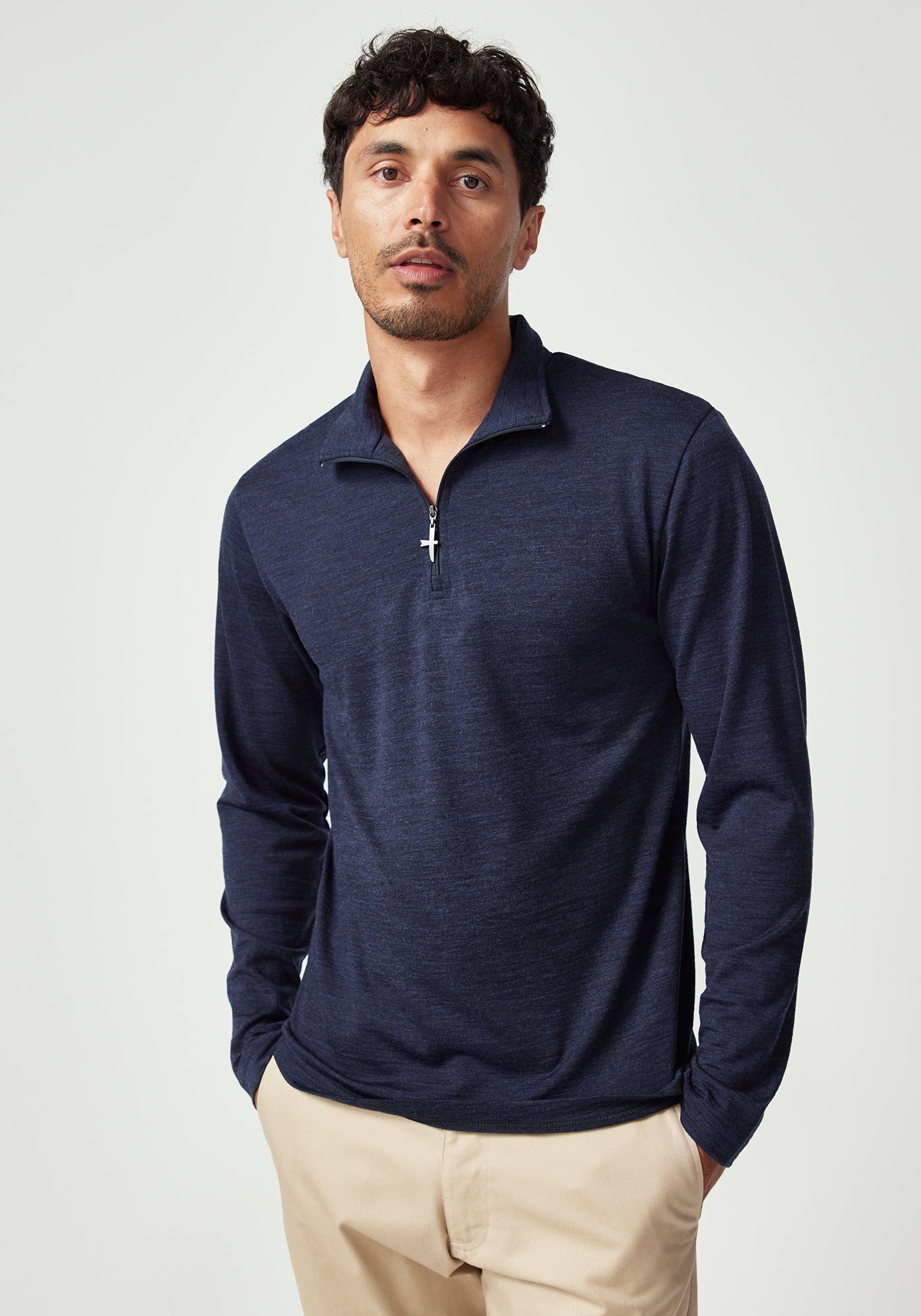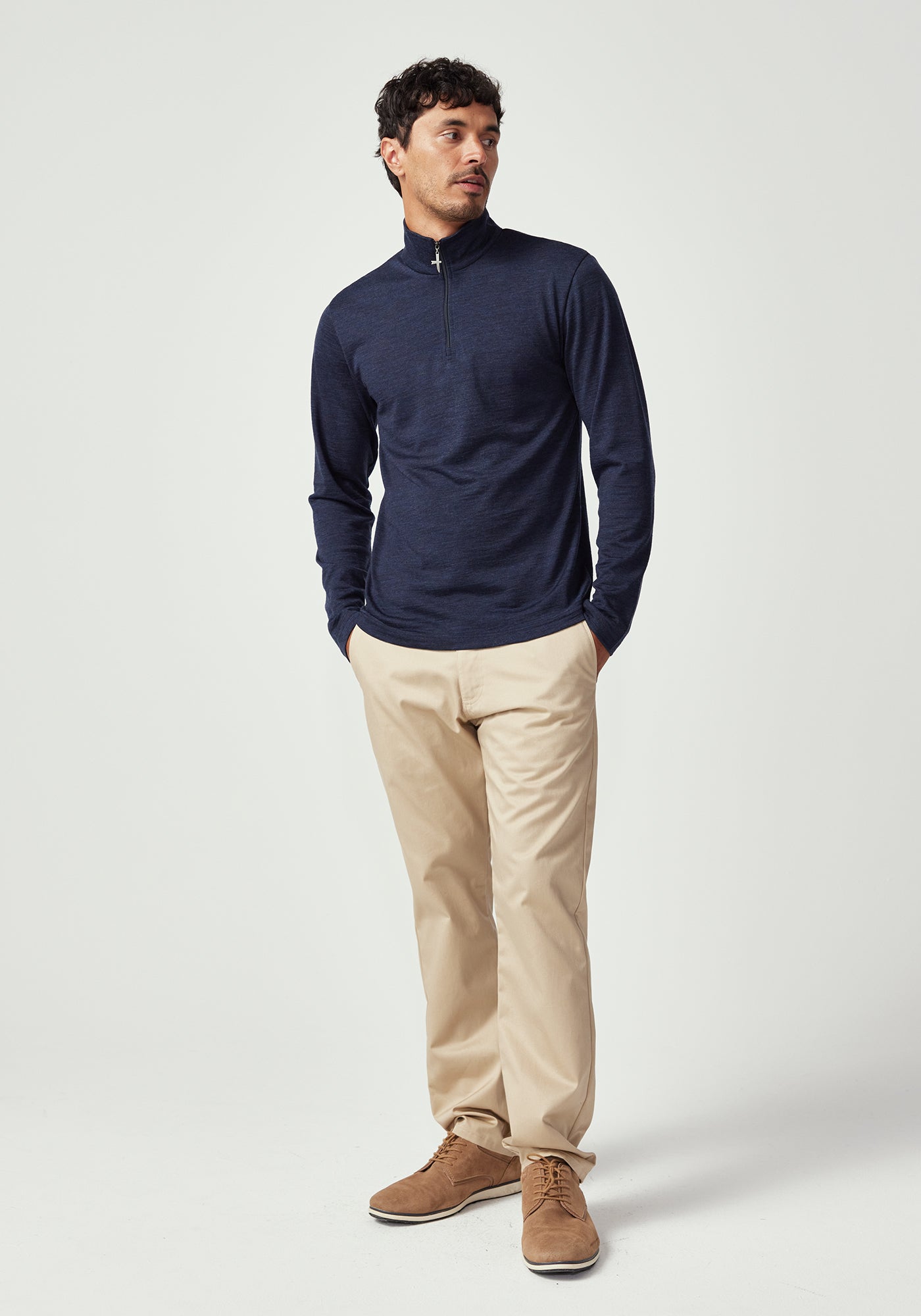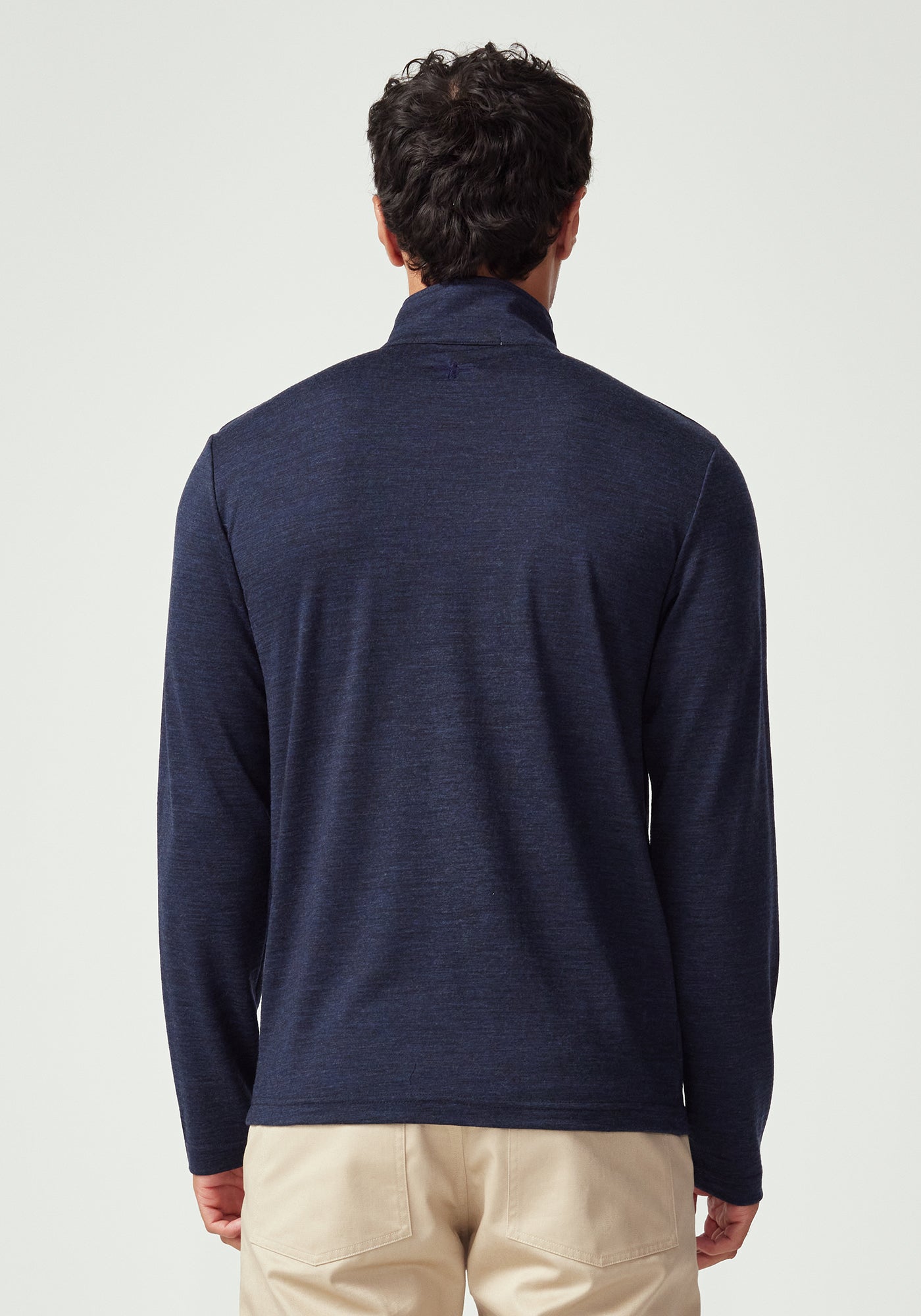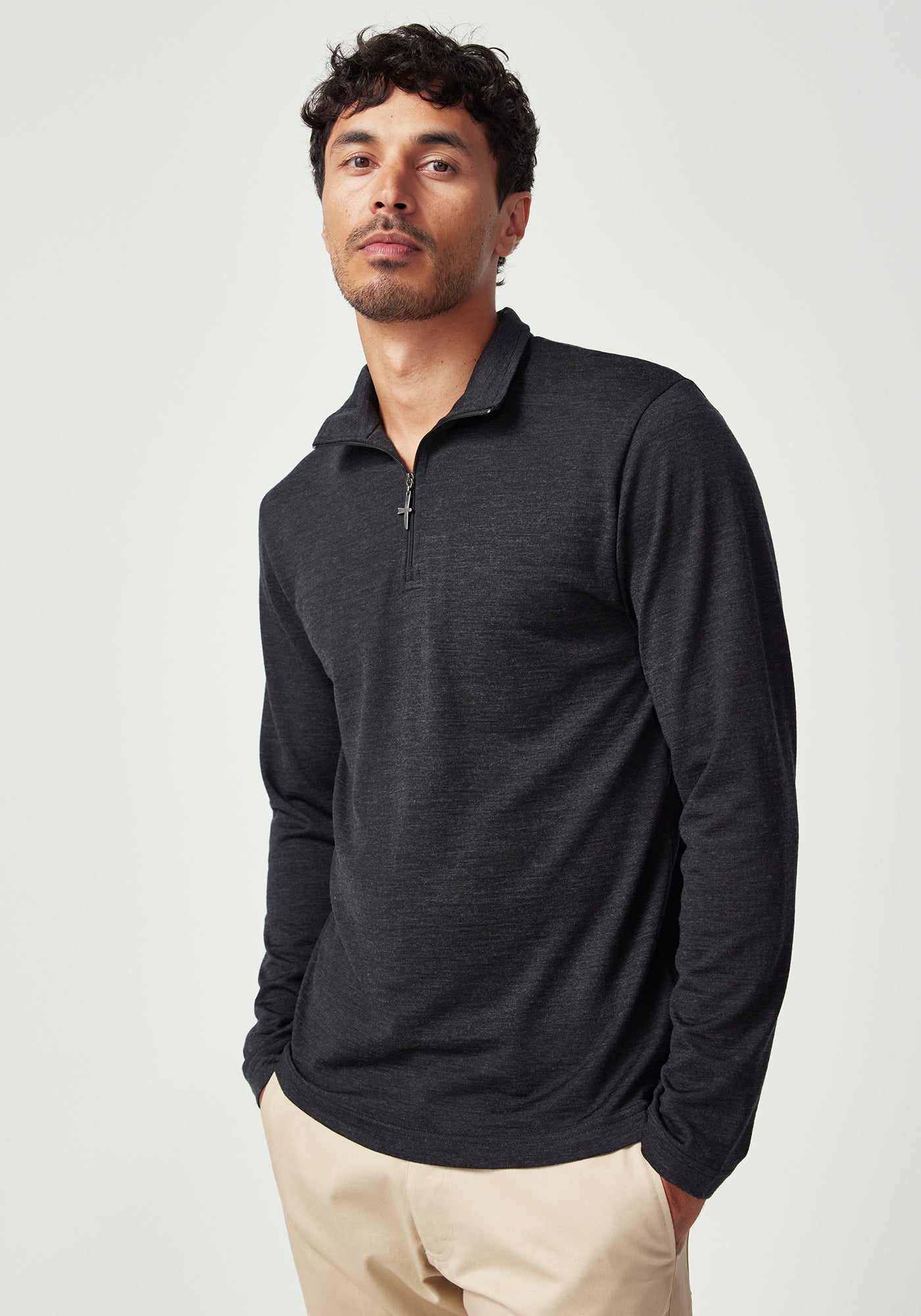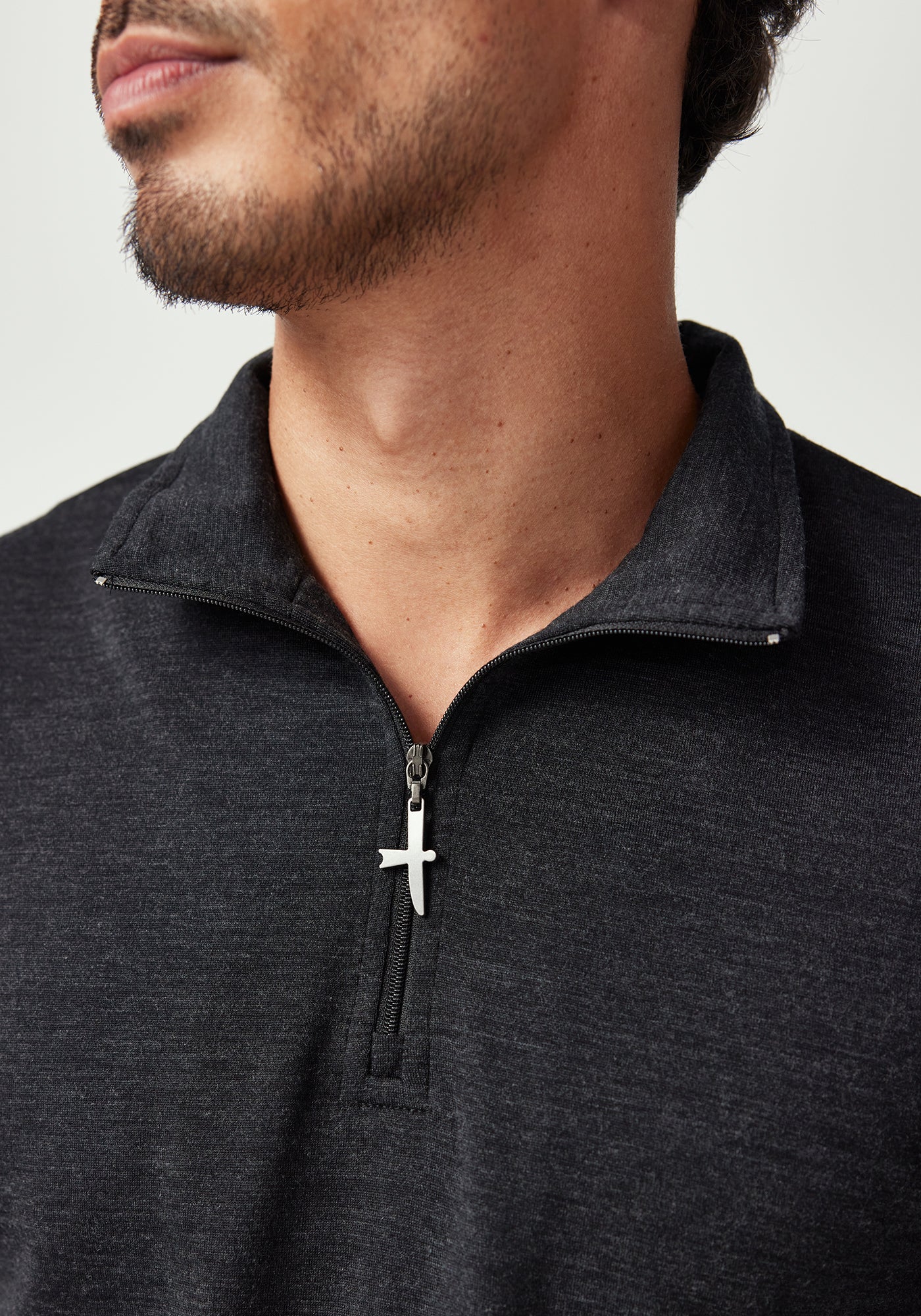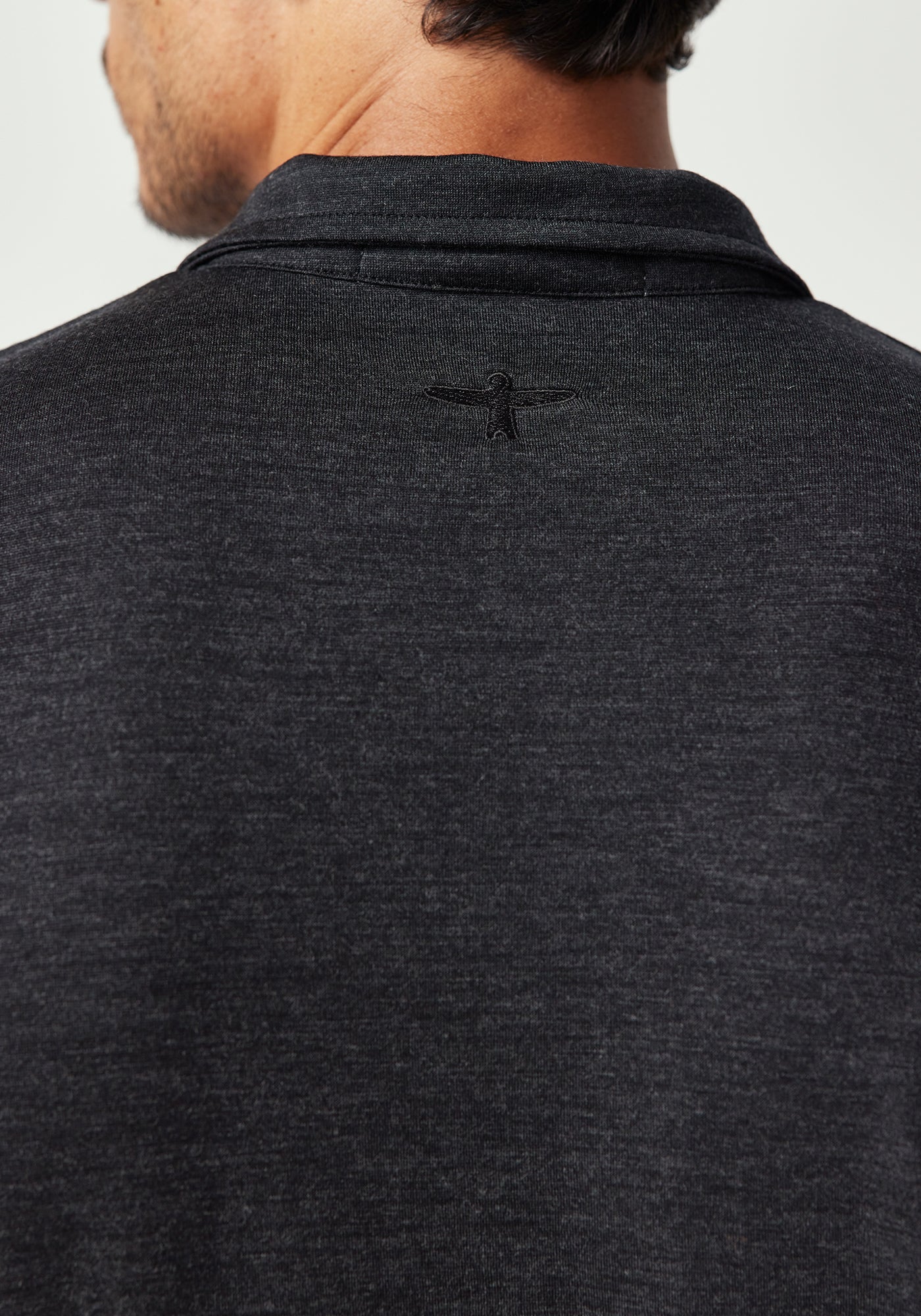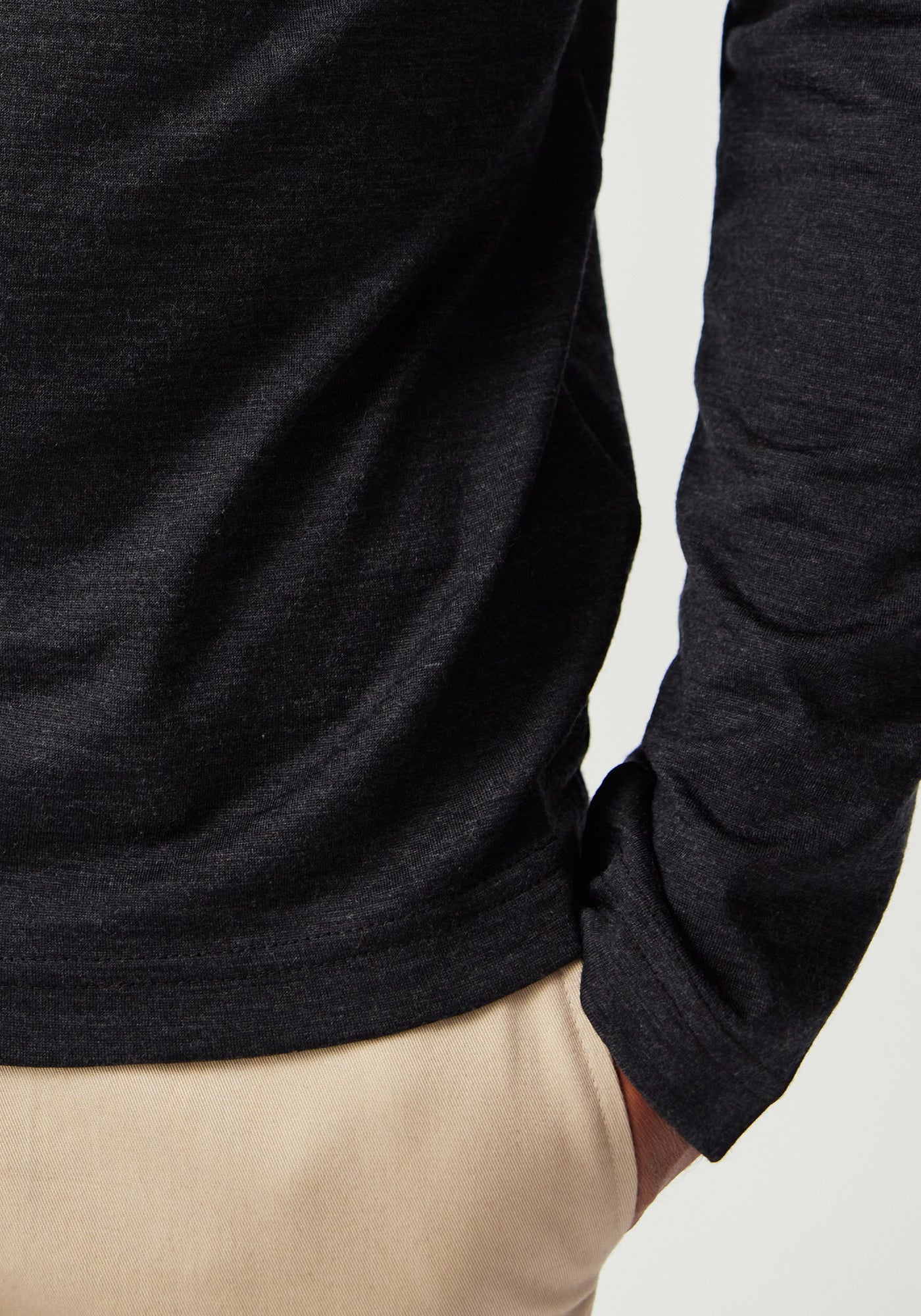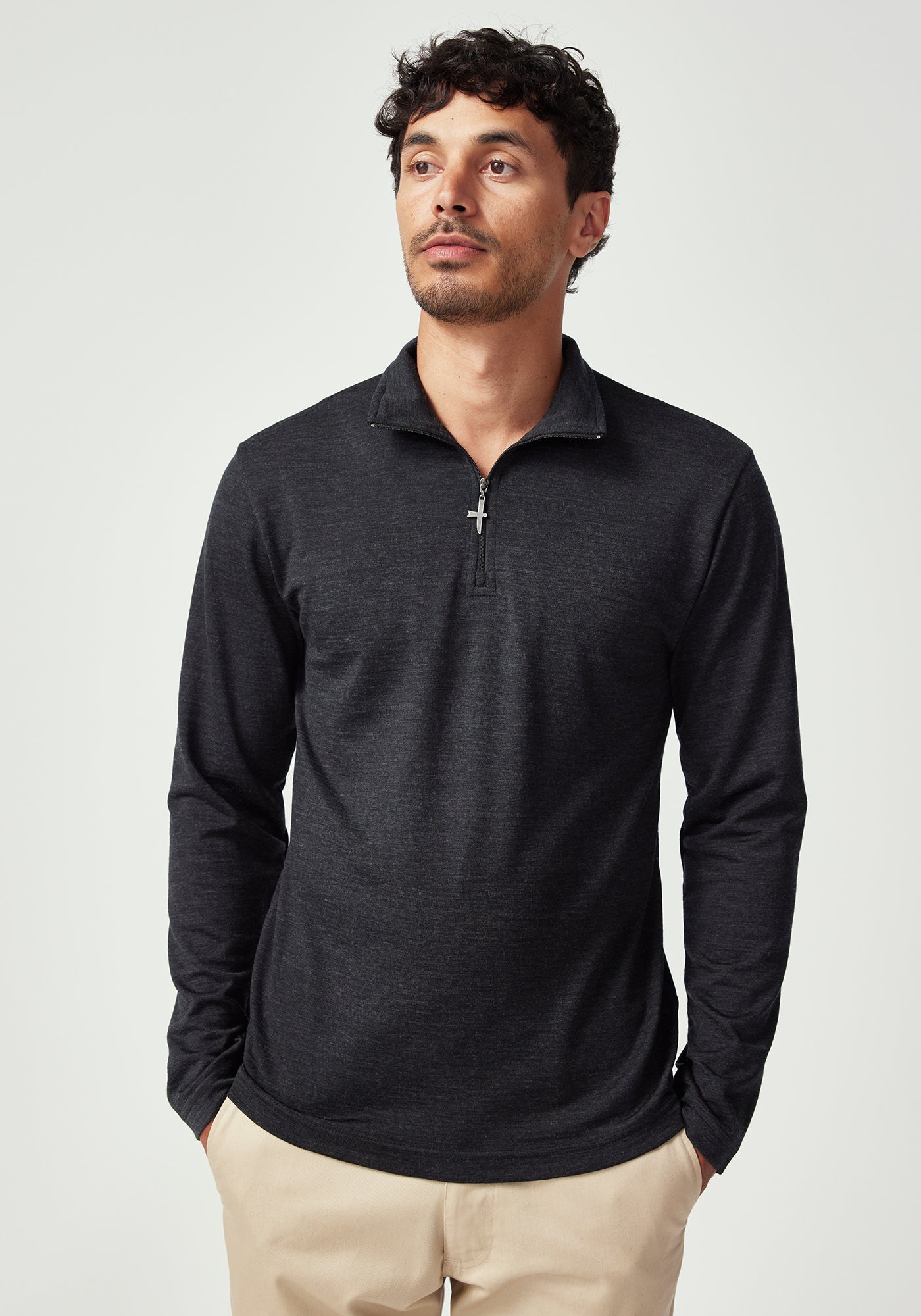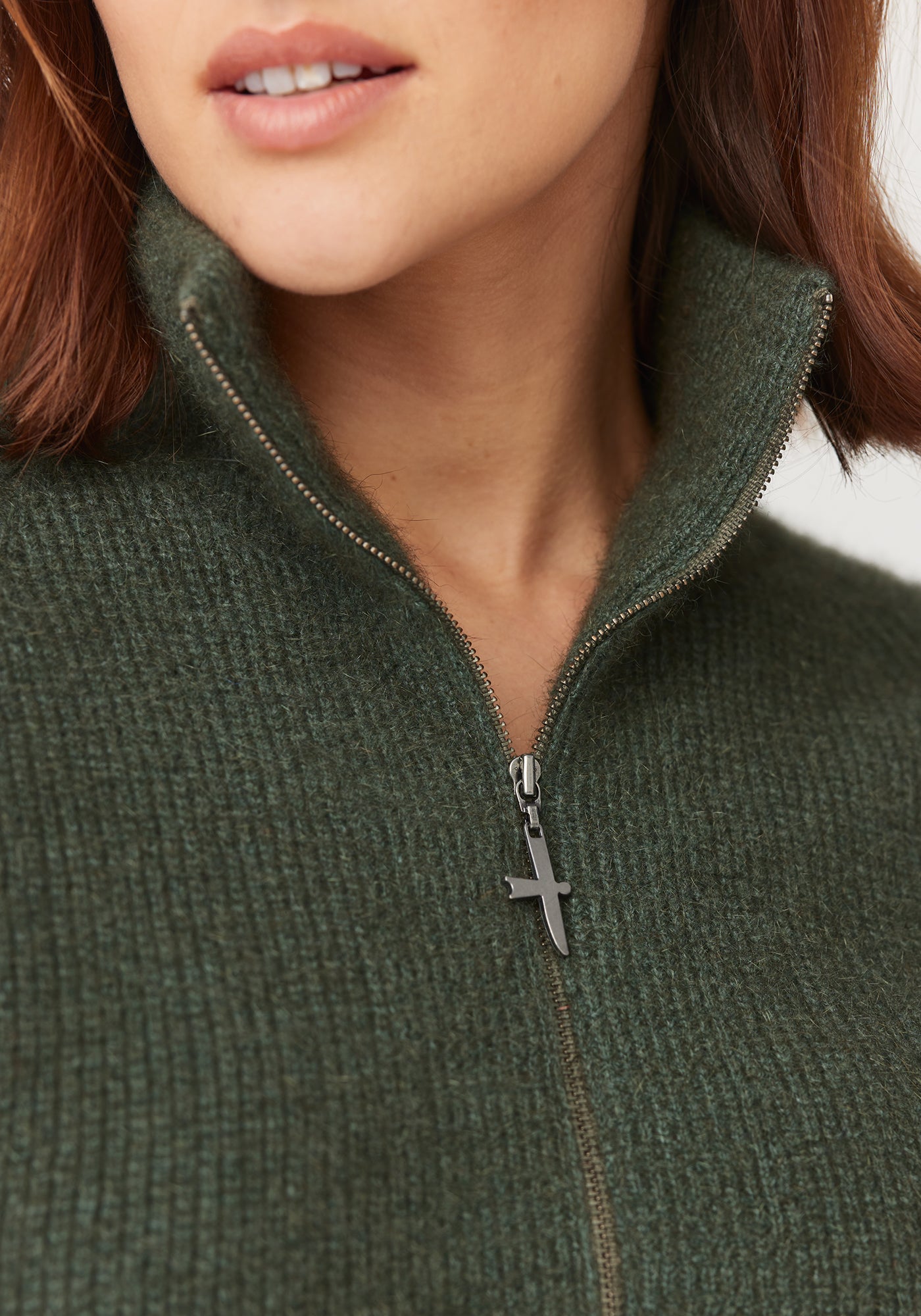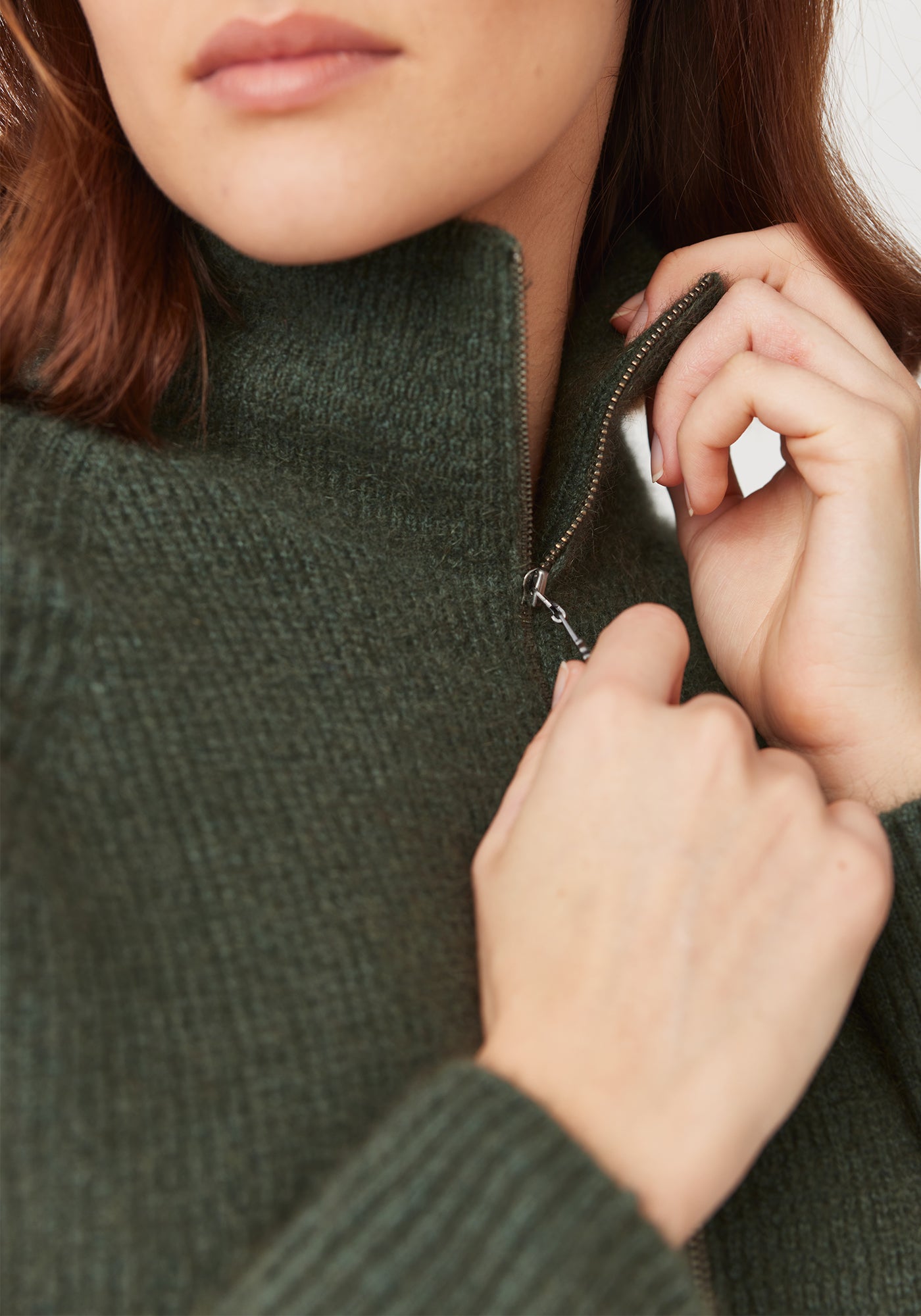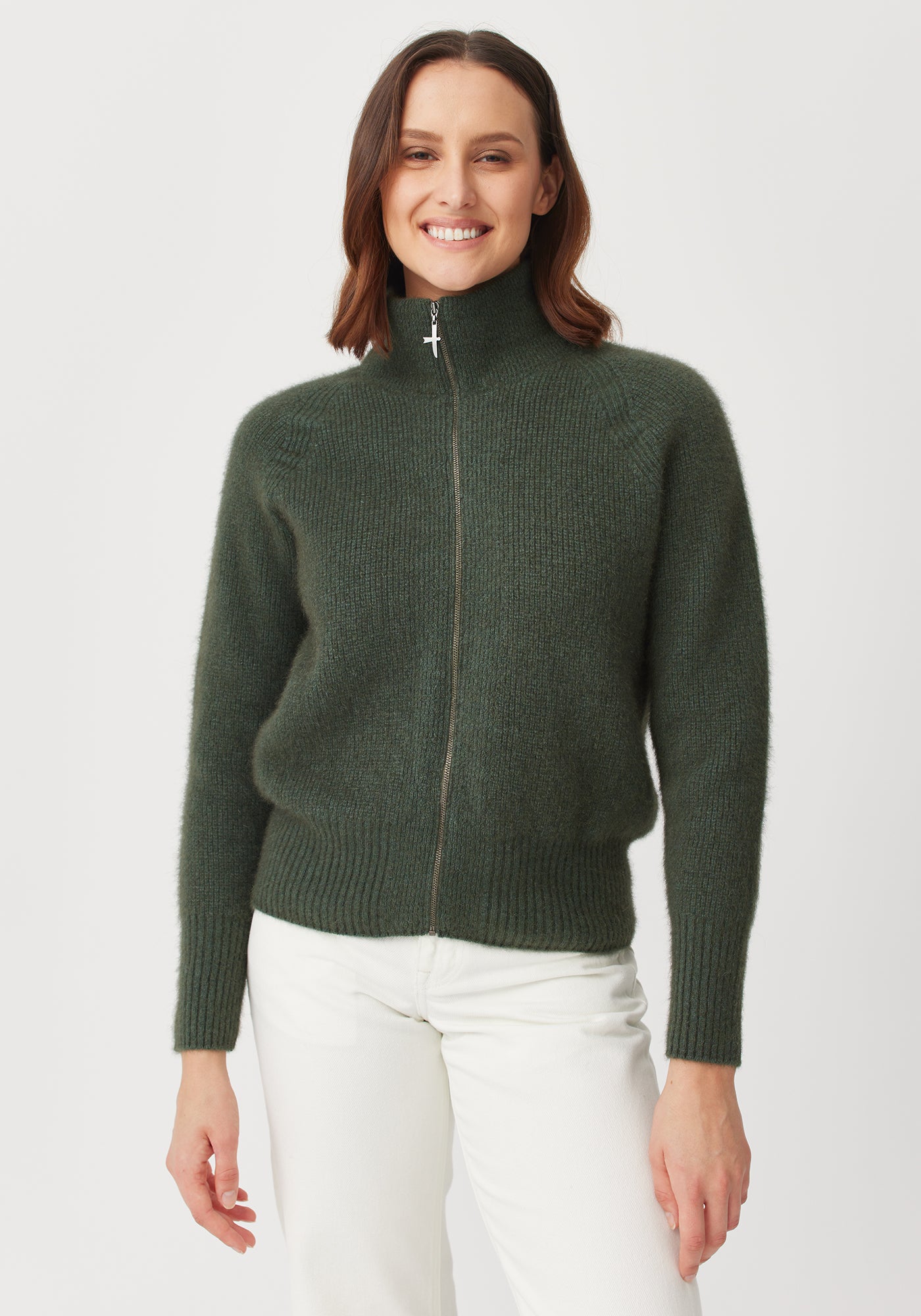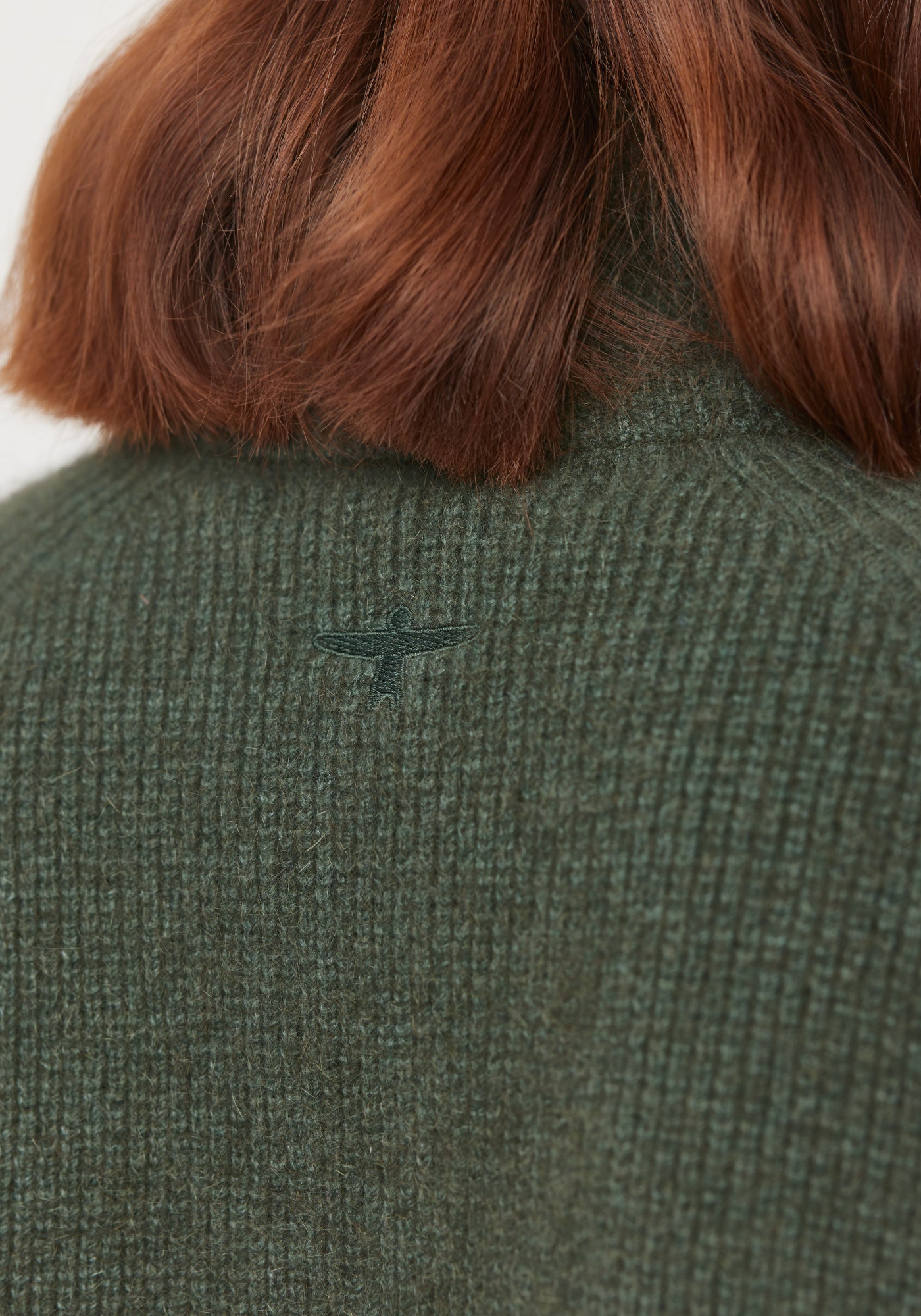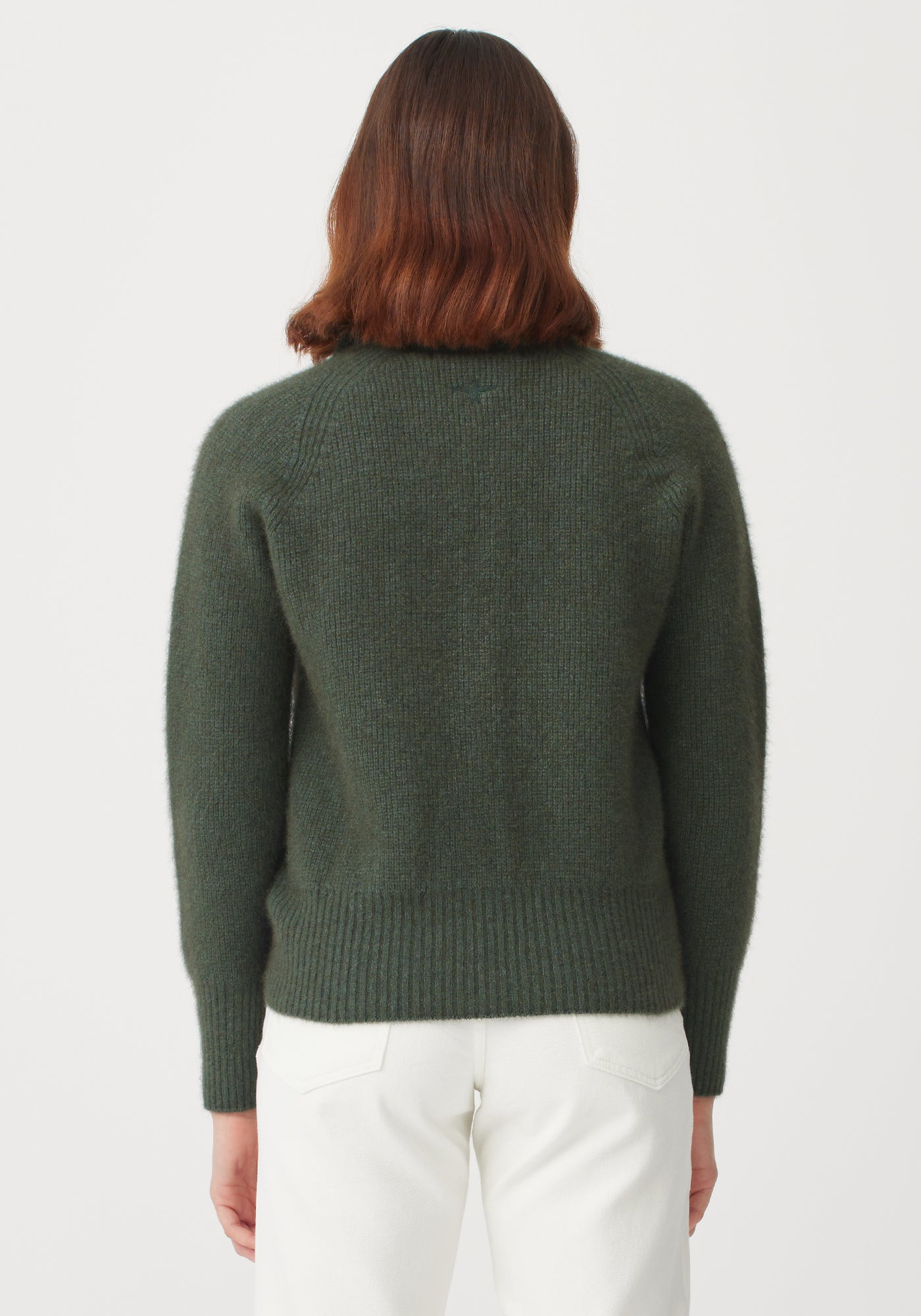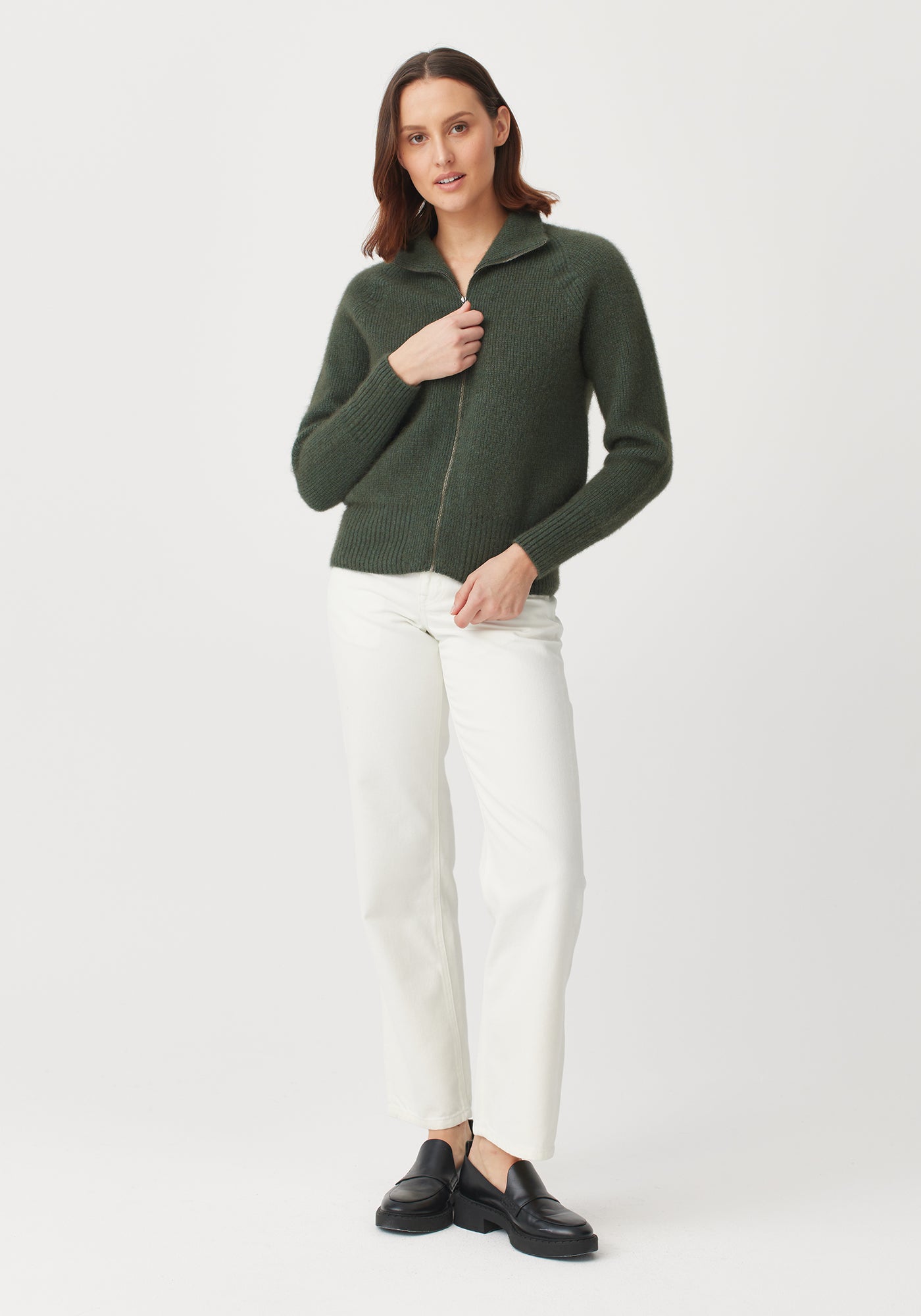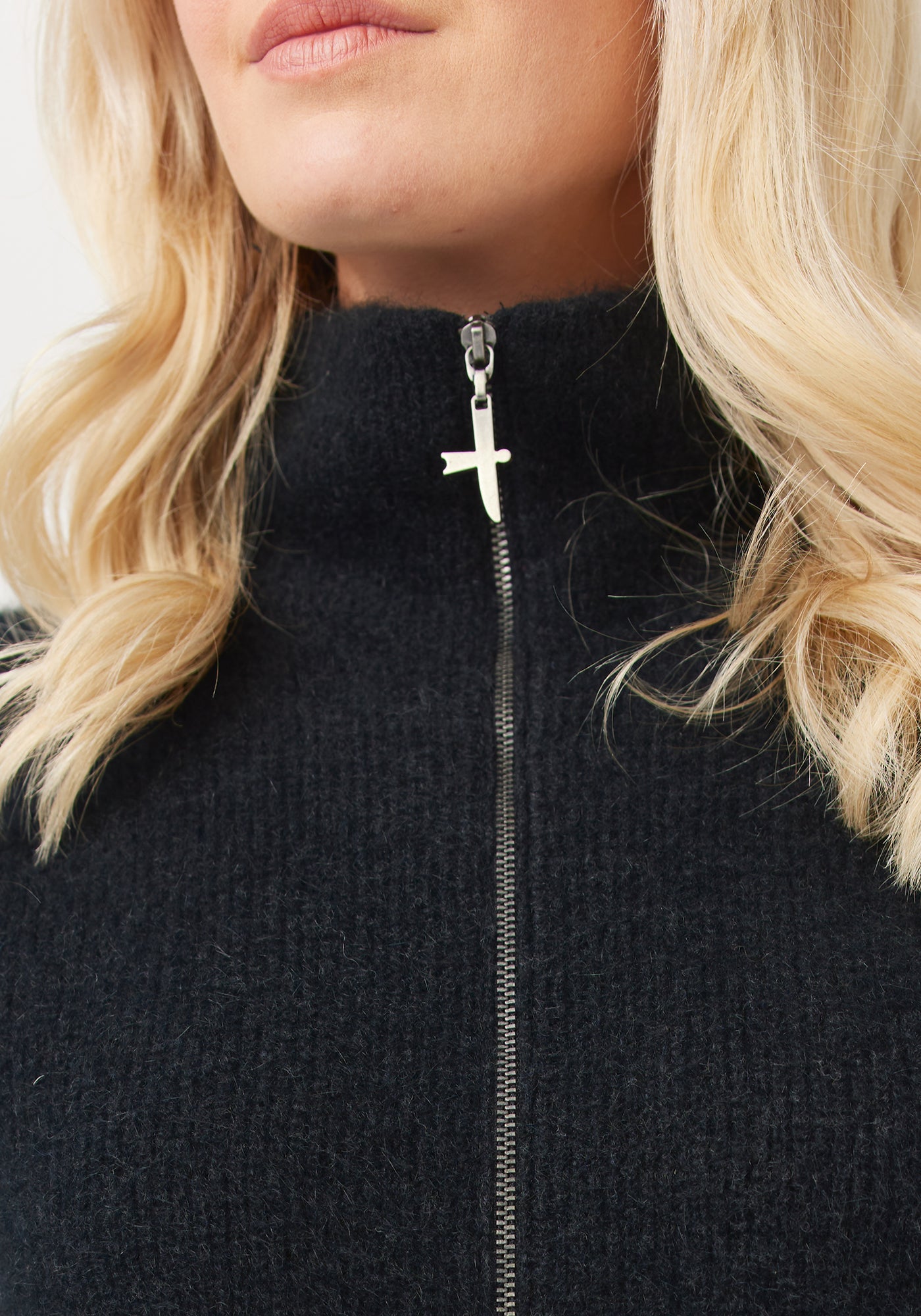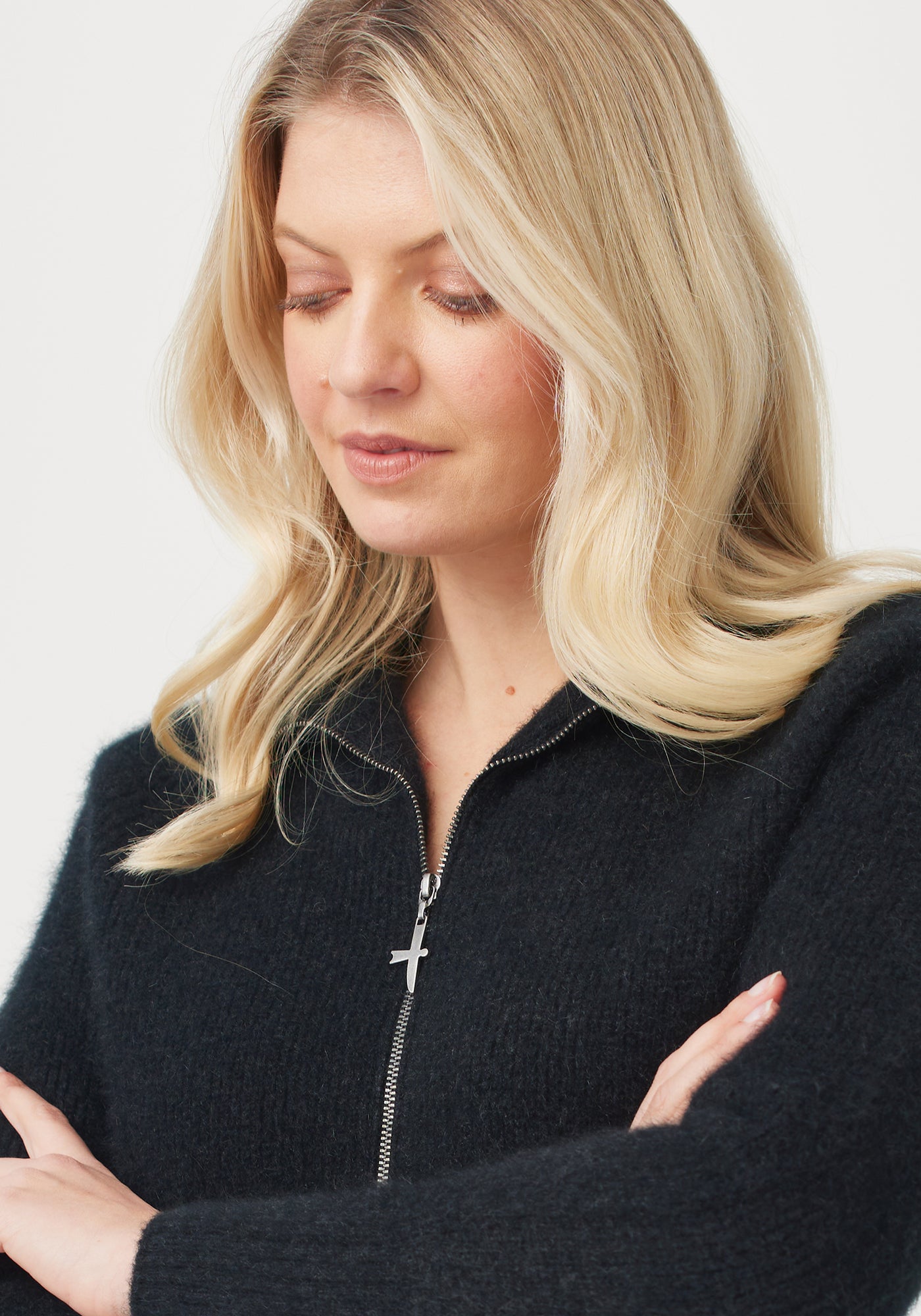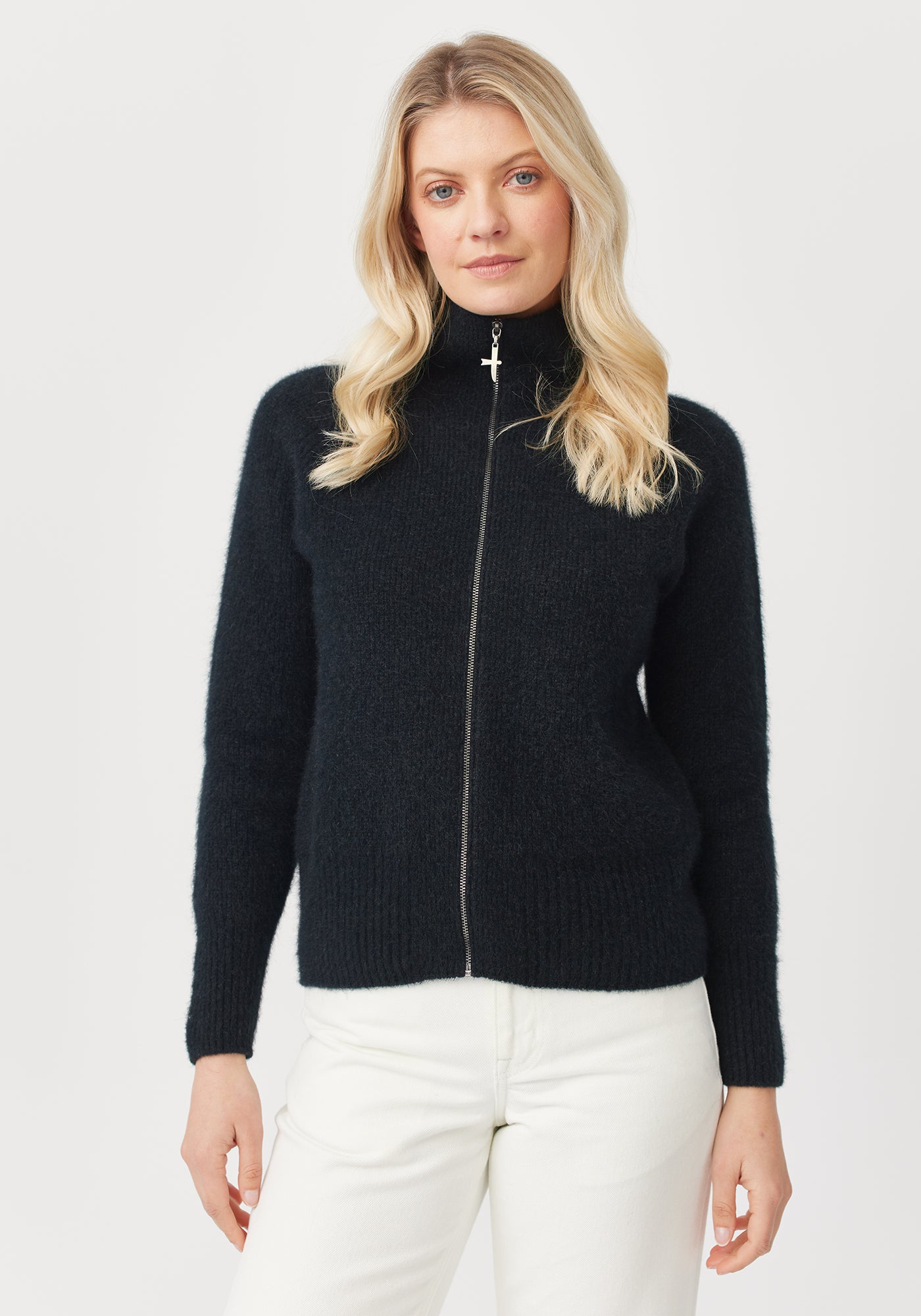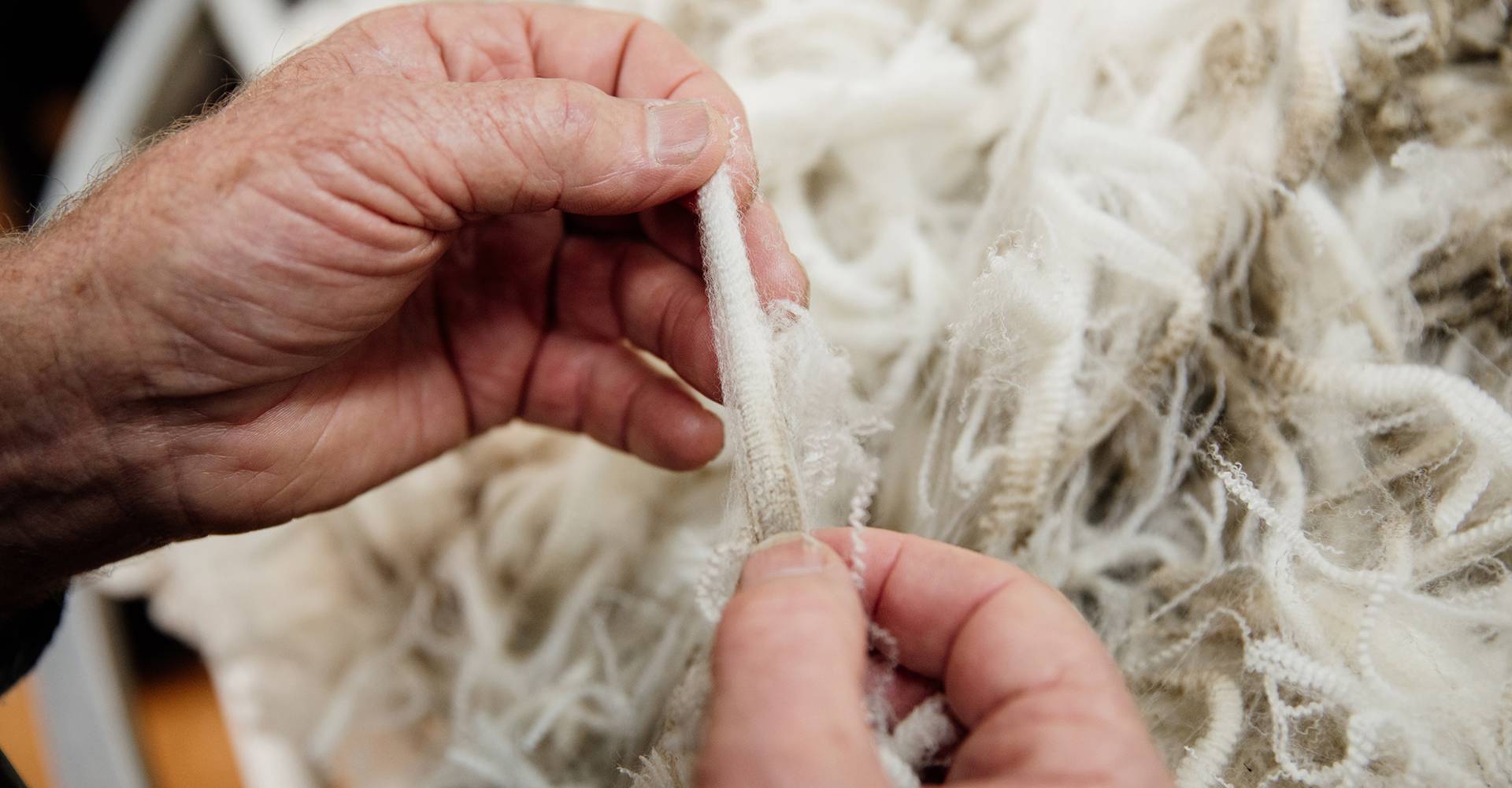In a world where almost every new item of clothing is declared to be essential, knitwear really is. It protects us against the elements, regulates our body temperature and there are options for every season. But when greenwashing is rife, how do you know which knits are sustainable? Here are some clues to look out for.
Natural fibres over synthetic
In recent decades, the knitwear market has been flooded with synthetic fibres like polyester and nylon. Derived from non-renewable fossil fuels - which we must limit the use of to put a stop to global heating - and known to pollute our natural environment and oceans by shedding microplastics, they cause many layers of environmental harm. Natural fibres on the other hand will naturally biodegrade in the environment, won’t shed microplastics and, unlike synthetics, act to regulate the body’s temperature keeping you comfortable year-round. Wool is also known to be antimicrobial, so your clothes stay fresh. And cultivating natural fibres isn’t just ‘less bad’, in many cases it’s an actively positive force for the environment. For instance, a selection of our natural fibre growers are ZQRX certified, which means they are operating regeneratively, improving the soil and biodiversity, restoring waterways, and protecting native species. Our knits are made from a whole host of soft natural fibres like cashmere, merino wool, alpaca, mulberry silk, Ecopossum, cotton and linen.
Traceability and transparency
Where natural plant-based and animal fibres are concerned, traceability and transparency are important to ensure that high animal welfare and environmental standards are maintained. Some natural fibres are grown and processed using chemicals and pesticides or are cultivated on land which has been stripped of its biodiversity, when in fact everything should be done in harmony with the land and with a view to giving back to nature. Look out for certifications like GOTS, Climate Beneficial, ZQ and ZQRX when shopping for knitwear and be mindful of how open a brand is about the source of their fibres. If they don’t say much, there’s usually a reason for that.
Upcycled and recycled knits
The upcycling and recycling trend is great news for sustainability. It makes use of resources which already exist, and prevents valuable materials from going to waste. And the good news is it comes in many forms to suit every personal style. Independent brands like Waste Yarn Project and Cavia make boldly clashing knits from upcycled excess yarn and patchworked vintage knits for those who want to make a statement, while designer brand Etro took upcycling to fashion week with its ‘Kind Knits’ made from upcycled fabrics. Fellow NZ brand Made Good makes use of recycled wool for some of its knitwear, and at Untouched World, we recycle the leftover scraps from our production process and turn them into luxurious new socks. You’ll find upcycled cotton across our range too.
High quality fibres
Investing in high quality fibres is the difference between a piece lasting for months or decades. Low quality fibres are prone to stretching and pilling, whereas high quality fibres maintain their structure much better. If you’re shopping in store, you might notice that lower quality pieces are already sagging on the hanger or pilling under the arms before they’ve even been purchased, so keep an eye out for these tell-tale signs. When shopping online, look out for brand reviews and how much information is provided about the fibre, where it’s sourced from, and how it’s processed. (We love to talk about ours!)
Timeless design
Microtrends are the antithesis to sustainability as they encourage a wasteful buy-discard-buy again cycle. Choosing timeless designs over trends is the true antidote because the pieces will never look dated. Classic lightweight crews, v-neck cardis and sweaters, layering-friendly rollnecks, and versatile wraps have stood the test of time for decades and they will for decades to come because they’re design-led rather than trend-led. Think longevity and you’ll get sustainability.
Repairing over replacing
The most sustainable knitwear is the knitwear you already own, so if your favourite piece develops a pull or a hole, the best thing you can do is repair it and keep it in circulation for years to come. We offer repairs on the first day of every month at our Christchurch flagship, but if you want to flex your mending muscles and do it yourself, why not try some designs from Flora Collingwood-Norris’s brilliant book Visible Creative Mending For Knitwear? If you prefer a more subtle look, there are some helpful step by step guides for invisible mending online.
Read more about Untouched World’s holistic approach to sustainable design, for knitwear and more, here.

